BioLab Road
BioLab Road at Merritt Island National Wildlife Refuge.
Take a slow 5.6-mile drive in the comfort of your car on Bio Lab Road in Merritt Island National Wildlife Refuge. It is a one-way road running north to south. With wetlands to your right and the water to your left, you are sure to see plenty of shorebirds. Look for ducks, ibises, egrets, sandpipers, spoonbills, pelicans, herons, and of course, alligators. Be sure to bring your camera and binoculars.
In 1962, NASA purchased 140,000 acres of land located adjacent to Cape Canaveral. The John F. Kennedy Space Center was built complete with launch pads. In 1963, U.S. Fish and Wildlife Service (USFW) and NASA entered into an Interagency Agreement. This agreement allowed USFW to establish the land that was unused by NASA as the Merrit Island National Wildlife Refuge.
Established to provide habitat for wildlife diversity, migratory birds, and endangered and threatened species, Merrit Island National Wildlife Refuge consists of scrub, pine flatwoods, hardwood hammocks, saltwater marshes, freshwater impoundments, and coastal dunes. Over 1,500 species of plants and animals including 15 federally listed species make their homes here.
Watch for bobcats, otters, and deer. Lizards, snakes, alligators, and turtles make their homes here. 358 species of birds have been recorded at the refuge. Birds of prey include bald eagles, osprey, red-shouldered hawks, and American kestrels. Look for killdeer, Wilson’s snipes, and ring-billed gulls along the shore. Look up to see blue jays, barn swallows, American robins, pine warblers, and more. Blue herons, ibis, and egrets are plentiful. Ring-necked ducks, blue-winged teals, and wood ducks can be seen swimming in the waters at the refuge. Threatened and endangered species such as the eastern indigo snake, scrub-jay, gopher tortoise, wood stork, West Indian Manatee, and Southeastern Beach Mouse find refuge here.
For more information click here: https://www.fws.gov/refuge/Merritt_Island/
Photo credit: David Gale
Laughing Gull
If you have been to a beach in Florida, you have surely heard the distinct call of the laughing gull. Laughing gulls (Leucophaeus atricilla) are year-round Florida residents and are often seen in flocks on beaches, in salt marshes, and nearby parking lots. They are often seen inland in fields, near rivers, or at your local garbage dump.
Both males and females build nests in colonies on the ground under the cover of bushes or grasses. The parents take turns incubating the eggs for about 20 days and both feed the young for the next 5 weeks. Food includes foraged crustaceans, small fish, and insects. In the spring, horseshoe crab eggs and the eggs of other birds provide a tasty meal. Earthworms and snails are sometimes eaten. These birds are not picky eaters so be sure to carefully dispose of your food scraps and food wrappers.
Purple Lovegrass
 Purple Lovegrass (Eragrostis spectabilis).
Purple Lovegrass (Eragrostis spectabilis).
Purple Lovegrass is a beautiful and eye-catching Florida native groundcover. It is a bunching grass that grows slowly with a fibrous root system. It grows on disturbed and undisturbed sandy soils, borders, embankments, meadows, dry savannahs, and prairies. Drought and salt tolerant, it thrives in sandy soils where other grasses can not be grown. Purple Lovegrass prefers full sun but is tolerant of partial shade. In the spring it displays is blue-green foliage. In the summer the plant displays purplish-pink spikelets. In the fall it develops a bronze-red color and the seeds have a beige color. The entire seed branch will detach and blow away like a tumbleweed in the wind.
Purple Lovegrass is used in gardens because it is a tough low maintenance grass that needs little care. This grass is a perennial that will reseed. The smooth leaf blades are 10 inches long and 1/4 of an inch wide. The plant is 2 feet tall with a 2-3 foot spread. Purple Lovegrass supports wildlife, that uses it as cover and as nesting material. It is a host to the caterpillars of the Zabulon skipper and attracts other butterflies and birds. Deer will not eat this plant but other small animals will forage on its seeds. From a distance, when planted en mass it offers a stunning display to the landscape.
Did you know:
Purple Lovegrass is widely used by internationally renowned garden designer Piet Oudolf and was listed as one of his “100 Must-Have Plants” in Gardens Illustrated magazine.
Photo Credit: James H. Miller, USDA Forest Service, Bugwood.org.
Little Grass Frog
The Little Grass Frog (Pseudacris ocularis), is the smallest of frogs. They are only 1/2 an inch long and range in color from light beige to dark brown and tan. They have dark eye strips extending along the side of the body and thin white strips above the lip and below the eye. Their pads are tiny and their long toes are slightly webbed. Despite the frog’s size, The Little Grass Frog can jump 20 times its body length.
The Little Grass Frog will lay between 1 to 25 creamy brown eggs on vegetation or submerged debris. The eggs hatch in less than 2 days. From tadpole to frog, metamorphosis lasts only 10 days.
Look for the Little Grass Frog in wet prairies and flooded grassy meadows. They are active during the day and can be found climbing among the grasses.
Listen for The Little Grass Frog’s high-pitched chirp in grassy areas. It is difficult to hear. If you hear the chirping, it is usually at night when the humidity is high or when it is raining.
To hear the Little Grass Frog call go to:
https://srelherp.uga.edu/anurans/sounds/pseocu.mp3
Agatized Coral
— Agatized Coral —
Sand Crabs
Sand Crabs are also known as mole crabs or sand fleas. These crustaceans are smaller than a human thumb. The two species predominant on Florida beaches are Emerita talpoida and Emerita benedicti. They are silvery or white in color and seem transparent. The Crabs have antennae, which they use to catch plankton for food. They have no claws and do not bite or sting. The Sand Crabs live between two to three years. The crabs are food for fish, Florida shorebirds, and water birds. They feed on micro-organisms found in the Florida beach sand. That means that they ingest any toxins that might be affecting the shore or the water. Environmental engineers and scientists are able to conclude the health of the ocean based on the condition of sand crabs.
Dolphin
Dolphin is a common name of aquatic mammals within the order Cetacea. Dolphins can be very large, reaching weights of up to 1400 pounds and lengths of 12.5 feet. They can live between 40 to 50 years and reach sexual maturity between 5 and 14 years.
Like all mammals, dolphins reproduce through internal fertilization, and females give birth to live young. The gestation period is between 9 to 17 months, depending on the dolphin. Juveniles are able to swim from the moment they are born, but for two years, they are dependent on their mothers for nursing.
Dolphins are thought to be some of the smartest animals on the planet. They are also extremely curious, and their intelligence is both a result and a driver of their complex social structures.
They generally live in pods between five to several hundred depending on the type of dolphin. Their preferred prey includes small, schooling fishes and squids. There are over 40 species named as dolphins, from freshwater to saltwater. Most species live in tropical and temperate oceans throughout the world. Five species live in the world’s rivers. They use echolocation to find prey and will hunt together by surrounding a school of fish, trapping them, and taking turns swimming through the school to catch the fish.
They have a vocabulary of danger sounds, food sounds, and seeking sounds. Sometimes they put these sounds together in a reasonably complex fashion. They are known to vocalize one to the other. Studies also indicate that there are differences among dolphins’ species regarding their skull size and form, variations that may lead to future changes.
As with most species today, the dolphins’ most dangerous threat is man. Sometimes, humans kill dolphins not because they are a food source but because they prey on the same fish species as humans do. Therefore, many fishermen have killed dolphins only because they are a competition for the fish. In some countries, people eat dolphins. In Japan, some species’ meat is seen as a delicacy and can cost up to $25 USD a pound. The presence of humans on Earth does not give dolphins many possibilities to survive. If they are caught in the fishing nets, they are unable to breathe and drown. There is a loss of habitat due to pollution. Millions of gallons of polluted water, toxic substances such as pesticides, heavy metals, plastic trash, and hundreds of other hazardous materials are released into the ocean and the rivers. Their habitat becomes contaminated and causes illness and death. There are many positive interactions between humans and dolphins. They have rarely attacked people. Instead, they have helped them often. The truth is that there is nothing to indicate that dolphins feel particular empathy for man since they have a highly developed social behavior. They behave the same way with other animals.
Fun Fact: While sleeping, the bottlenose dolphin shuts down only half of its brain, along with the opposite eye. The other half of the brain stays awake at a low level of alertness. The attentive side is used to watch for predators, obstacles, and other animals. It also signals when to rise to the surface for a breath of air. After about two hours, the animal will reverse this process, resting the brain’s active side and awaking the rested half. This pattern is often called cat-napping
Burrowing Owl
Florida Burrowing Owls are small owls with long legs and short tails. The head is rounded and does not have ear tufts. They are between 7-9 inches tall with a 21-inch wingspan. Burrowing owls have brown back feathers with patches of white spots. As well as a white underside with brown bar-shaped spots. The body color pattern helps them blend in with the vegetation in their habitat and avoid predators. They also have large yellow eyes and a white chin. They make their burrows in sandy prairies and pastures with very little vegetation. Due to development, the majority of Florida’s Burrowing Owls have had to adapt to living in urban habitats such as golf courses, ball fields, residential lawns, and other expanses of cleared lands. They are a very social species. Families will live in close proximity to each other. They are the only species of owl in the world that nests underground. They will dig their own burrows, or occupy burrows, up to 8 feet in length, that have been dug out by a Gopher Tortoise. They are active more during the day than the night. The female lays 6-8 eggs and incubates them, while the father stands guard outside and collects cockroaches, lizards, insects, and rodents. The chicks take several weeks to learn to fly. Before that, they take short runs along the ground. The Florida Burrowing Owl is listed as threatened due to loss of habitation and harassment by humans and domesticated animals.
Pink Muhly Grass
Pink Muhly (Muhlenbergia capillaris).
Muhly grass is naturally found in Florida’s pine flatwoods, coastal uplands, and along its highways. This grass produces clumps that can reach 2 to 3 feet tall and up to 3 feet wide. In the fall, muhly grass produces fluffy pink to purple flower stalks, that can reach up to 5 feet tall and give the plant a distinctive and attractive appearance. This grass is resistant to heat, drought, humidity, and salt-tolerant, as well as deer and rabbit resistant. Consider planting this native grass in your yard and garden. Native plants typically are adapted to native soils and climate, which also means they thrive with natural rainfall levels. Pink Muhly grass needs little attention and is definitely low maintenance.
Crocodile
Florida is famous for many things, one of them being the only environment on earth where American Alligators and American Crocodiles coexist. You may wonder what the difference is between the two. While they are related and do look very similar, crocodiles and alligators have some major differences. Crocodiles exist both in freshwater and saltwater, whereas alligators prefer freshwater environments.
The obvious difference is their appearances. Crocodiles have longer, pointier snouts. Alligators have shorter, more rounded snouts. When an alligator has its mouth shut, you won’t see any of its teeth. When a crocodile has its mouth shut, its back teeth stick up over the top lip. Because they are broader, alligator snouts are stronger than crocodile snouts, which allows them to crush hard-shelled prey such as turtles. Crocodiles are typically lighter in color, with tans and brown colors. Alligators are darker, showing more gray and black colors. Both members are excellent hunters. They have sharp, above-water vision, night vision, sensitive hearing, and vertical pupils that take in additional light. Both have small sensory pits along their jaws that allow them to detect pressure changes in the water and locate and capture prey. They both prefer to swallow large chunks or swallow their prey whole. Crocodiles have higher-functioning salt glands that allow them to excrete higher amounts of salt from water than alligators can. Alligator glands do not function as strongly, which makes them less tolerant of saltwater environments, so they prefer freshwater. Crocodiles can successfully migrate across multiple bodies of salt and fresh water.
American Alligators are regarded as more docile than crocodiles, only attacking if hungry or provoked. American Crocodiles are shy and reclusive. Crocodiles prefer to spend more time in the water. Alligators prefer to sunbathe on the banks or in the mud close to the water. Female alligators will continuously mate with the same male alligators for life. Crocodile babies come from multiple mates. Crocodiles live longer than alligators. The average lifespan of a crocodile is between 70-100 years, while an alligator’s average lifespan is usually between 30-50 years.
It would be best to avoid contact with both animals at all costs.
Robin
Robins
* Robins prefer cooler temperatures, which is why they fly north to escape the southern heat.
* Robins will start to migrate back north when they feel a 37-degree average daily isotherm ( ground temperature above 37*).
* Male robins will arrive at their northern destinations about 2 weeks earlier than the females. This gives them time to claim their territory.
* Robins do not mate for life; however, the male will stay to help feed his chicks.
*Chicks leave the nest in August and live to be 5-6 years old.
* Robins begin to migrate south when the temperature causes the ground to become too hard to dig for earthworms, their main food source.
* Robins will resort to eating berries and insects until that food supply starts to dwindle.
* During migration, robins can fly up to 36 mph and cover 100-200 miles a day.
*Winter months are spent in Florida, southern Louisiana, southern Texas, southern Arizona, southern New Mexico, Southern California, and northern Mexico.
* Most robins migrate intermediate distances but some have migrated from Vancouver to as far south as Guatemala.
As the temperature warms in our neighboring states, robins will begin to make their way across Florida. Keep an eye on your birdbath. A flock of robins just might stop by for a quick dip and drink.
Florida Cracker Horse
The Florida Cracker Horse is a valuable and vital part of Florida’s heritage. While still rare, there are over 1,000 registered horses, which continues to grow yearly. The Florida Cracker Horse traces its ancestry to Spanish stock brought to Florida in the 1500s. They were given their name from the sound of the whips cracking as they worked cattle.
The Florida Cracker horse exhibits great endurance in an unfavorable environment. This horse exemplifies great patience and strength. The Cracker horse can work all day and night, traveling without additional care requirements. When the horses were left to roam freely, they evolved due to natural selection. They were tempered and molded by a challenging environment. In addition to playing an important role in the lives of Seminole Indians, they eventually helped Florida become a state of agriculture and ranching.
Through the efforts of several private families and the Florida government, the breed was saved from extinction, but there is still concern about its low numbers. The breed’s low numbers are considered to be at a critical point. The state has three small herds in Tallahassee, Withlacoochee State Forest, and Paynes Prairie State Preserve. The state maintains two lines for breeding and the line that roams the Paynes Prairie State Preserve for display purposes. By 1989, these three herds and around 100 other horses owned by private families were all that remained of the breed. The population is considered “critical,” meaning that there are between 100 and 300 active adult breeding mares in existence today.
Effective, July 1, 2008, the Florida House of Representatives declared the Florida Cracker Horse the official state horse.
Photo Credit: Kerry Waldo
Bald Eagle
The Bald Eagle, Haliaeetus leucocephalus, is more than the symbol of the United States. They are interesting enough to have an entire day dedicated to them. While Save the Eagles Day originated as a way to raise awareness about the then-endangered species, it now serves as a time to learn about the thriving animals. Here are five facts you may not know about eagles:
1. Females weigh more than their male counterparts. The males weigh between 7 and 10 pounds, and females can weigh up to 14 pounds.
2. Eagles can see as much as eight times further than humans, and their eyes are equipped with infection-fighting tears.
3. While the bald eagle population has steadily increased after a severe drop, most of the population’s fatalities remain human-related. Impacts with manmade structures, gunshots, and poisoning are the leading causes of death.
4. The Bald Eagle emits a surprisingly weak-sounding call. Usually, a series of high-pitched, whistling, or piping notes. The female may repeat a single, soft, high-pitched note that signals her readiness to copulate.
5. Eagles can dive up to 100 mph while hunting. When they’re flying casually, they go about 30 mph.
Photo credit: David Gale and Aymee Laurain
Florida mouse
The Florida mouse (Podomys floridanus) is the State’s only endemic mammal. This mouse is a microhabitat specialist, centering its activities on gopher tortoise burrows in sand pine scrub or longleaf pine, turkey oak habitats. Florida mice construct their own burrows within the larger burrow of the gopher tortoise. Each adult female mouse uses about two tortoise burrows, alternating her residency with successive litters. Females begin to breed when they reach a weight of approximately 27 grams. Litter size is between 2-4 and the young mature very slowly. Occasionally two adult females will use the same tortoise burrow. Their diet consists of crickets, ticks, fruit, seeds, and berries. A baby of a Florida mouse is called a pinkie, kitten, or pup. The females are called does and the males are known as bucks. A Florida mouse group is called a nest, colony, harvest, horde, or mischief. They are listed as Vulnerable, considered to be facing a high risk of extinction in the wild. It is on the IUCN Red List of Threatened Species. They are not on the federally protected species list. They average between 5 to 8 inches long, and their tails are between 2 to 3.5 inches long, weighing between 1/2 ounce to 1 ounce. The Florida mouse has soft silky fur that is brown or brownish-orange in color. Its underparts are white. Their ears are large and furless. Their tails are long, and their back paws are large in size and have 5 pads. Their teeth are sharp, and they use them for gnawing. They are nocturnal, resting in their nest during the day and active at night searching for food. They communicate by emitting high-pitched squeals, and when they are excited, they thump the ground with their front paws producing a drumming sound. The Florida mouse also has a distinctive odor, almost like a skunk. They are also known to carry several diseases such as hantavirus pulmonary syndrome, salmonellosis, leptospirosis, and tularemia, which can be transmitted to humans.
If one should enter your house, be sure to use a live trap and release the Florida mouse outside where Nature intended.
Come join IOF at the Lyonia Wildlife Festival this Saturday

Coyote
The coyote (Canis latrans) is a medium-sized omnivore. The average size of a coyote in Florida is about 28 lbs. Fossils of their remains have been found in Florida as far back as 2.6 million years ago. Due to the annihilation of the red wolves in Florida, coyotes are thriving. They are also stepping up to the plate to carry out the ecological task previously carried out by the red wolves. The role of a tertiary predator is important in maintaining balance and order in an ecosystem. They do this by regulating the trophic levels below them. If there are too many primary consumers, the vegetation can be depleted, causing soil and water problems. If there are too many secondary consumers, the primary consumer population can deplete, resulting in overgrowth. If prey isn’t available, coyotes adapt by eating vegetation.
February is part of the mating period. I suppose you could say Valentine’s Day is a romantic time for Coyotes as well as humans. After about a 63 day gestation period, the females will give birth. They will have to rely on the male to provide food for the mother and pups. The pups start weaning between April and May. This is done by eating the regurgitated food of their parents. By July, they are eating solid food. They begin hunting in August and will be ready to venture out on their own by December.
Coyotes are often called “song dogs” because of their variety of sounds. People frequently overestimate the number of coyotes in an area due to their singing. The phenomenon of hearing multiples is called the Beau Geste Effect. This term means “fine gesture” in French and comes from a book published in 1924. The story explains how a group of brothers used dead soldiers to give the illusion of several soldiers in an attempt to intimidate approaching forces.
Coyotes get a bad reputation, but with human behavior changes, we can learn to coexist with them. Don’t leave food out for other animals. Walk dogs on a short leash if you know coyotes are around. Secure trash. Keep your yard clear of any debris they could use as a den: secure livestock and their feed. If you see coyotes, make a loud noise to scare them away. As we learn to live with coyotes, we can learn to appreciate the role they play in keeping Florida’s ecosystems healthy.
Coyotes are a perfect example of an omnivore because they will eat almost anything. Their meals consist of plants, berries, dead things, insects (they love bugs), rodents, foxes, small animals of any kind including birds, small livestock, cats and small dogs, and of course, human and pet food!
Unlike wolves, coyotes do not hunt in packs. However, they will hunt with family members until their siblings go on their way.
Why are we seeing more coyotes in Florida? Humans have killed most of the wolves. Because wolves are now nearly extinct in Florida, coyotes have moved in and become king of the hill. They have no natural predators and will coexist in the wild with other animals, including panthers and bobcats. Coyotes love open grassy areas where rodents and other small animals live. Since man has cleared out many forests to make way for ranching and farming, the coyote has a free-range with plenty of food.
An adult coyote weighs 25 to 40 lbs. At times they may appear to be starving and seem very thin. This is their body build. Since they are extremely adaptable to almost any environmental condition and will eat almost anything, there is never any worry about coyotes finding enough food. When coyotes inhabit a new area, their population will grow quickly. Five to six pups may be born in a single litter. Once an area is established, the coyote population will level off.
Can we send them back to their original range? It has been tried in many states for hundreds of years, and the answer is no. Snare traps will most likely catch some other wild animal or someone’s pet before it captures a coyote. Two Florida black bears were found dead with coyote snares around their necks here in Central Florida. If we kill them, coyotes will just have more pups to repopulate the area quickly. Unless we reintroduce their natural predator, the red or grey wolf, and allow nature to take its course through Trophic Cascade, coyotes are here to stay.
What can you do to keep them wild and in the forests or uninhabited areas? We use the same techniques for coyotes as we do for our amazing Florida Black bears. Take in pet food and bird feeders, secure all attractants, scare that coyote if it is in your yard by yelling at it, making loud noises, etc. Never leave small pets outside unattended. Coyotes don’t know the difference between a small cat or dog and any other prey. It’s our responsibility as pet owners to keep pets safe.
Let’s learn to respect nature, and not fear it, to coexist and not destroy it.
Florida Softshell Turtle
This Florida Softshell Turtle (Apalone ferox) made her way into a human neighborhood. Softshell Turtles will lay their eggs under the edge of a driveway or sidewalk. The sun will warm the concrete and keep her eggs warm until they hatch. If you see a Softshell Turtle in your neighborhood, give her space, and she will make her way back to the pond where she makes her home.
Softshell Turtles usually eat snails and small fish but have been known to eat waterfowl such as ducks and small herons. Florida Softshell turtles will hide in the sand at the bottom of lakes and streams and ambush passing schools of fish for lunch or dinner. Softshells take 10 years to reach full maturity. They play the role of predator and scavenger. Animals who prey on these turtles are raccoons, bears, other turtles, skunks, snakes, eagles, otters, armadillos, and alligators. Their biggest predators are humans.
Eastern Five-Lined Skink
These pictures might look like different skinks, but they are the same species. In the first picture, you can see that the eggs look painfully larger than the young skink next to them. Don’t worry. They are much smaller when laid. The eggs start small but will swell with water. The eggs are usually laid in a damp location with some burrowed areas around them. You may find them under flower pots or bricks. The second picture shows the vibrant color of the newborn skink. Newborns are about 4 cm in length. The bright colors will fade over time, but juveniles will retain the bright blue tail. You can see the bright coloring has faded in the third picture, leaving just the black and yellow stripes. This skink has just entered adulthood. Females will retain this appearance throughout the rest of their lives. In the fourth picture, you can see a full-grown male skink. The stripes have faded, and the head is a bright red color. These little lizards are very fast, and it’s difficult to see them, but they are fascinating to watch as they hunt for small insects. Much like a cat, they flicker their tail as they stalk their prey.
Get Involved. Make a difference.❤ Educating, Empowering, Protecting
Ileana rocked IOF’s educational programs at the Love the Everglades Movement event in Miami while Nancy and Dan were answering great questions from our youth at the Debbie Turner’s Cancer Resource event in Central Florida.
IOF has many events coming up.
Volunteer a little of your time to show of people of all ages how to respect instead of fear our bears and their forest friends. Let Nancy, Aymee, Ileana, Andy or Dan know when you are available. A few minutes of education can last a lifetime and that outreach can save Florida’s natural resources, wildlife and land.
Connect. Respect. and Coexist.
Congratulations Nancy Kon
Director Nancy Kon was recognized by AARP for her outstanding contributions to her community. Many people may not realize the hard work that goes on behind the scenes of an organization. On top of juggling work and home life, Nancy is always looking for ways to better her community. In 2015 Nancy collected signatures for Seminole County to request bear-proof trash cans to prevent bear-human interactions. She presented these to Commissioner Lee Constantine who championed the project. Seminole county became one of the most progressive counties when it came to getting bear-proof trash cans.
Nancy also organized over 100 bear monitors for all the central and south Florida check stations during the Florida Bear Hunt. This involved the screening of many people capable of enduring the horrific activities that happened as hunters brought bears into the check stations to be counted. These volunteers ensured an accurate by the hour count so that notifications could be made to ensure the hunt did not exceed the quota. Thanks to these volunteers it didn’t.
Unfortunately, that day resulted in some very traumatic experiences. Nancy spent hours consoling over 100 volunteers. She soon recognized that professional services would be needed and 3 counselors volunteered to be available to the monitors. As luck would have it she was able to befriend Dr. Illeana Sisson who passed away early this year and who volunteered her time to not only help those volunteers who needed it but also drove halfway across the state for a retreat. Nancy recognized the need for a community for these people and established Black Bear Nation. Many of those members are still close to this day.
When Seminole County applied for grants for the trash cans Nancy and her husband, Dan, collaborated on a proposal and identified a strategy that would be most effective but would also make the most of the funding. It was sent to Commissioner Constantine and presented by Dan at the Seminole County meeting. Nancy has also been working patiently with Orange County Commissioner Bryan Nelson in their bear-proof trash can efforts.
Furthermore, Nancy has been an eco-education leader by conducting numerous outreach efforts which teach people how to coexist with wildlife. These include teaching a girl scout troop, attending several Native American Pow Wows, tabling at a college, presenting our educational lesson plan at various community events, and collaborating with libraries on educational displays. She has attended several FWC meetings which involved an extensive amount of travel.
She has also put in very tedious work including research, designing educational materials, coordinating the organization of multiple events, reaching out for volunteers, following up on projects, and even learning a bit of computer coding.
This is just a snapshot of all the work she has done. Yet, she still remains positive, cheerful, and passionate about making her community and Florida full of better places for our wild spaces. Thank you Nancy for all that you do.
good idea to stay informed about new bills
It’s always a good idea to stay informed about new bills that impact or help our environment and wildlife in Florida. Be sure to voice your opinion.
Find a Senate Bill, Committee, watch action on the floor: https://www.flsenate.gov/
https://www.flsenate.gov/Senators
from our Affiliate – Florida Conservation Coalition:
Proposed Bill Would Hurt Florida Panthers, Scrub Jays, Florida Bonnet-head Bats, and more
S.1863 Is a federal bill that would exempt endangered species found in only one state from being protected at a federal level. Florida has a vast amount of endangered and endemic species who could be hurt by this bill. If you would like to voice your opposition to this bill you can contact Senators Nelson and Rubio. Letting your representatives know what is important to you is one of the move more effective ways to create positive change.
Find Your Senator: https://www.senate.gov/senators/contact/
Saving Florida’s Gopher Tortoises one at a time
On August 7th, Andy and Rowan joined Carissa Kent and Dave to help remove the gopher tortoises from a half acre property that was cleared on August 8th. Carissa is the Director of Saving Florida’s Gopher Tortoises. Her group is the only group in the state that focuses only on recovering tortoises that exist on properties with Incidental Take Permits. ITP’s were issued between 1991 and 2007 prior to the gopher tortoise being uplisted to threatened in 2007. These permits have no expiration date.
What does this mean for the tortoise? Any developer that has an ITP can legally entomb tortoises while developing the properties. They are under no legal obligation to relocate the tortoises. That means, these are “dead tortoises”.
There are thousands of these Incidental Take Permits that cover an estimated 10,000 to 25,000 tortoises. These tortoises are legally allowed to be killed, UNLESS Carissa and her team come in to save them.
Carissa and her team of volunteers have worked to save over 6,000 of these “dead tortoises” from a fate of being entombed under concrete, where it can take up to a year for a tortoise to slowly die. Moving these tortoises is no easy feat. It requires back breaking, hot, tiring work. It is all done by donations. The developers do not have to pay for this, but many do give donations to Carissa’s group. She has workd for several years to foster a good, working relationship to save the lives of these tortoises.
If you know of developments happening in gopher tortoise habitat, or if you have concerns about tortoises, you can contact :
Carissa Kent
Director, Saving Florida’s Gopher Tortoises
(407) 529-5006
CKtortoiserescue@gmail.com
She asks that you either email or text. She is often in areas that get very poor signal and text messages come through often better than a phone call.
Make YOUR VOICE Heard
On May 17, 2017, Imagine Our Florida Director Aymee Laurain spoke at the Tampa Constitutional Revision Commission meeting regarding the importance of protecting biodiversity.
In keeping with IOF’s commitment to protecting biodiversity, two proposals have been submitted to the Commission which if adopted, will aid in achieving a more balanced ecosystem through policy.
We appreciate the wise counsel from IOF’s Advisory Board Member Richard Foster of the Daily Kumquat for his constructive criticism, patience, and insight in helping us write these proposals.
Read these two proposals at the following links. Please send your comments to the commission about any proposal by clicking on the “home” tab in red at the top of the page and then clicking on the “Submit a Comment or Idea” in yellow to the right of the page.
Protection of Sovereign Lands
https://www.flcrc.gov/Proposals/Public/700491
Protection and Preservation of Biodiversity
https://www.flcrc.gov/Proposals/Public/700502
Watch Aymee’s speech at this link
https://www.facebook.com/imagineourflorida/videos/1856661761252341/
#Florida #Biodiversity #Wildlife #PublicLand #Tampa #ImagineOurFlorida#FLConstitution
Imagine Our Florida Inc. is excited to announce
Imagine Our Florida Inc. is excited to announce that Catalina Uruena Grajales has joined the Advisory Board. Catalina’s experience and education, as well as her knowledge of and commitment to our natural world, are valuable assets to IOF as the organization continues to grow and advance its mission. Welcome Catalina! We look forward to your sage advice as together, we work on behalf of our natural resources wildlife and land and show folks throughout our state how to Connect. Respect. Coexist.
https://imagineourflorida.org/team/catalina-uruena-grajales/
Marine Plastic
A study published this year looks at the impact of plastic contaminants in the marine environment. The diagram shows how plastic is transported from the shore to the ocean surface, water column or organism, and breaks down into small particles that settle on the ocean floor and incorporate with ocean sediment. Trawls are able to collect these plastics and measure their mass and abundance in other areas. As you can see from the map, Florida is in the upper middle level of abundance and the middle level when it comes to mass. What this means is that Florida has much room for improvement.
As the article states, “The ultimate solution to environmental plastic pollution is to prevent contamination in the first place, first and foremost by a reduction in use, followed by capture and reuse, recycling, and energy recovery (Koelmans et al. 2014b), which will hopefully result in less new plastic being produced and progress toward a more circular and sustainable economy.”
For this reason Imagine Our Florida, Inc. is proud to be partners with Keep Pinellas Beautiful and will be hosting our next beach clean-up at North Gandy Beach on October 14, 2017. Details are in the event section. We hope to see you there.
Source: http://www.annualreviews.org/…/annurev-marine-010816-060409…
How to Report Marine Debris
You can report marine debris to the Florida Department of Environmental Protection Southeast Florida Action Network at the following link. It just takes a moment and can save the lives of many of our wildlife friends and keep our environment safe and clean.
http://www.surveygizmo.com/…/SEAFAN-Report-Form-BR-BR-Updat…
Ocala National Forest: Learning from the Past
This video paints a bright and hopeful future for the Ocala National Forest. Little did they know way back then that much of the work being done would cause negative effects on our precious Florida wildlands. Longleaf pine ecosystems were diminished. Some species, including our Florida Black Bears, were hunted to near extinction. Timber harvests degraded much habitat for wildlife and improper planting resulted in erosion that lead to poor water flow. It’s important to learn from the past and not make the same mistakes over and over again. That includes development around dangerous flood zones, managing wildlife populations for the purpose of creating hunting opportunities rather than a balanced ecosystem, and focusing on preserving native plants in the proper environments which they adapted to. #ocala #florida #floridahistory
Coral Bleaching Reduces Florida Defenses
“Now, scientists say these losses may have weakened the reef’s storm buffer.”
https://www.washingtonpost.com/…/how-floridas-damaged-cor…/…
Be Their Voice – Hunting Rules
FWC is asking for “Human Input” on proposed hunting changes.
Noone is asking the animals for their input.
Hunters make up a small percentage of Florida’s population.
We believe a larger percentage of Floridians embrace the concept of Respect. Connect. Coexist.
This is your chance to express your opinion and speak on behalf of our beloved Florida Wildlife.
Take the survey here:
https://www.surveymonkey.com/r/FWC-Proposed-Rule-Changes-20…
Travel Back in Time at De Soto National Park
De Soto National Park offers historical reinactments of Hernando De Soto’s invasion and quest for wealth throughout Florida. You can take a guided Kayak tour and learn about the ecology of Florida. Annual events also include the Luminary Walks, Family night on the lawn, the De Soto Landing, and Desoween celebration. You can see many times of birds including raptors. Racoons, turtles, butterflies, snakes, and green and spiny tailed iguanas can also be found along with many other animals. Start planning your families adventures now. The best vacations are the ones where you learn something.
Why aren’t Municipal areas Securing Garbage from Florida Black Bears?
In a study published in June of 2017 various local government officials and waste management were interveiwed to determine why these measures were not being implimented in their districts. Costs were a major obstacle but also noted was lack of support for bear proof trash cans. However, the study identified that was overstated based on measures from four counties who adopted ordinances. Residents were starting to take appropriate steps. Perhaps it’s time local governments do their part. If you would like to contact your local government about getting bear proof trash cans or getting an ordinance in place check out our tips on how to advocate.
https://imagineourflorida.org/advocacy/
Source: Noel, E. T., & Pienaar, E. F. (2017). Securing Garbage from Florida Black Bears: Why are the Appropriate Measures Not Implemented at the Municipal Level? Human Dimensions of Wildlife, 22(4), 347-361. doi:10.1080/10871209.2017.1334162
Artificial Reef Coming to Bay County
This is great news for ecosystems. Many reefs have been destroyed over the years but these artificial reefs have proven to be valuable in many areas around the state. They help promote growth around the reef where communities develop. They also act as a buffer to protect land from storm waves.
Our First Poop Samples
Director Aymee Laurain received our first samples of bear poop for fecal glucocorticoid testing. One of the first parts of this research is to get a known female and male so we can determine differences between stress hormones in male and female bears in the wild. We also need to know how the stress hormones degrade in the hot and rainy Florida climate. This groundwork is very important to make sure our studies are accurate. We plan to use this non-invasive and non-leathal research to determine the stress caused by anthropogenic (man-made) activity. We look forward to giving more updates in the future. In the meantime if you would like to help fund our research we would be most appreciative. #Buschwildlifesanctuary#ImagineOurFlorida #bearpoop #blackbear #Florida #floridawildlife #florida #floridablackbear #fecalglucocorticoids #science #research #biology#ecologyirector Aymee Laurain received our first samples of bear poop for fecal glucocorticoid testing. One of the first parts of this research is to get a known female and male so we can determine differences between stress hormones in male and female bears in the wild. We also need to know how the stress hormones degrade in the hot and rainy Florida climate. This groundwork is very important to make sure our studies are accurate. We plan to use this non-invasive and non-leathal research to determine the stress caused by anthropogenic (man-made) activity. We look forward to giving more updates in the future. In the meantime if you would like to help fund our research we would be most appreciative. #Buschwildlifesanctuary #ImagineOurFlorida #bearpoop #blackbear #Florida #floridawildlife #florida #floridablackbear #fecalglucocorticoids #science #research #biology #ecology
Time to Color
Imagine Our Florida has many coloring pages for kids on our website. Print one out for your kids and let them connect with nature in a creative and artistic way. Our pick for today is below.
For more coloring pages check out our website.
https://imagineourflorida.org/animal-coloring-pages/
Transpiration
Nature really does have it all under control.
https://www.facebook.com/worldeconomicforum/videos/10154697657866479/
Effects of Atrazine Skewing Sex Ratios in Frogs
Dr. Tyrone Hayes spoke at the International Society for Wildlife Endocrinology Conference last month. This video gives a brief explanation of what the chemical Atrazine is doing to wildlife.
“California uses more pesticides than any other state. The second is Florida” , states Dr. Hayes. As an indicator species frogs can give us early warning signs that something isn’t right in the environment. Atrazine has recently come up for review. The EPA received 106,737 public comments regarding concerns for the chemical. Of course this doesn’t just effect frogs. It can effect humans and even the development of the embryo. Watch the video and learn more.
Haphlogroups of the Florida Panther
In a recent study biologists were able to distinguish five haphlogroups of the Florida Panther. A haphlogroup show an evolutionary link that traces mitochondrial DNA. It’s like following footsteps to find where a species came from. Mitochondrial DNA is the DNA found inside the mitochondria of cells. It’s passed down from the mother of an organism.
The origins of the haphlogroups are show in this map. PCO1 originated from the Costa Rica and Panama region. It’s suspected this was a transplant prior to 1995. PCO2 is native to Florida. PCO3 and 4 originated from Texas approximately 44,000 years ago. The fifth, PCO5, is still being determined.
So, what does this mean? Some say that it means the Florida Panther is no longer a Florida Panther. In the case of haphlogroups that isn’t exactly how it works. haphlogroups trace an extremely long lineage. This means that even before Texas cougars were introduced the lineage still existed. Surely if someone of Asian descent had a child with someone of African decent it doesn’t erase one lineage or the other. It simply adds more of a variety of genes to the pool. This increased gene pool is what the Florida Panther needs for the species to survive. This survival is important for the health of the overall ecosystem.
#Floridapanther #puma #phylogeny #haphlogroups #florida
Source: Alexander Ochoa, David P. Onorato, Robert R. Fitak, Melody E. Roelke-Parker, Melanie Culver; Evolutionary and Functional Mitogenomics Associated With the Genetic Restoration of the Florida Panther, Journal of Heredity, Volume 108, Issue 4, 1 June 2017, Pages 449–455,
Britton’s Beargrass
This week’s endangered plant is Britton’s Beargrass.
Scientific name – Nolina brittoniana
Britton’s Beargrass is found in central Florida counties including Marion, Lake, Orange, Osceola, and Polk.
It is a perennial herb with long, stiff leaves and a bulbous stem rising out a grass like a clump. They can grow 3-6 foot tall with a large cluster of small white flowers.
The plant loves scrub, sandhill, flatwoods and xeric hammock areas.
90% of Beargrass has been destroyed by agriculture including orange groves, and development.
This plant is not difficult to propagate because the plants bear abundant seeds which are easily germinated. Some native plant nurseries are producing this species for sale.
If you would like to help this endangered species, search out a Florida native nursery and purchase a few plants for your yard. Let’s bring the Britton’s Beargrass back to its grandeur. 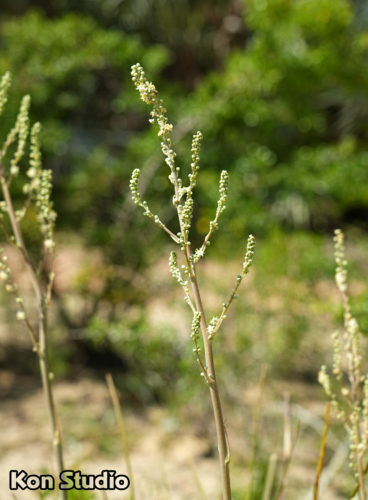
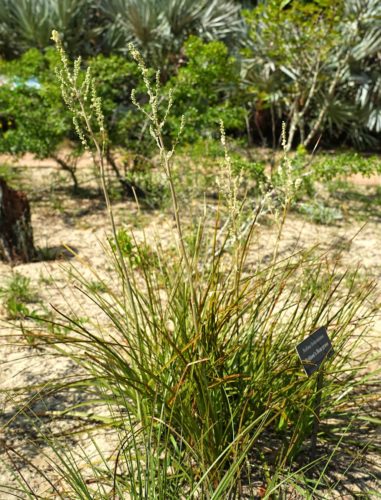
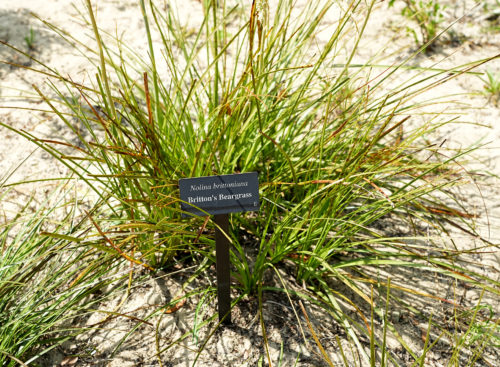
What is your elevation of your home?
Are you curious about the elevation of your home?
Check out this website.
Matt & Delia at M&D Hills Photography
Imagine Our Florida, Inc wants to thank the amazing photographic team of Matt & Delia at M&D Hills Photography. They gifted us with beautiful Black Bear portraits to be used by IOF. We are eternally grateful and honored to have people from all over the country donating and helping us carry out our mission right here in Florida. Be sure to check out more of M&D’s stunning art work at http://www.mdhillsphotography.com/ You may even find the perfect image to purchase for your home. Thank you Matt & Delia.
Palmetto Tortoise Beetle Larva
These little Palmetto Tortoise Bettle Larva undergo metamorphosis. They start as a segmented cluster of eggs that look like a tangled mess. They then enter the larval stage, progress to a pupal stage, and then become adults. During the pupal stage, they create an umbrella out of dead cells and feces. It’s held on by what is called anal forks. These beetles also create an oil that helps them suction to leaves with force up to 60 times its own weight. This prevents most predators except the wheel bug from eating them.
Florida Box Turtle
Florida Box Turtle (Terrapene carolina bauri). This cute little girl is a great example of what the Florida box turtle looks like. Florida box turtles are a terrestrial species that typically inhabit damp forests and marshes. They can be found from the Keys north to the very southern portion of Georga. Their shell is dark brown to black with yellow radiating stripes.
The males have a concave plastron, and both males and females have a hinged shell, which allows them to close up in their shell fully.
They are omnivores, feeding on fruits, mushrooms, and various bugs, and other small creatures. They are a protected species in Florida. The selling of them is prohibited in the state, and you may not be in possession of more than two box turtles. Habitat loss and road mortality are two major causes of their population decline.
Dragonfly
This Dragonfly is warming up before getting to work.
Did you know dragonflies inhabited earth before dinosaurs? These amazing arthropods can be found near lakes, ponds, rivers, swamps, and marshes. After hatching from eggs, dragonflies spend much of their life as nymphs. In this stage, they breathe through gills located in their anus and feast on tadpoles, worms, and small fish. After shedding their skin, the adults crawl onto land. Dragonflies must warm up before setting off to do important work in our ecosystem. You will find them soaking up the sun early in the morning before spending the rest of their day on a search for food. Dragonflies control the populations of many insects, including those pesky mosquitoes. Known as nature’s helicopter, the wings of a dragonfly work both together and independently. This is why we see incredible aerial feats such as hovering, turns, and backward flying. The next time you see a dragonfly, spend a few minutes watching one of nature’s wonderful gifts.
Giant Manta Ray
The Giant Manta Ray (Manta birostris) is the largest of several species of manta rays throughout the world. They can occasionally be seen here in Florida. The most commonplace to see these elegant swimmers are around coral reefs where smaller fish clean parasites collected on the rays from open waters.
Recently, an endangered species petition was proposed for three species of manta rays, including the Giant Manta Ray. Threats from illegal fishing in several countries have caused their populations to decline rapidly. They also have low reproductive rates at one pup every two years. They give live birth, but once the pup is born, there is no parental care, which reduces survival rates.
Their diet consists of plankton and very small fish. As they swim, food and oxygen from the water are filtered continuously. There is no umbilical cord, so the pups have to rely on another way of getting oxygen before they enter open waters where they can swim. They do this the same way some sharks do when they rest. It’s called buccal pumping. A small part inside their mouth pushes fluid into the mouth and past the gills. Think of it like a person gulping. Once they are born, they use a process called ram ventilation. This just means as they swim, the water passes through their gills.
Manta ray mating is really weird. It usually occurs at the reef cleaning stations. Females will release a sex hormone when they want to mate, and several males will line up to mate with her. This is referred to as “train mating” and increases the odds of fertilization.
Many places have already implemented protection for Manta Rays. Here in Florida, it is illegal to kill them under FL Administrative Code 68B-44.008. This protection has benefited not only the rays themselves but also the economy of many regions. The top 10 hot spots for giant manta rays bring in an average of $73 million in direct funds and $173 million in indirect funds. However, many areas have had such a high interest in manta rays that regulations had to be put in place so as not to disturb them.
If you are lucky enough to see one of these graceful giants here in Florida please, respect their space, don’t try to pet them, and keep your distance. If you witness anyone poaching a manta ray, you can report it to your local law enforcement or through the FWC Wildlife Alert Reward hotline; 888-404-FWCC (3922).
Ruddy Turnstone
Ruddy Turnstone
These rock-dwelling birds spend the winter months in warmer climates, such as Florida, and migrate back to the Arctic Circle in Alaska in central Canada to breed during the summer months. These birds are protected under the Environment Protection and Biodiversity Conservation Act (EPBCA). Despite protection, these birds face numerous threats from deteriorating habitat along coasts to contaminated waters, which directly threaten their health and the health of their food source. Climate change is another risk factor. These birds rely on predictable climate patterns for food and breeding. Like many migratory animals, if the climate is offset, it could throw off their migration patterns. This means they may have a shorter time to raise their babies, or their food sources may not be available when they previously had in the past. One study even estimated that migratory bird populations are likely to decline 66-83% in the next 70 years. (Wouchope et al. 2016) These migratory animals are another reason Global warming should be a concern for Floridians.
Anhinga
Anhingas (Anhinga anhinga) are known as snakebirds because they swim with their bodies submerged while stretching their head and neck above the surface of the water, giving them the appearance of a snake about to strike. They are large, dark waterbirds with long, thin necks, bills, tails, and silver patches on the wings. Males have greenish-black plumage, accentuated by silver-gray feathers on their upper back. Their wings are edged with long white feathers. Females are brown with a light brown head and neck.
Anhingas hunt by spearing fish and amphibians with their sharp, slender beaks. They are so powerful that sometimes they have to leave the water with the speared fish and use a rock on the shore to remove the prey. Because of the unusual shape of their wings and the lack of a gland that secrets oil like other birds, Anhingas becomes waterlogged. This makes it possible for them to dive easily and stay underwater for long periods of time.
After hunting, Anhingas sit in shrubs and trees with their back to the sun and stretch out their wings. This posture helps to dry their water-logged wings and warm their body after exposure to cold water. They prefer shallow, slow-moving, sheltered waters for hunting with access to nearby perches and banks for drying and sunning themselves.
Anhingas are monogamous. The male gathers the nesting materials, and the female weaves together the nest. They are known to reuse the same nest year after year. The female will typically lay from two to six pale bluish-green eggs. The parents share incubation of the eggs for 25 to 30 days. Chicks will stay in the nest for 3 weeks. At 6 weeks, they will climb onto the branch and fledge. They stay with their parents several more weeks before becoming independent.
Their scientific name is one that everyone can remember, Anhinga anhinga.
A common sight all across Florida, these birds occupy a variety of mostly freshwater habitats. They prefer slow-moving lakes, ponds, and backwater areas but can be found in saltwater areas as well. Excellent fishers, they dive to spear small fish and other small aquatic life. After fishing, they perch and dry their wings, as seen in this photo, so that they can fly again.
Protected by the Migratory Bird Treaty Act of 1918, the species is considered of least concern due to their stable population across their massive range. Apart from natural predators such as alligators, bobcats, and panthers, they are susceptible to being entangled in discarded fishing lines. Their aquatic lifestyle also means that is pollutants are present in the water. Anhingas are susceptible to accumulating these contaminants
Black-Tailed Red Sheet Weaver
The black-tailed red sheet weaver (Florinda coccinea.) These spiders get their name from the black cerebellum or tail and the webs they weave, which resemble a sheer material. They have two different parts of their web. The top part is intended to knock flying insects down, and the bottom sheet catches them in a non-sticky web where the spider attacks the prey. They can be instrumental in controlling flying bugs in your yard and are even encouraged as a pest control method in agriculture. They were historically popular among Florida orange groves.
The spiders can be found upside down in their webs. Typically, males are either the same size or smaller than the female. Smaller males can sometimes be seen on the same web as larger females. Both take part in creating the web and cleaning it. Talk about the perfect couple.
Mating can get a bit complex, though. The courtship ritual of these spiders consists of 18 different behaviors ranging from reduction of the web to the act of copulation. Spider sex can be a bit weird. The females first release their sex hormones onto the net. The male finds the female and reduces the web to prevent other males from reaching her. If the female approves of the male, she positions herself. If the male tries to mate without permission, there is a good chance the female may eat him. Mating is not done like most animals. The male deposits his sperm packets onto the web and then uses his pedipalps to place the packets into the female’s sex organs. They are stored near the ovaries until the female decides to lay eggs.
Next time someone tells you science is boring, tell them about the black-tailed red sheet weaver, and maybe they will start watching more nature and less TV!
Florida Bonneted Bat
The Florida Bonneted Bat (Eumops floridanus) was deemed endangered in 1993 but was not federally listed until 2010.
This cool animal, a large free-tailed bat, is approximately 5.1-6.5 inches in size and is considered critically endangered. Color varies from black to brown to brownish-gray to cinnamon brown.
Bats love to forage over ponds, streams, and wetlands. They
drink as they are flying over open water. If their water source becomes dry, they will move to where this is water. Bonneted Bats have been seen drinking out of swimming pools and other open-sourced waterways.
Bonneted bats have been seen nesting in the holes left by red-cockaded woodpeckers in Longleaf pine trees as well as in the shafts of royal palms.
These wonderful animals live in some Central Florida counties, with most living in South Florida. The total number of Bonneted Bats worldwide is estimated to be around 250. Bats in South Florida, including this species, appear to have declined drastically in numbers in recent years due to loss of roosting sites, effects of pesticides, hurricanes, and habitat loss from development.
Remember, what we may fear is not bad for us or the environment. Our fears demand us to educate ourselves about the amazing reasons why these animals are here and how they contribute to our Circle of Life.
Osprey
The Osprey (Pandion haliaetus) is a medium-sized bird of prey that is commonly seen along with coastal habitats within Florida. These birds, also called the Fish Hawks, have a brown upper body, white underside, and a black line across their eyes. They can reach 2 feet in length and have a 6-foot wingspan. These raptors hunt for food by using their keen senses, especially their vision, and kill prey with their talons. This is the only raptor with a reversible toe that can grasp prey with two toes in front and two toes in the back. They will soar high above their prey and dive feet first often submerging themselves to catch their prey. Their feet are barbed to be able to hold on to slippery fish. Osprey nests are large platforms built mainly of large sticks, sod, and grasses high above the ground although they will use any high man-made structure. A female Osprey will be attracted to the male that can provide the best nest. Osprey mate for life and will have between 2 to 4, creamy white blotched brown eggs a year. The eggs do not hatch all at once but will hatch 3 to 5 days apart. They fledge at 8 weeks and reach sexual maturity at 3 years of age. Because of its highly visible nest, the Osprey is a prime indicator species that can be used to monitor habitat conditions, fish populations, and overall environmental health.
Fun Fact: An extinct species of osprey, the Pandion lovensis, was discovered through fossils here in Florida. The fossils dated back to the Tortonian stage of the late Miocene sub-Epoch of the Clarendonian age. That’s about 9 million years ago. At that time Florida was an island that spanned from the eastern Panhandle and curved down a narrow stretch of the gulf coast to central Florida. During this time temperatures were dropping and the Earth was entering the ice age known as the Quaternary glaciation. This process took approximately 3 million years in which average global temperatures dropped to between 4-7 degrees Celsius. Not all areas had ice. Florida was much cooler but was not part of the freeze. Despite the lack of a freeze, colder conditions may have prevented the ability of Pandion lovensis to survive.
Mabel Orchard Orb Weaver
The Mabel Orchard Orb Weaver (Leucauge mabela) is common throughout Florida. It is one of the prime examples of evolutionary adaption, being that it has adapted to a wide range of habitats and climates. It can be found as far north as Canada and as far south as Columbia. Reproduction is similar to most spiders, where sperm packets are transferred, but the females can be very particular about their mates. If specific behaviors are not followed, it could mean the male gets eaten.
These spiders are efficient at pest control and have been historically welcomed in agriculture to reduce pests that would otherwise destroy crops. They are also very effective against mosquitoes. However, they become prey to many bird species. They are also hosts for wasp larvae. Wasps may paralyze the spiders and lay their eggs on them. As the wasp larvae grow, they feed off the body of these spiders.
Perhaps one of the most notable facts about this spider is that it is the only spider family to receive its nomenclature from Charles Darwin. Darwin first discovered a spider in Brazil during his voyage on the H.M.S. Beagle. It didn’t fit into any previously noted genus, so he classified it under Leucauge. This has become one of the larges groups of spiders currently documented. This is greatly due to its ability to adapt successfully to a changing environment through natural selection. This has lead to various species of these spiders. The one discovered by Darwin was named Leucauge argyrobapta. This species, Leucauge mabela likely selected for traits that helped it adapt to a different environment.
Wildlife Passages
Exciting Update From Ginger Goepper Community Outreach
Finally, after 14 months of communicating with FFWC and FDOT regarding the need for wildlife passages, Imagine Our Florida, Inc., received positive, encouraging feedback regarding Director Aymee Laurain ‘s detailed project proposal. Thank you Geico Auto Insurance Company for being
Power Lines and Birds
Director, Dan Kon was driving through his neighborhood when he saw a young man on a bike who was stopped and staring woefully at a large bird of prey lying on the sidewalk.
Post by Dan:
I stopped to see if the teen and the animal were ok but the turkey vulture was dead. The teen told me he was riding his bike when the bird fell from a tree above and landed on the sidewalk in front of him.
I looked up and saw feathers on the power line above. Either the poor vulture was electrocuted or had fallen from the tree above and made contact with the line on the way down I took several pictures including the pole number and street signs nearby.
I immediately called Duke Energy. The person I spoke with was compassionate and determined to get any potential problem with the power line repaired. She asked for the street and pole number, then promptly scheduled a lineman to be sure the line was safe so no other wildlife could be harmed.
The Duke Energy Representative informed me that dry rot of the insulation, animal’s talons, or sometimes squirrels who tear off some of the insulation, will expose the live wire beneath.
A few days later, I followed up and learned the lineman did inspect the power line and it was not in need of repair. While I did not learn what caused the death of this creature, I did learn that Duke Energy is responsive to keeping our wild friends safe.
Duke Energy asked that if any you who are their customer see an issue like this, please report it to them as soon as possible. Be sure to write down or take a picture of the pole number, located on a tag on the pole, as well as nearby street signs. The company does not want Florida’s wildlife and flora harmed.
It’s good to see a company as large as Duke Energy has joined the worldwide movement to protect our wildlife.
Connect. Respect. Coexist.
How to Save a Gopher Tortoise who is crossing the street
Safely remove the tortoise from the road and move him/her in the direction in he/she was heading to the grass or wooded area on the side of the street.
-DO NOT put a tortoise in water. Tortoises, unlike turtles, can’t swim.
-DO NOT try to relocate a tortoise. Gopher tortoises have an amazingly strong homing instinct and will try their best to return to their home burrows. This puts them at greater risk for road mortality, predation as they lack the protection of a burrow as they wander, and exposure to the elements. Females have also demonstrated behaviors of nest-guarding and if removed from those areas during nesting season it could negatively impact the survival rate of the hatchlings. (Gorsse et al 2012)
-DO NOT handle them beyond the length of time it takes to get them across the street to safety. A study published this year found that brief handling did not cause a stress reaction but handling for more than a few moments caused stress hormones to increase greater than 200-fold. (Currylow et al 2017.)
Remember, Gopher Tortoises are a Threatened Species, therefore it is illegal to relocate a tortoise without a permit or to keep them as pets. (Florida Statute 372.0725; Chapter 68A-27; Rule 68A-27.003)
If you see a tortoise that will require additional assistance, contact the FWC weekdays from 8 am to 5 pm at 1-850-921-1030 or after hours or on the weekends at 1-888-404-3922
Let’s all work to protect our amazing animal friends that we are so lucky to share this state with!
Share this information with your friends and be sure to give our page a “Like” to learn more about Florida’s wildlife and wild spaces.
IOF Thanks M & D Hills Photography
Imagine Our Florida, Inc wants to thank the amazing photographic team of Matt & Delia at M&D Hills Photography. They gifted us with beautiful Black Bear portraits to be used by IOF. We are eternally grateful and honored to have people from all over the country donating and helping us carry out our mission right here in Florida. Be sure to check out more of M&D’s stunning art work at http://
Stop Breeding Mosquitos
Mosquitos lay up to 200 eggs in moist areas. When water is added by rain or humans, the eggs become larvae. Once the larvae are mature enough, they will become pupae. During this stage, metamorphosis takes place and an adult mosquito is born. The entire process takes 8-10 days.
The most common mosquito in Florida is the Aedes aegypti. The females are carriers of West Nile Virus, Eastern Equine Encephalitis, Dengue fever, Chikungunya, and Zika virus. Female mosquitos need blood to produce eggs, therefore they love to live where people and pets are abundant.
What can you do to stop mosquito breeding in your yard?
Mosquitos only need 1-2 centimeters of stagnant water to breed.
1. Change water in birdbaths 2x/week.
2. Be sure flower pots and dish underneath does not contain standing water.
3. Be sure gutters are debris free so that water will not collect in a leaf “dam.”
4. Bromeliads are a perfect habitat for mosquitos to develop. Flush bromeliads with a garden hose 2x/week.
5. Check yard toys and yard ornaments for standing water.
6. Check for leaks from outdoor faucets and around your air conditioner.
7. Is there standing water in your boat or any other vehicle stored outdoors?
8. Look for standing water near your swimming pool, pool equipment and pool toys.
9. Check for standing water in holes in trees and bamboo.
10. Walk around and look for water in things like trash cans, trash can lids and any container or object where water can accumulate.
—— Install a Bat House ——–
Bats can eat up to 600 mosquitos in an hour!!
Ethos Vegan Kitchen and Imagine Our Florida, Inc.
THANK YOU ETHOS!!
IOF is honored and grateful to Ethos for partnering with us and donating 5% back to our organization. If you haven’t tasted their delicious plant based food, be sure to stop in the next time you are in Winter Park. We promise you, the food is delicious.
http://www.ethosvegankitchen.com/menu.html
Bumper Stickers
Bridging Education, Advocacy and RESEARCH
IOF will be represented at the ISWE Conference by Aymee Laurain!!!
Thank you to all who have donated thus far. We are halfway there and have allocated funds to cover the costs of membership and the convention.
Will you please donate what you can today for accommodations? It is during the after-hours when Aymee will meet and form lasting friendships and business connections with scientists from around the world.
IOF recognizes that scientific research is the key to sustainable change. We are moving into the research phase. To that end, this conference will allow IOF to make connections with the leading researchers around the world. And, who better to represent IOF than our own Aymee Laurain? Her dedication to our wildlife and wild spaces is beyond comparison.
Thank you for supporting IOF as, together, we will change hearts and minds of future generations for the peaceful survival of all Florida’s wildlife. Our bears, panthers, manatees and gopher tortoises thank you! So do all of their wild friends and all of us at IOF
Attention Orange County Residents in Bear Country
Orange County Commissioner Bryan Nelson has announced the opportunity for people in Unincorporated Orange County.to swap out Automated Bear Resistant trash cans.
Sept 9th
Orange County Service building – Rock Springs Rd. in Apopka The cost is only $50 since Orange County is subsidizing $150 of the total cost of $200
This is your chance to thank Commissioner Nelson for working hard to provide an affordable way for you to show your commitment to coexisting with our bears and helping to reduce human/bear conflicts.
Florida Panthers need YOU to be their voice.
Federal Wildlife Officials are reviewing the endangered status of the Florida Panther. The current estimated population is 200, a mere fraction of this number that lived in Florida. Panthers are apex predators and a necessary and important element in the trophic cascade. Once again, we need to learn Connect. Respect. Coexist.
Contact David Shindle today and make your voice heard.
The U.S. Fish and Wildlife Service is accepting public input for consideration in the review of Florida Panthers until Aug. 29. Input should be sent to biologist David Shindle through one of the following methods:
• Regular mail: South Florida Ecological Services Field Office, U.S. Fish and Wildlife Service, 12085 State Road 29 S, Immokalee, FL 34142
•Email: david_shindle@fws.gov
•Fax: (772) 562–4288
Seminole County Bear Resistant Trash can Update
 On behalf of all of us at IOF and our Florida Black Bears, Thank You, Commissioner LeeConstantine, for taking the lead on resolving human/bear conflicts and showing the rest of the state how Seminole County coexists with our beloved bears. Commissioner Constantine proposed affordable trash cans for Seminole County in 2015. We created a petition and 5250 of you signed it in support of Commissioner Constantine’s proposal. This is the result of what happens when citizens and government work together to Connect. Respect. Coexist.
On behalf of all of us at IOF and our Florida Black Bears, Thank You, Commissioner LeeConstantine, for taking the lead on resolving human/bear conflicts and showing the rest of the state how Seminole County coexists with our beloved bears. Commissioner Constantine proposed affordable trash cans for Seminole County in 2015. We created a petition and 5250 of you signed it in support of Commissioner Constantine’s proposal. This is the result of what happens when citizens and government work together to Connect. Respect. Coexist.
From Commissioner Constantine:
With the announcement that the FWC will not pursue a bear hunt, we can take pride in the success of the Urban Bear Management Program. Seminole Couty was the first to implement the ordinance, which has drastically reduced human/bear conflicts. Now, with the $200,000 grant from FWC, we are poised to purchase bear-resistant containers and deliver them to 100 percent buy-in neighborhoods in the Bear Management Area at a 75% discount, individuals a $40 discount and those below the poverty level a free can. Starting in May this program will continue to show why Seminole County is a special place to live.
UPDATE 1: The bear-resistance container program has been a huge success with more requests for cans than we have on hand. The county will be using the funds collected to purchase more cans. Citizens interested in purchasing a discounted bear-resistant container should visit www.BearAwareSeminole.com for more information.
UPDATE 2: GOOD NEWS, on July 25th, a new refuse agreement will be voted on extending the current contract. If approved, beginning January 2018 the $60 per year bear can pickup surcharge will no longer be collected.
UPDATE 3: In August, the Central Florida Zoo will open its Florida Black Bear Habitat Exhibit. GO CHECK IT OUT!
Is Air Quality Important to You?
Two air quality bills are being reviewed by the Senate Committee on Environment and Public Works: Subcommittee on Clean Air and Nuclear Safety.
1) S. 263: Ozone Standards Implementation Act of 2017
https://www.congress.gov/bi…/115th-congress/senate-bill/263… –
This bill would amend the Clean Air Act which would require ozone standard reviews to be extended from 5 years to 10 years and would put state governors in charge while reducing federal intervention.
2)S. 452: ORDEAL Act of 2017- (click on picture)
This would delay the implementation of the 2015 ozone National Ambient Air Quality Standards (NAAQS) so that states would have more time to adopt new methods.
Both of these bills impact our air quality. Please, contact all members of the committee as well as Fl Senator Bill Nelson and Fl Senator Marco Rubio and let them know how you feel. Loosening regulations on our air quality can result in negative effects to public health and contribute to the acidification of our oceans.
REPUBLICANS
Shelley Moore Capito, Chair (202) 224-6472 www.capito.senate.gov/contact/contact-shelley
Jim Inhofe (202) 224-4721 www.inhofe.senate.gov/contact
John Boozman (202) 224-4843www.boozman.senate.gov/public/index.cfm/contact
Roger Wicker (202) 224-6253www.wicker.senate.gov/public/index.cfm/contact
Deb Fischer (202) 224-6551www.fischer.senate.gov/public/index.cfm/contact
Jerry Moran (202) 224-6521 www.moran.senate.gov/public/index.cfm/e-mail-jerry
Joni Ernst (202) 224-3254 www.ernst.senate.gov/public/index.cfm/contact
Richard Shelby (202) 224-5744www.shelby.senate.gov/public/index.cfm/emailsenatorshelby
DEMOCRATS
Sheldon Whitehouse, Ranking Member (202) 224-2921 : www.whitehouse.senate.gov/contact/email-sheldon
Benjamin L. Cardin (202) 224-4524 www.cardin.senate.gov/contact/
Bernard Sanders (202) 224-5141 www.sanders.senate.gov/contact/
Jeff Merkley (202) 224-3753 www.merkley.senate.gov/contact/
Kirsten Gillibrand (202) 224-4451 www.gillibrand.senate.gov/contact/email-me
Edward J. Markey (202) 224-2742 www.markey.senate.gov/contact
Tammy Duckworth (202) 224-2854www.duckworth.senate.gov/content/contact-senator
Florida Senators:
Bill Nelson (202) 224-5274 www.billnelson.senate.gov/contact-bill
Marco Rubio (202) 224-3041 www.rubio.senate.gov/public/index.cfm/contact
https://www.congress.gov/bill/115th-congress/senate-bill/452
Be a Citizen Scientist by Simply Taking a Picture
 Do you have a butterfly garden? Do you enjoy watching butterflies and moths while out on the trail? Snap a picture, identify the species and submit it to The Butterflies and Moths of North America (BAMONA) project. This data is used to track the range of butterflies and moths and compares it to historical range or it can check migration trends if butterflies are in a certain location while out of season. Remember when we talked about planting only native milkweed because it could make Monarchs late for migration? This is one way to track complications such as that.
Do you have a butterfly garden? Do you enjoy watching butterflies and moths while out on the trail? Snap a picture, identify the species and submit it to The Butterflies and Moths of North America (BAMONA) project. This data is used to track the range of butterflies and moths and compares it to historical range or it can check migration trends if butterflies are in a certain location while out of season. Remember when we talked about planting only native milkweed because it could make Monarchs late for migration? This is one way to track complications such as that.
Check out the site and start uploading your pictures and reporting your fluttering friends today.
—-Save the Date— —-Sat July 22—–Ethos Vegan Kitchen
Ethos Vegan Kitchen has chosen Imagine Our Florida to give back 5% of the day’s profits! We are honored to have been chosen as a worthy organization.
Grab some friends and your loved ones and experience vegan food. It is wonderfully delicious! Check out the menu.
The Milkweed Assassin
The Milkweed Assassin (Zelus longipes ) might sound like a villain but think of him as a vigilante for your garden. They are fantastic at catching invasive or hard-to-manage insects that would otherwise damage your garden. These funny little bugs set a sticky chemical trap before hiding in the foliage. Once they catch their prey, they use a long feeding appendage referred to as a beak, which is used to suck the fluids out of their prey. They will eat almost any type of flies, aphids, and broom moths. If you see them in your garden, don’t be alarmed. They are there to help. Just don’t touch them. Their bite can leave a burning sensation that swells for a few days.
https://www.facebook.com/imagineourflorida/videos/1866477470270770/
- 1
- 2

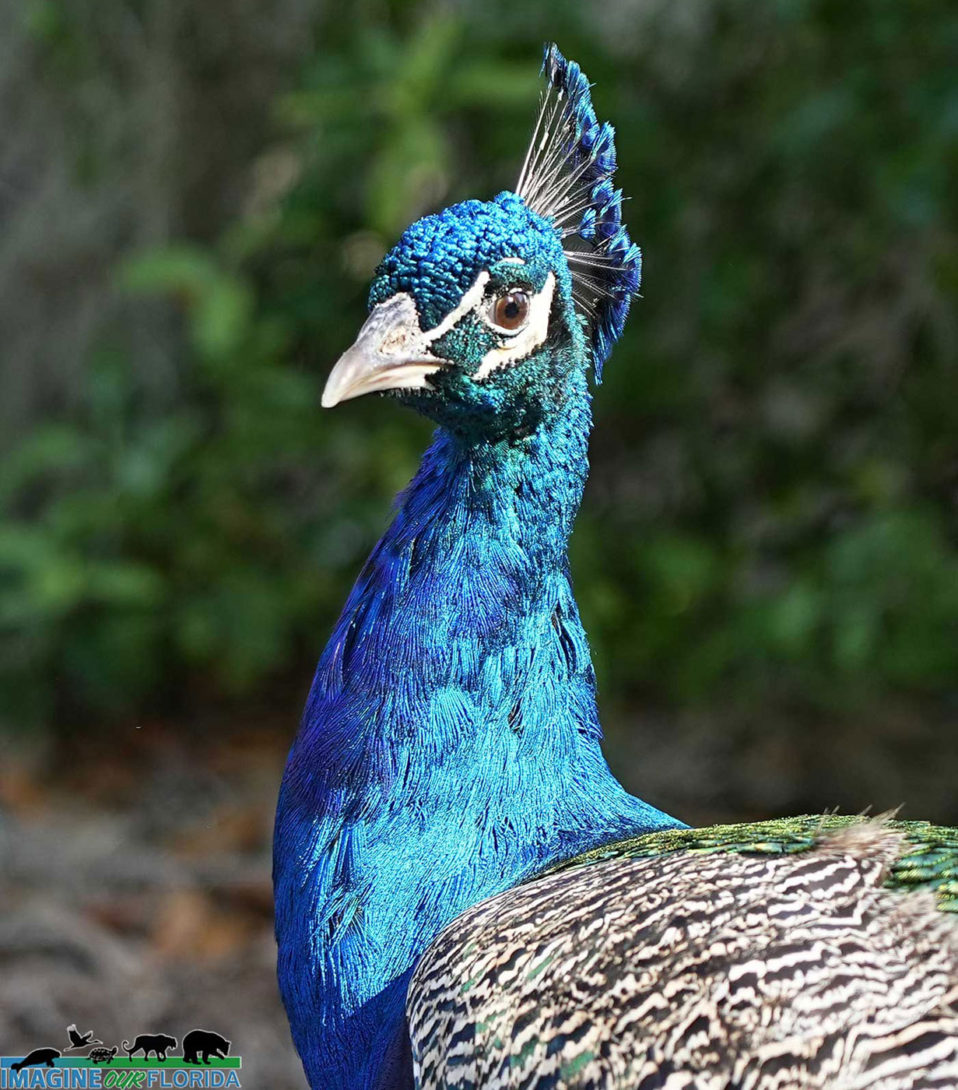
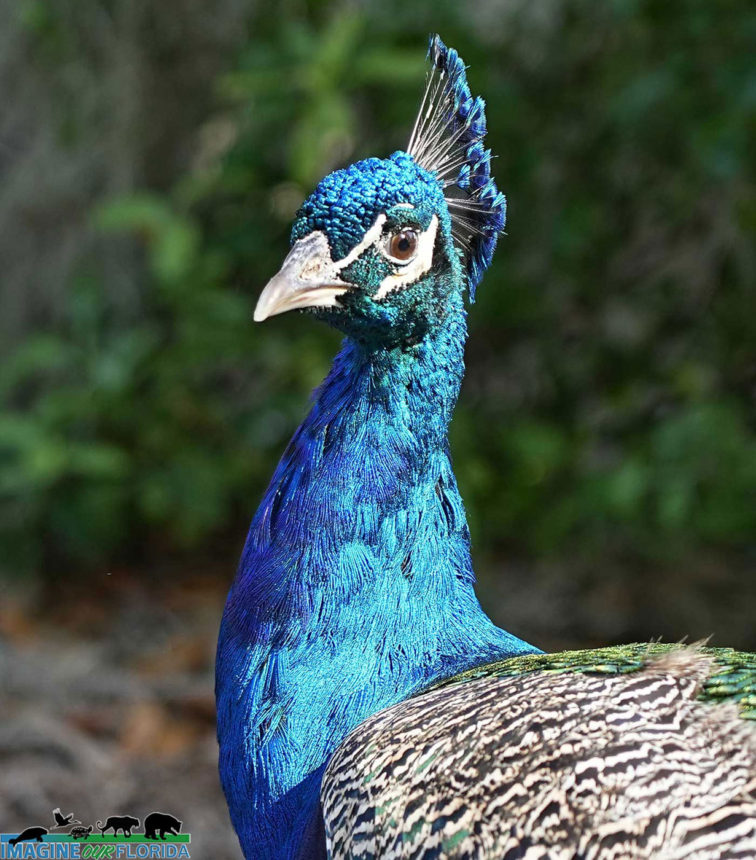
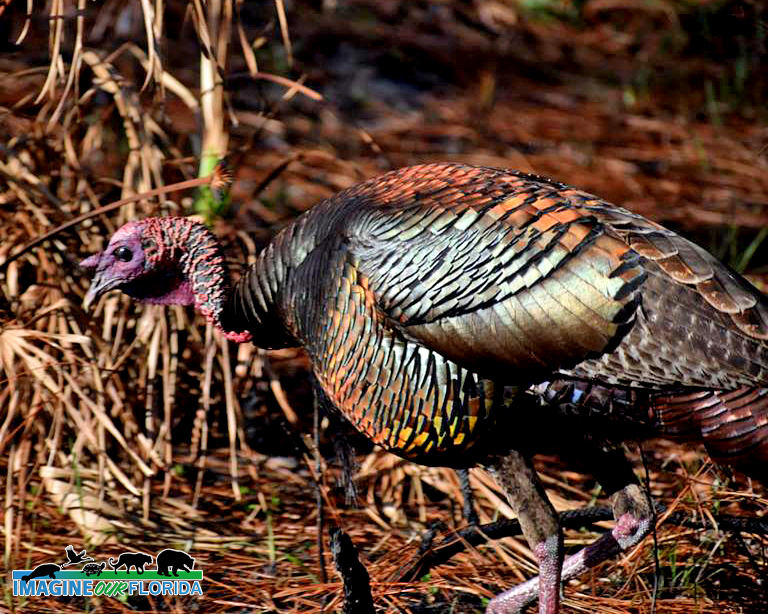
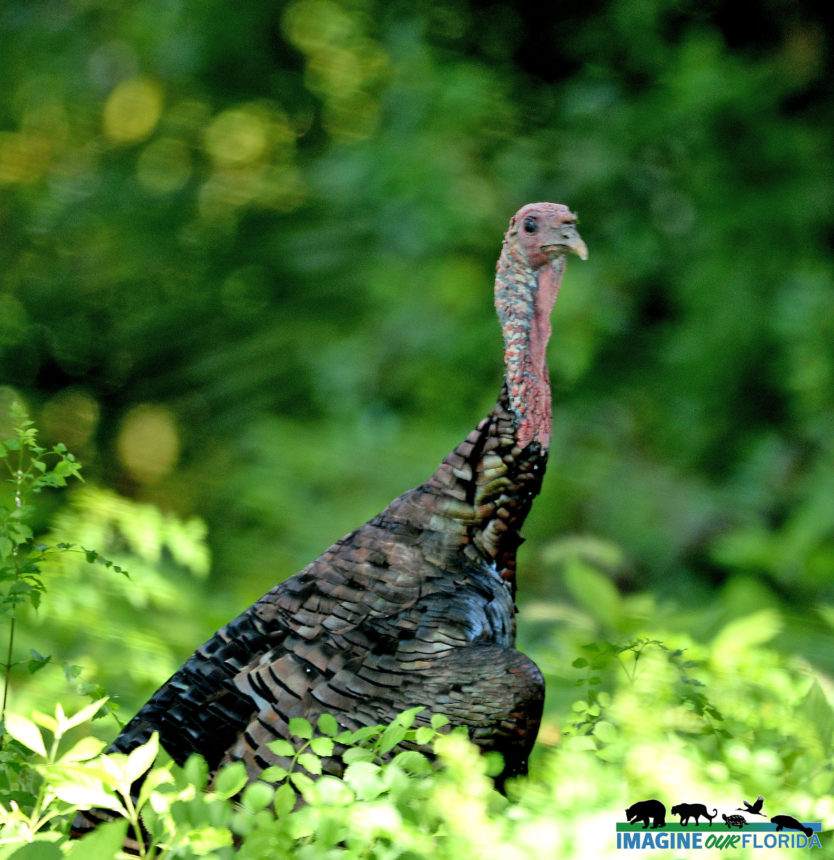
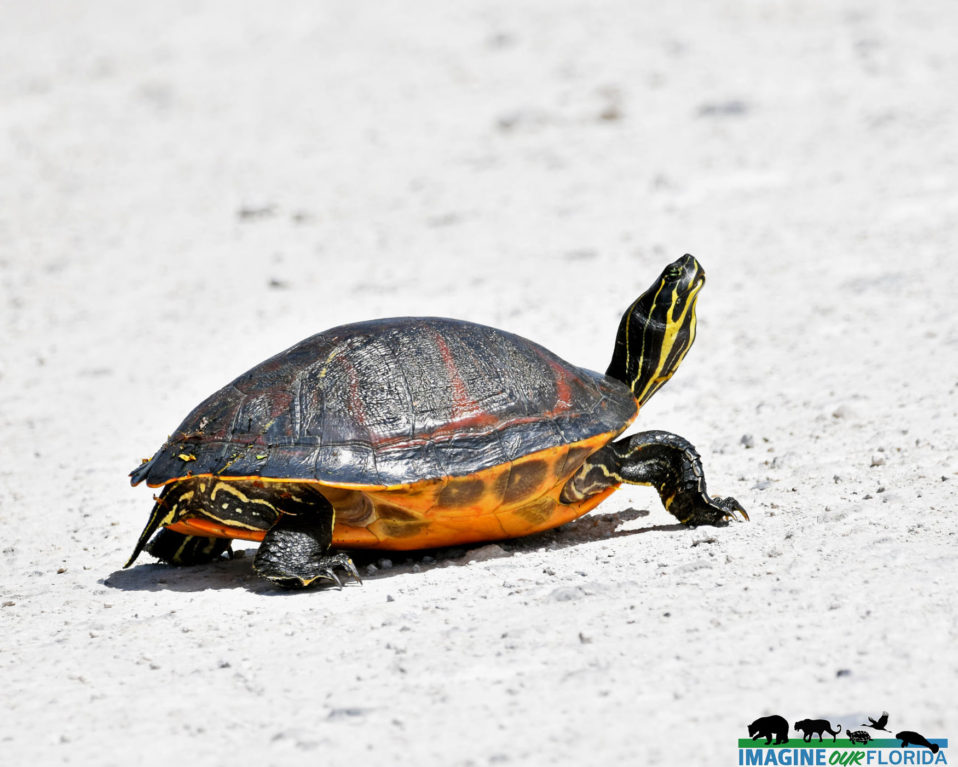
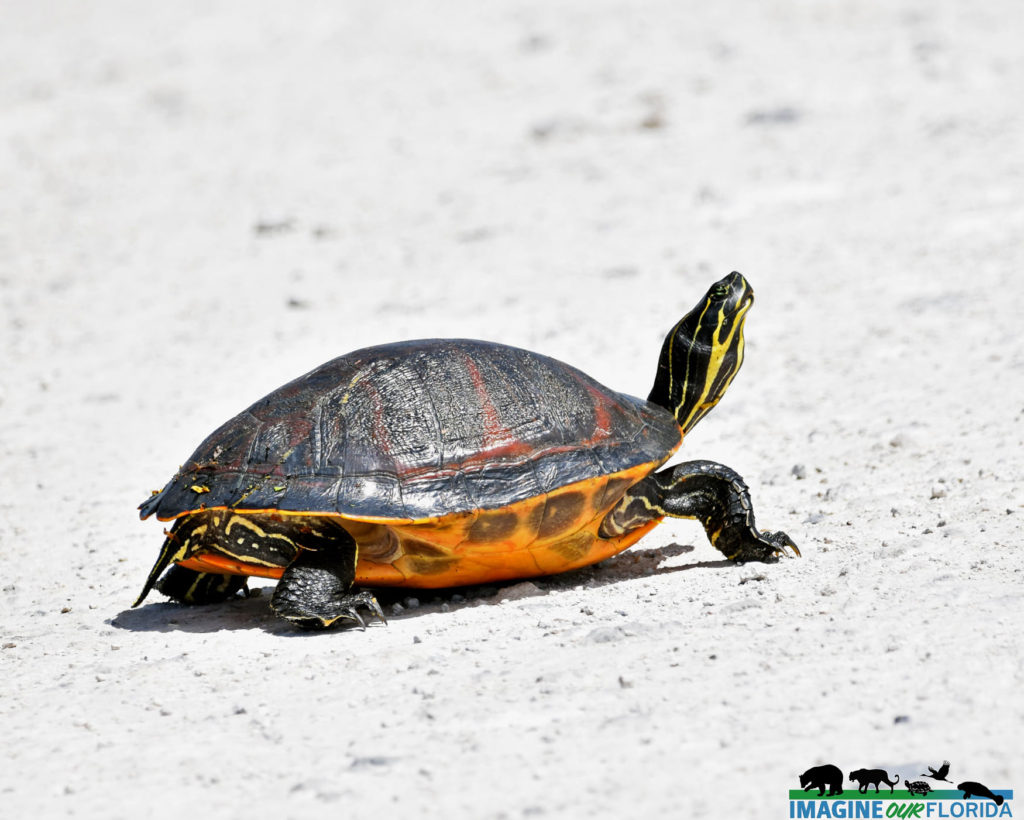
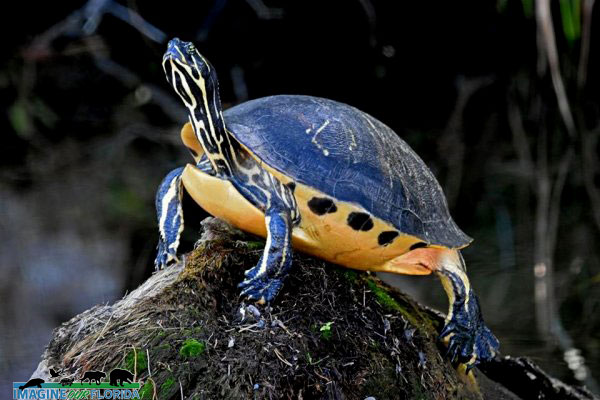
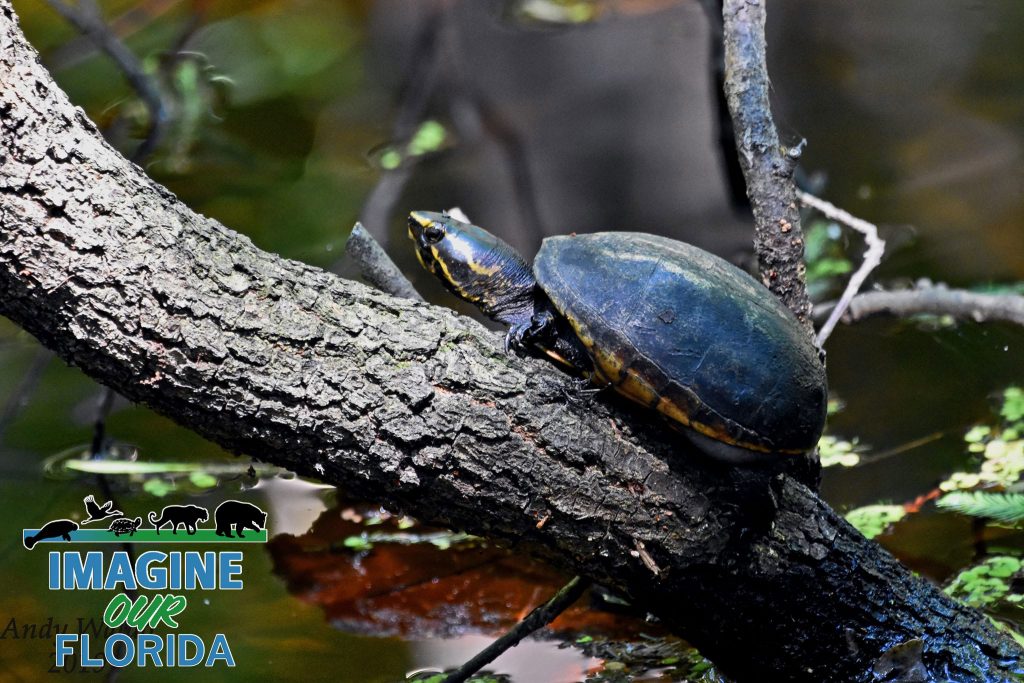
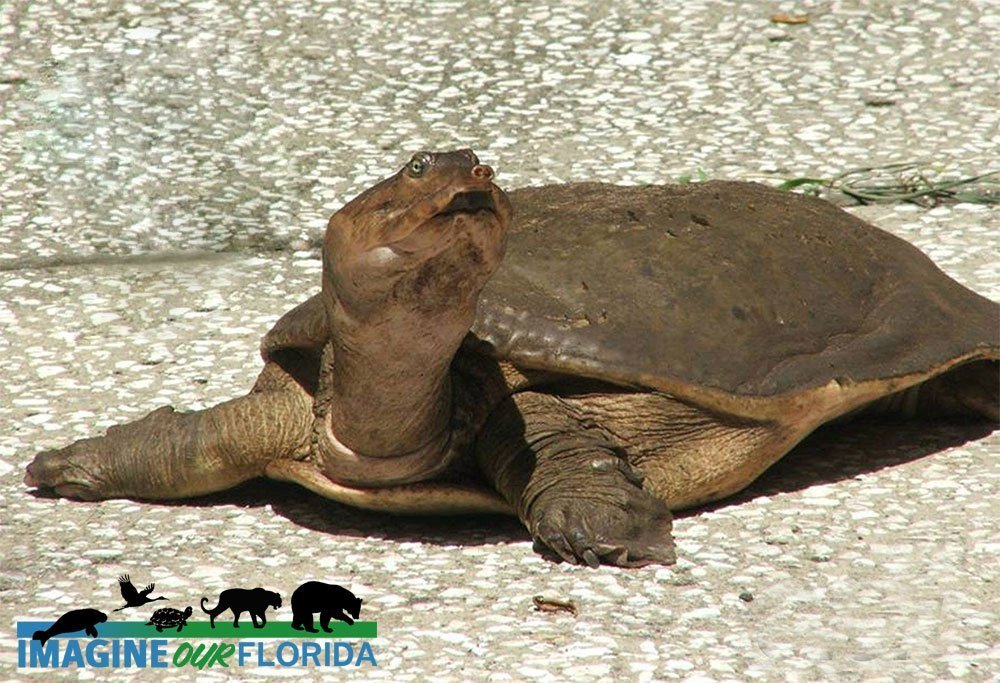
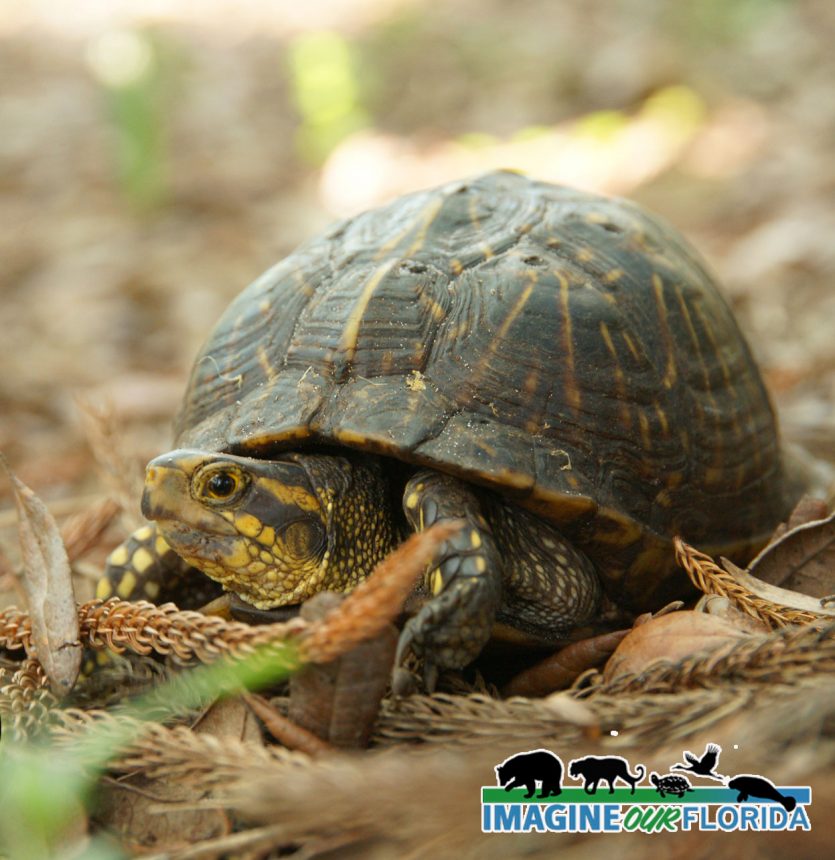
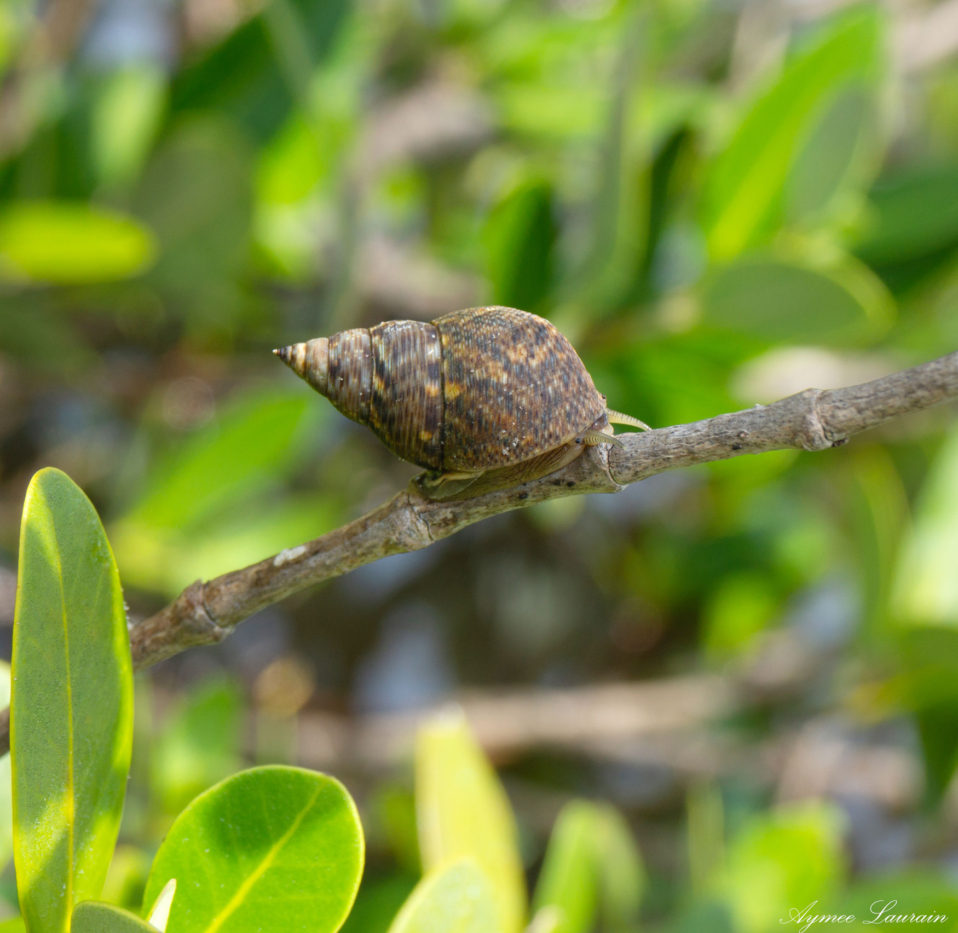
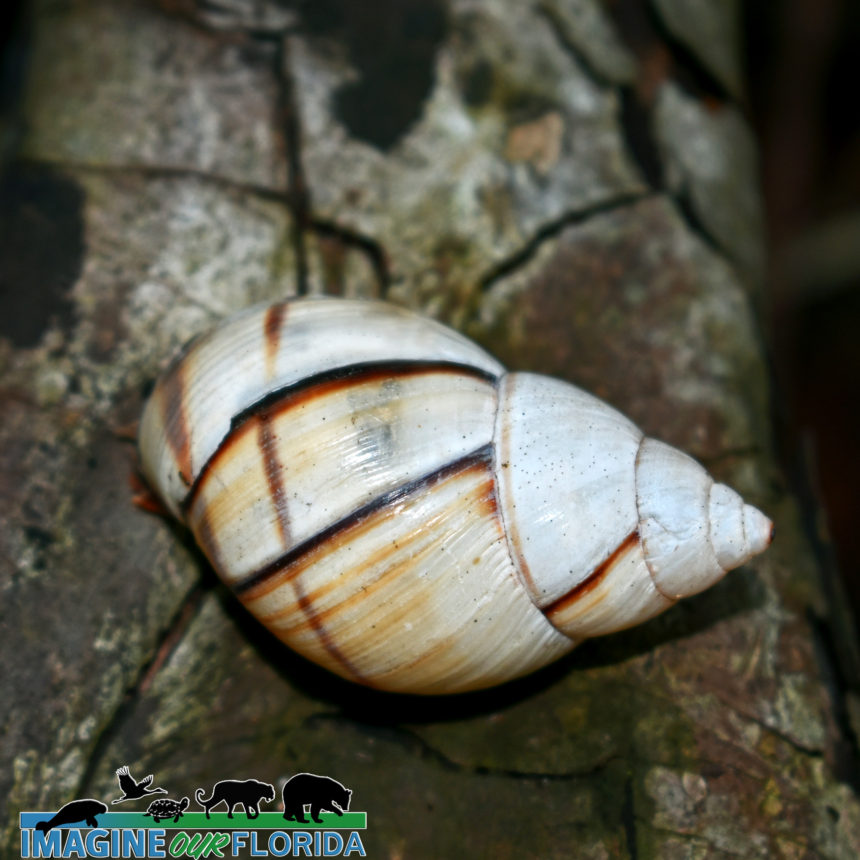
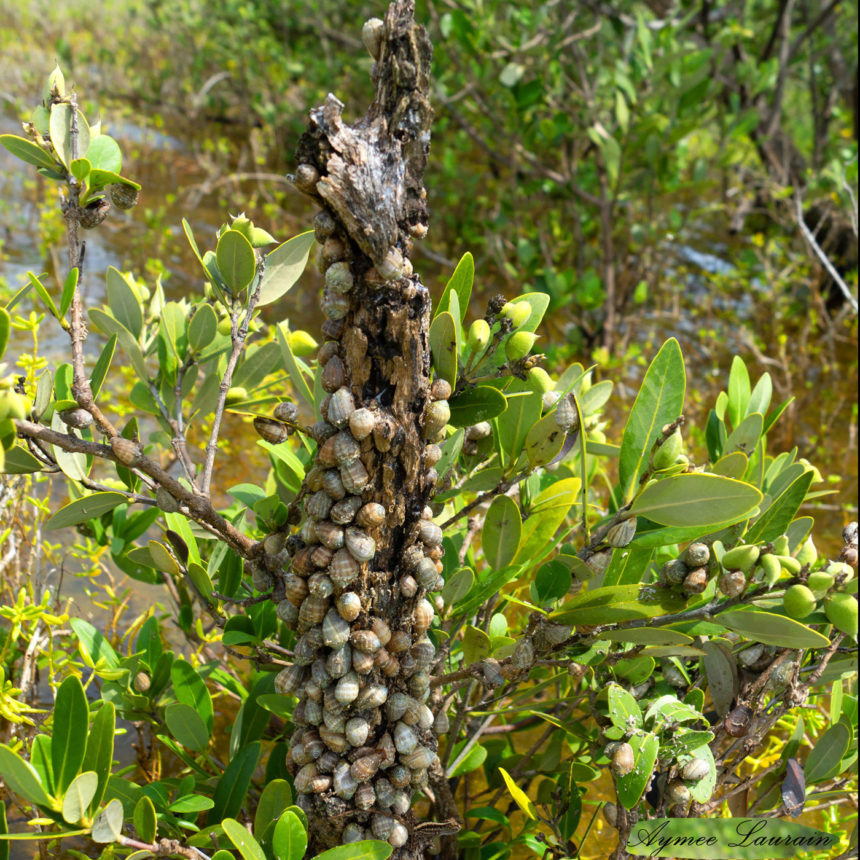
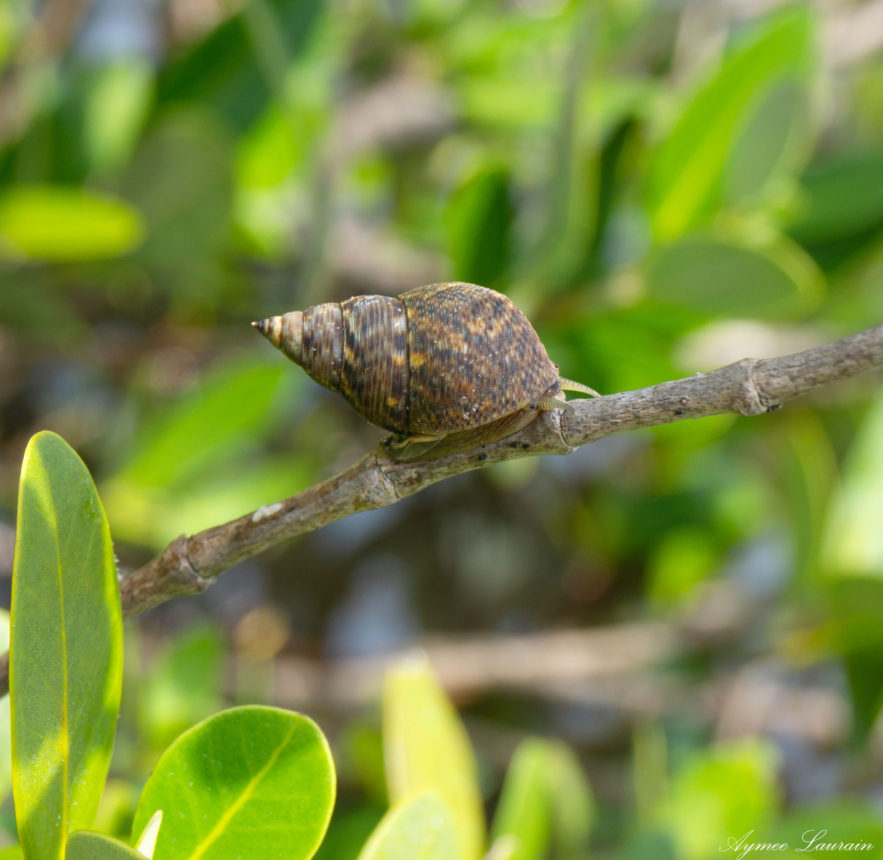
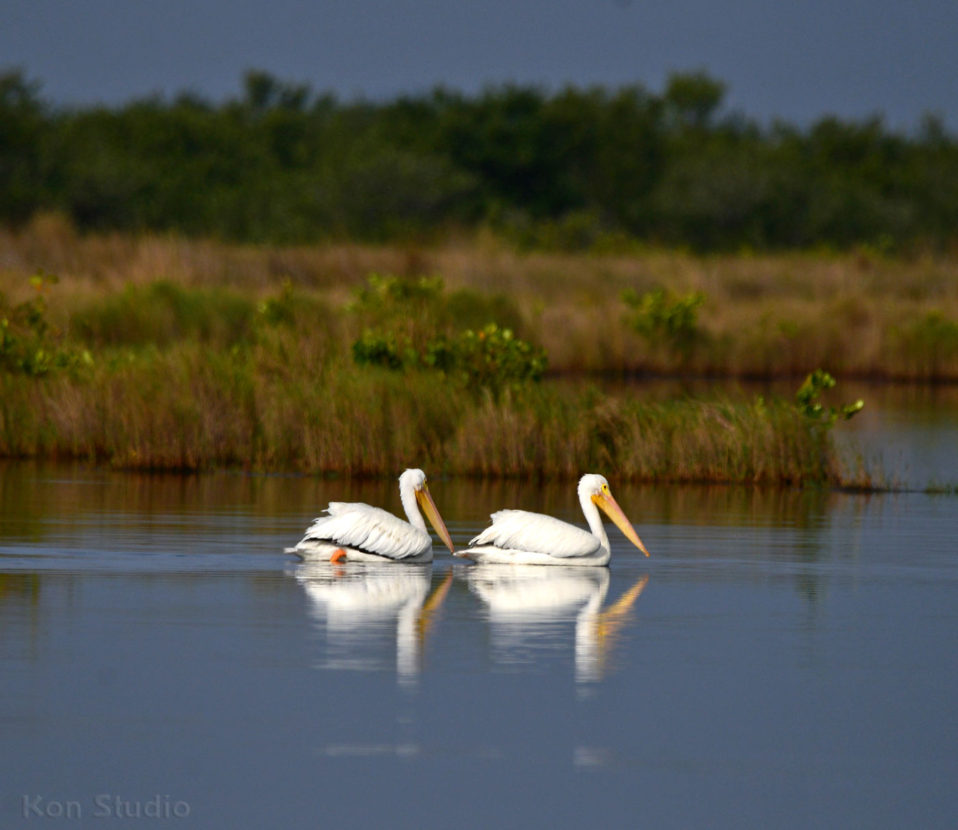
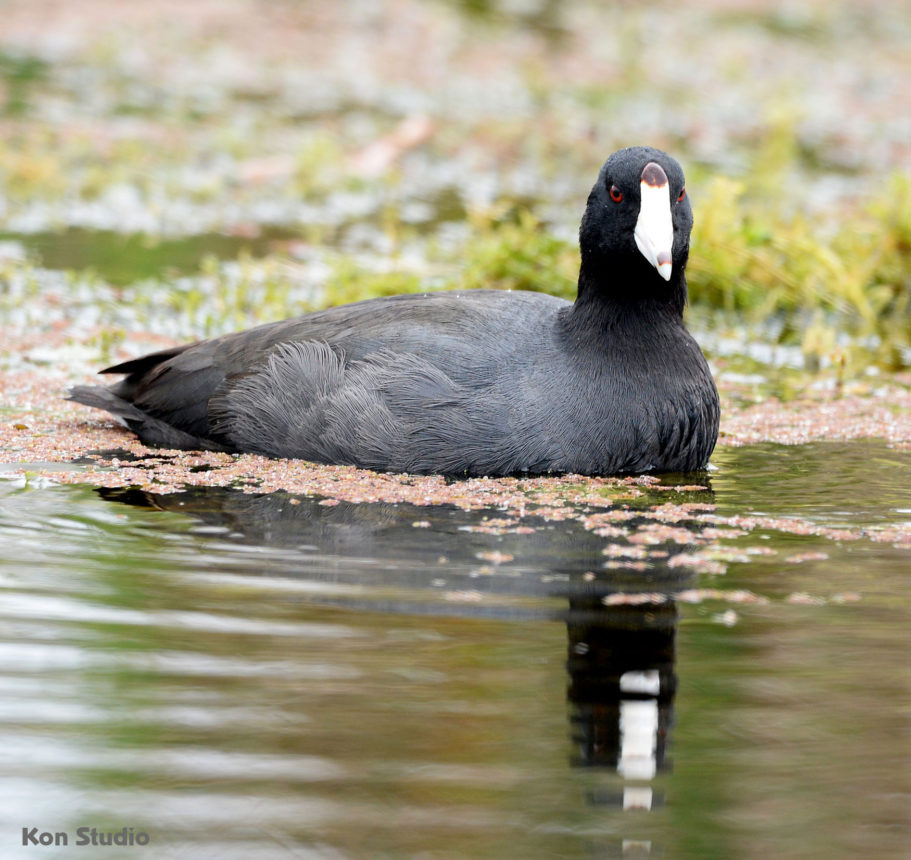
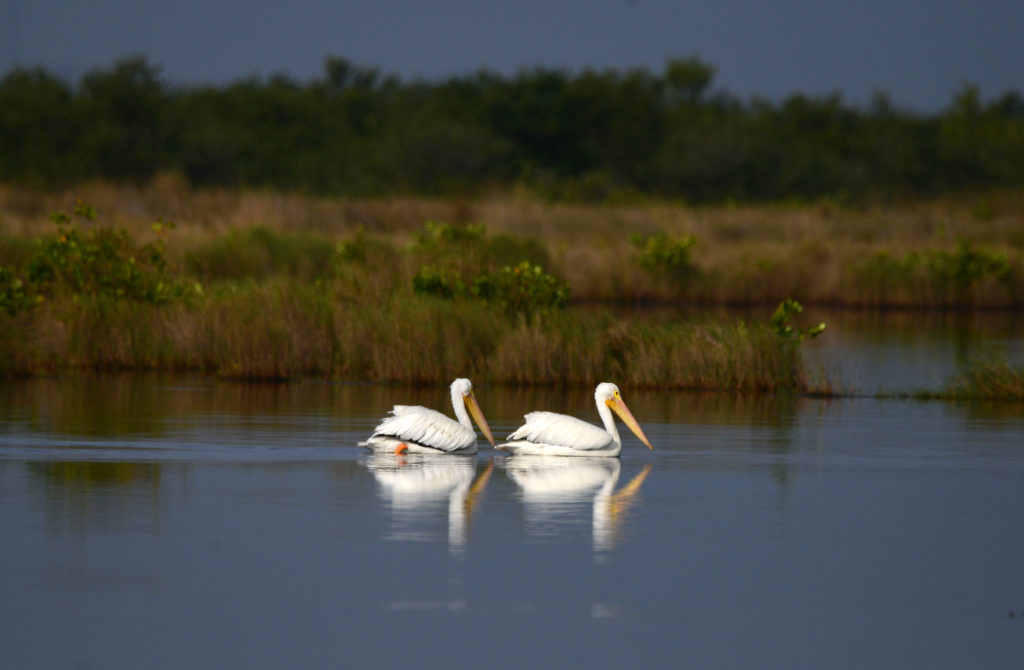
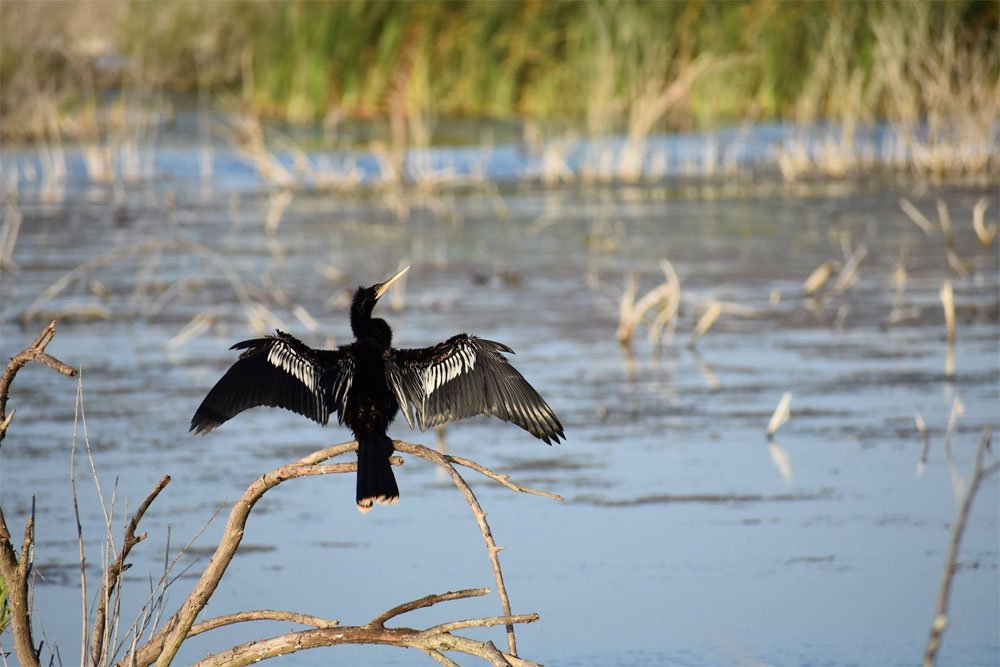
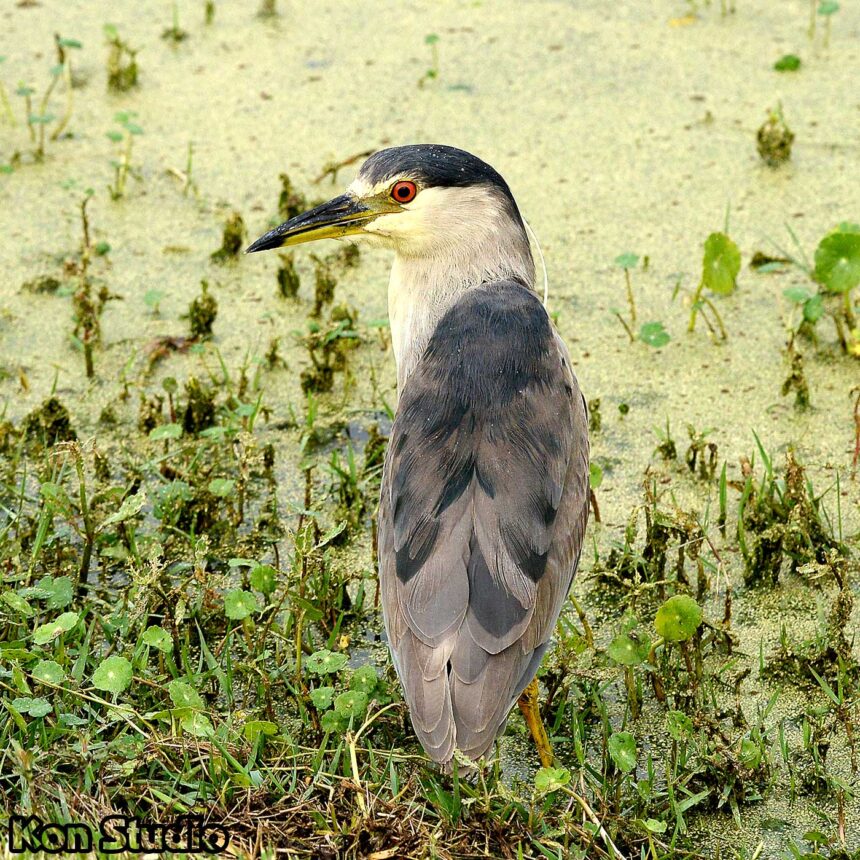
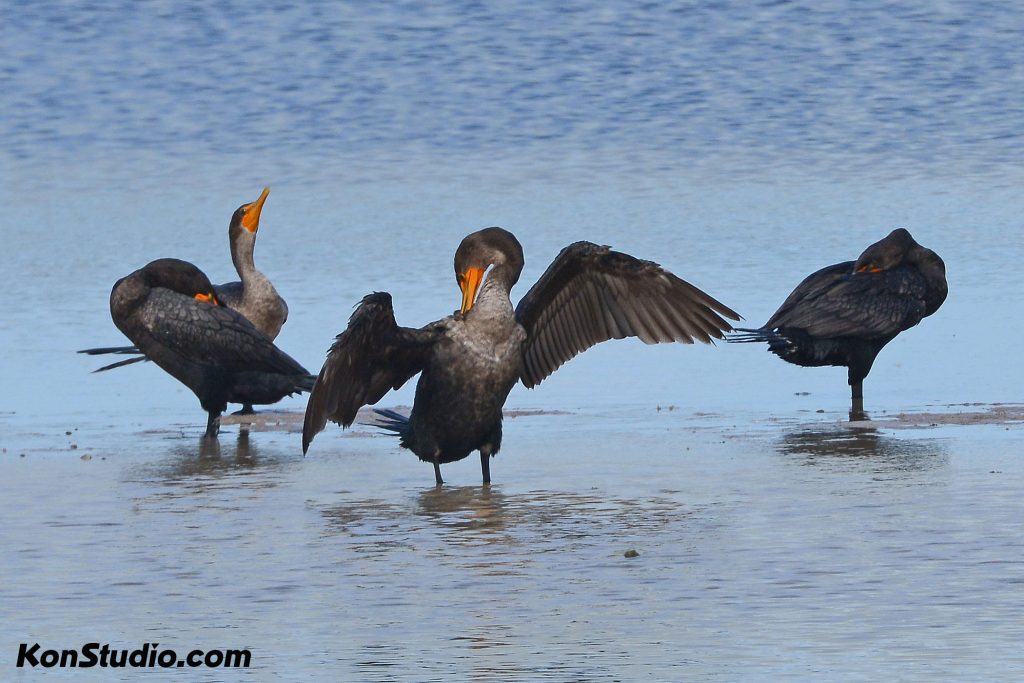
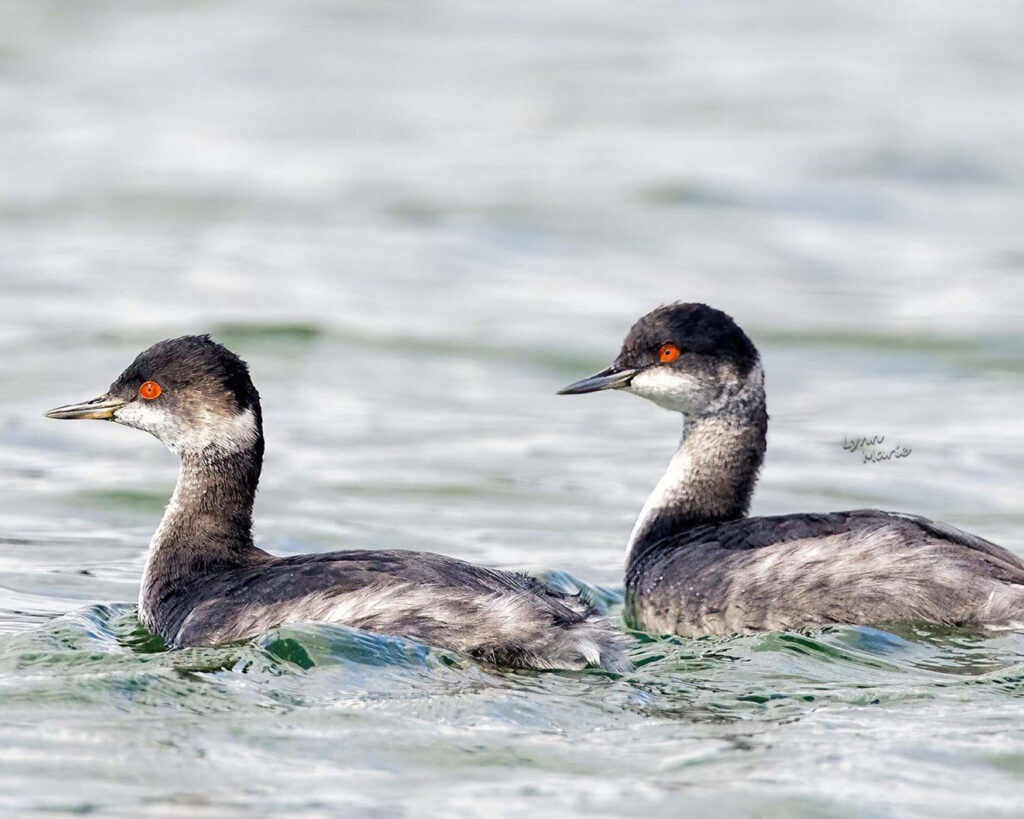
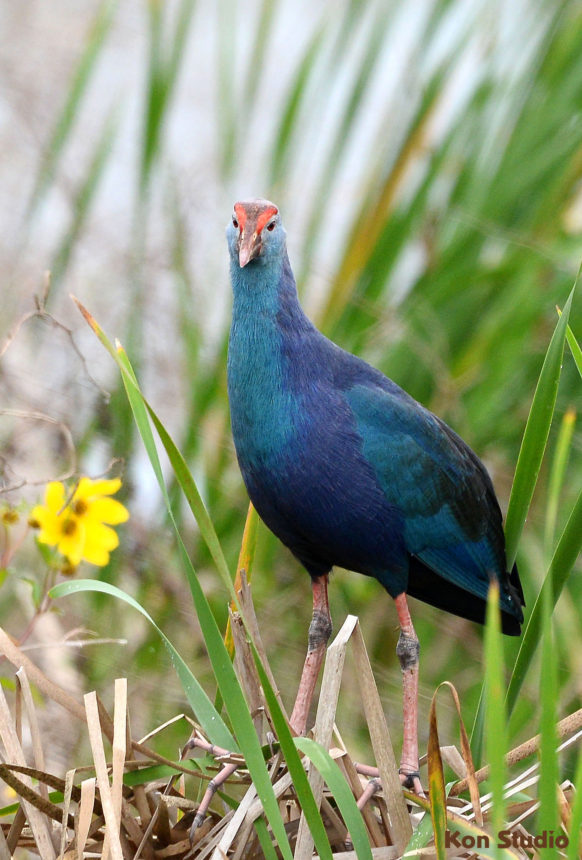
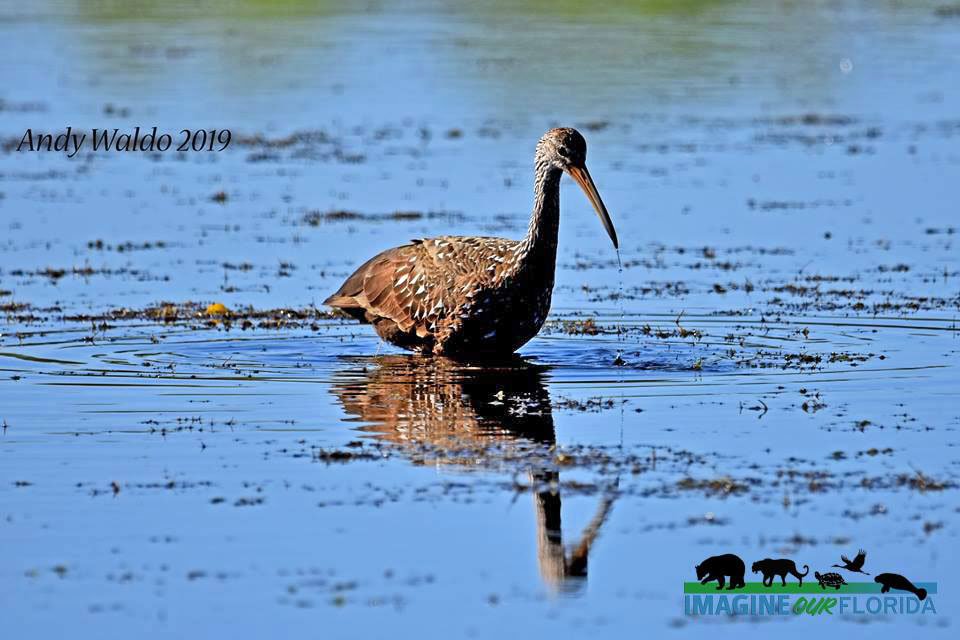
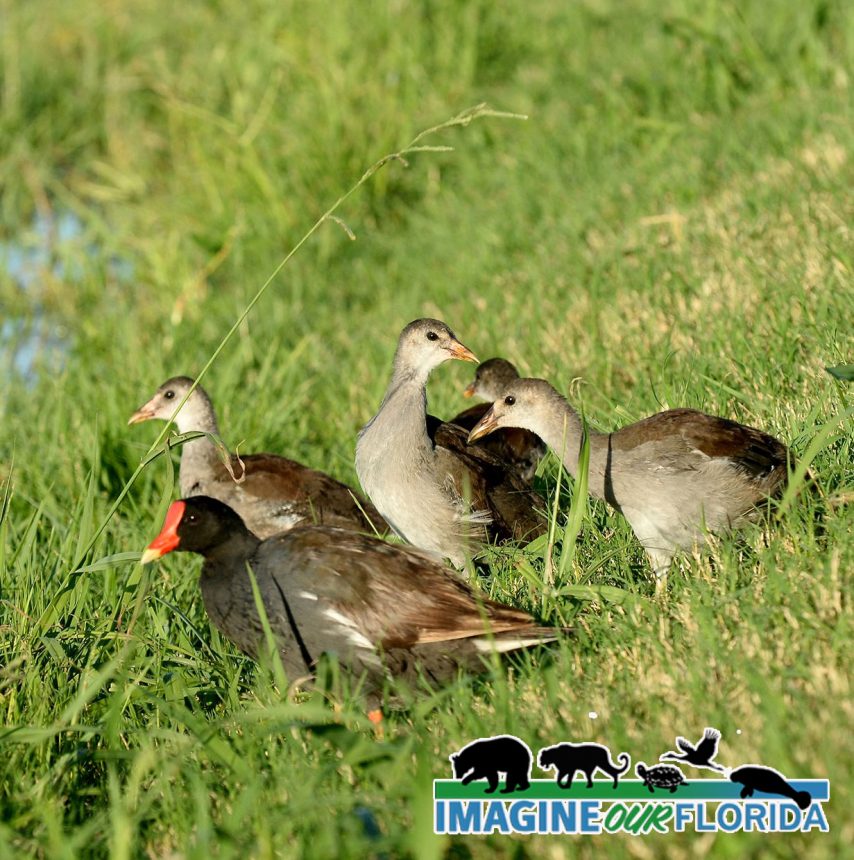
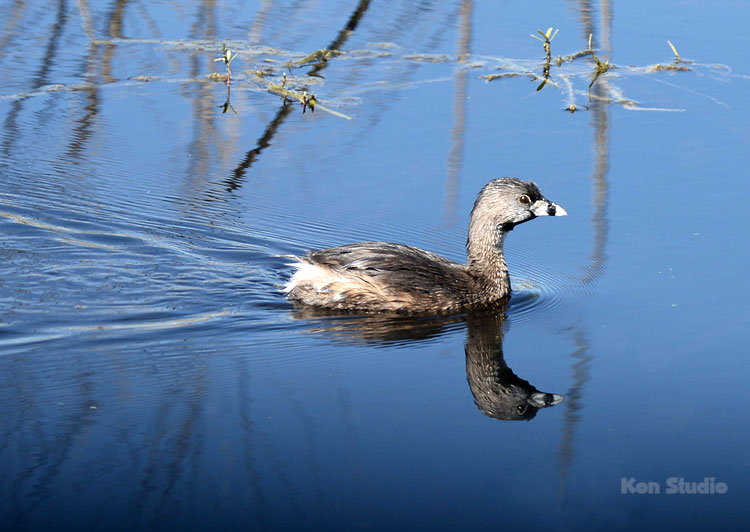
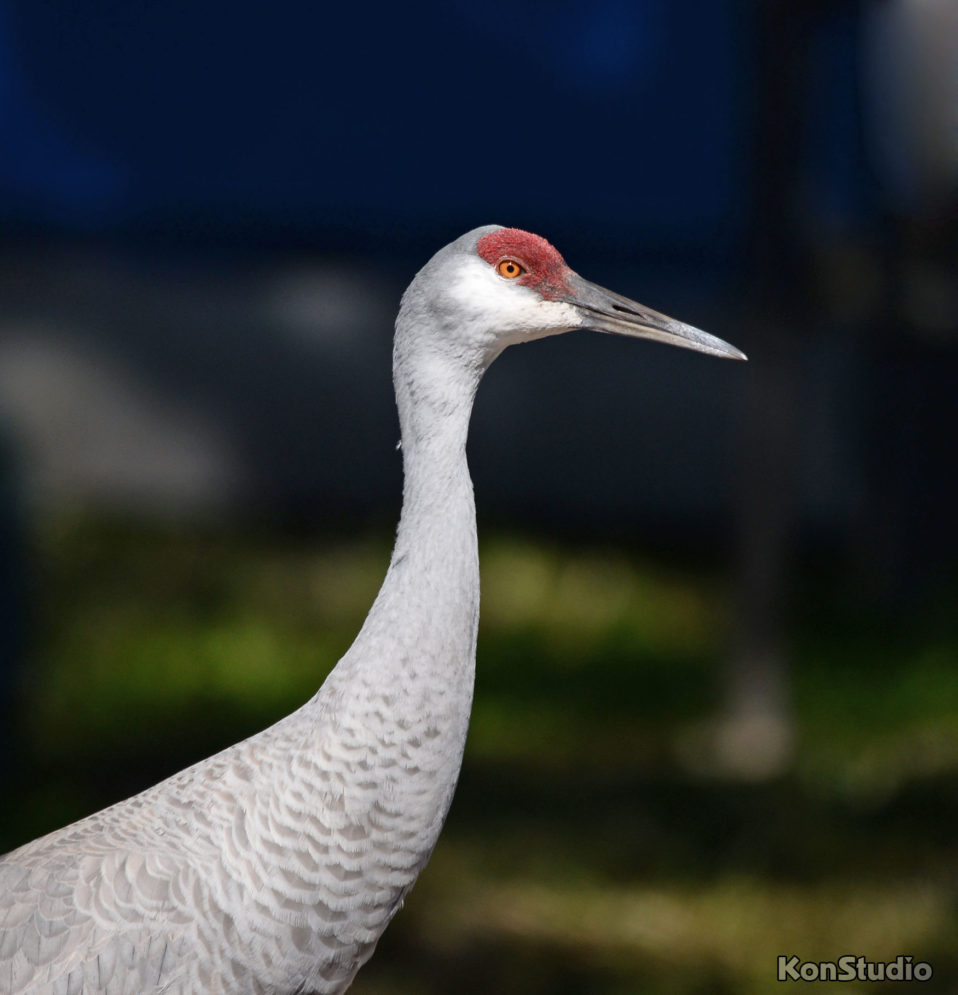
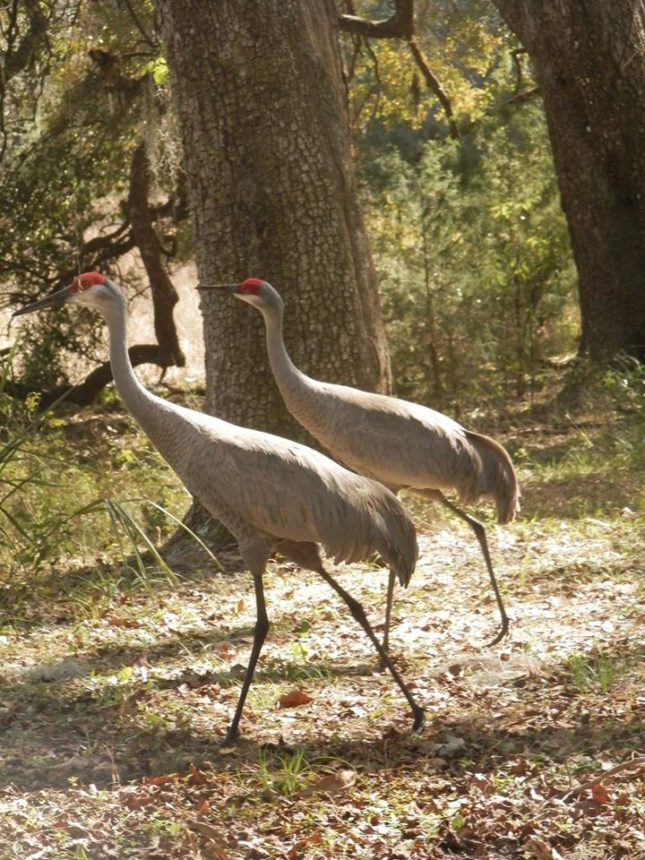
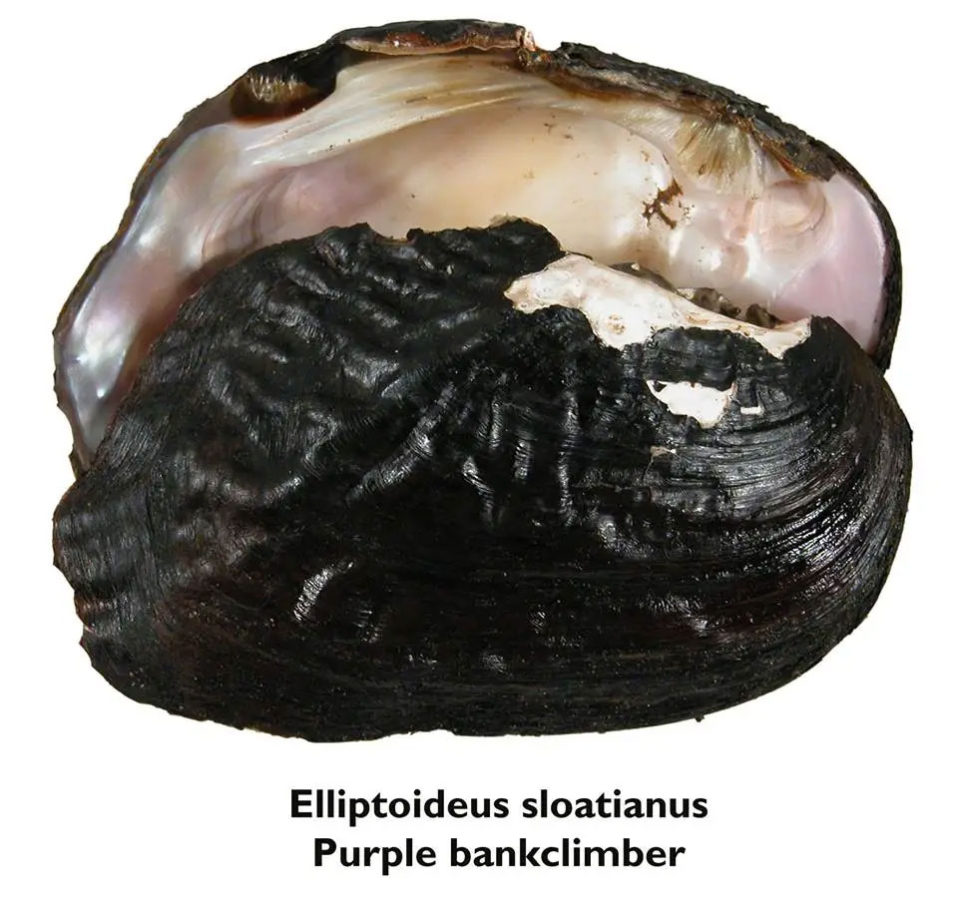
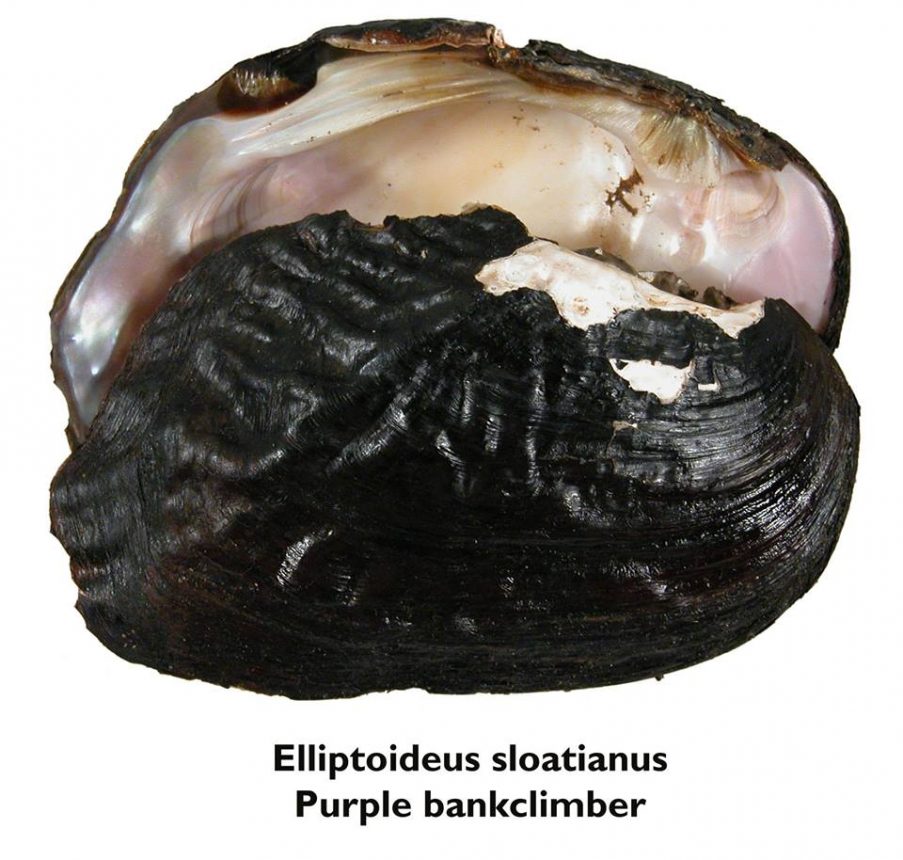
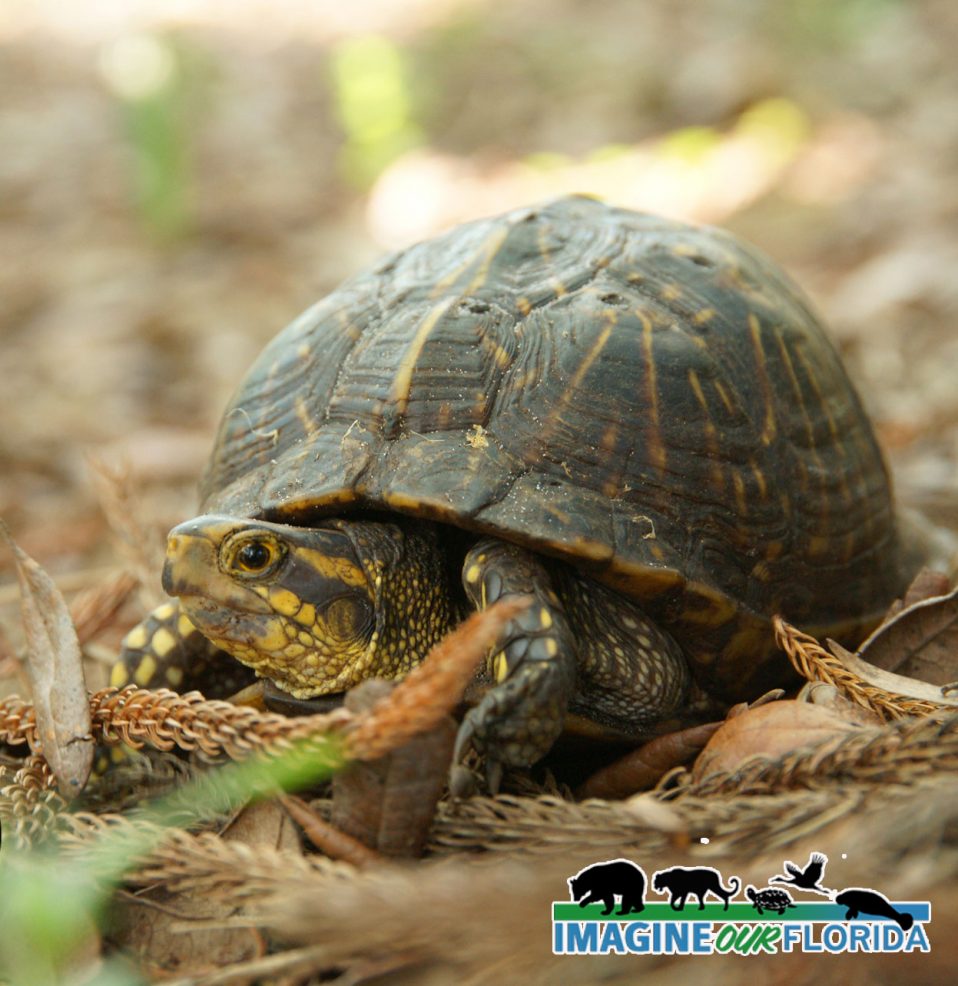
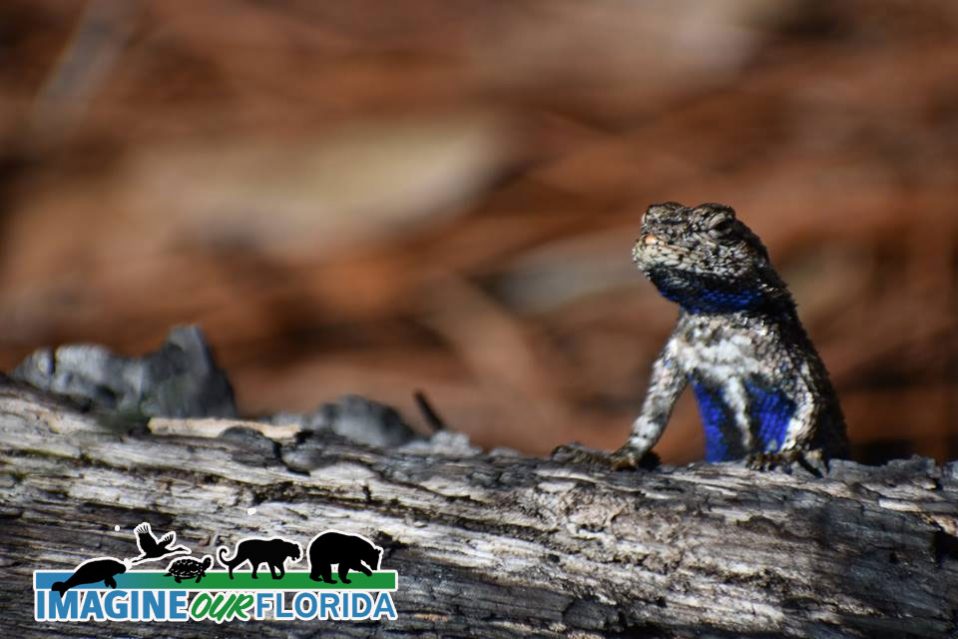
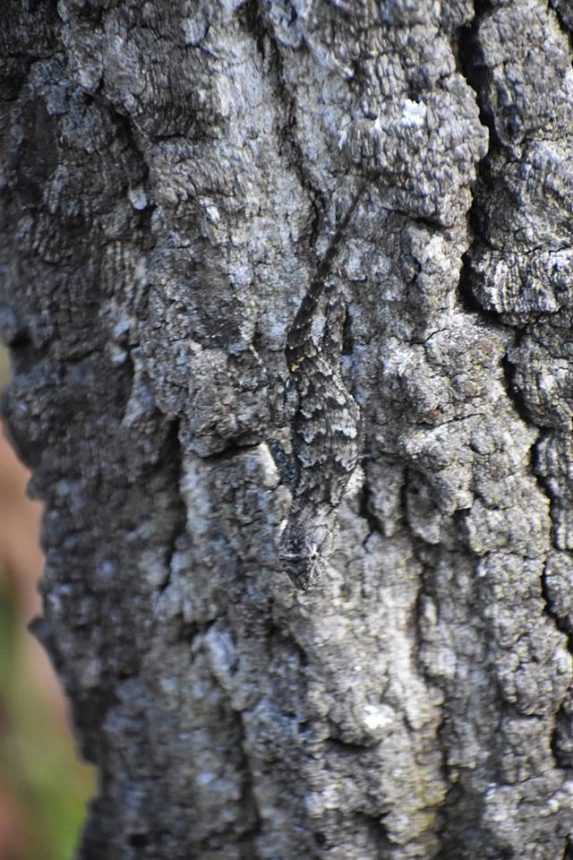
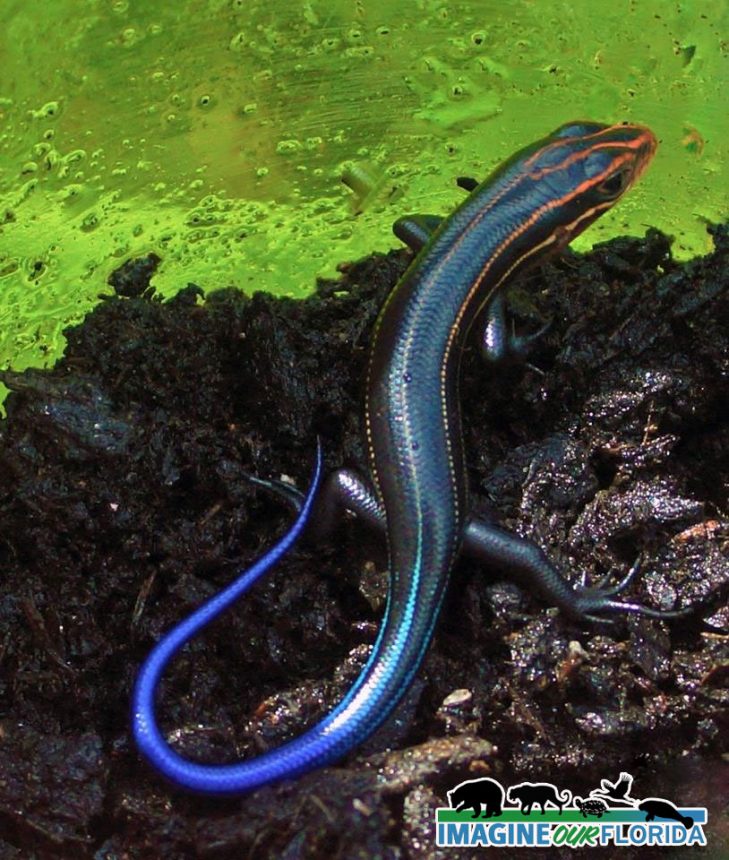
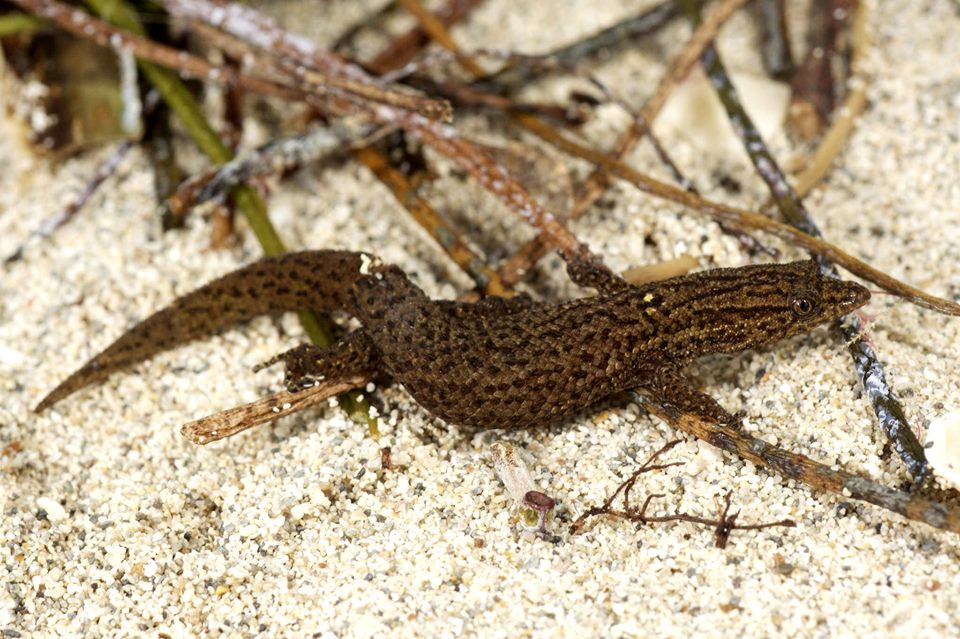
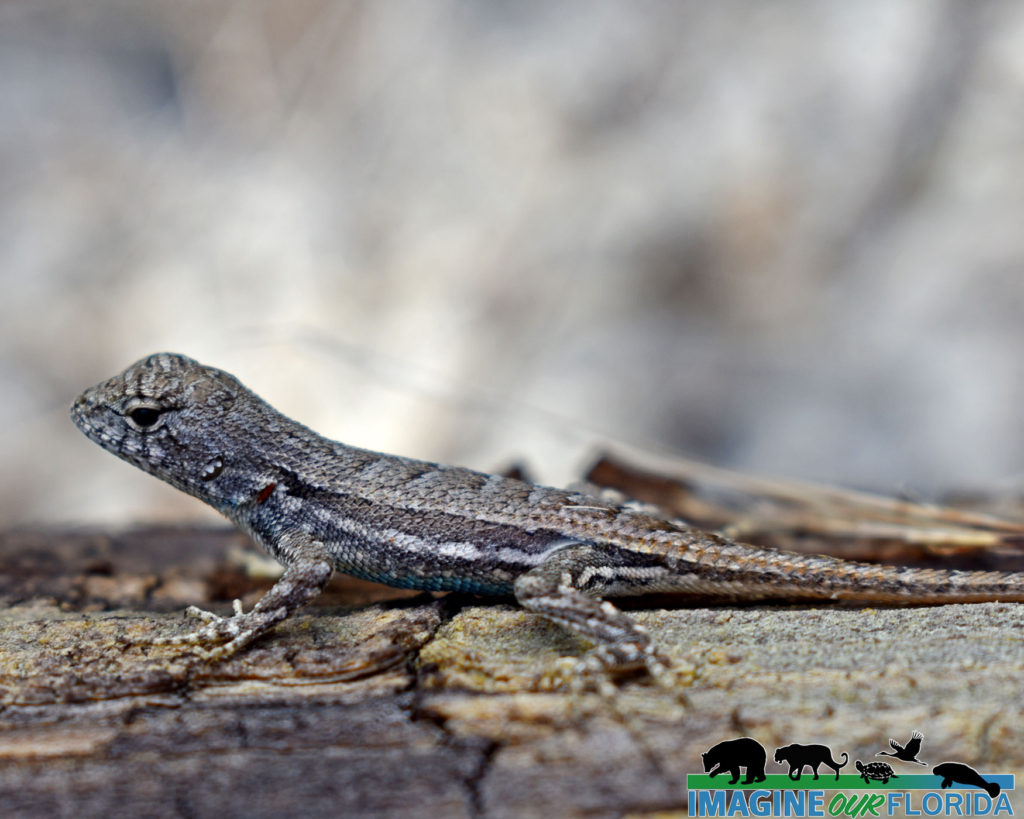
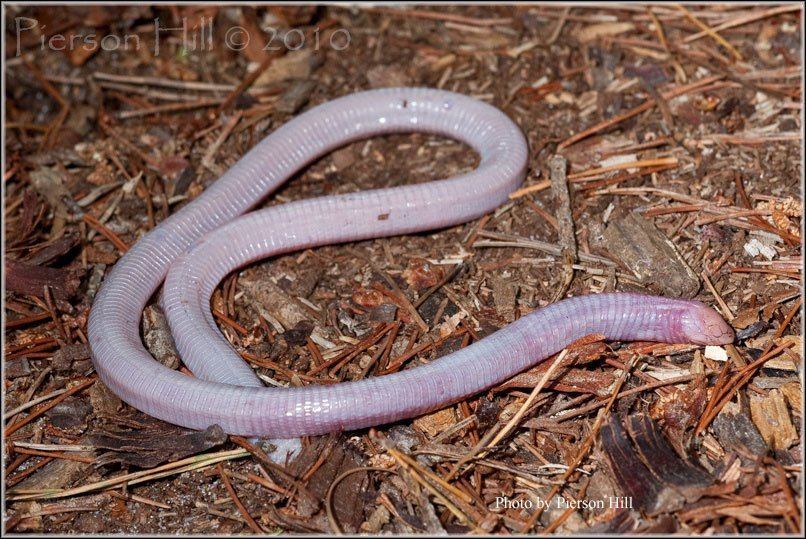
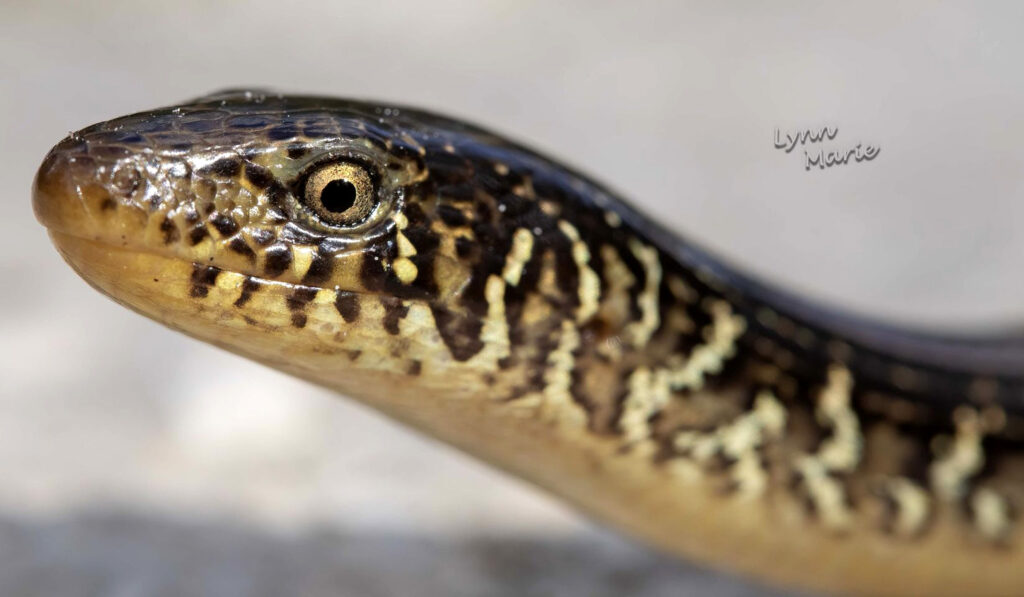
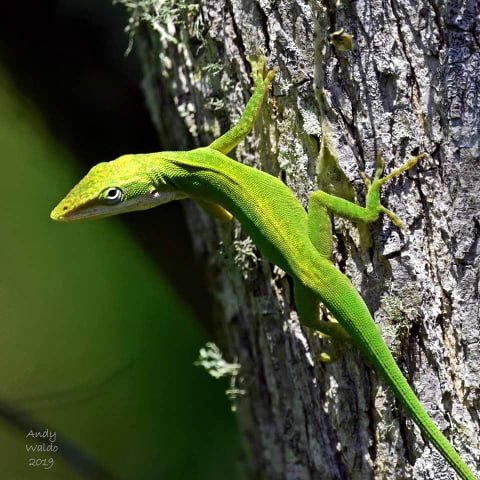
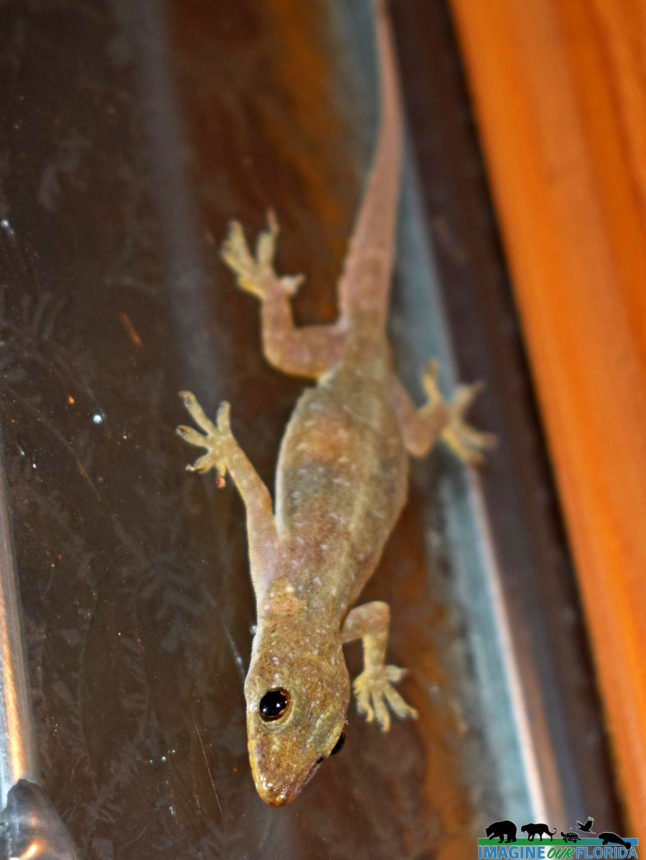
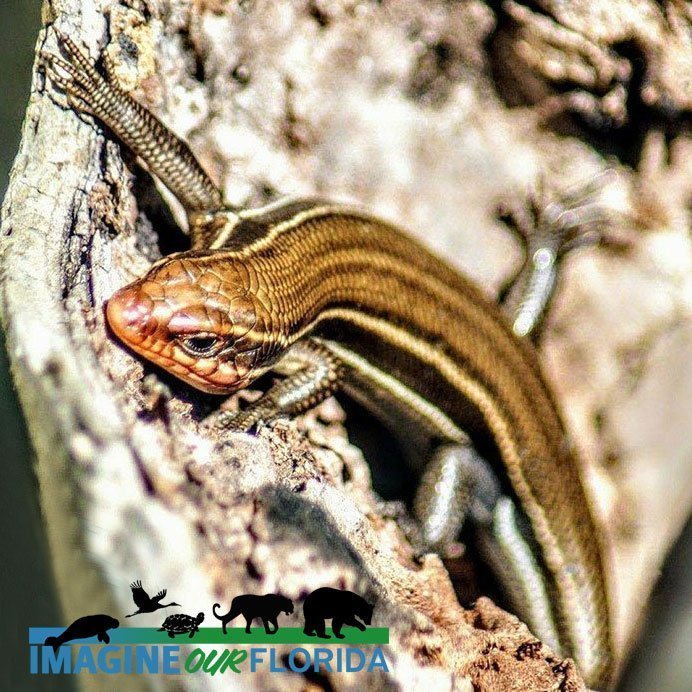
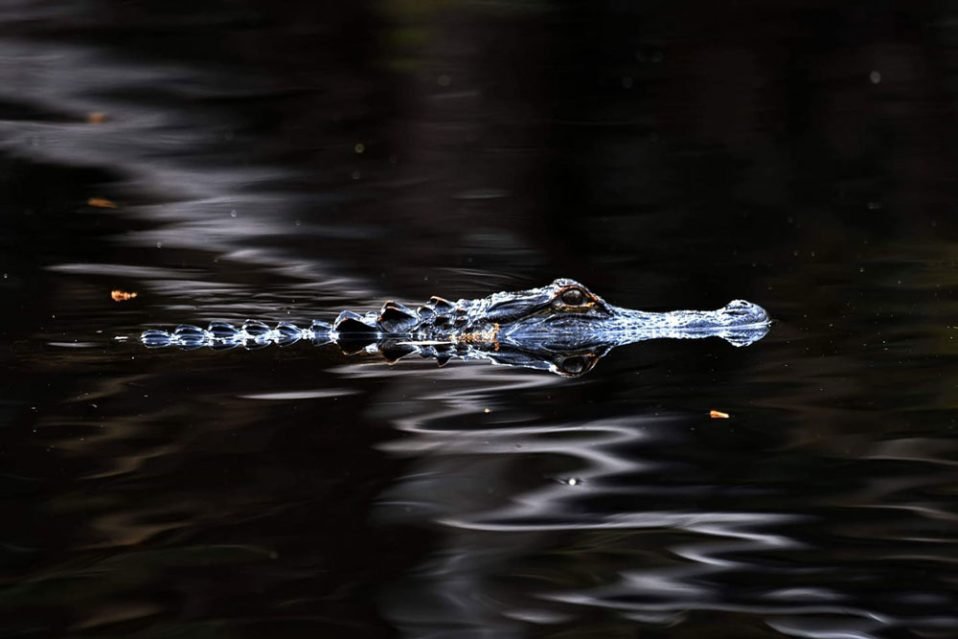
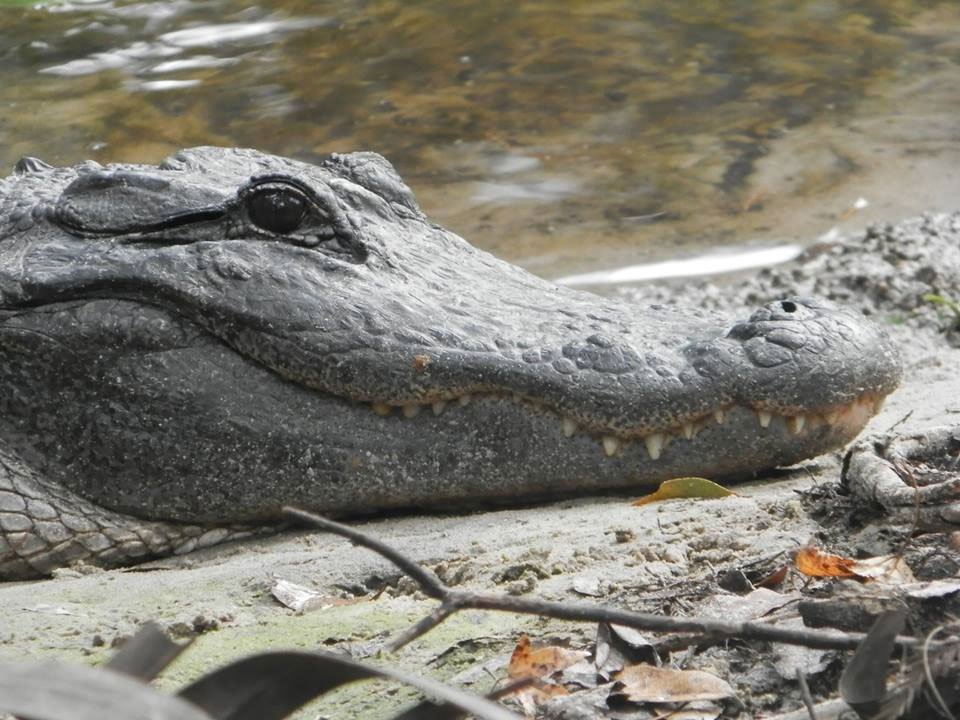
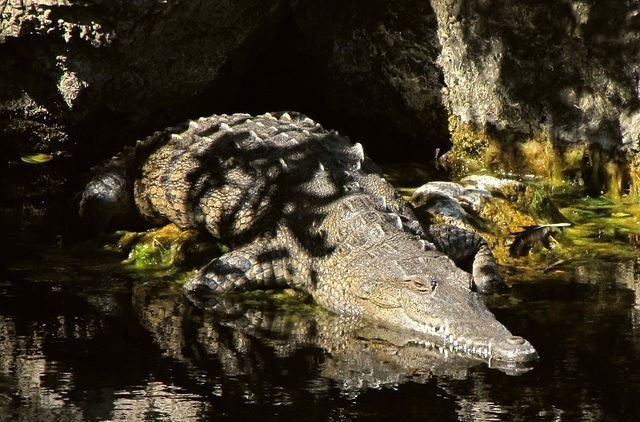
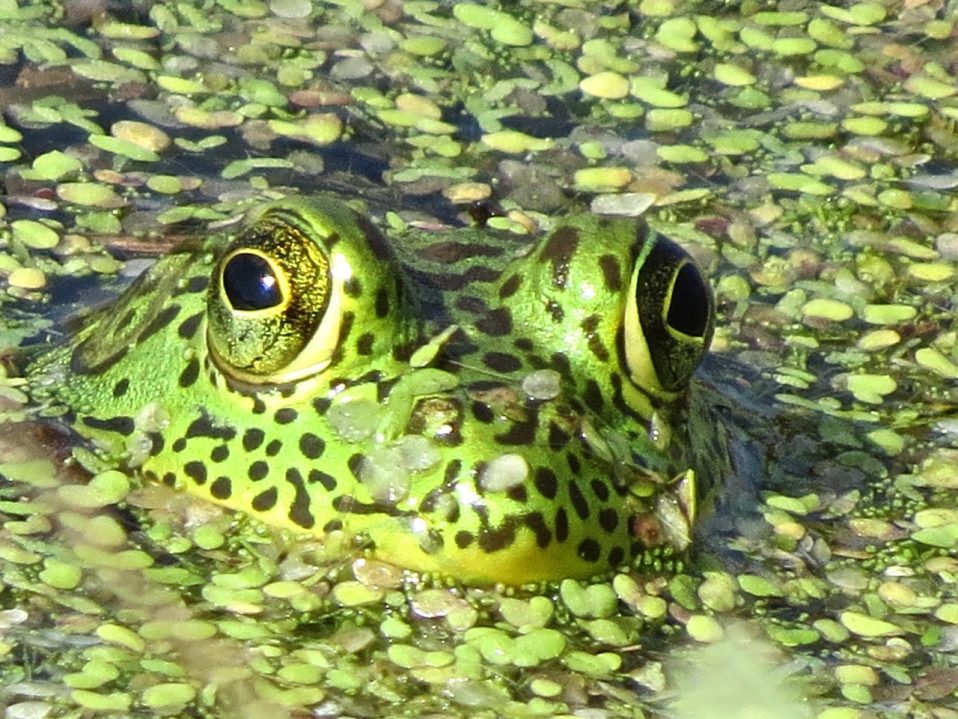
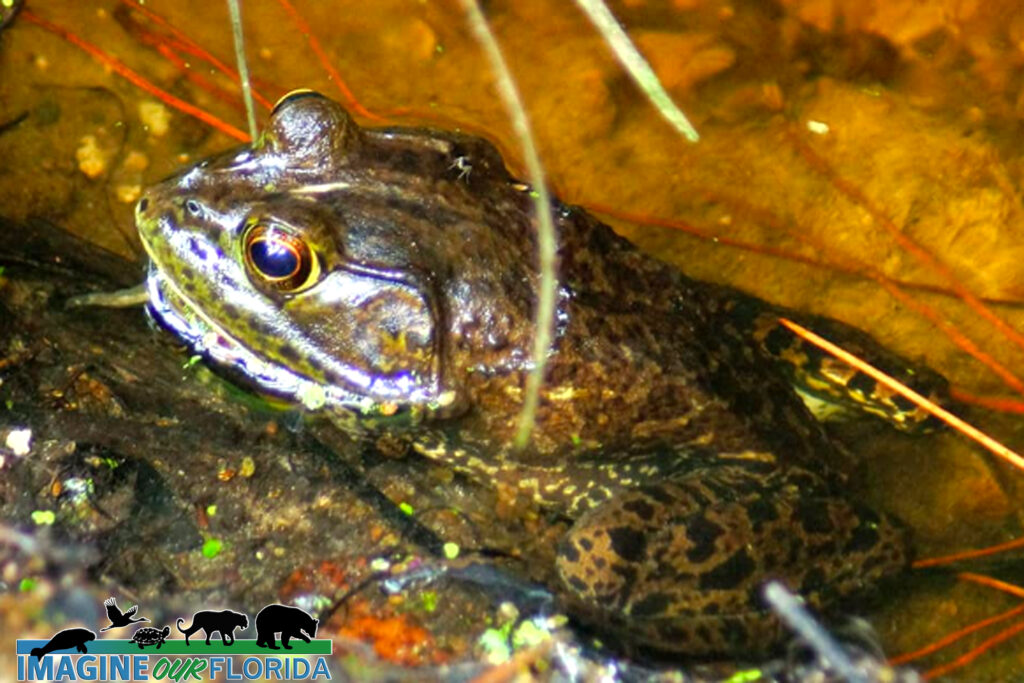
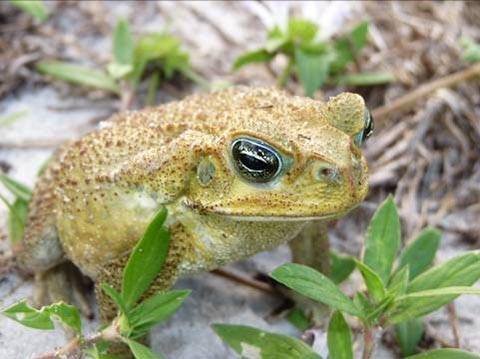
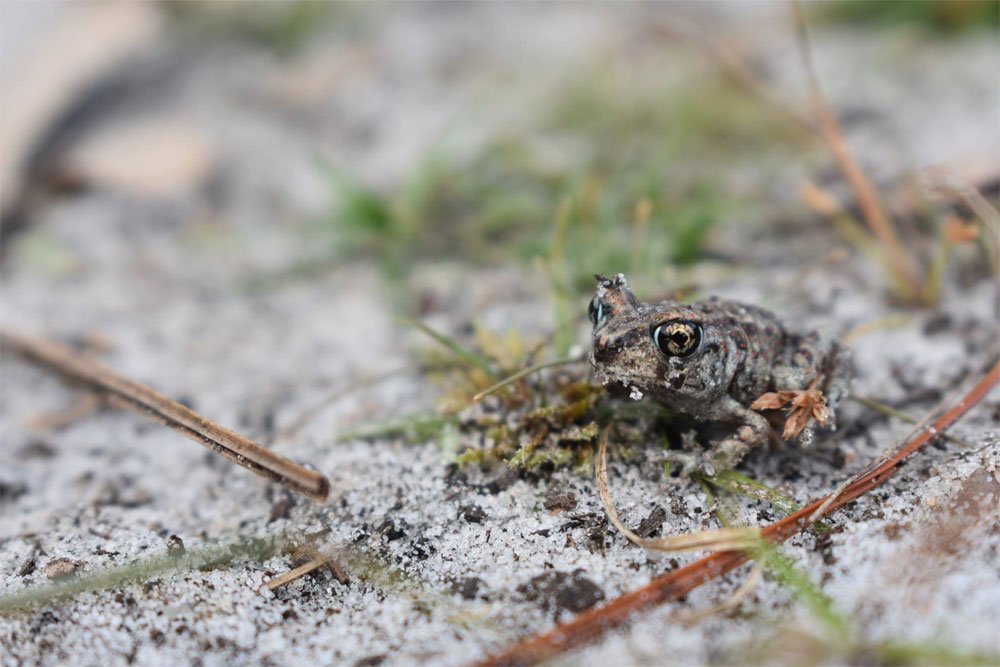
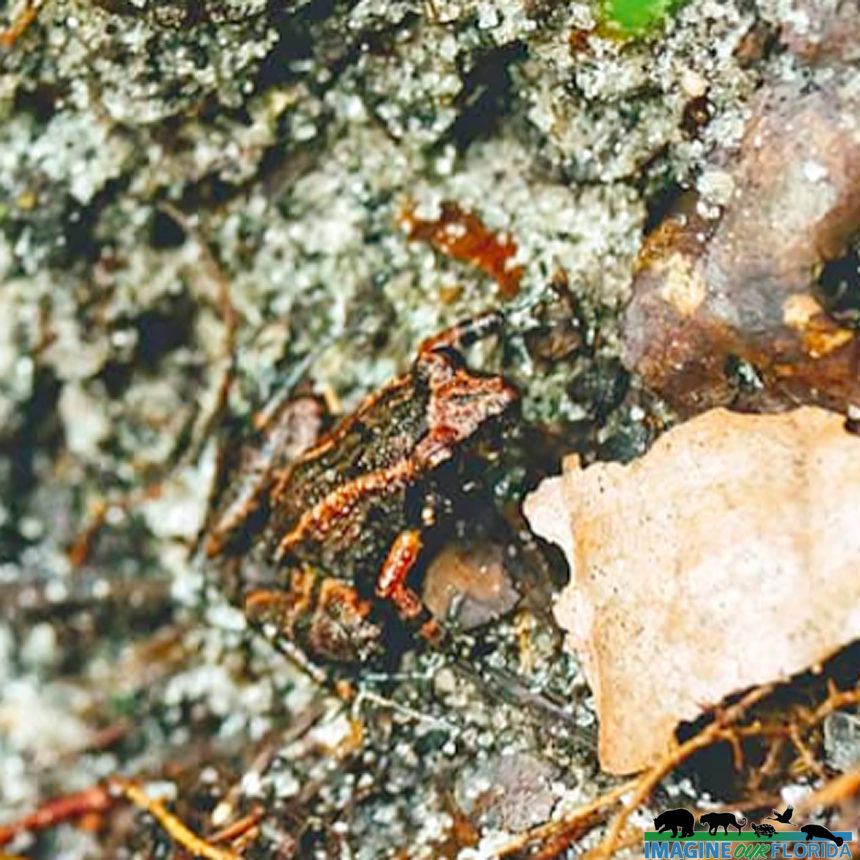
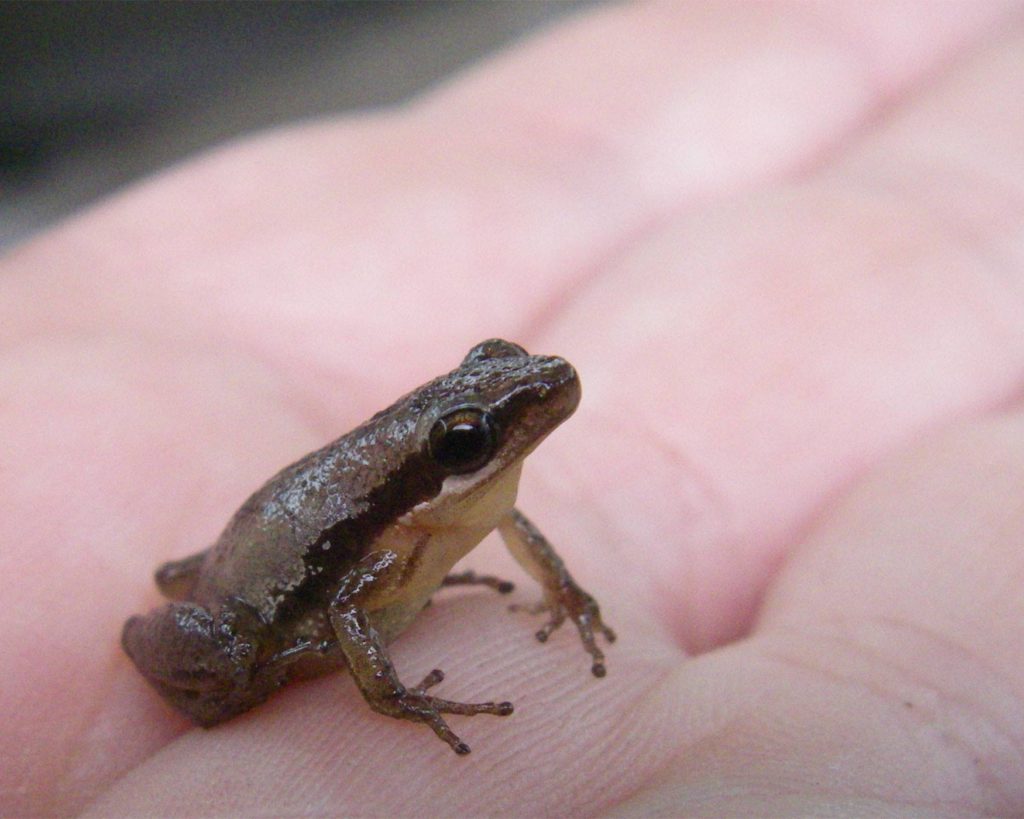
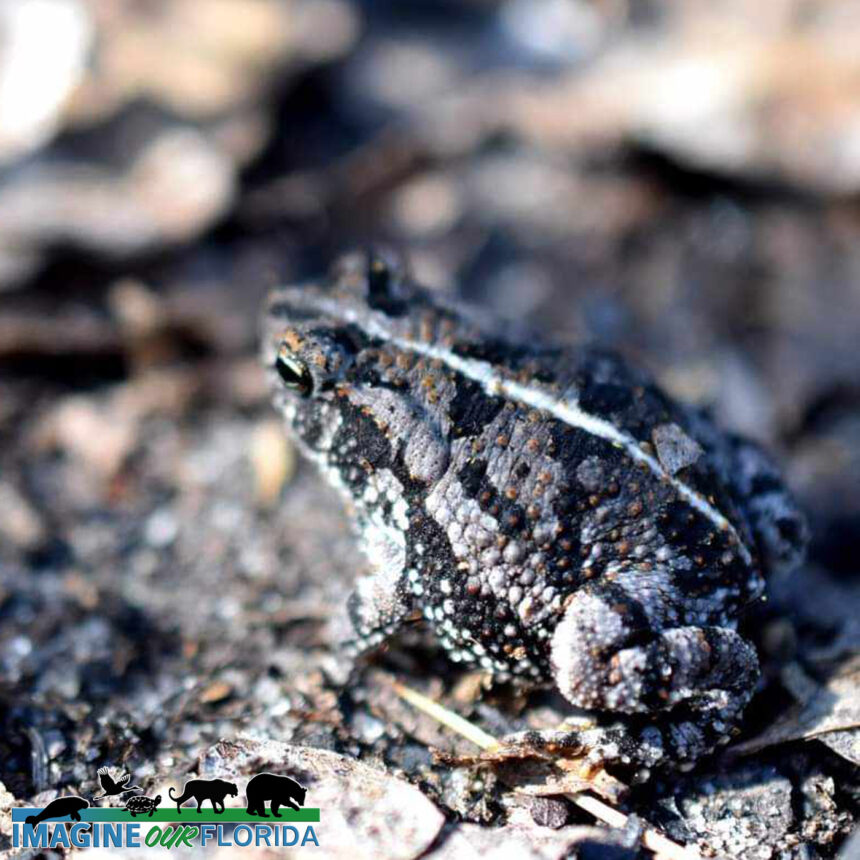
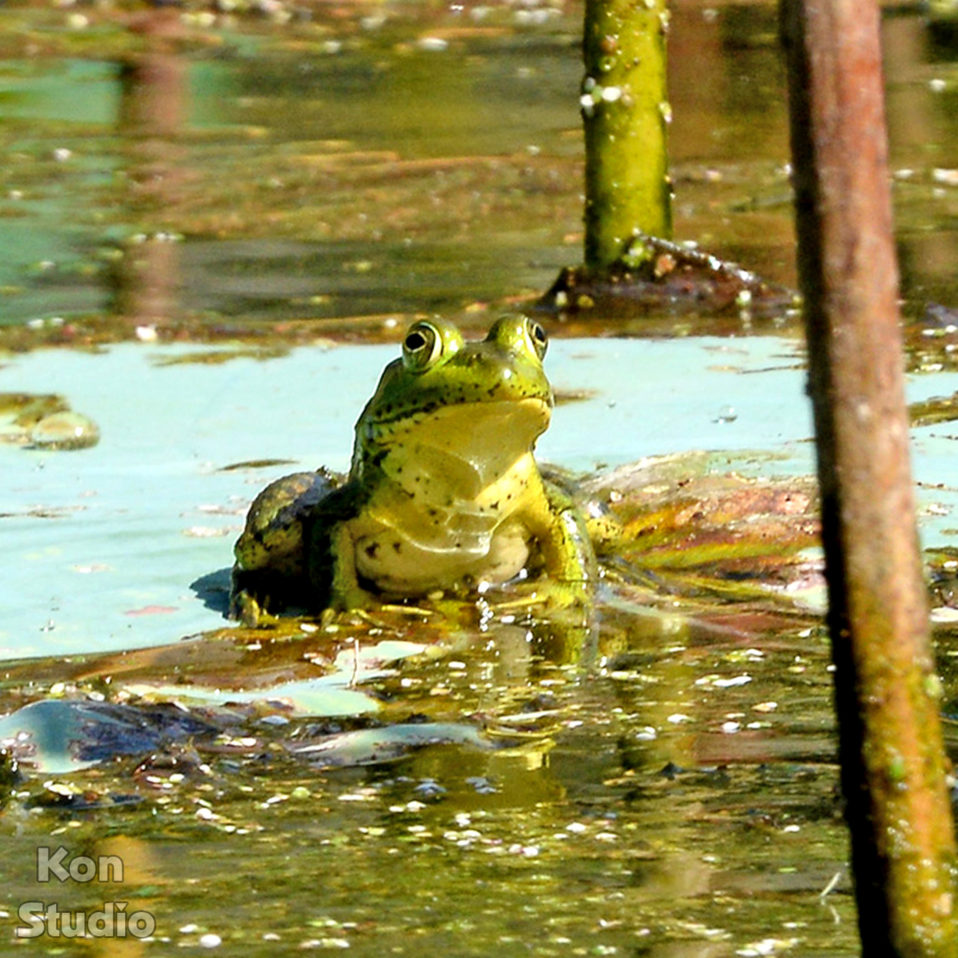
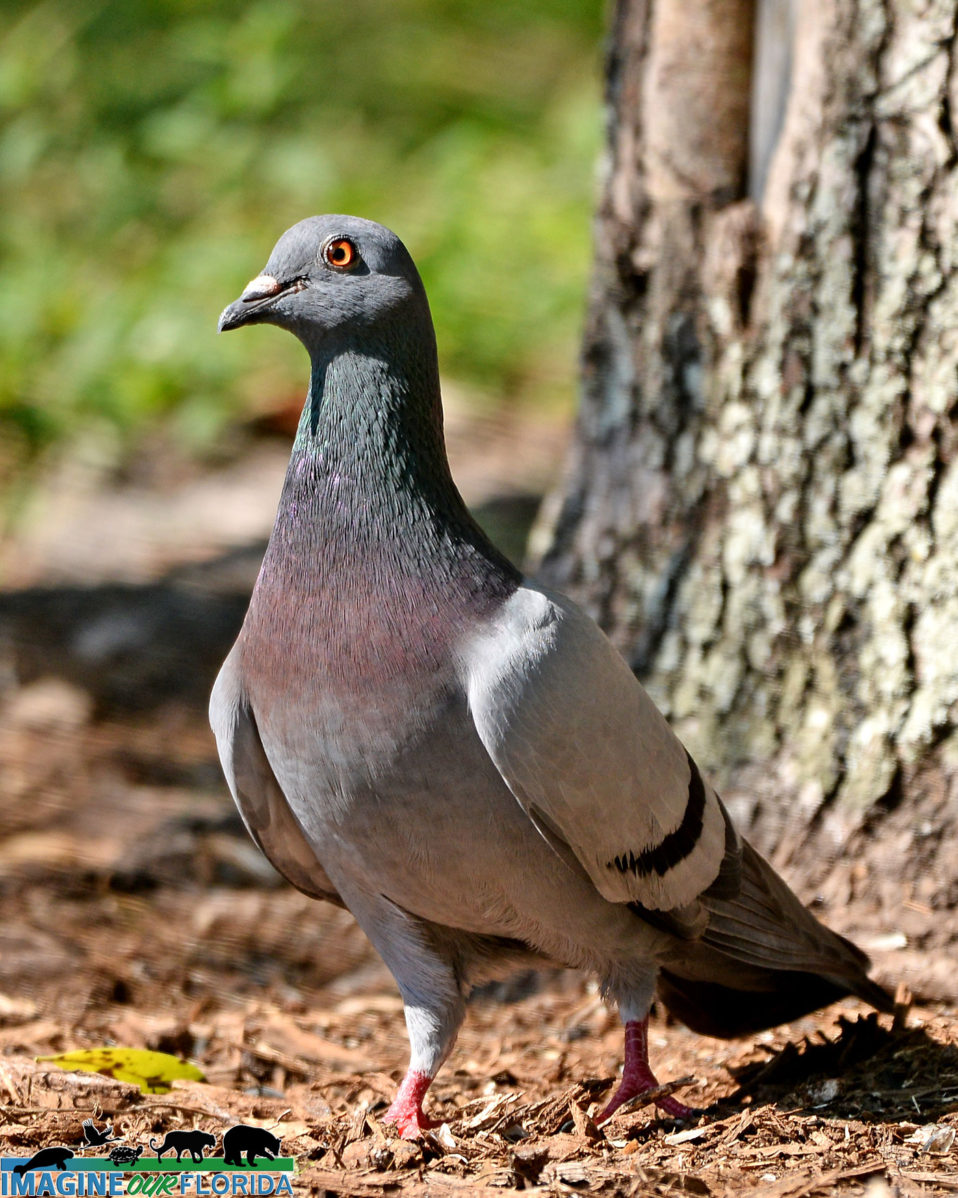
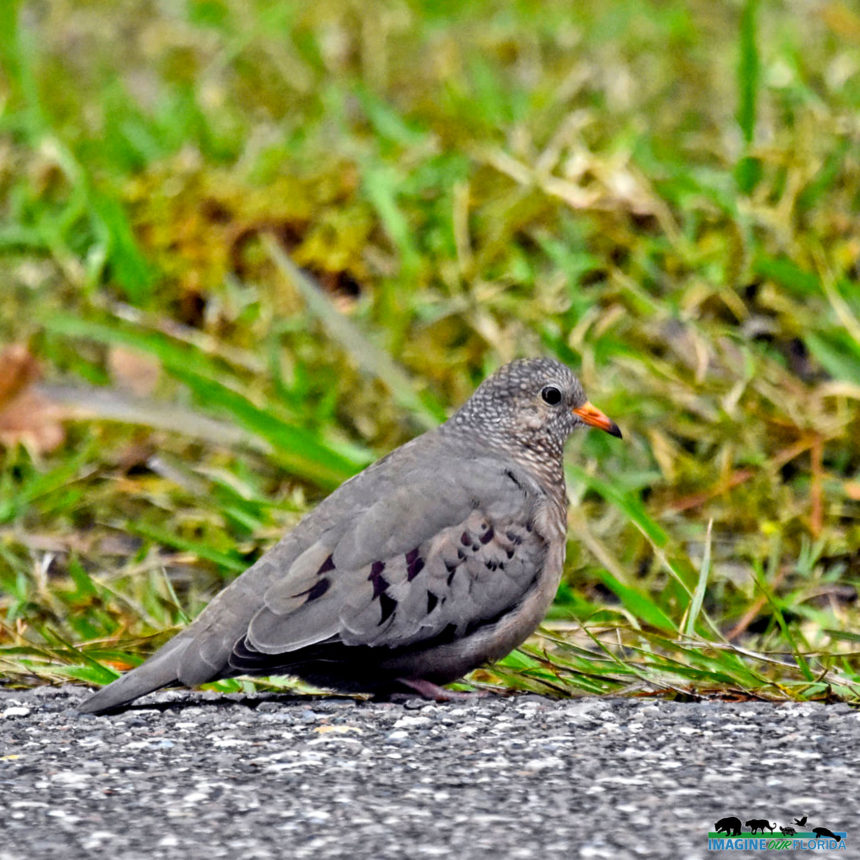
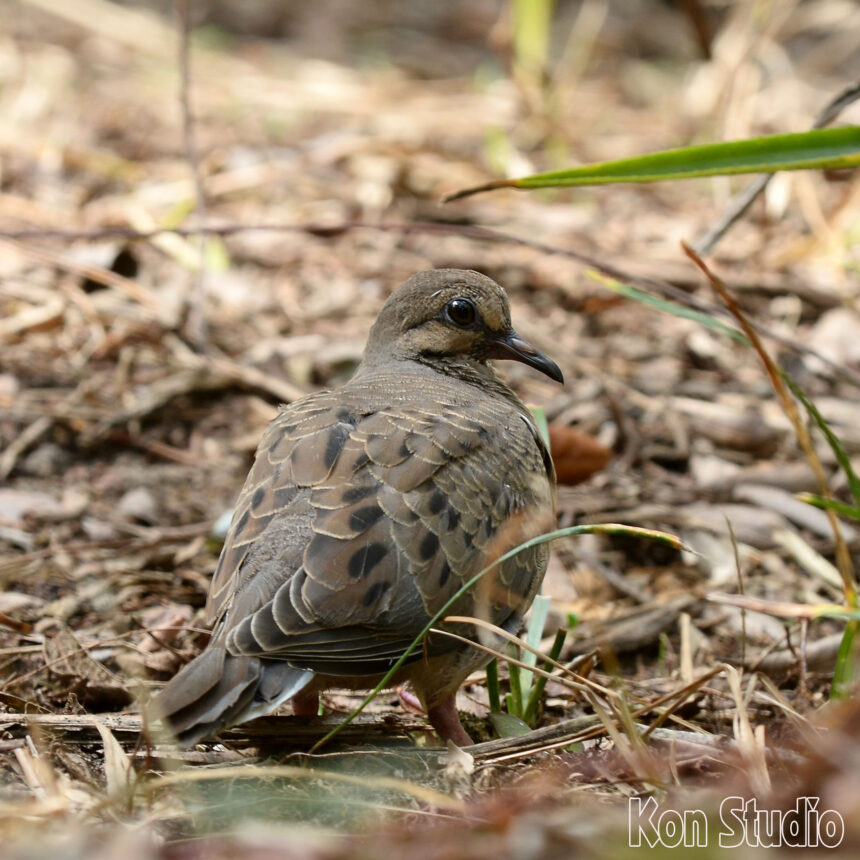
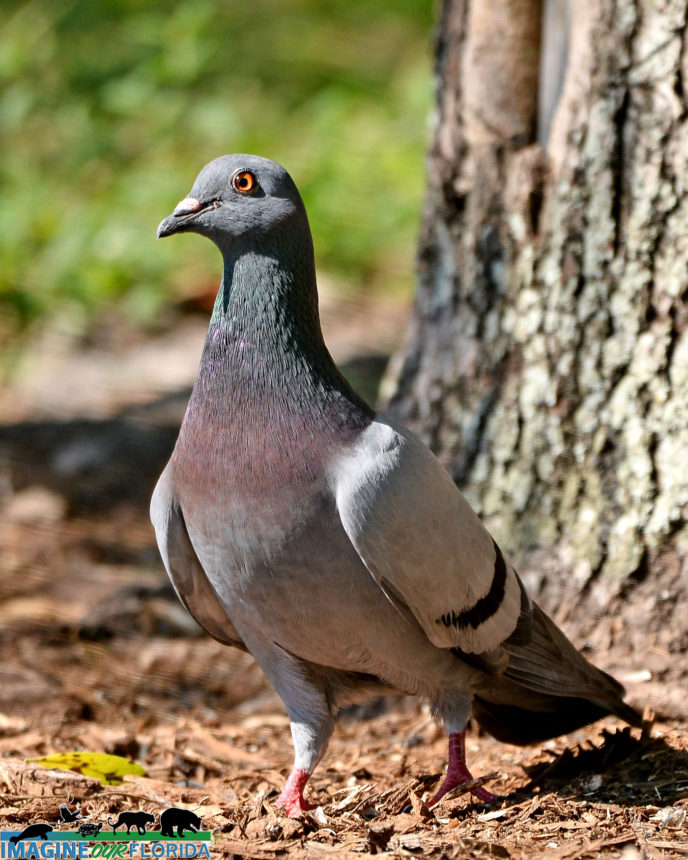
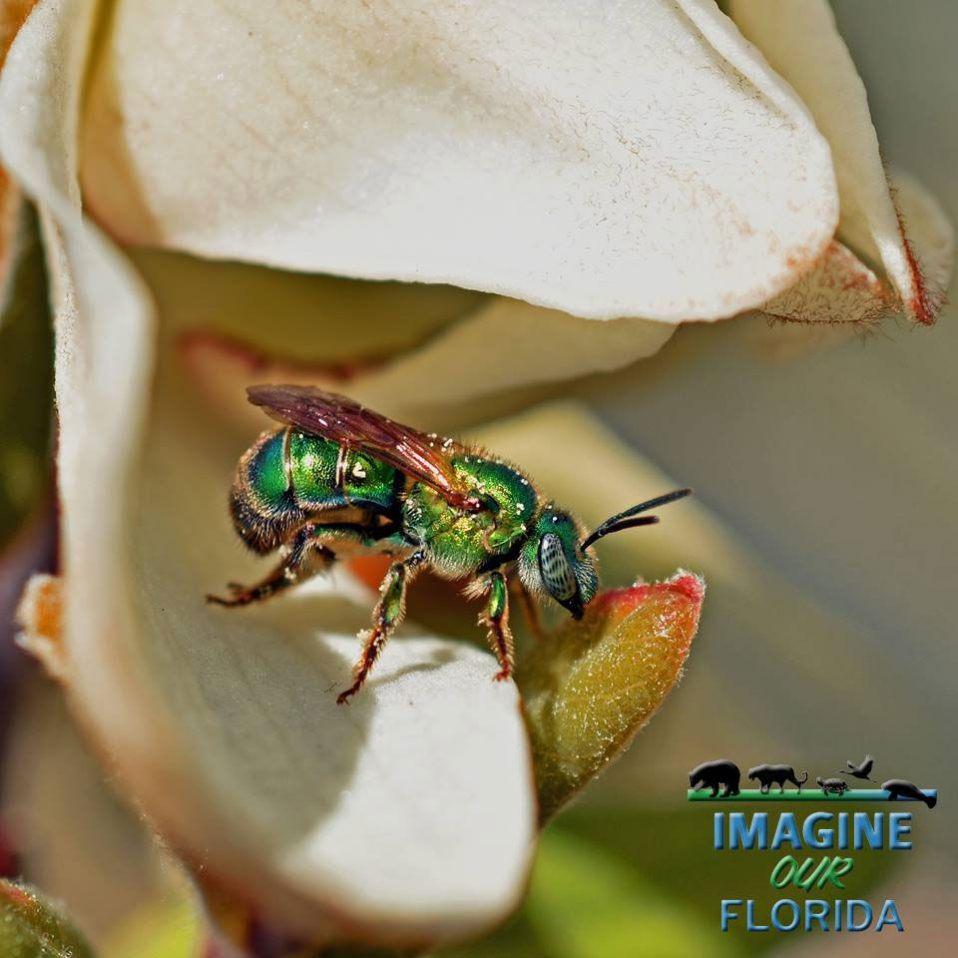
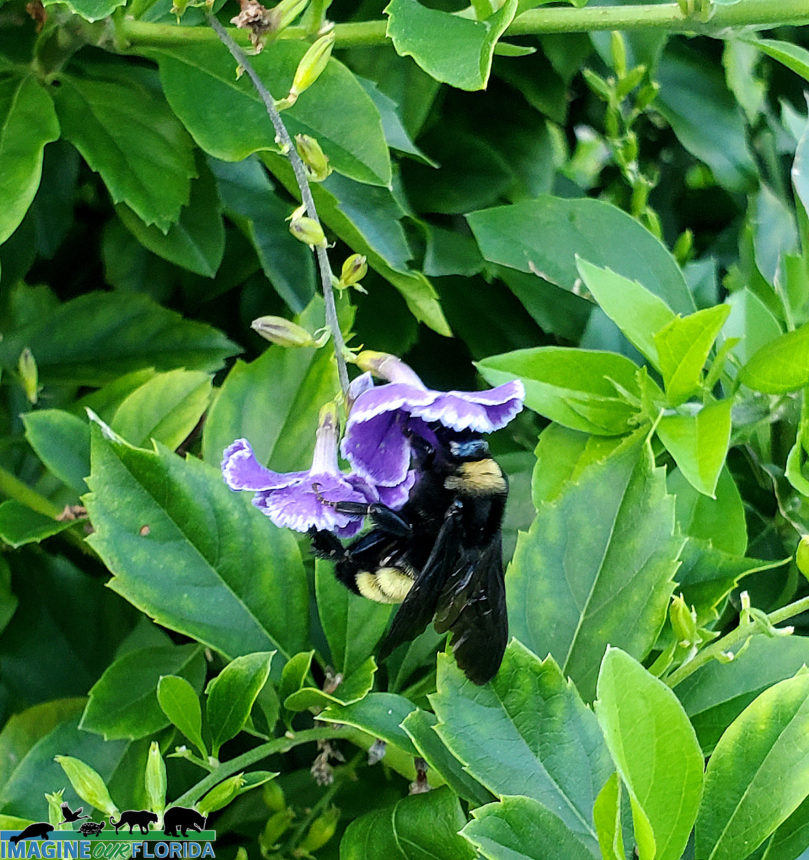
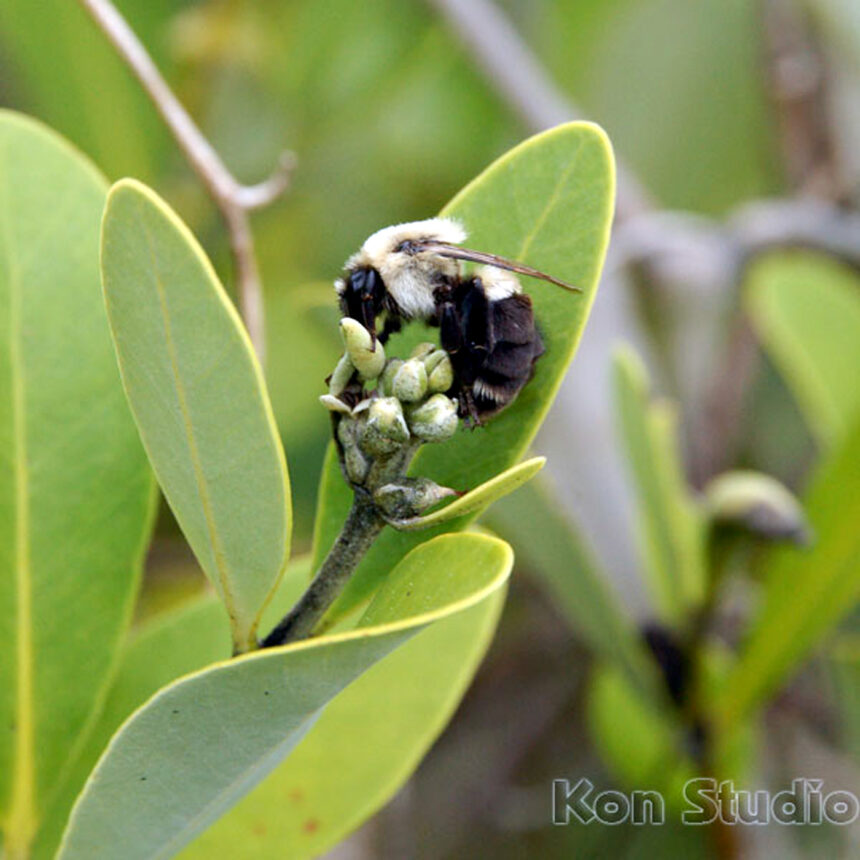
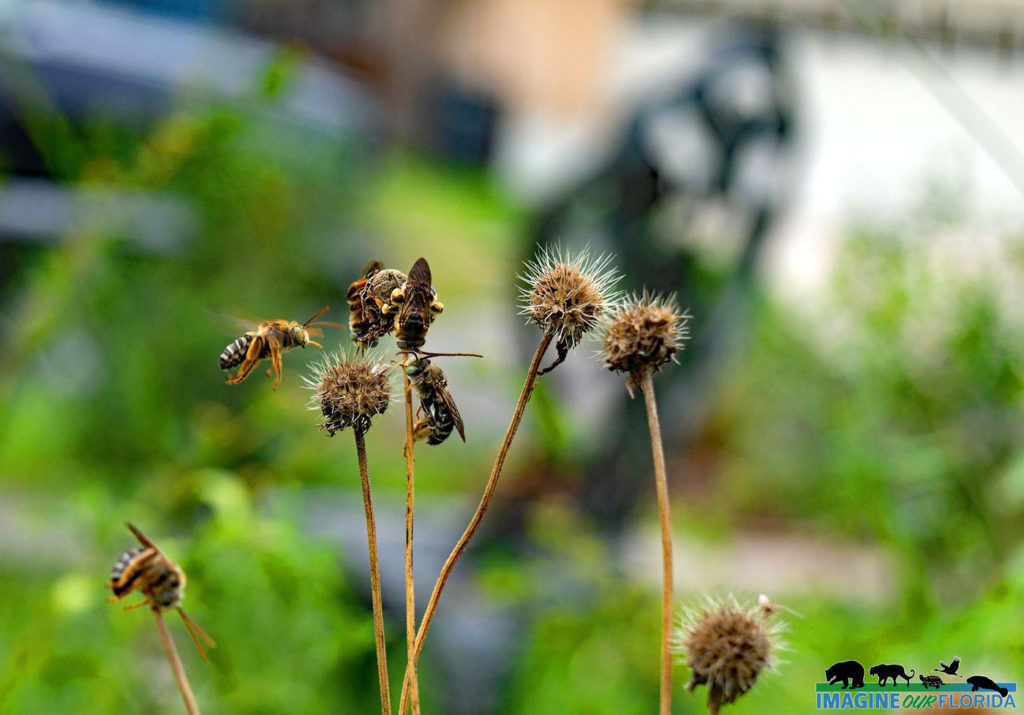
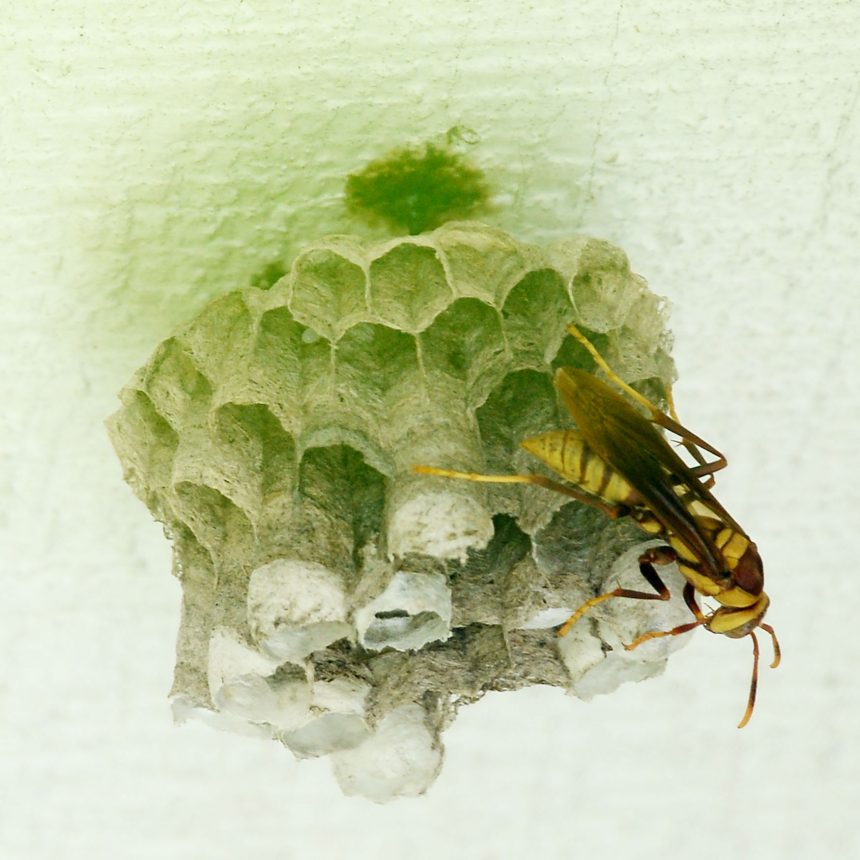
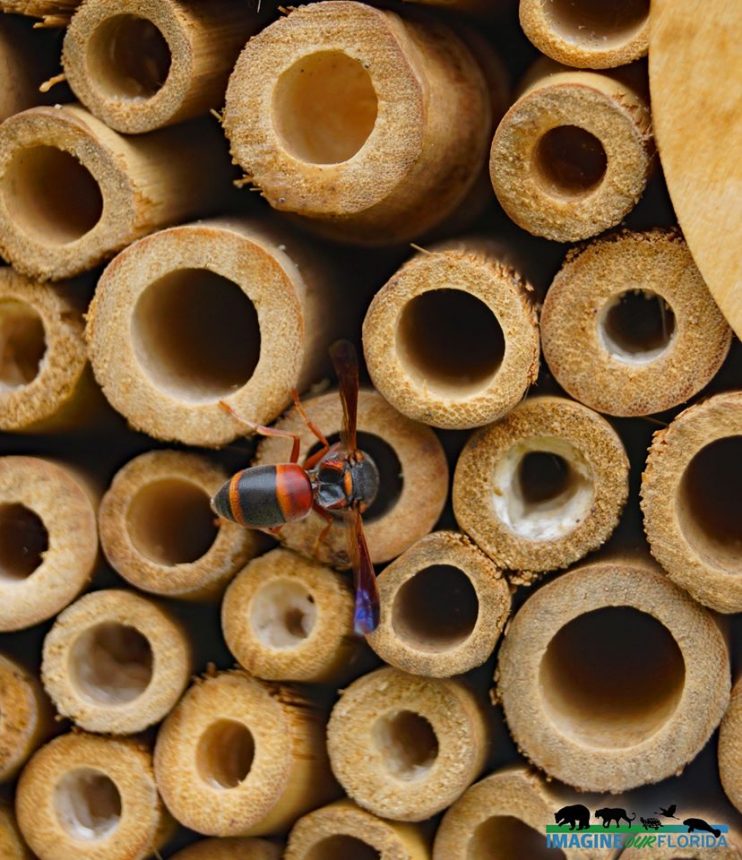
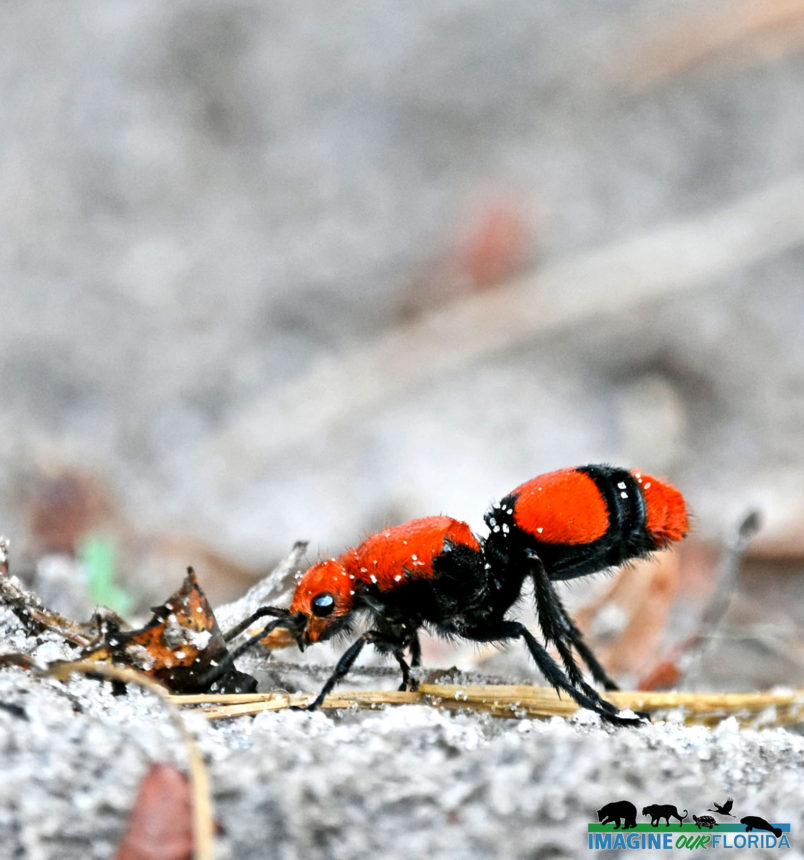
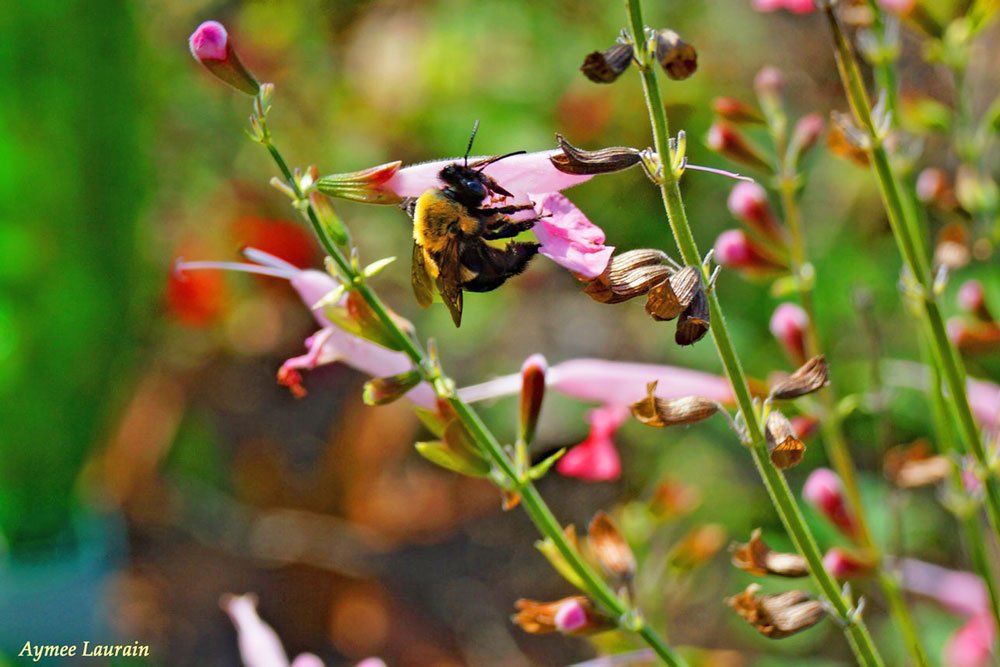
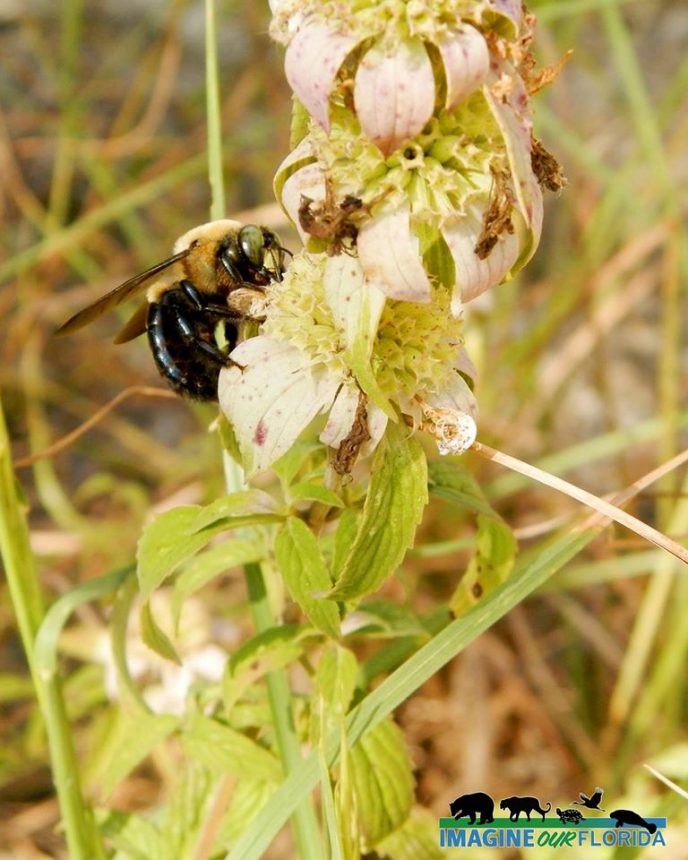
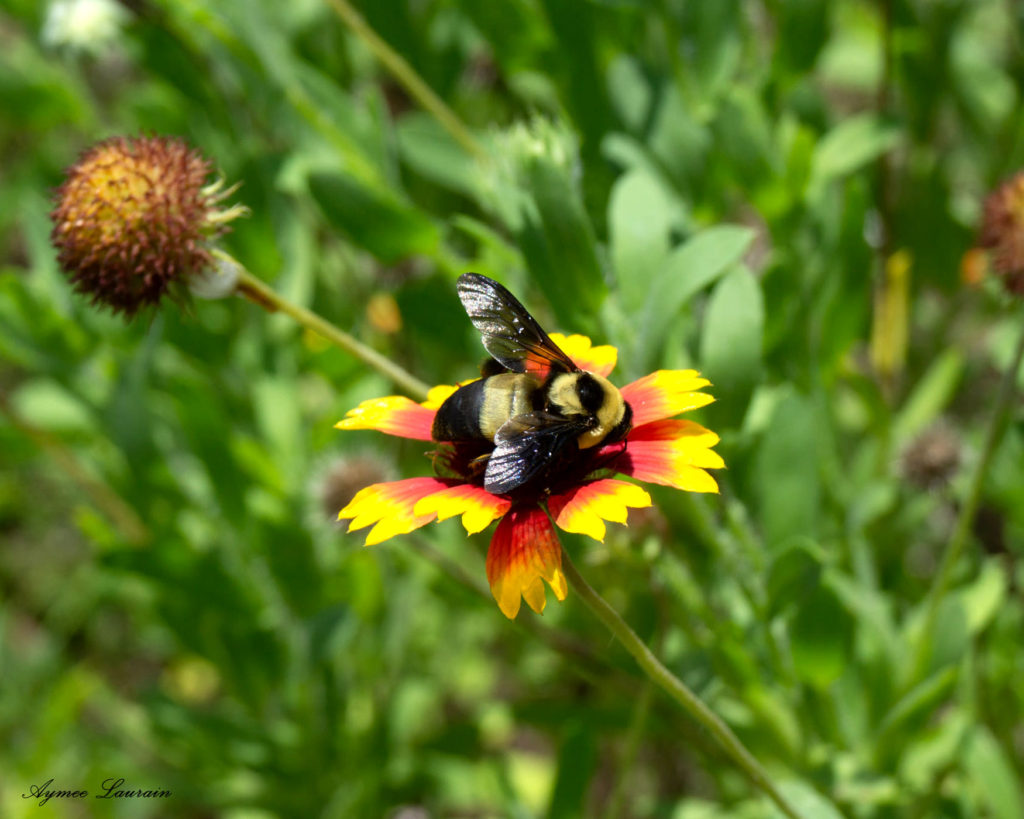
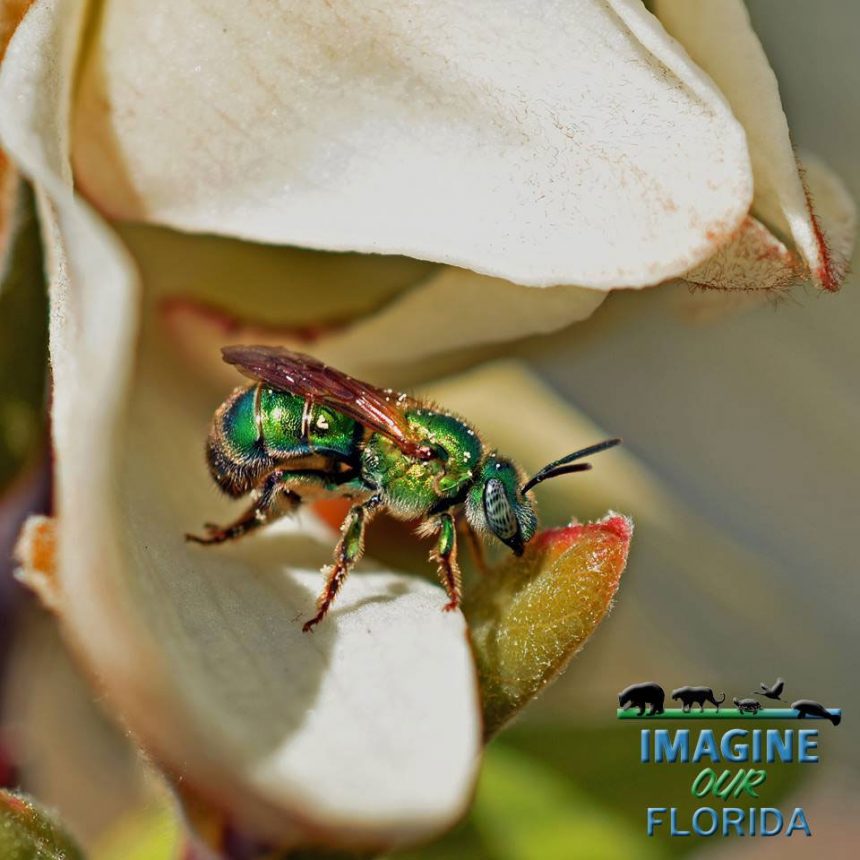
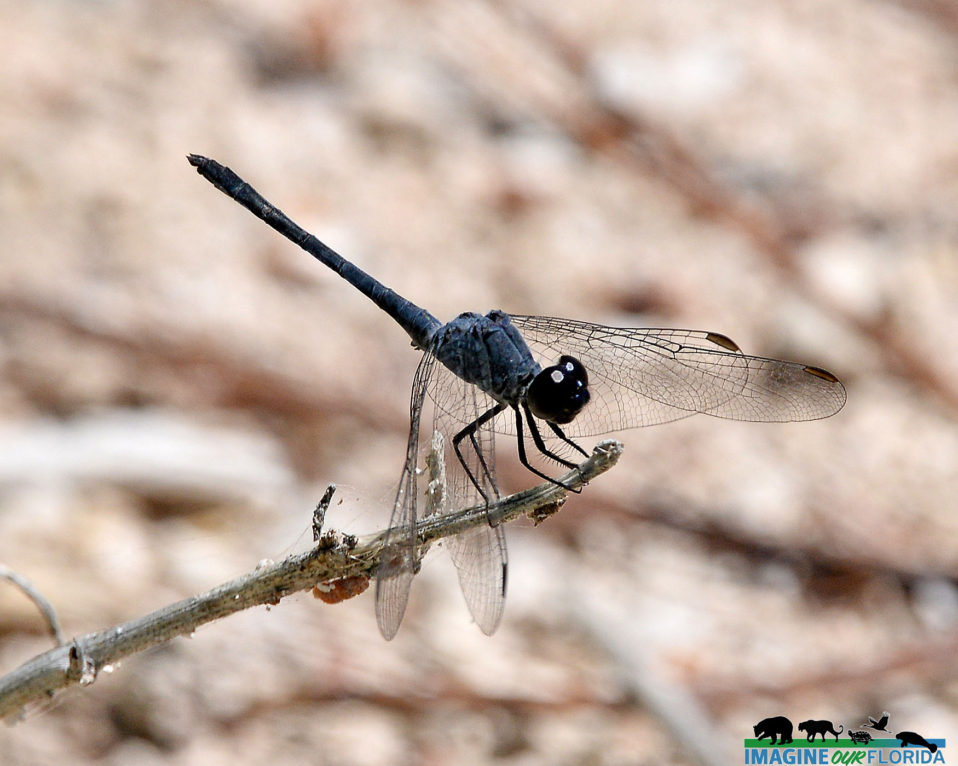
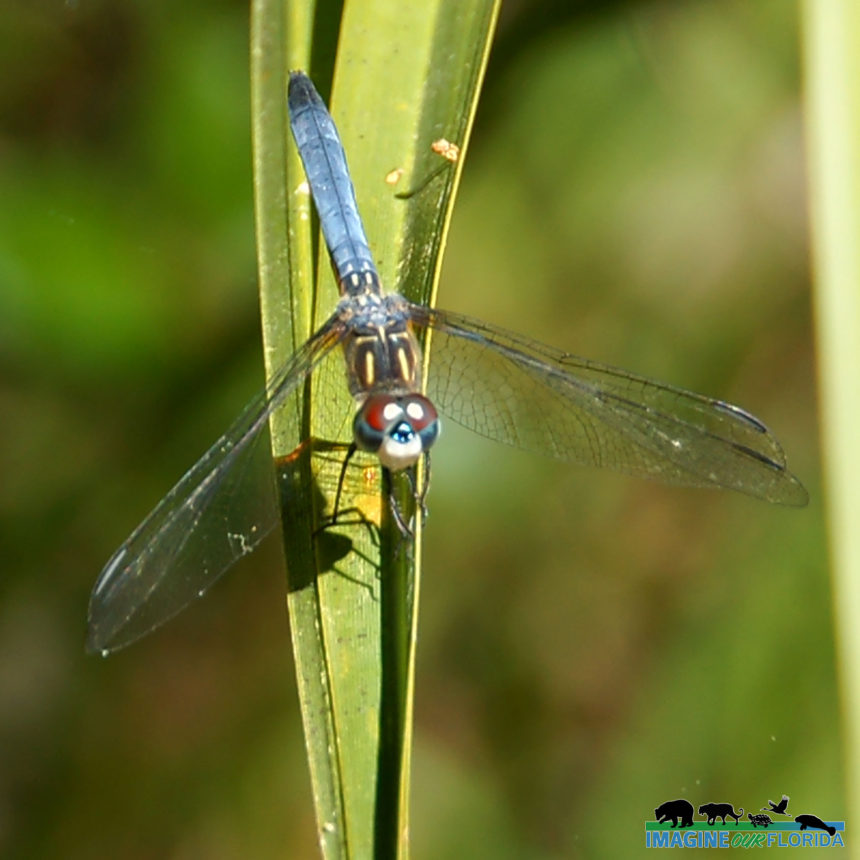
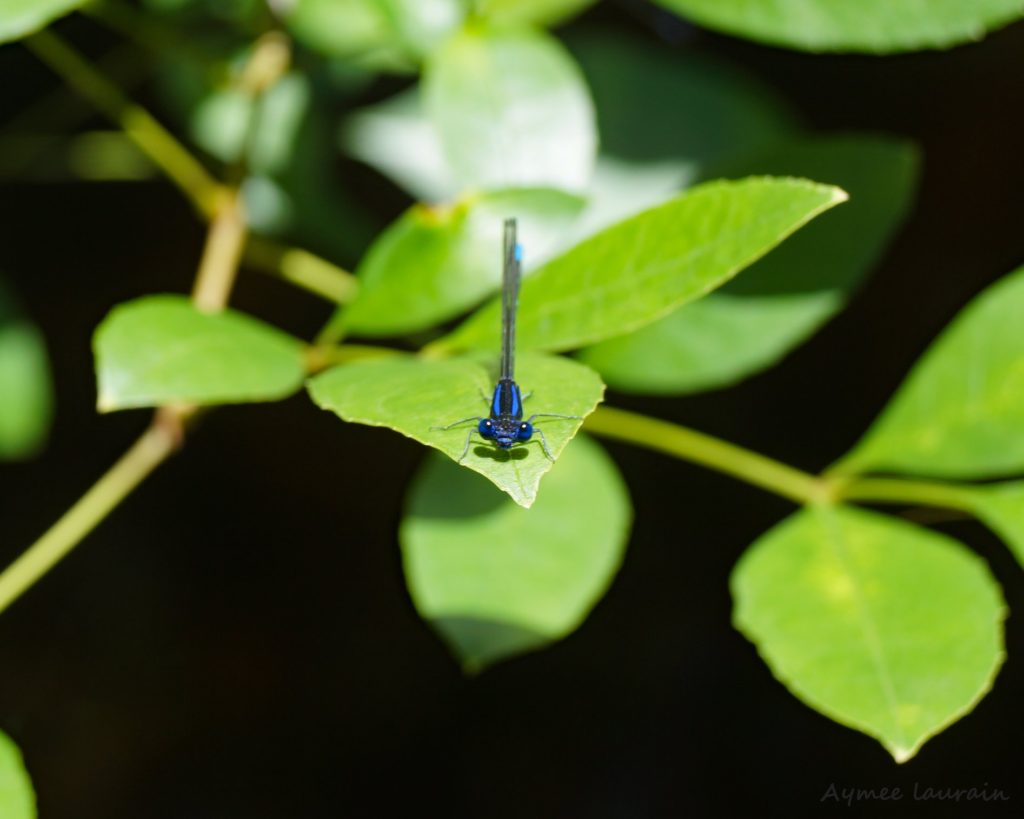
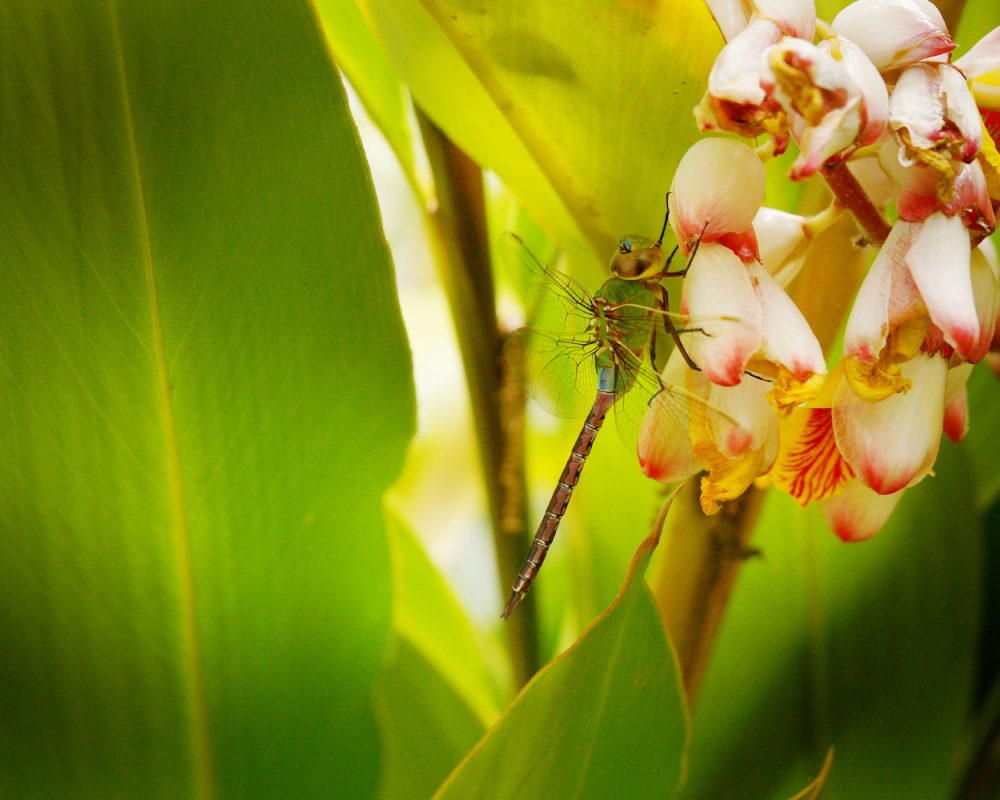
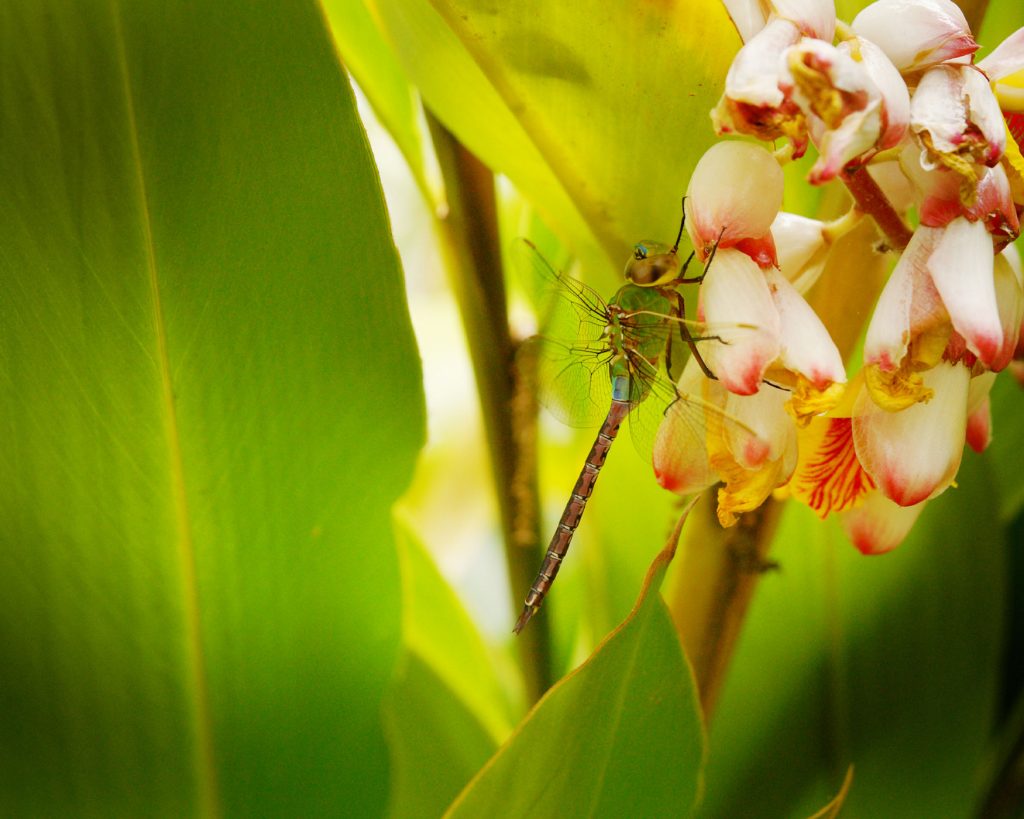
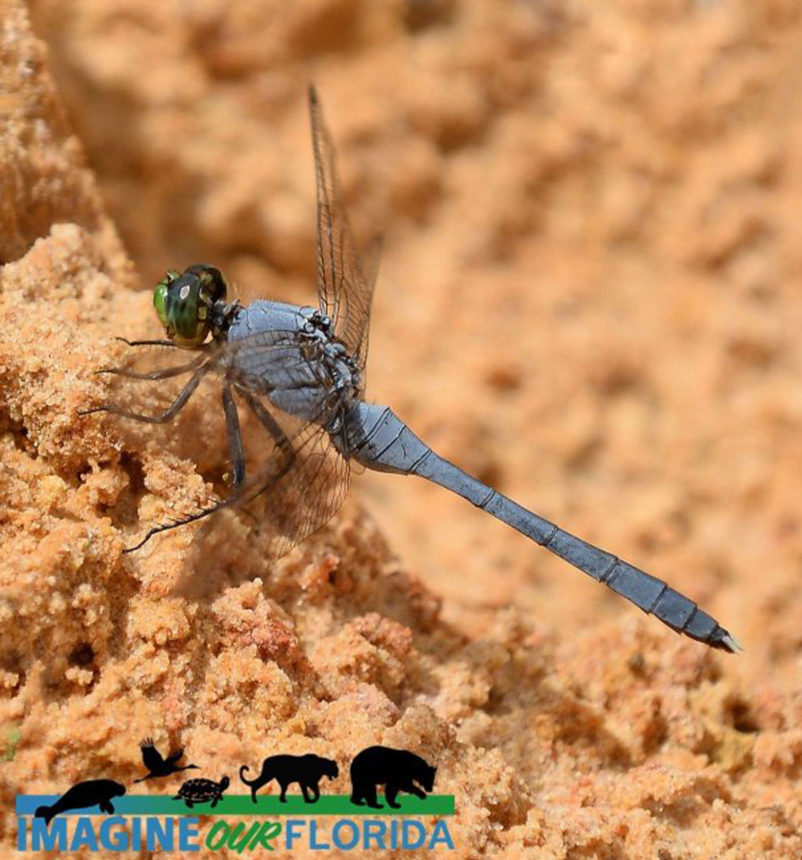
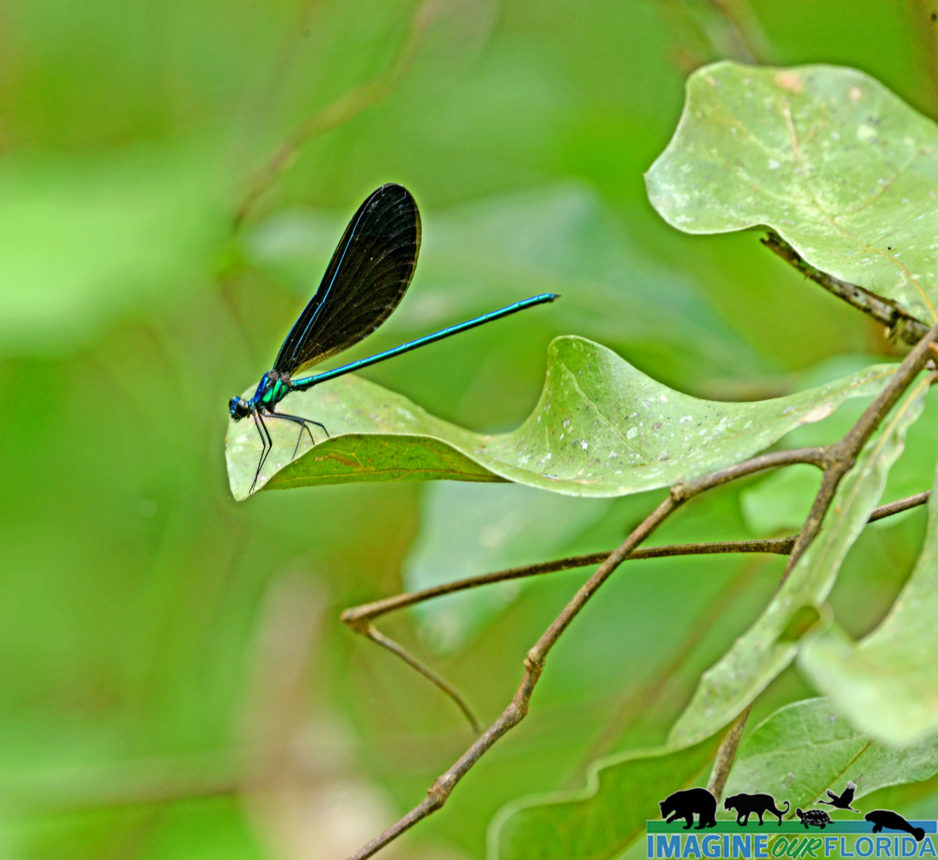
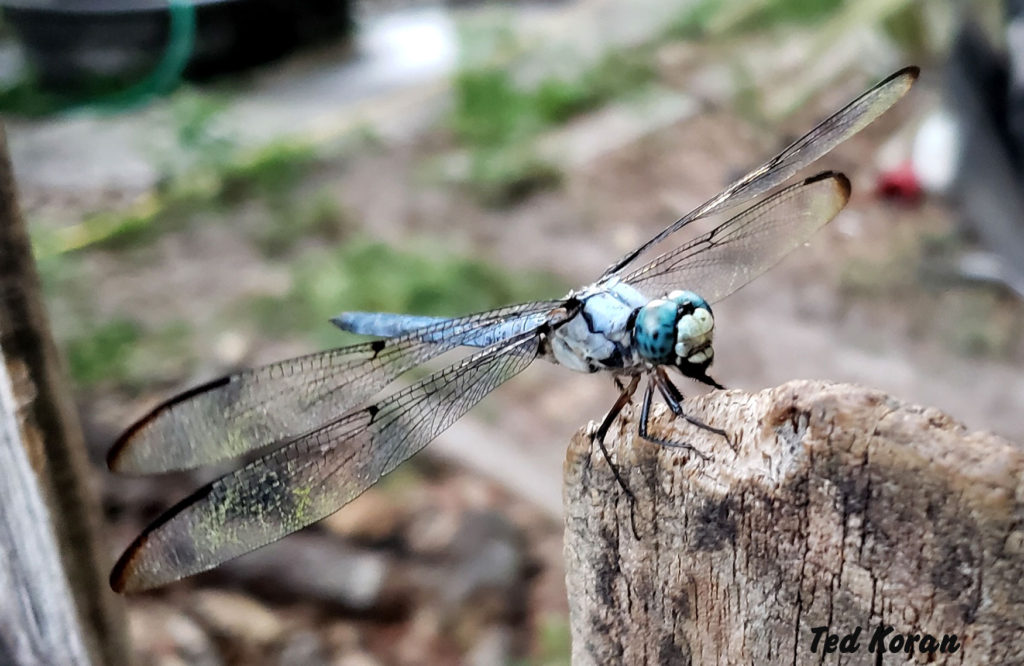
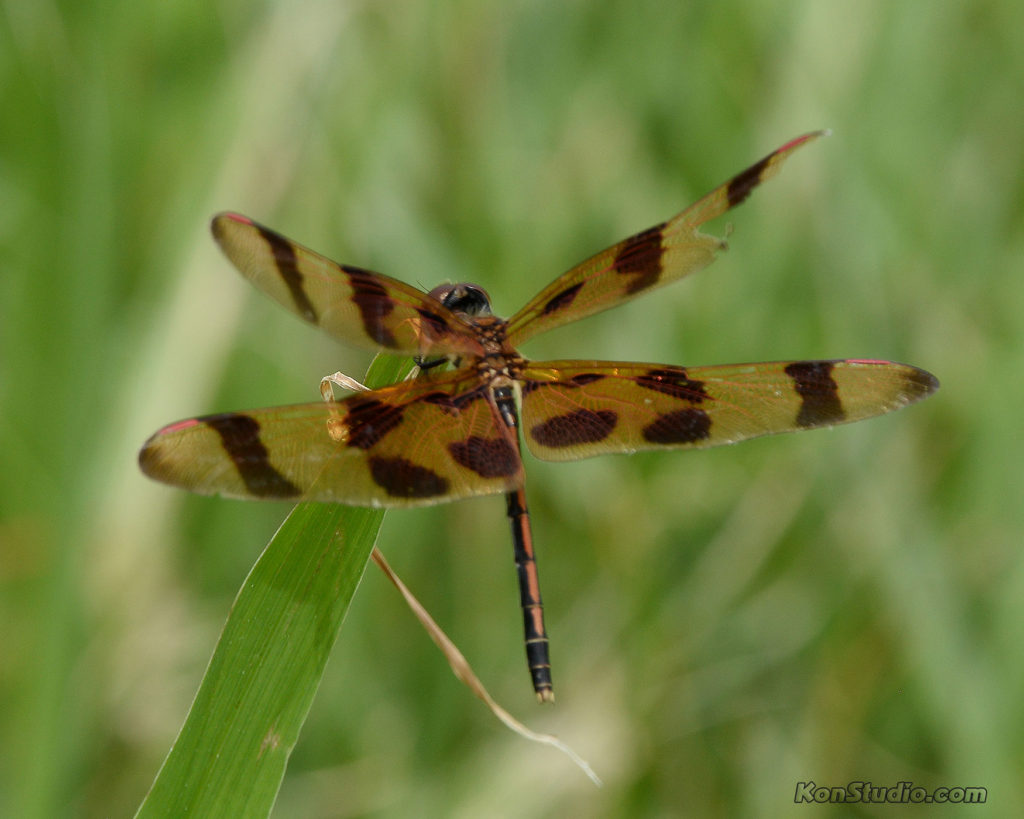
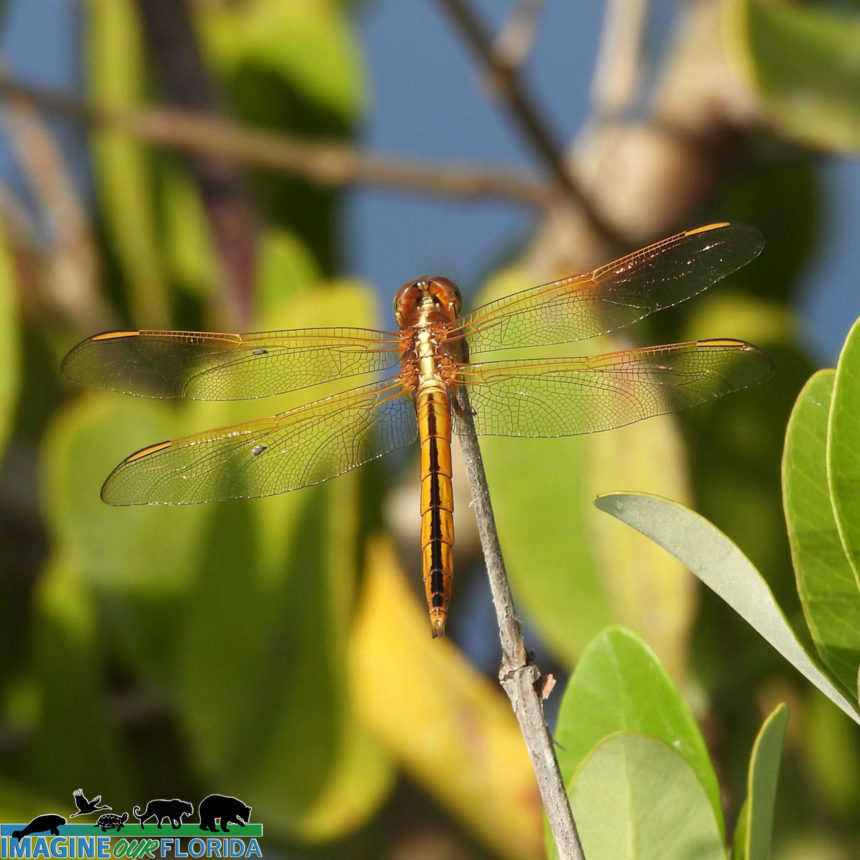
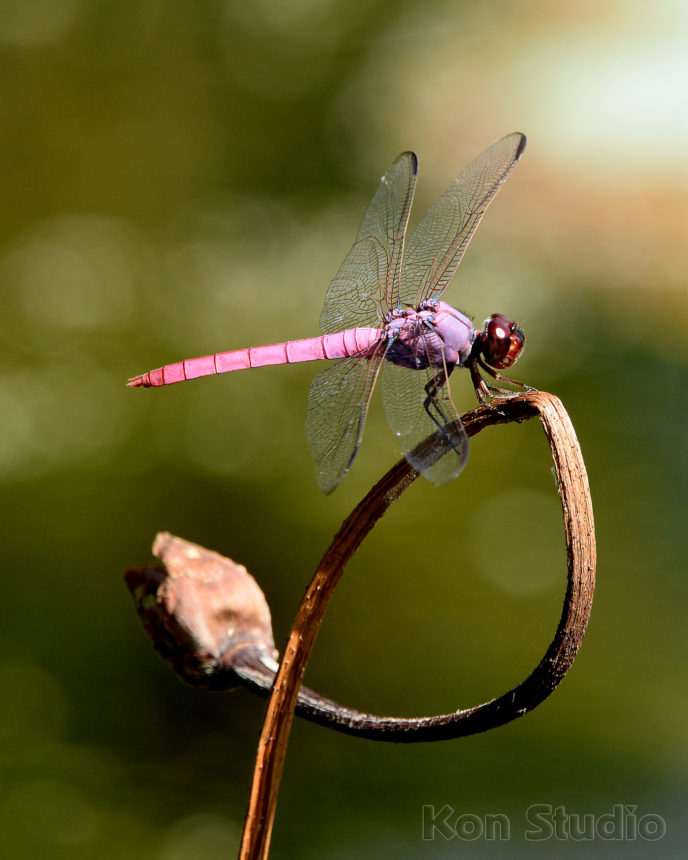
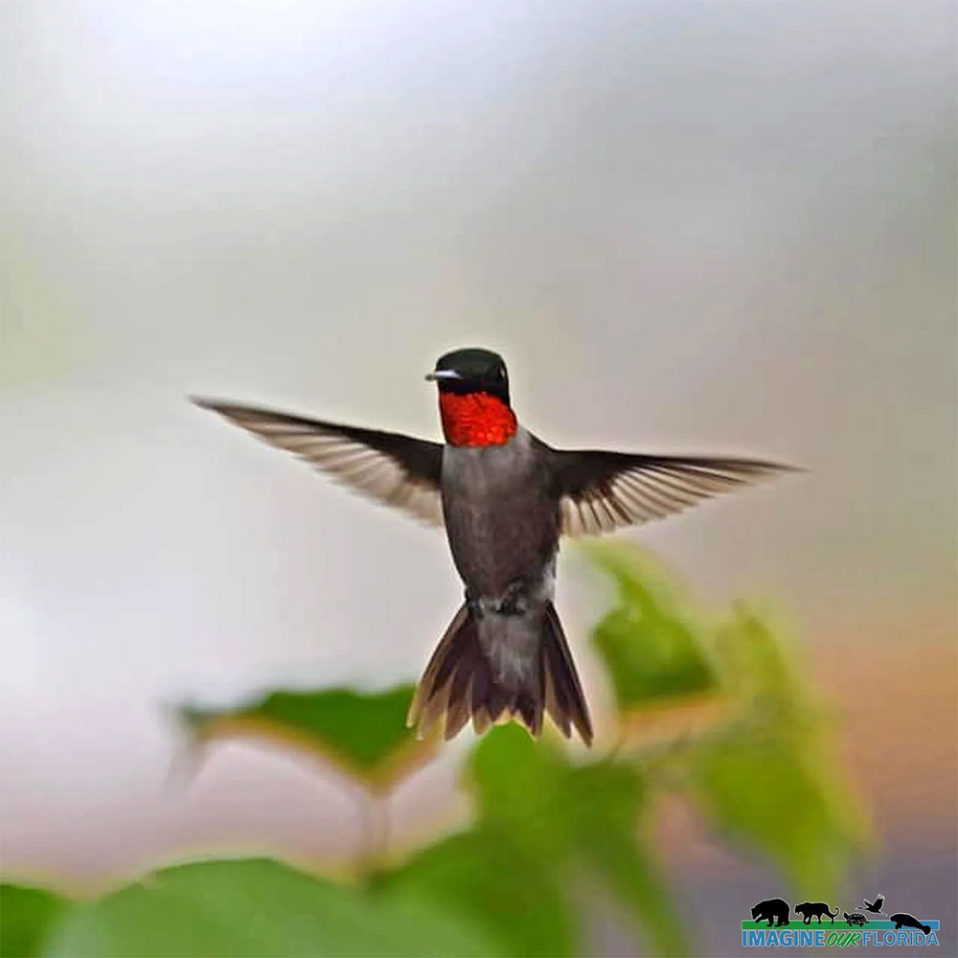
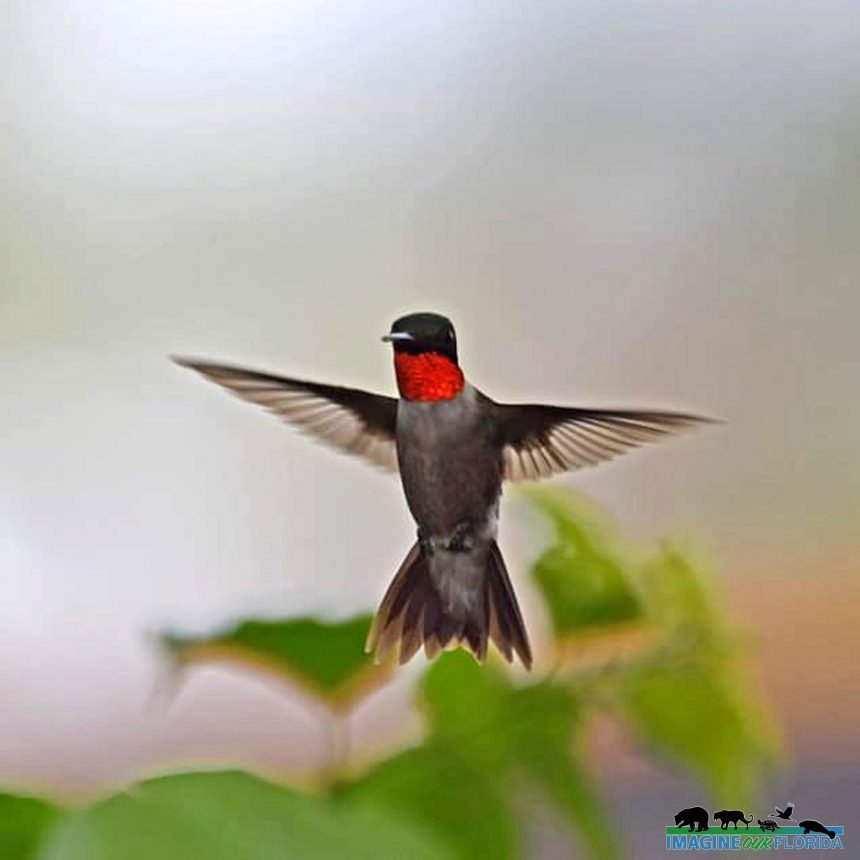
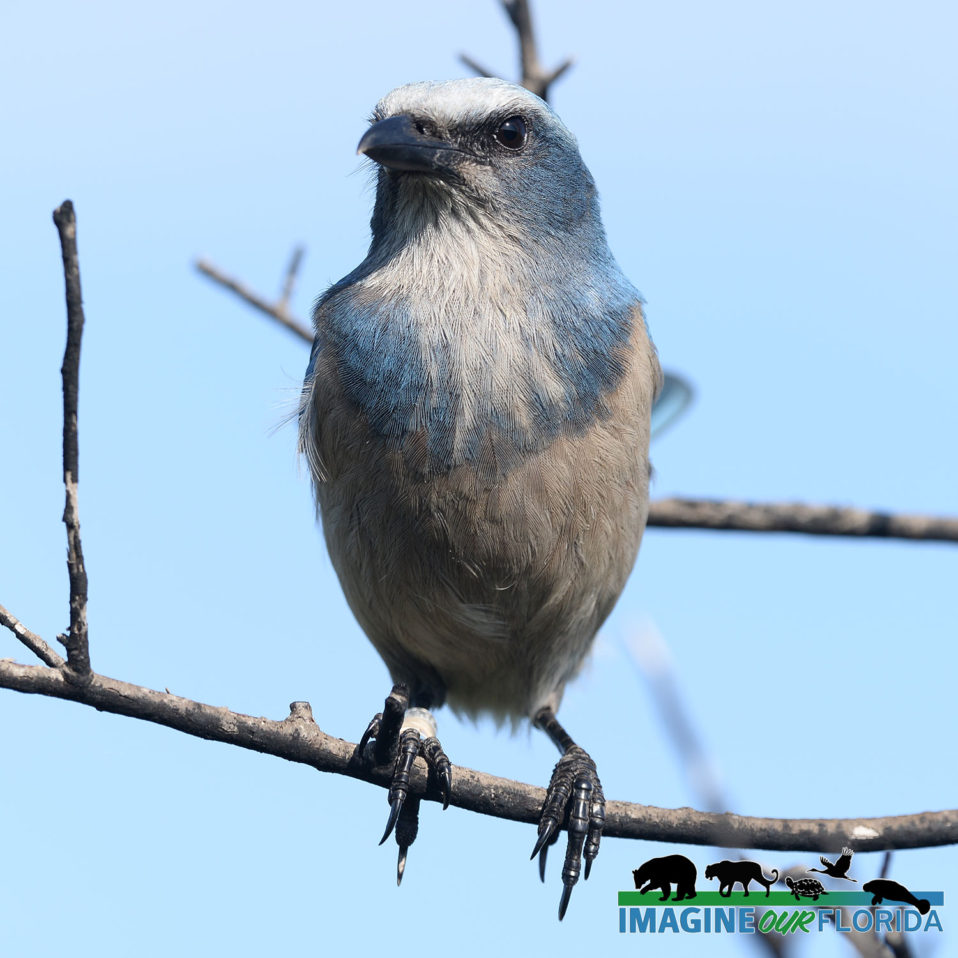
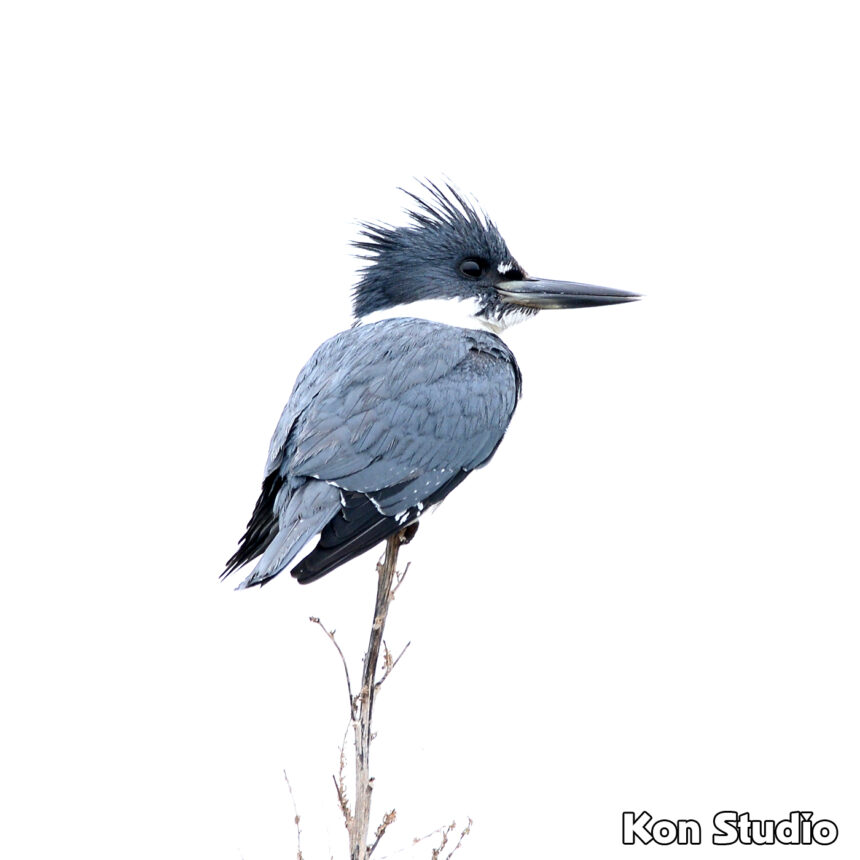
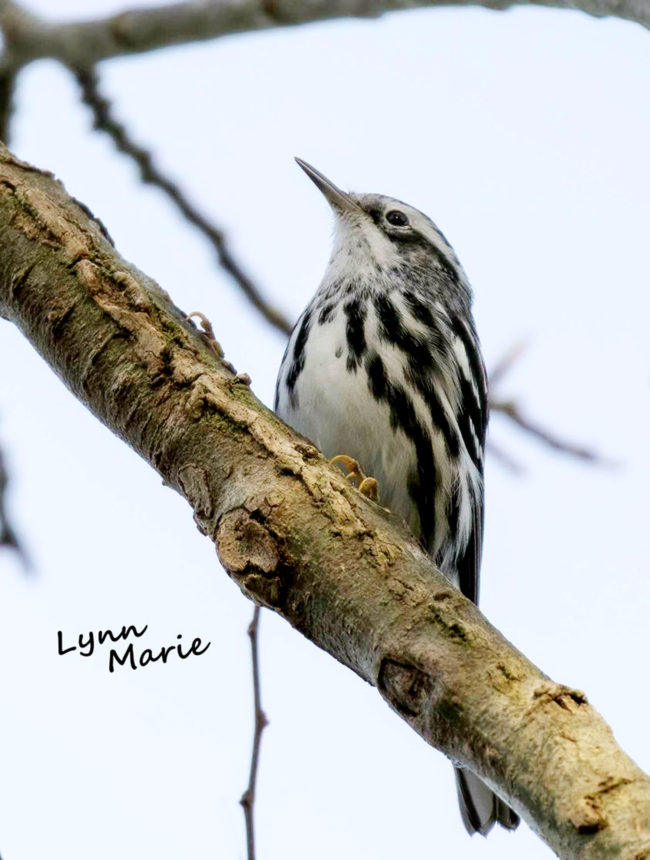
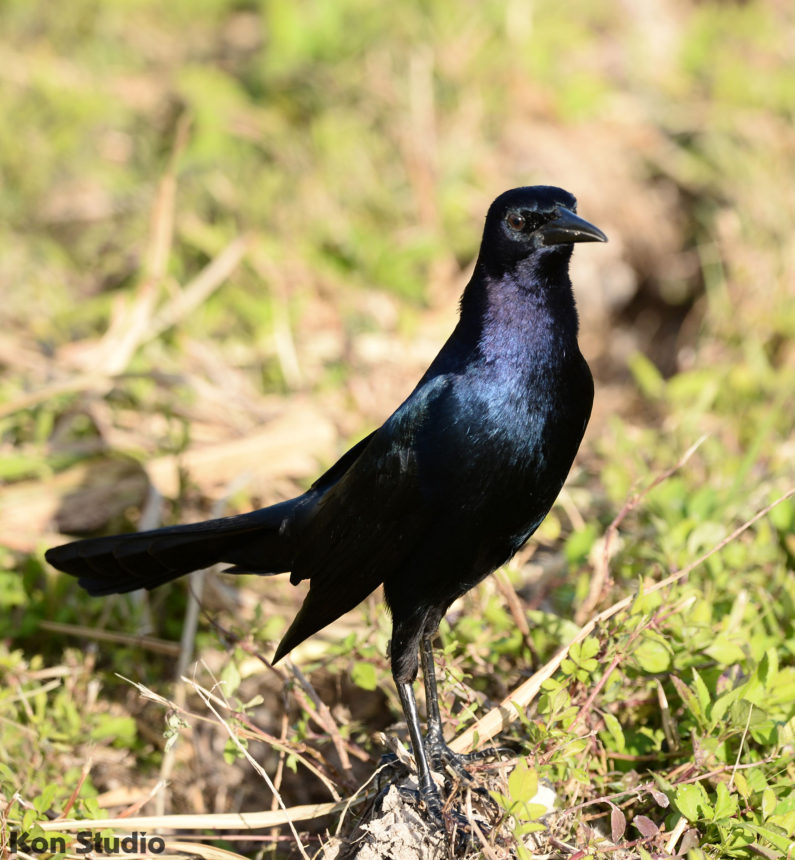
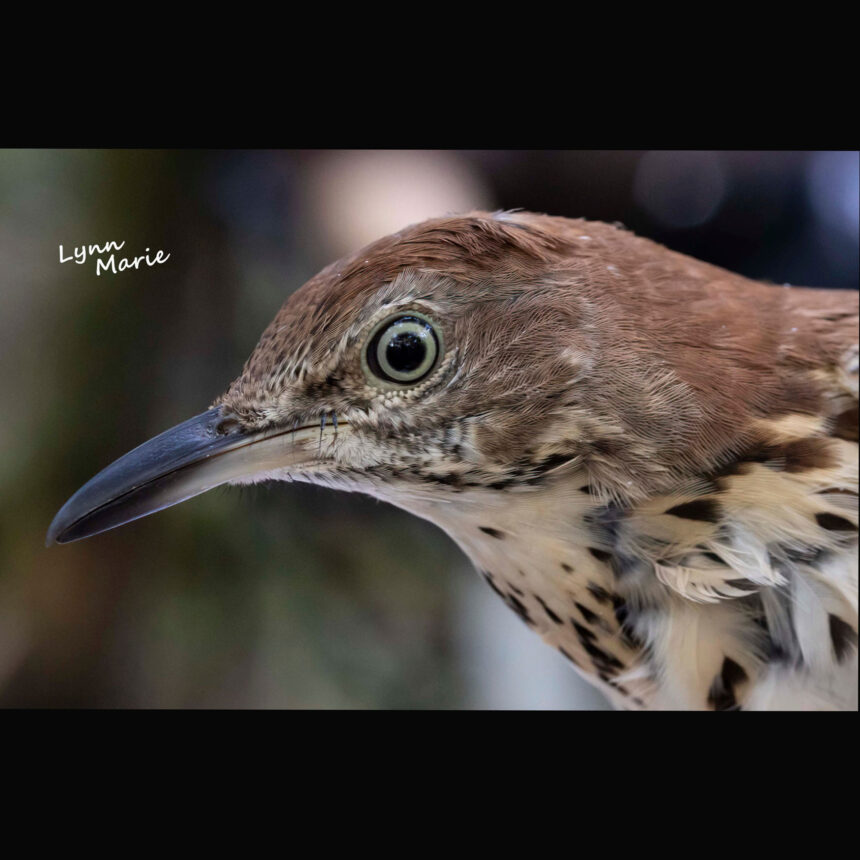
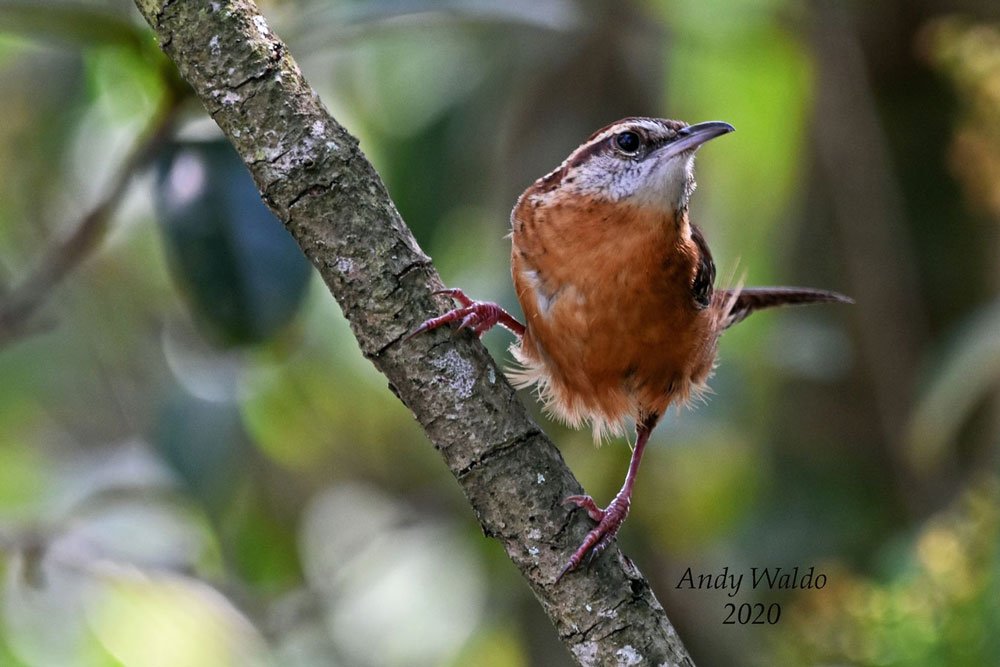
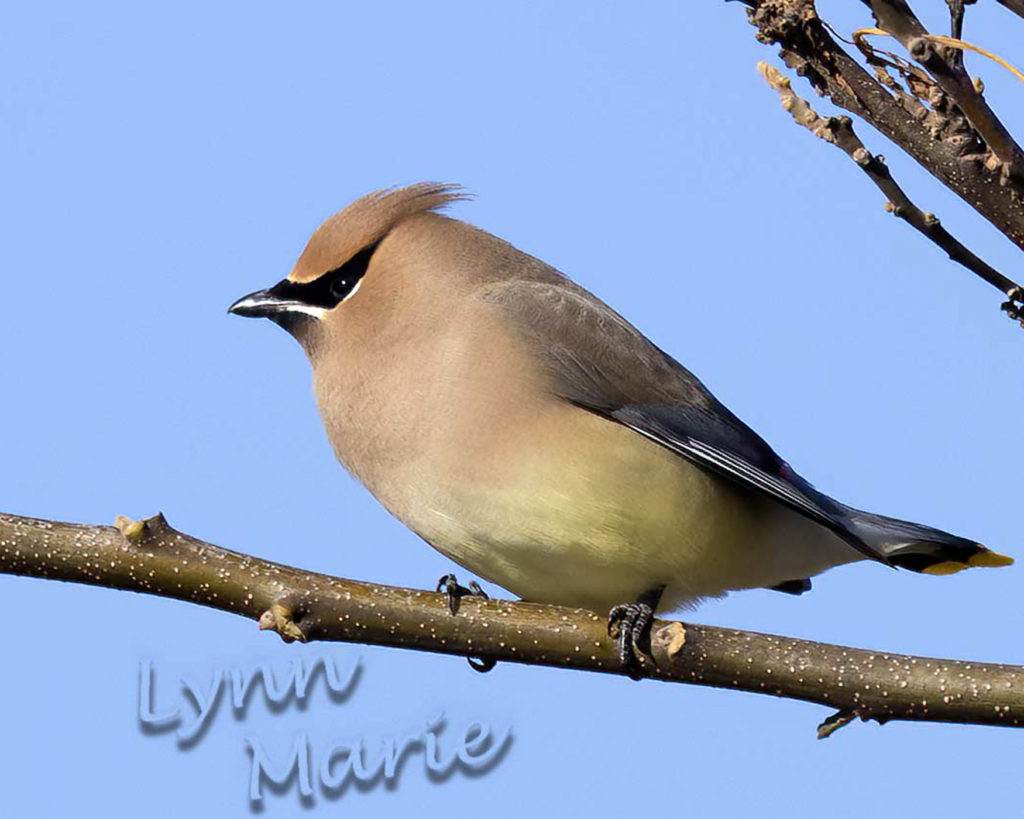
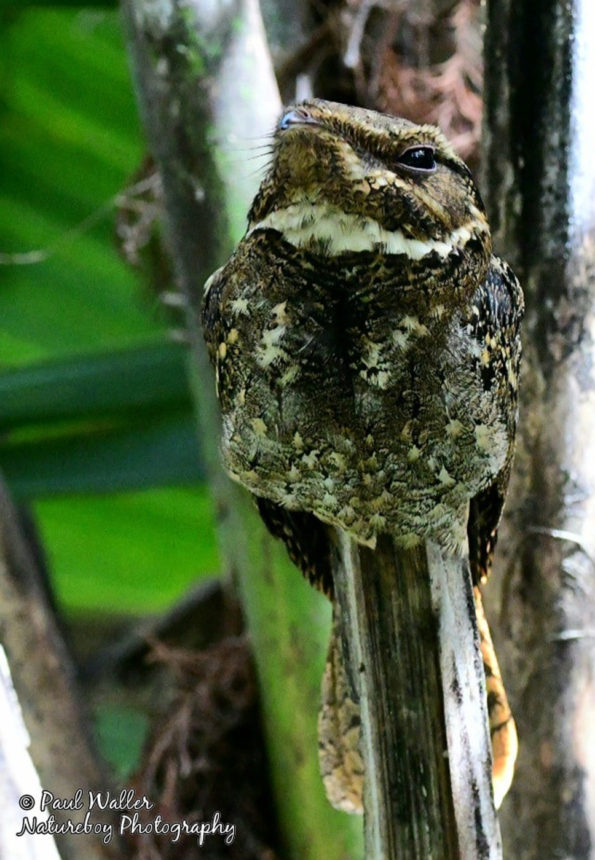
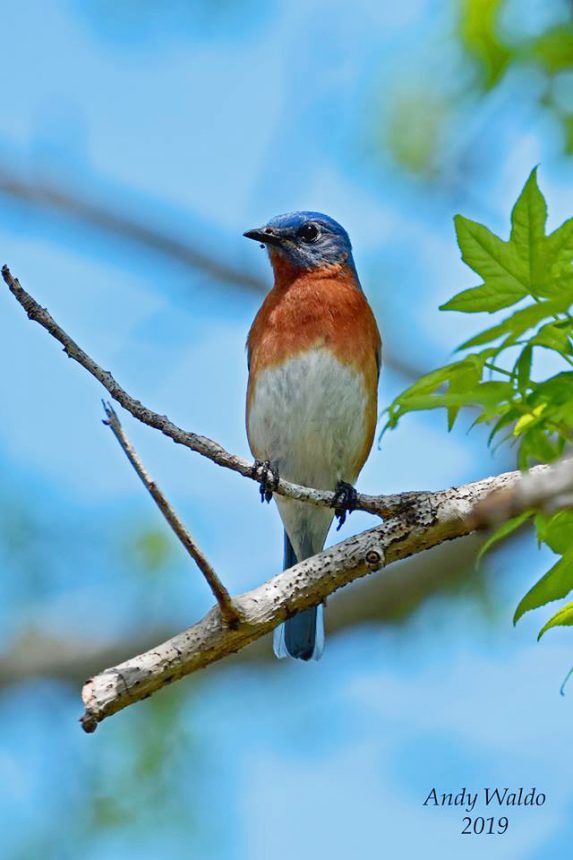
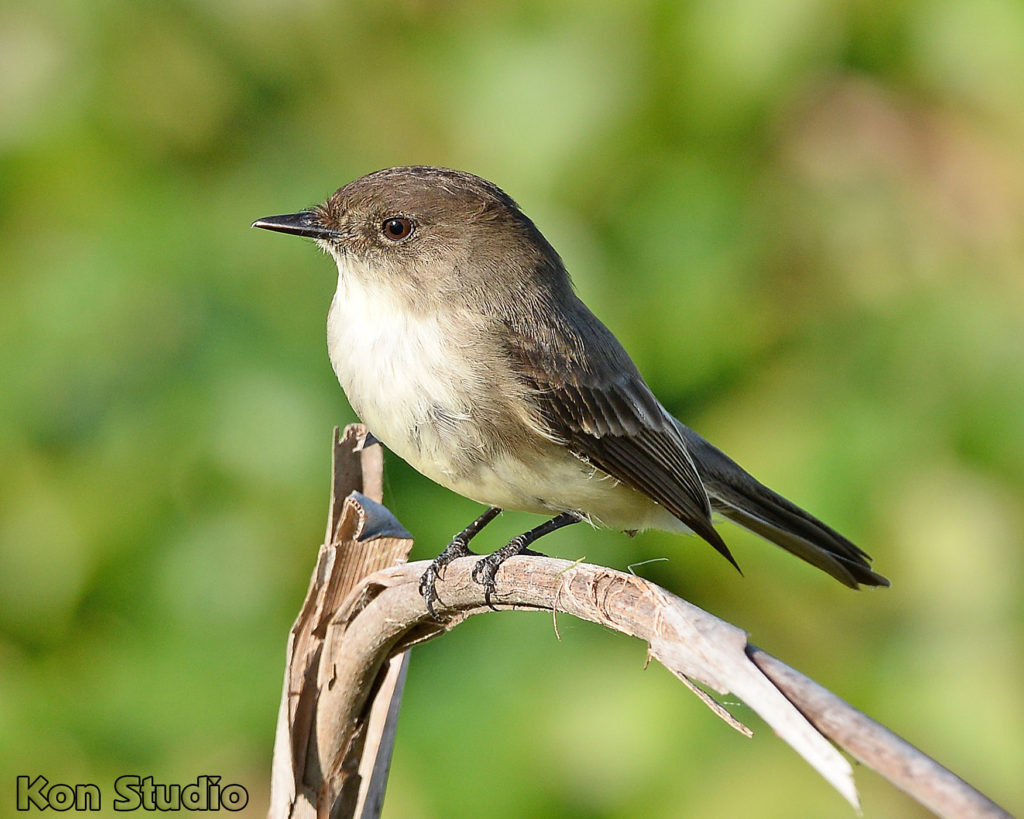
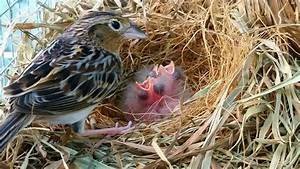
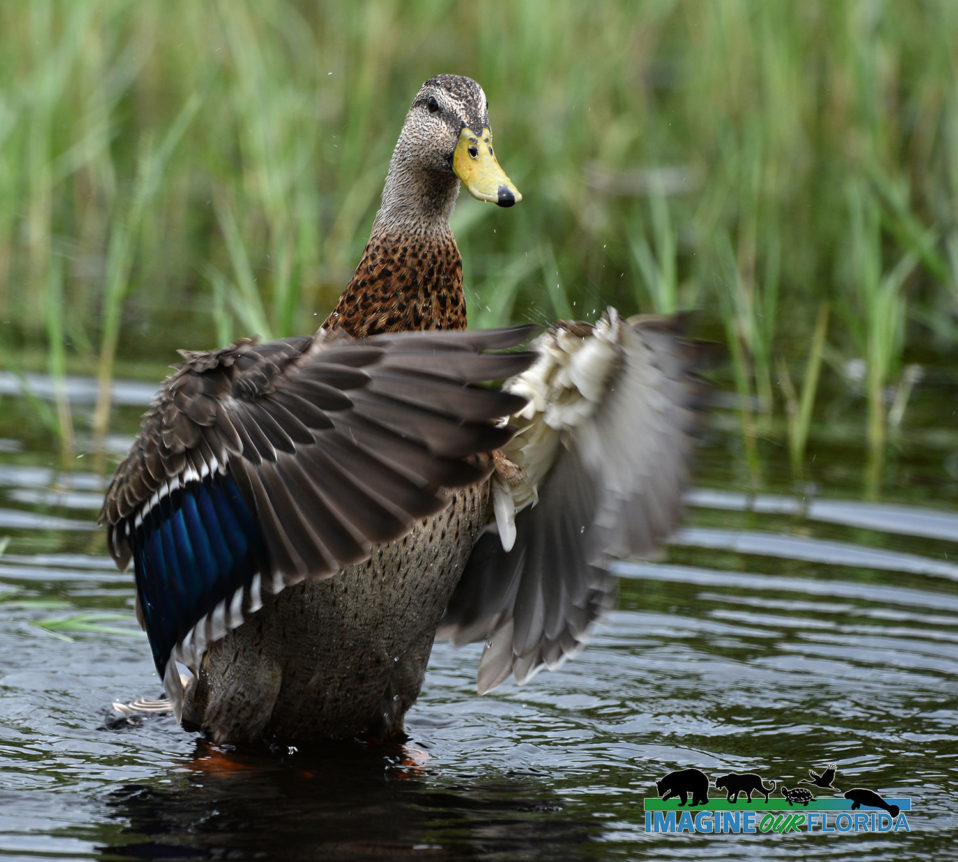
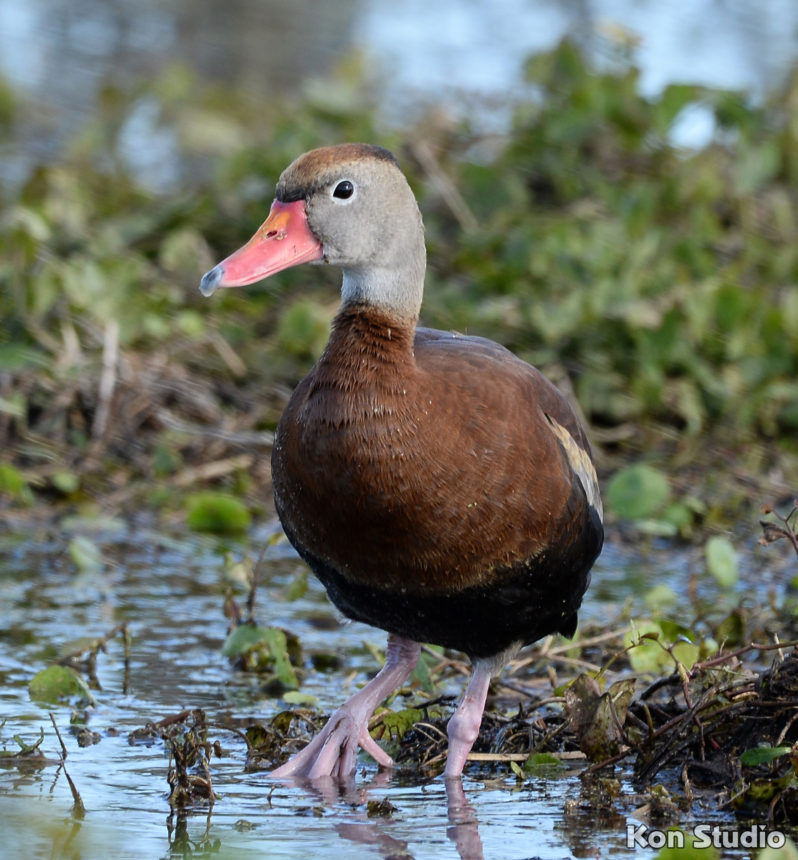
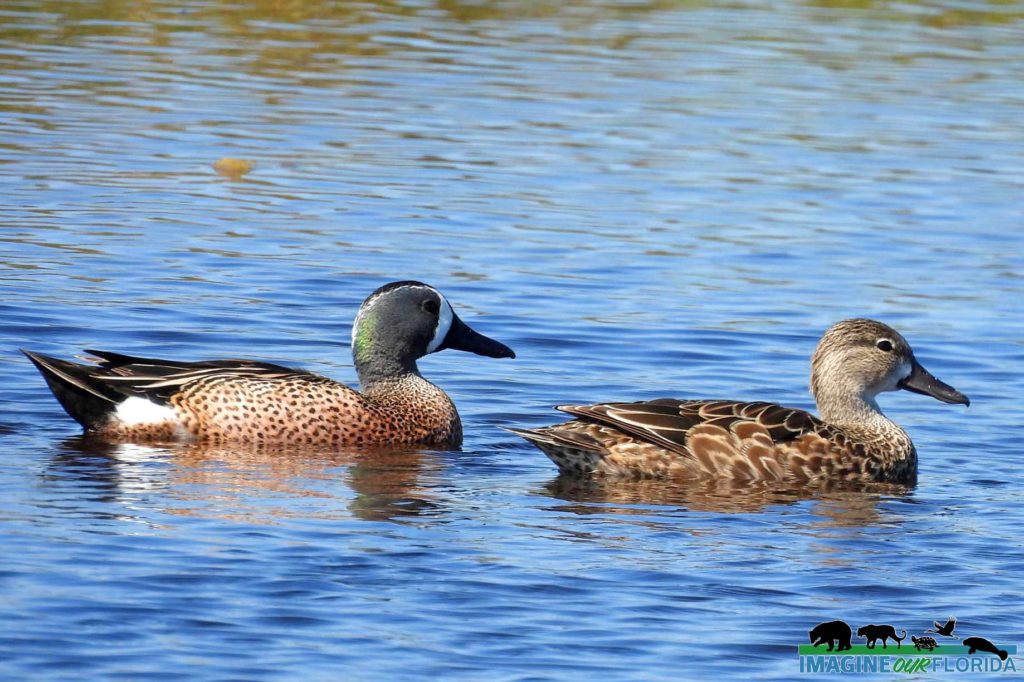
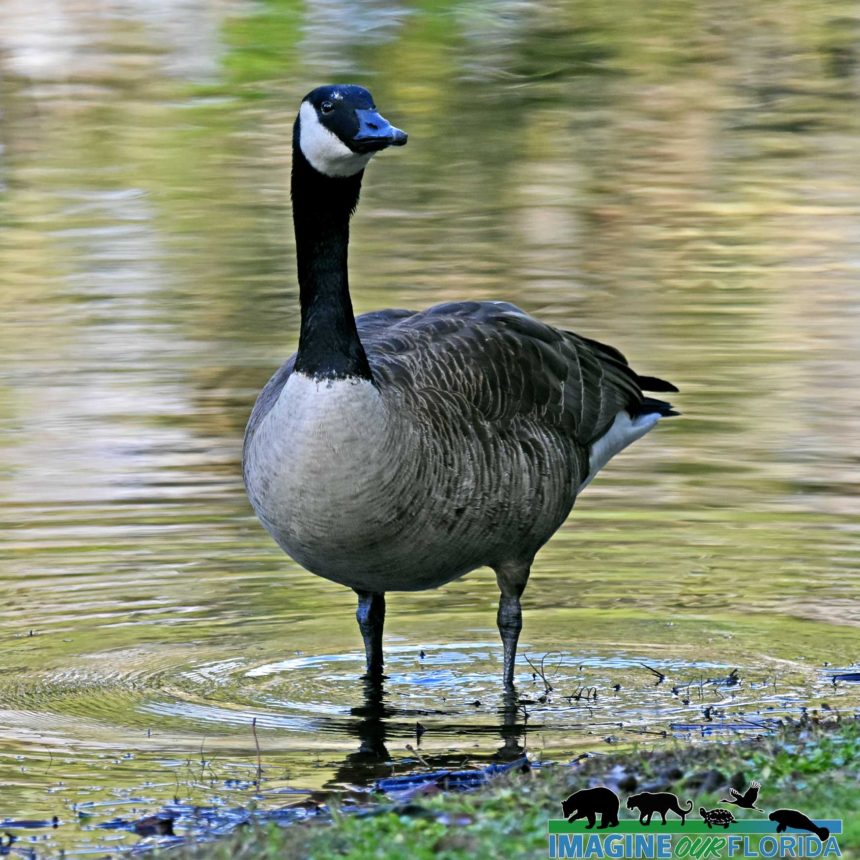
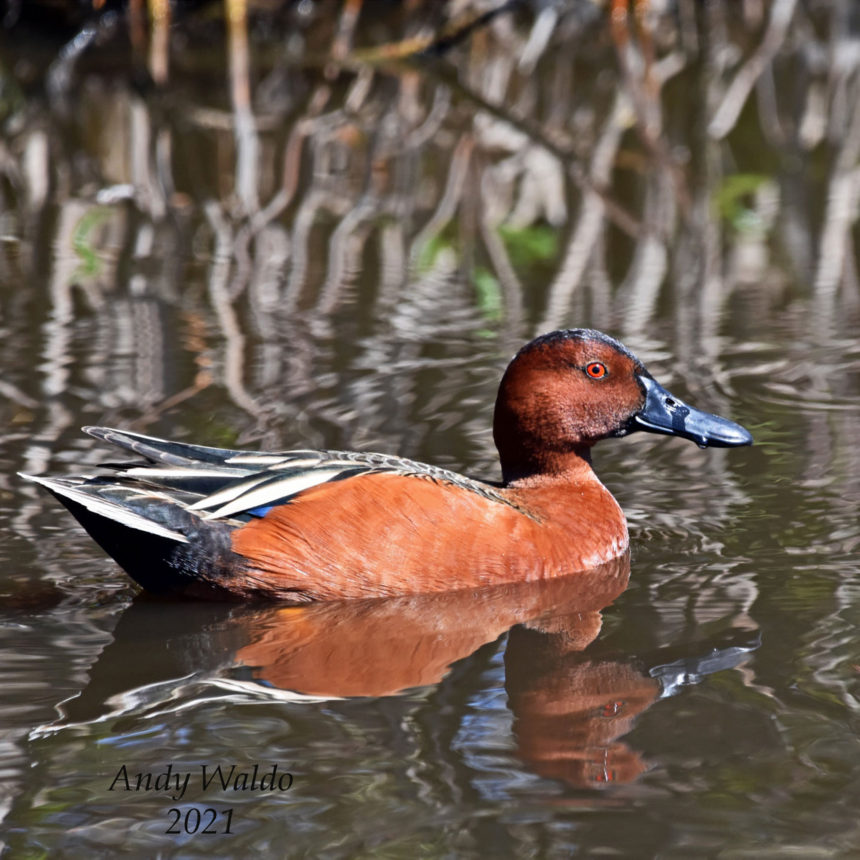
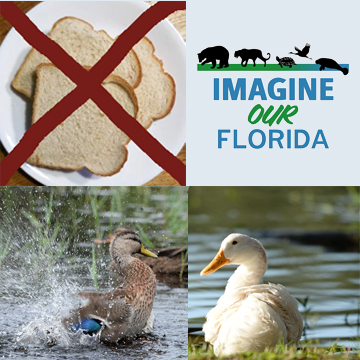
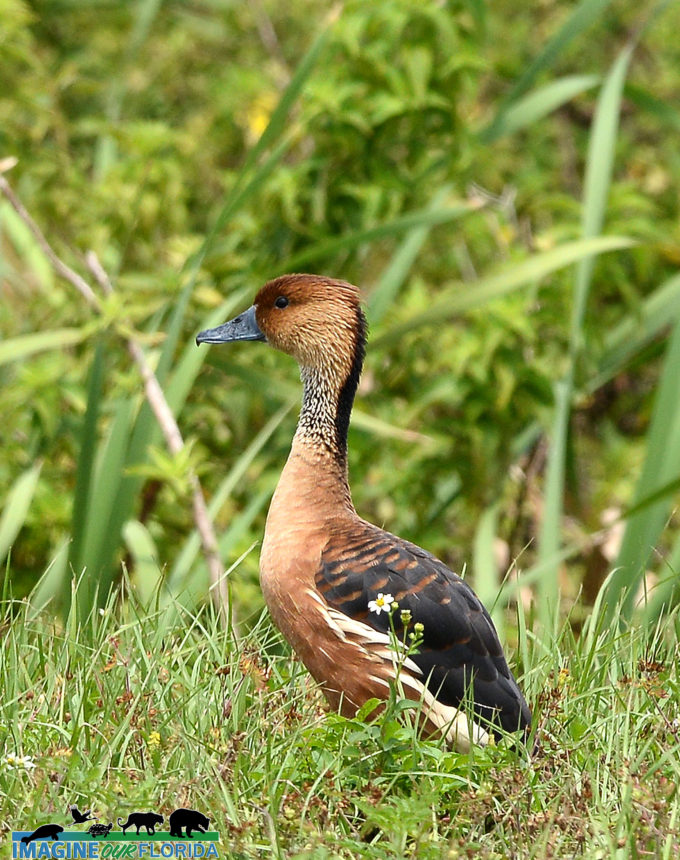
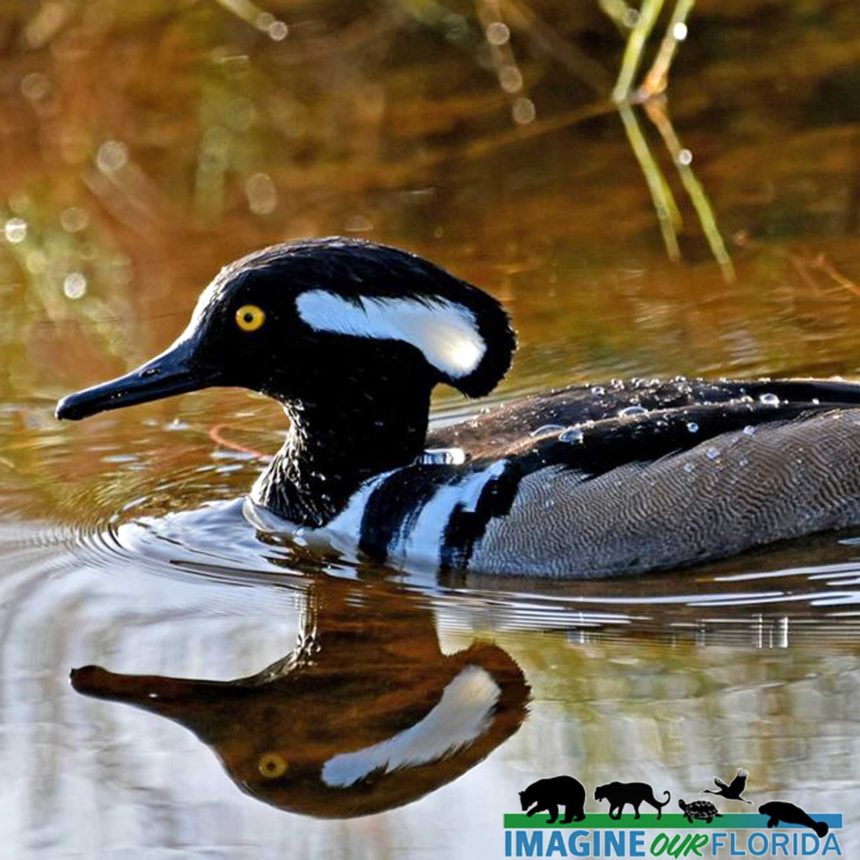
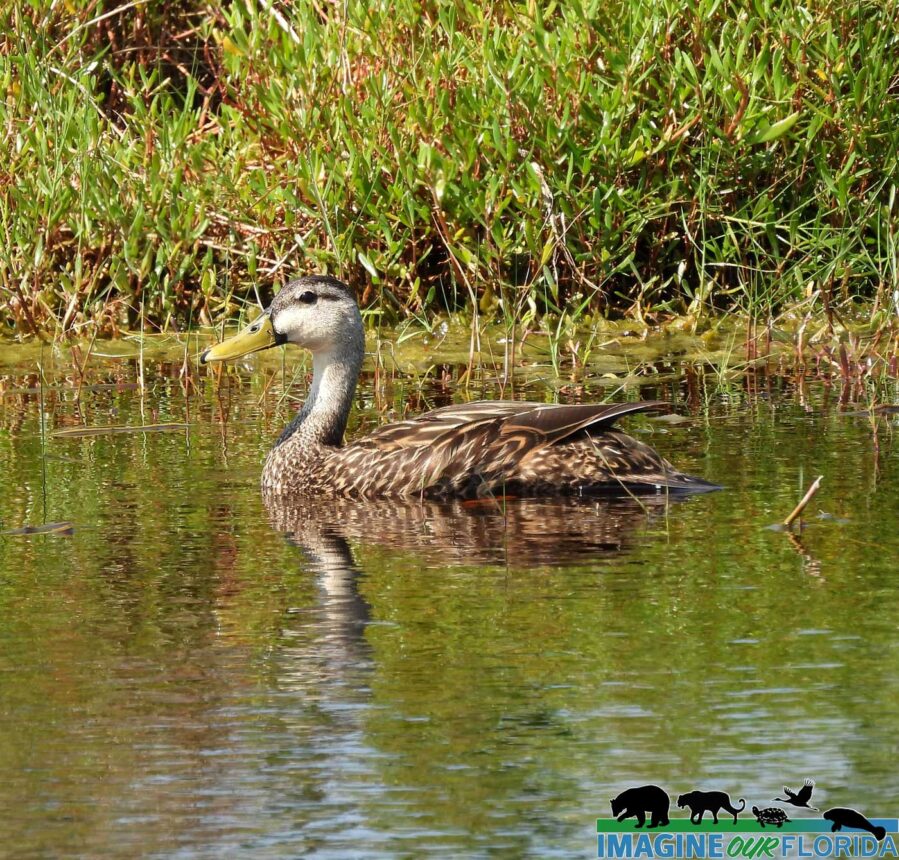
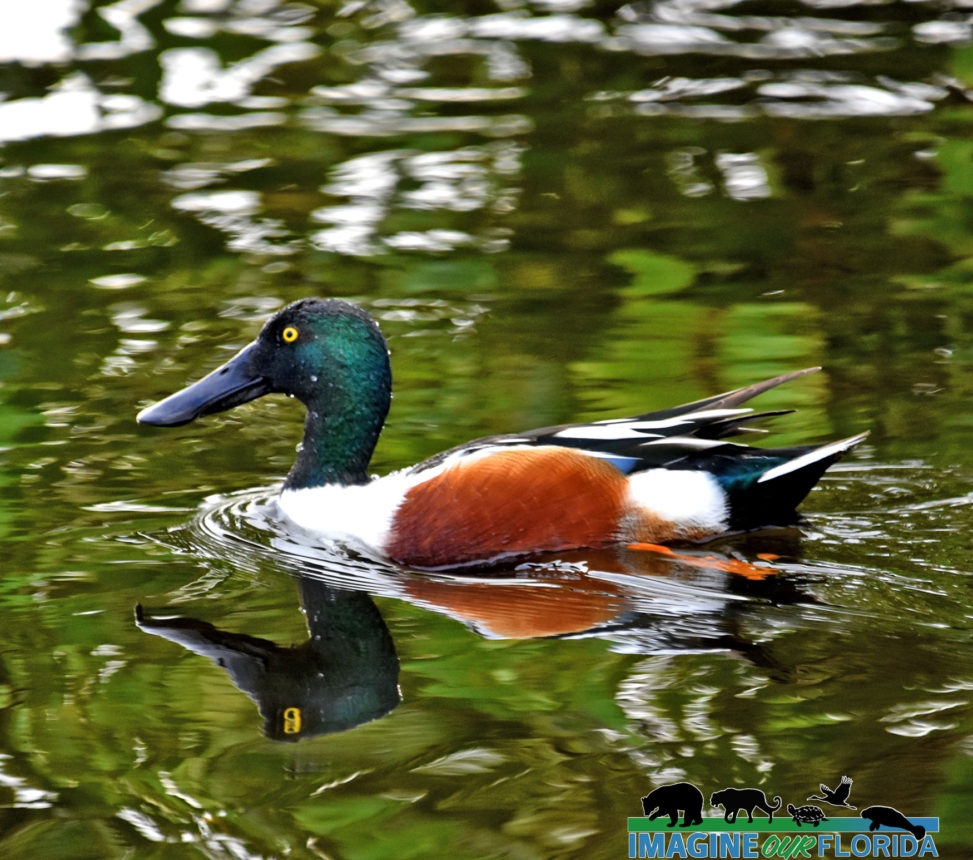
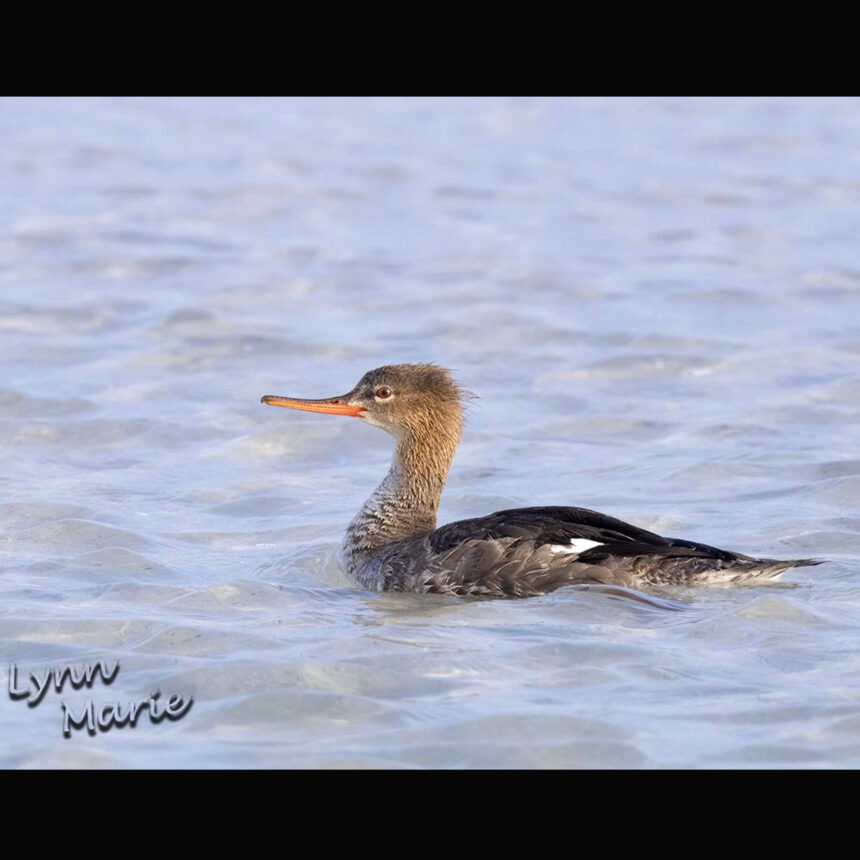
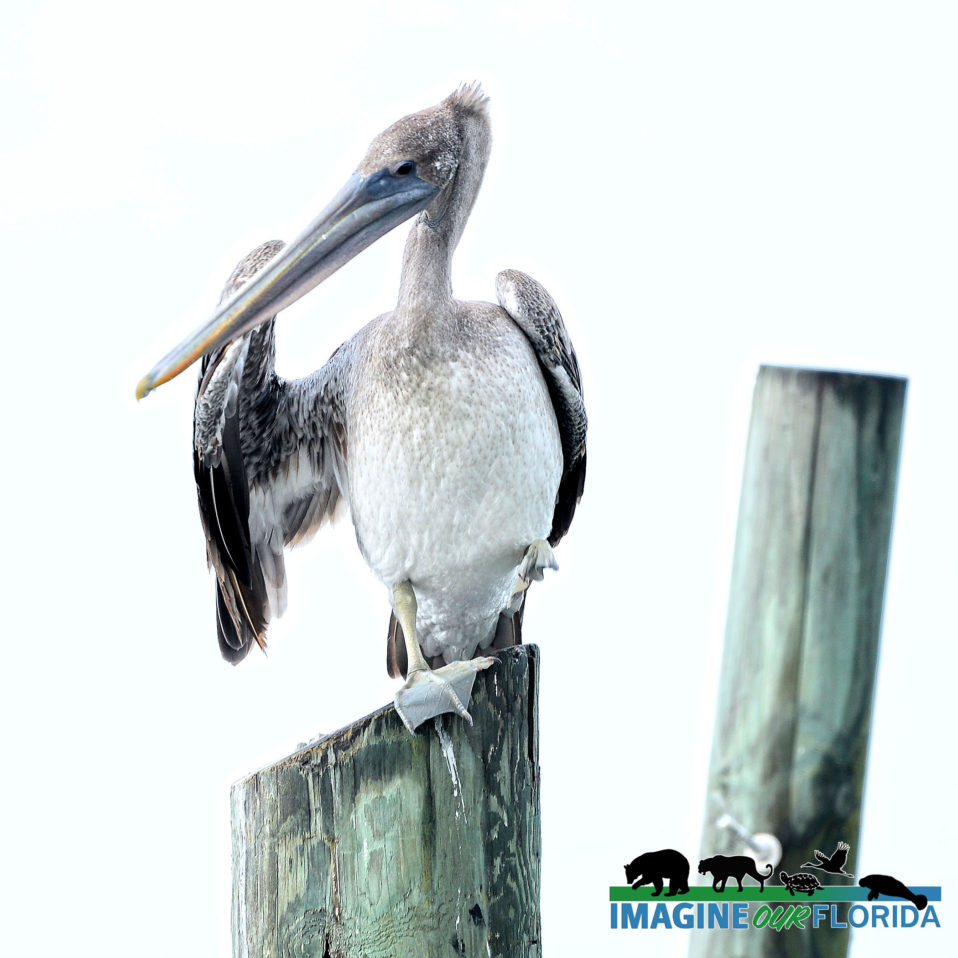
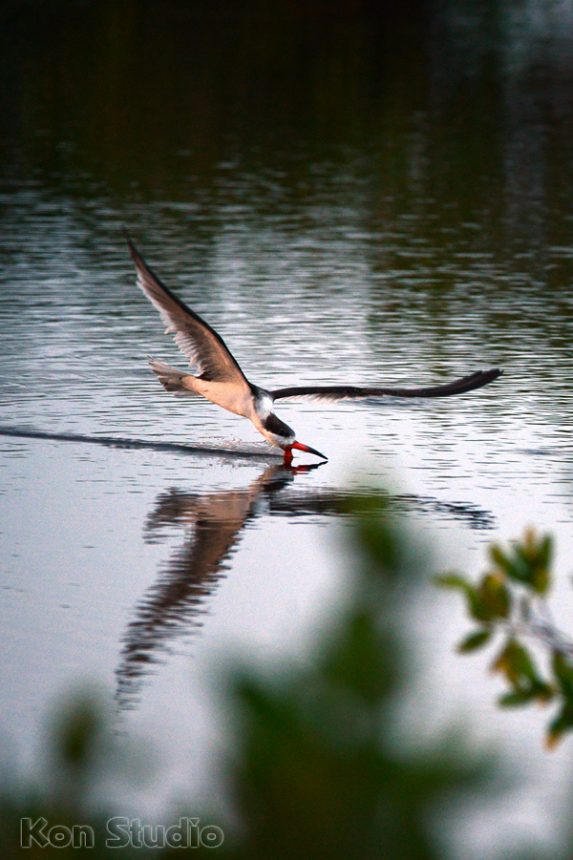
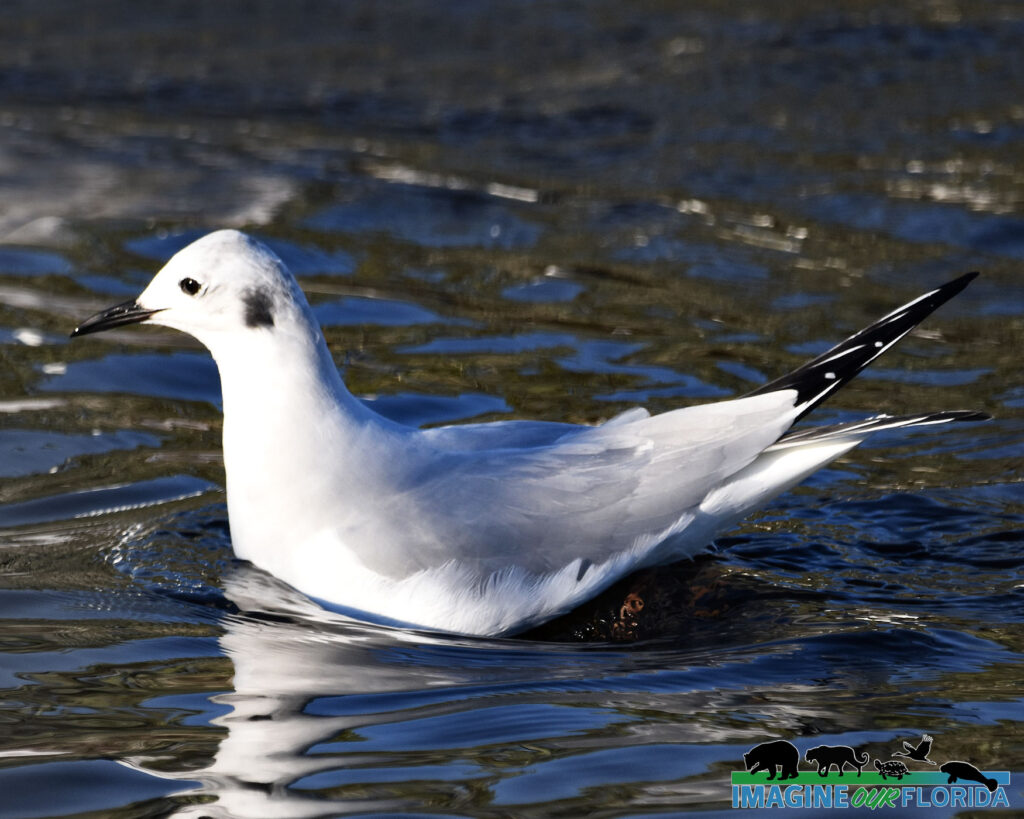
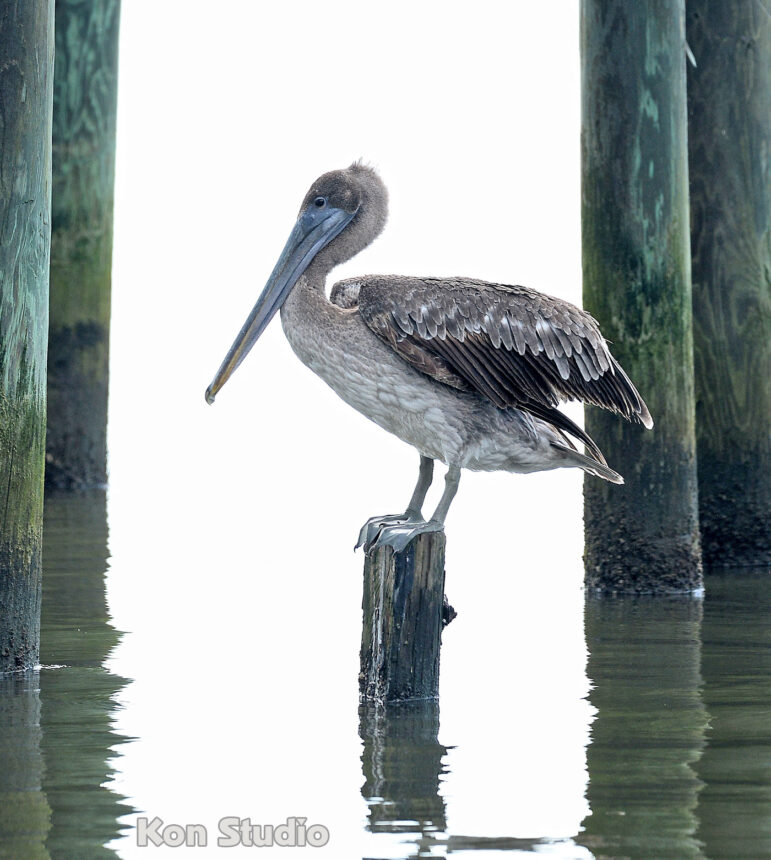
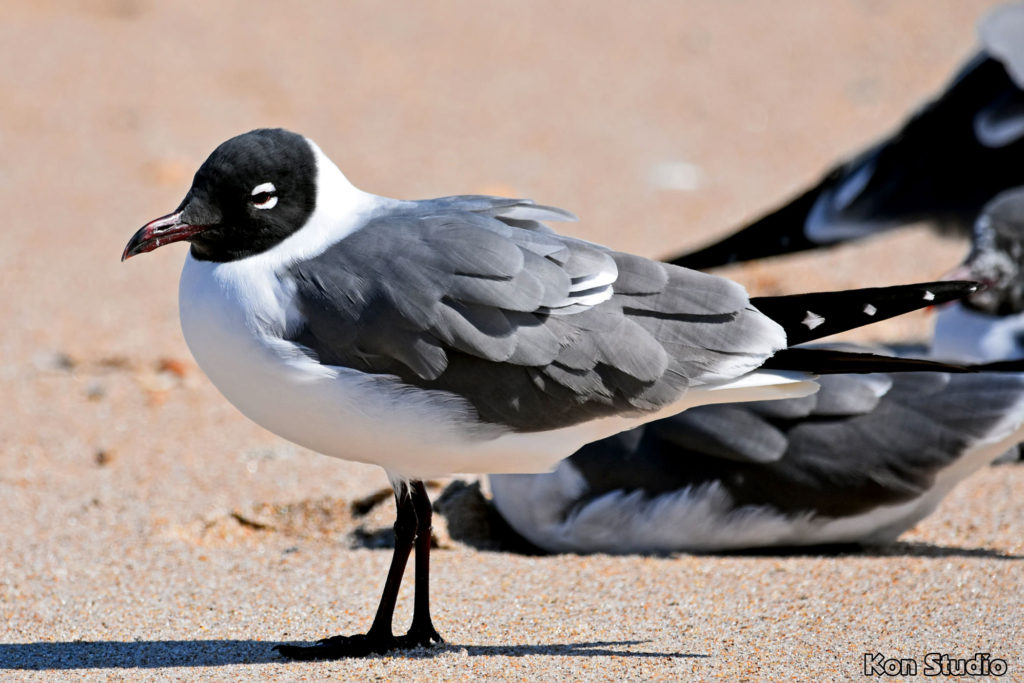
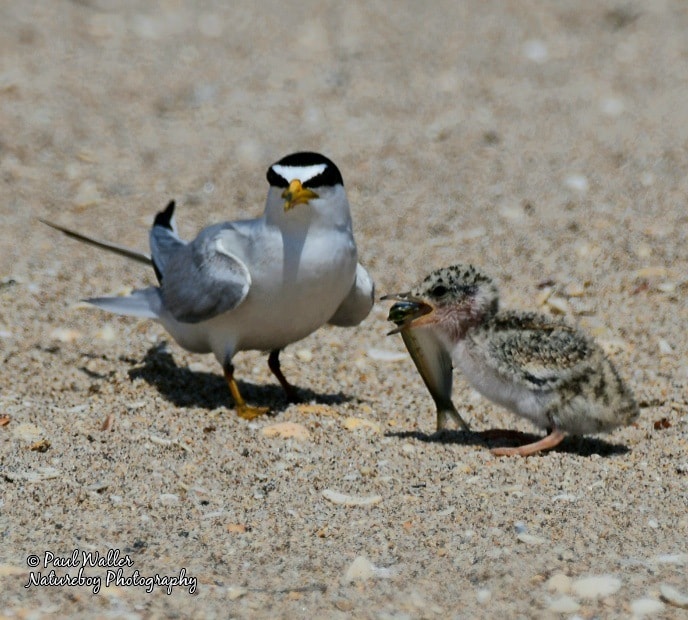
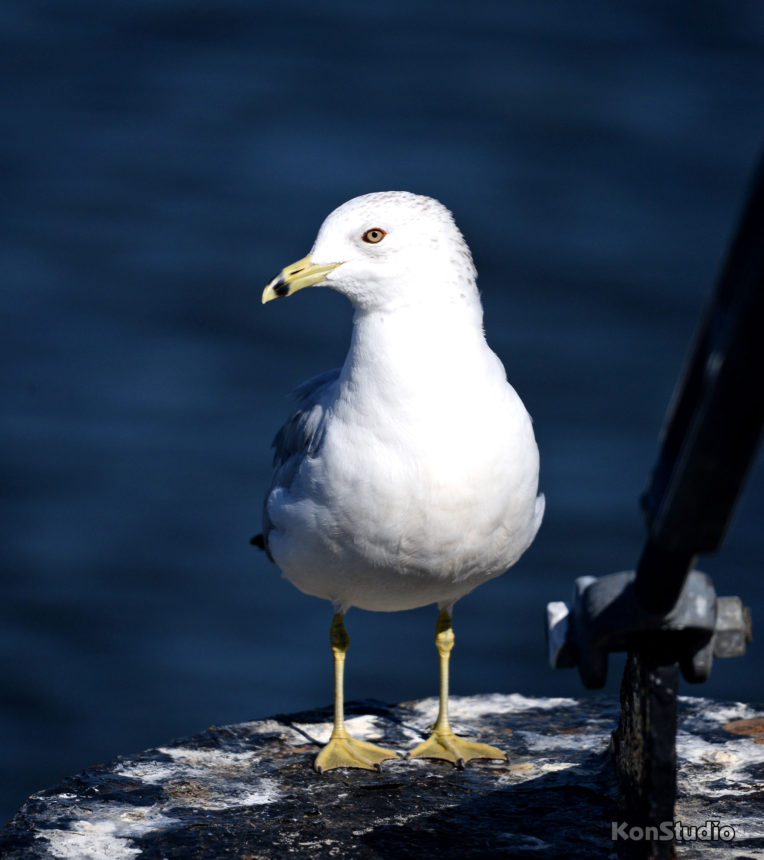
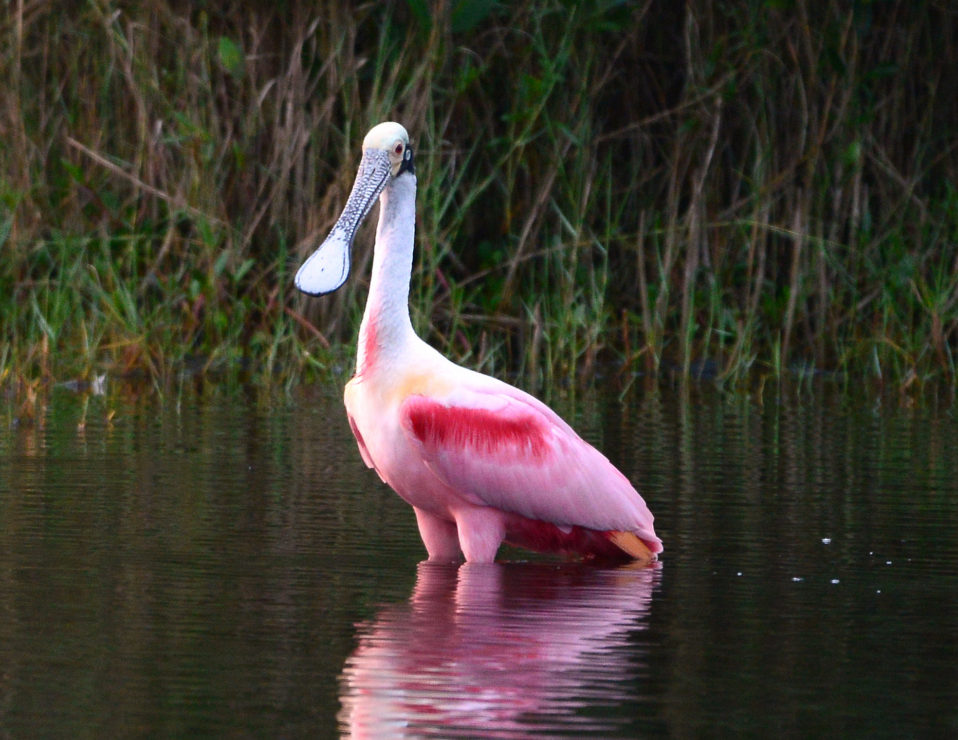
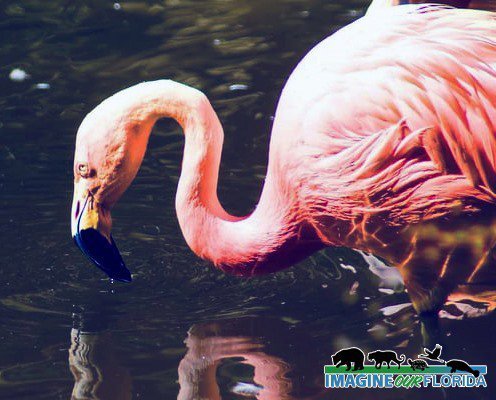
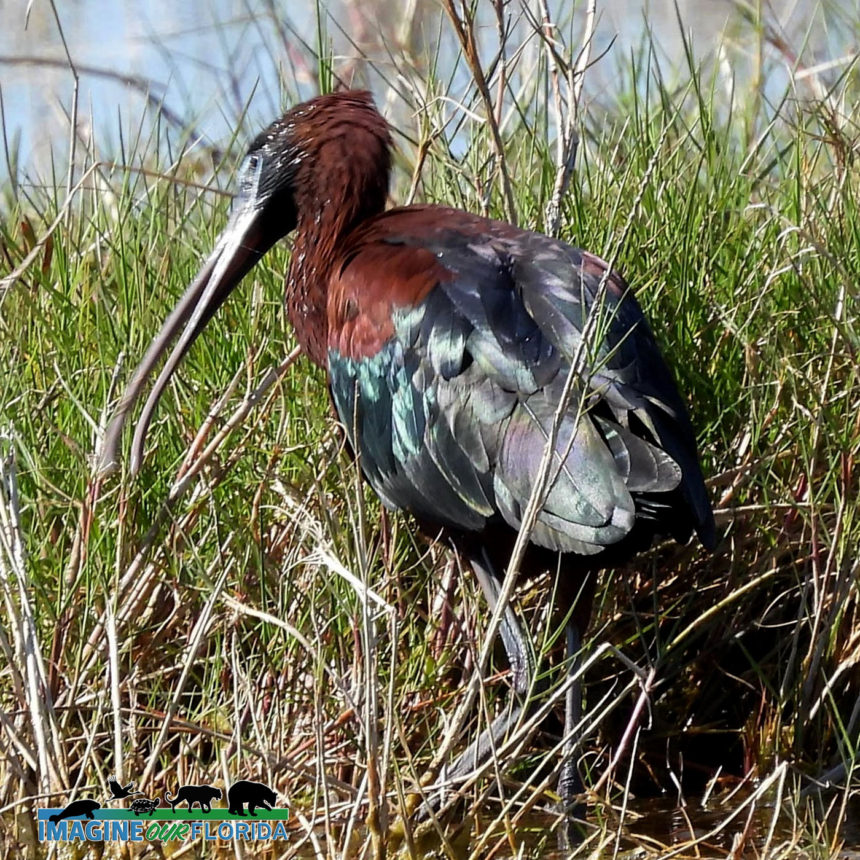
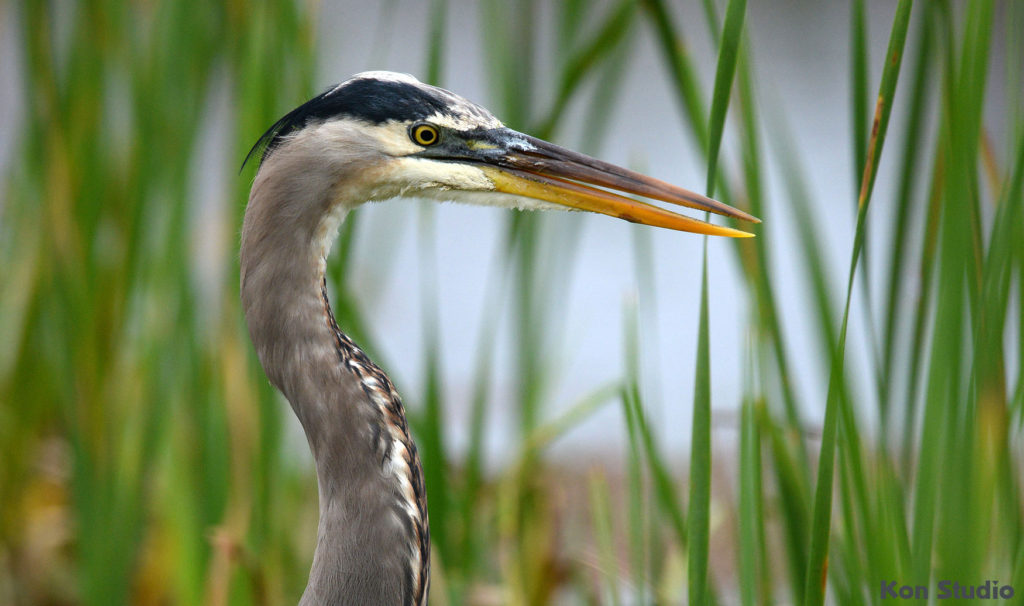
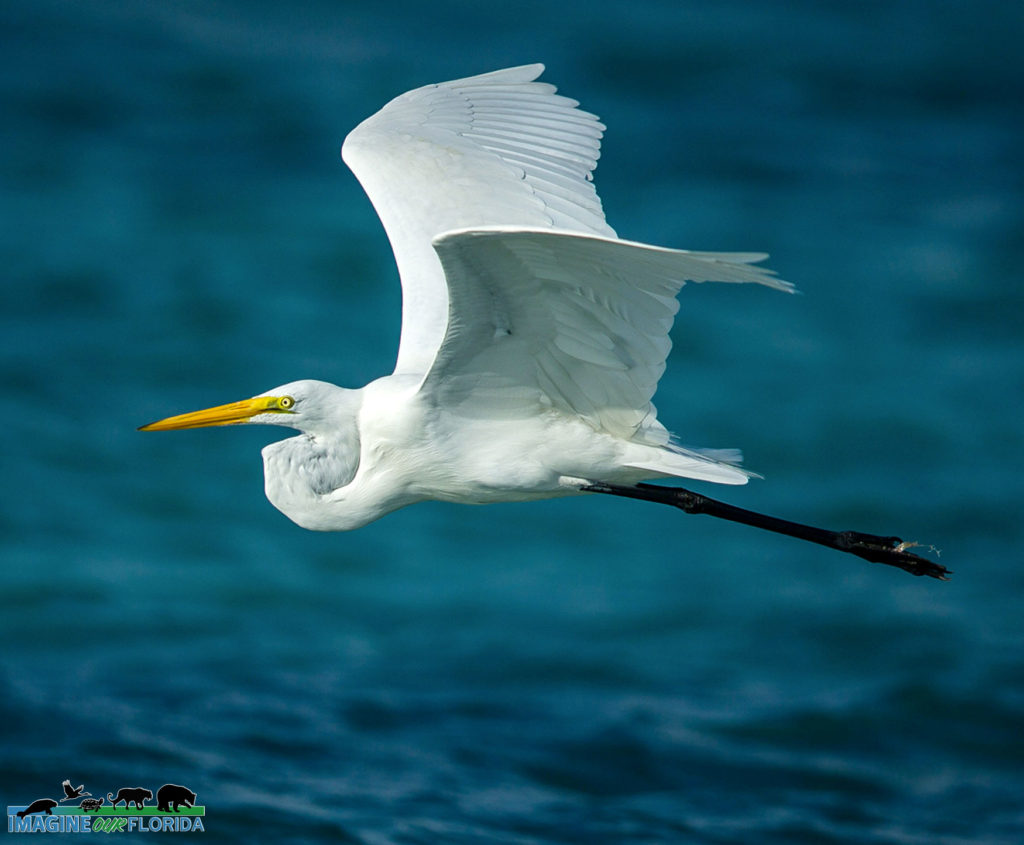
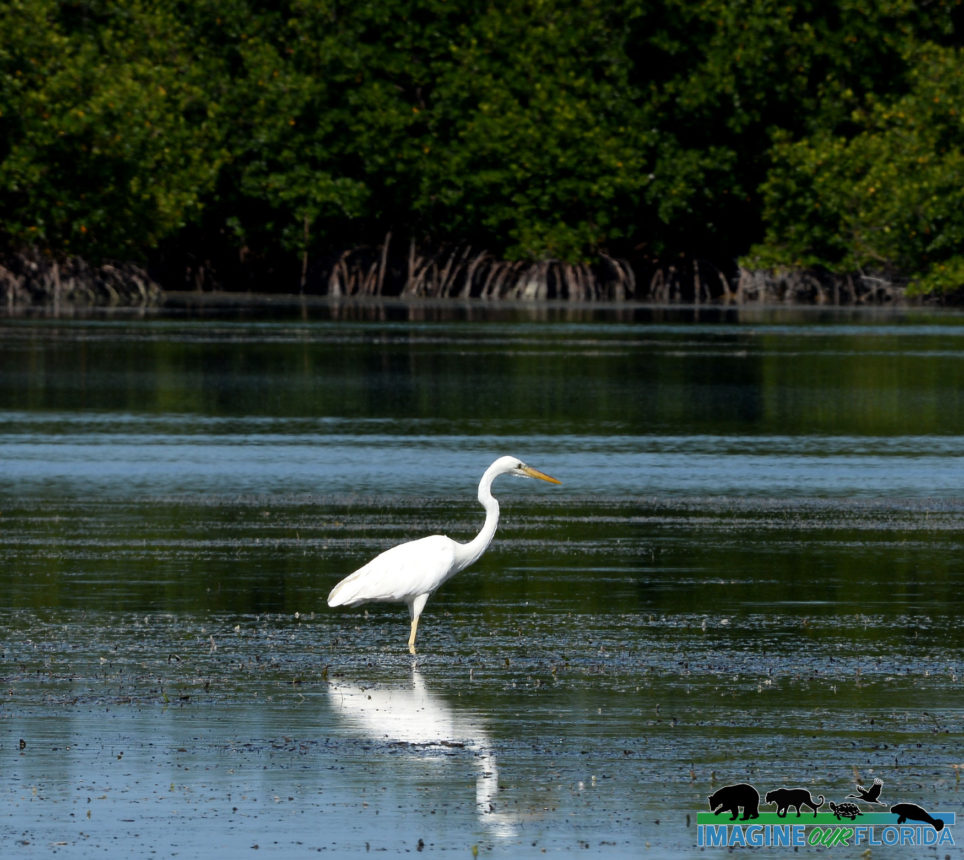
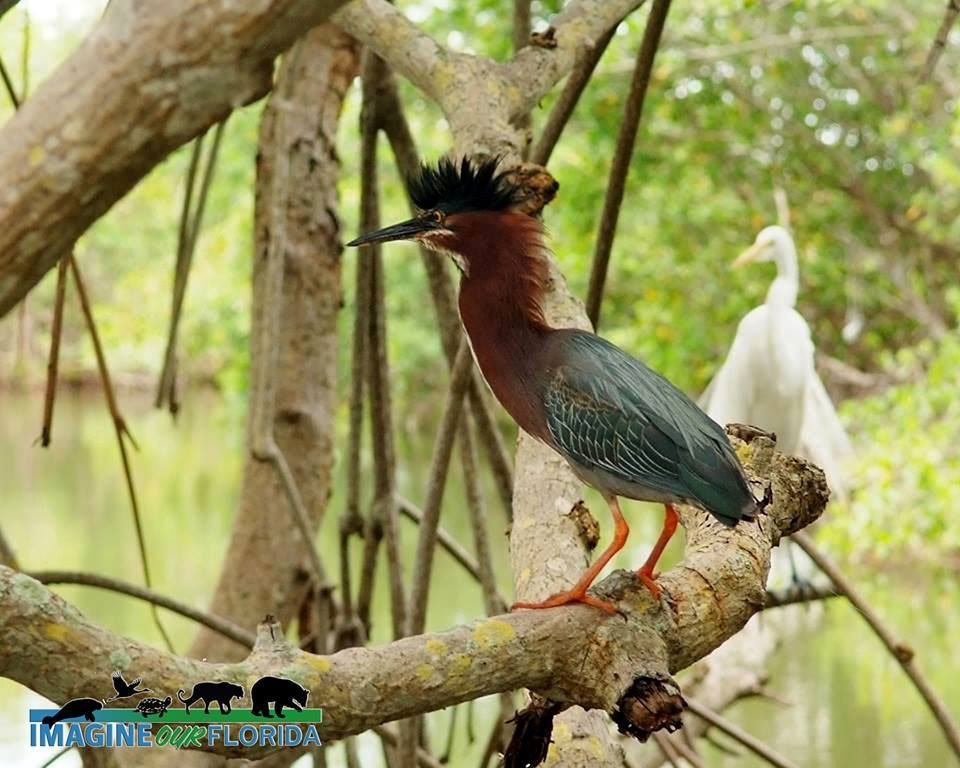
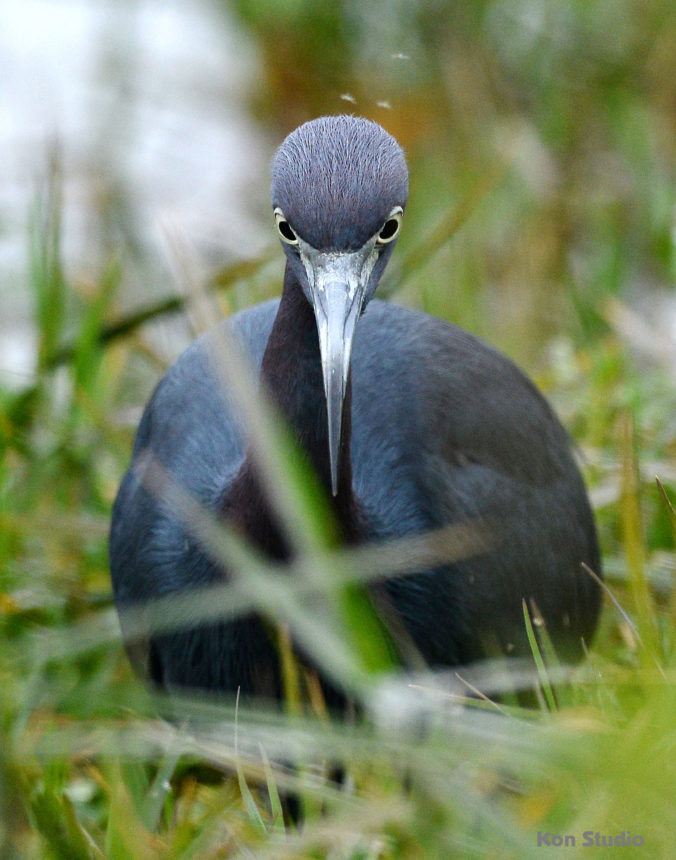
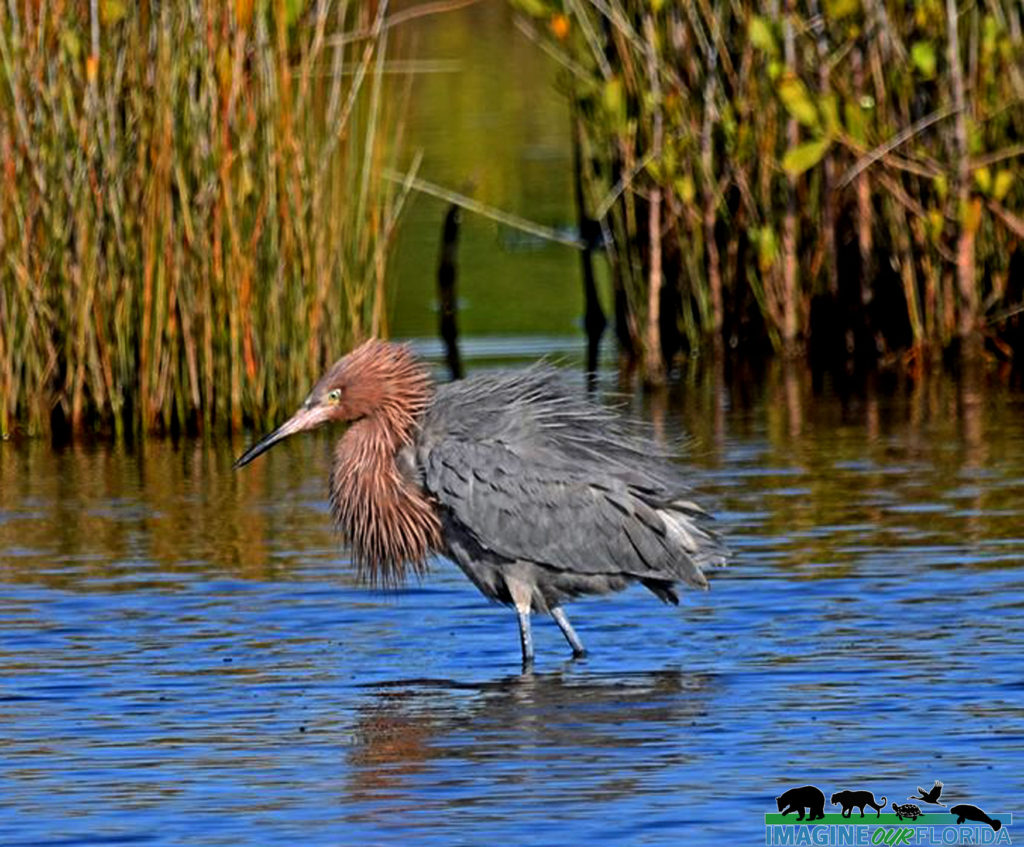
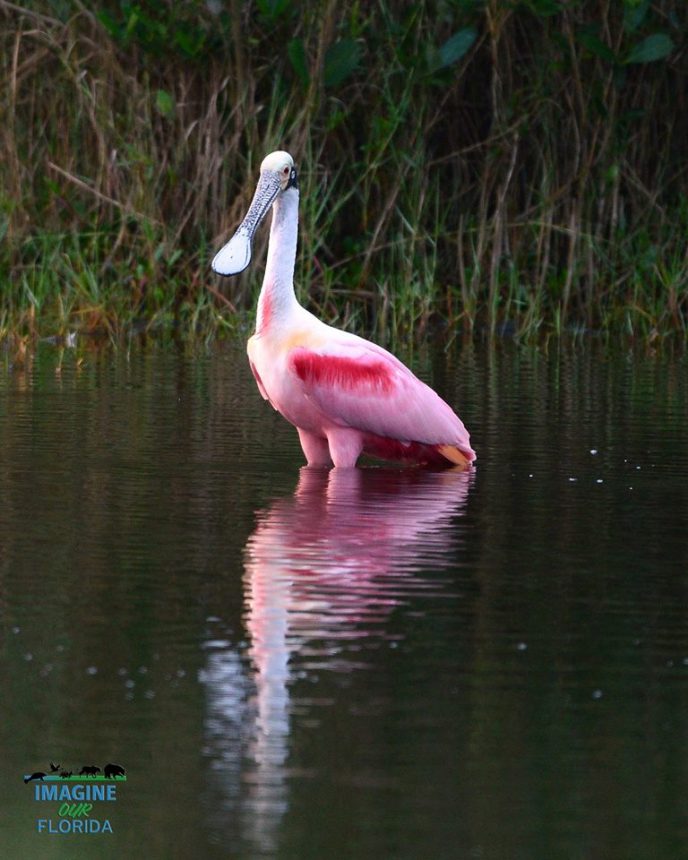
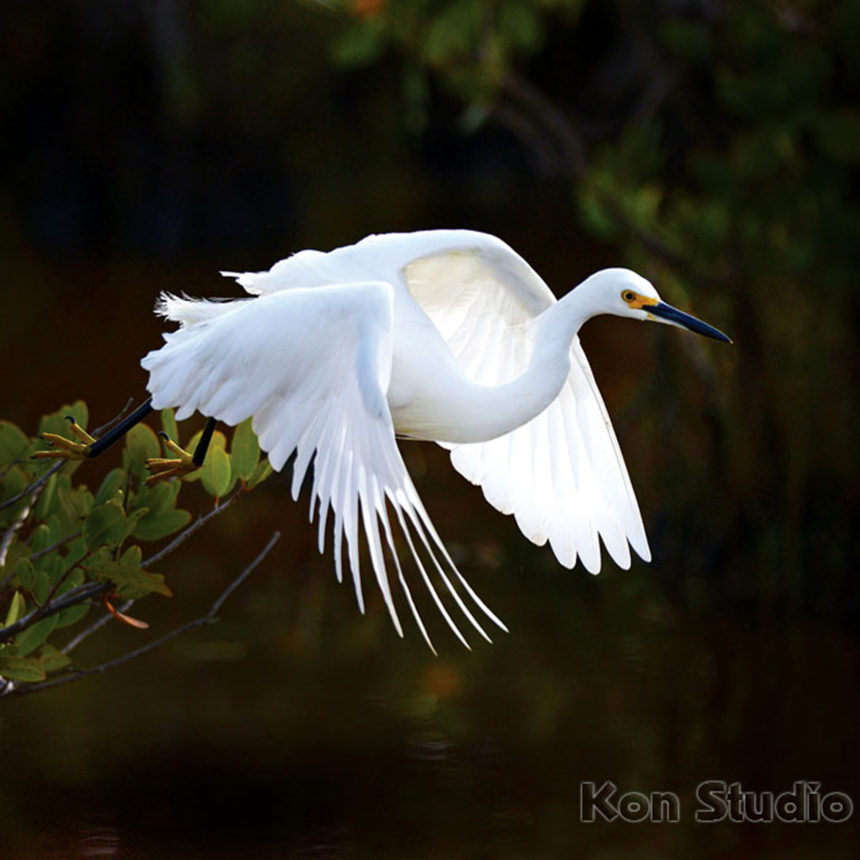
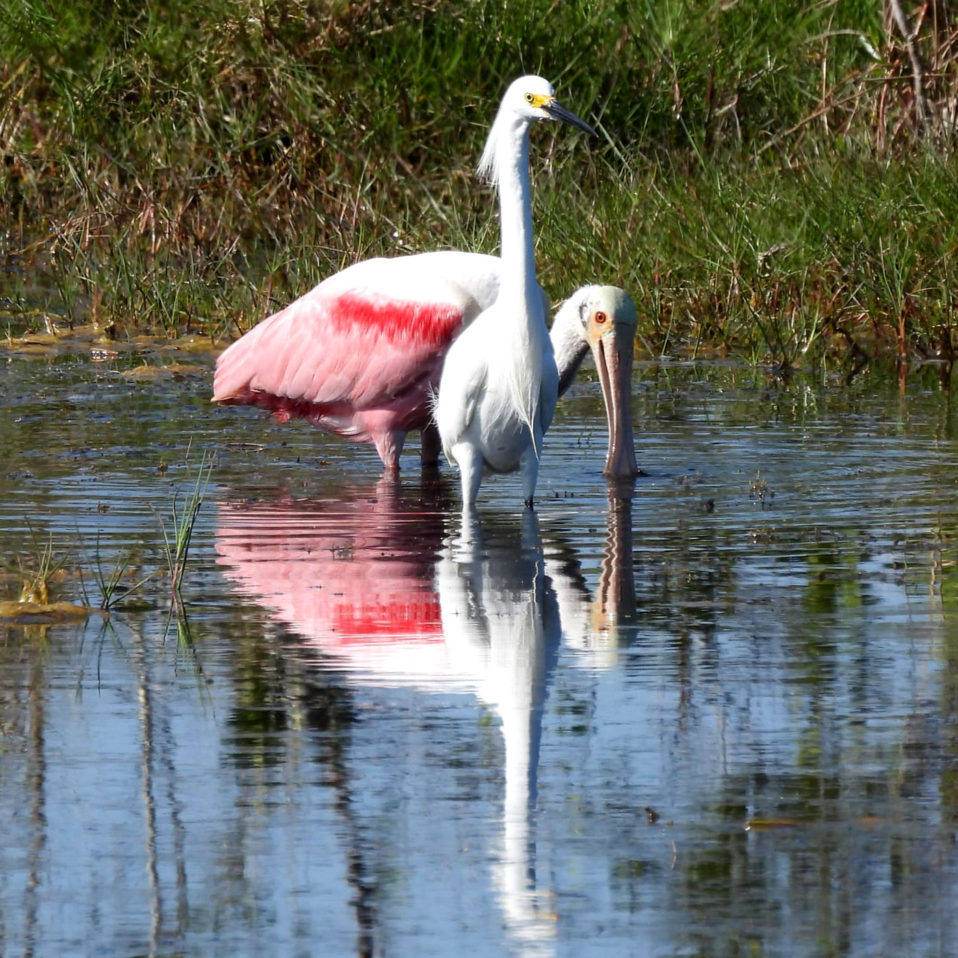
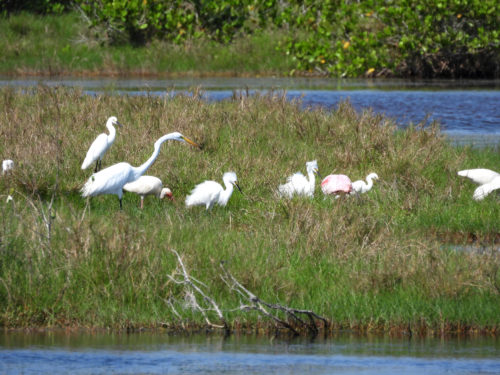
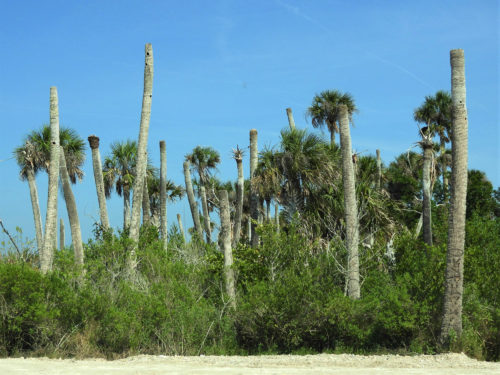
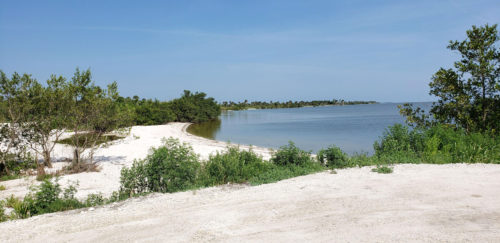
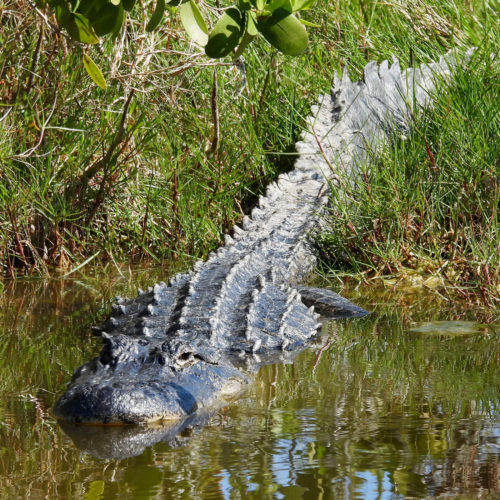
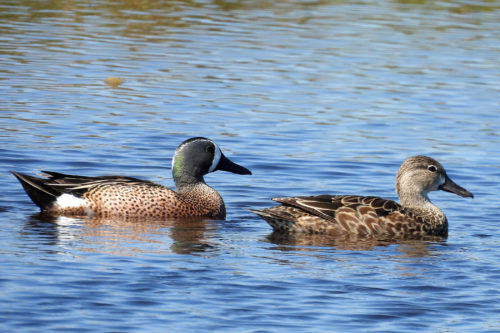
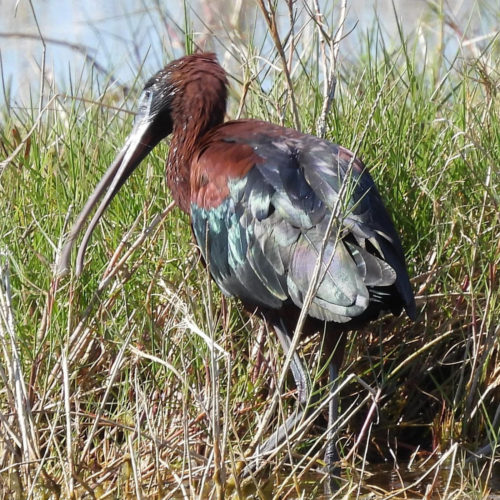
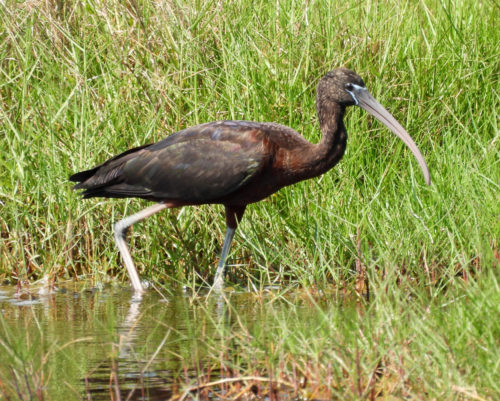
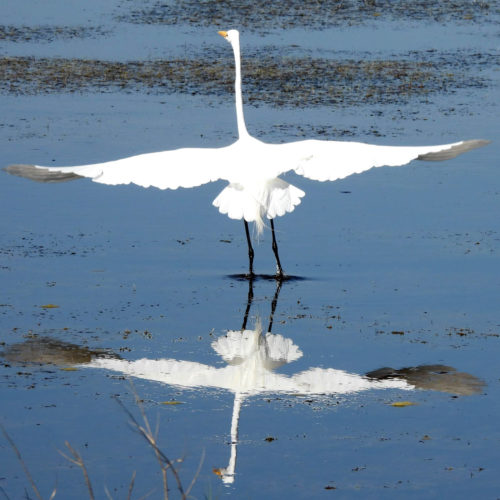
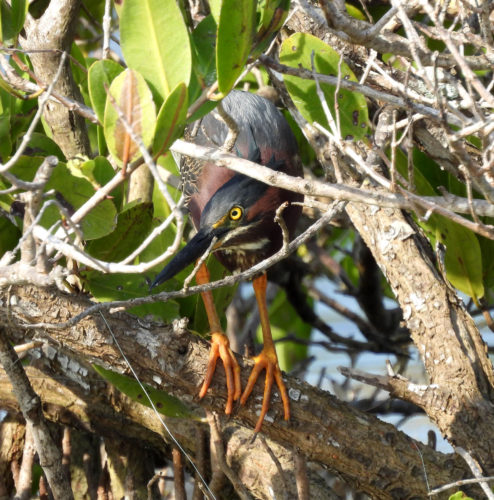
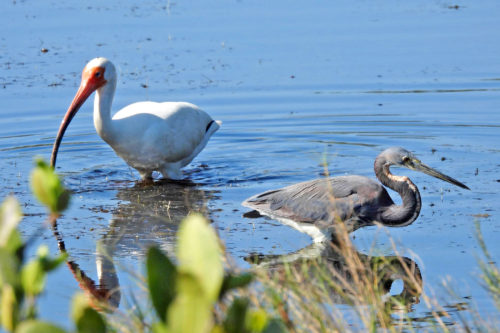
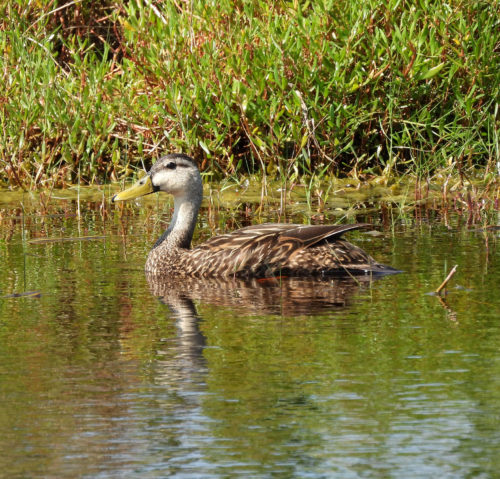
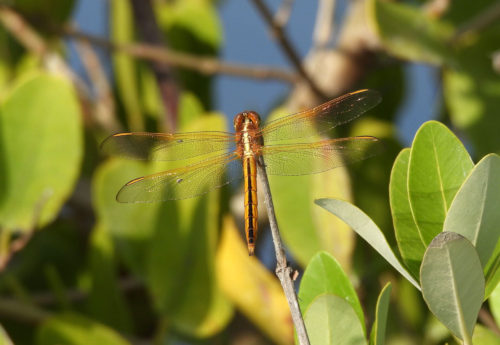
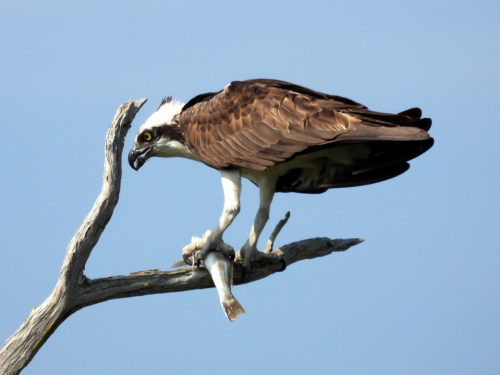
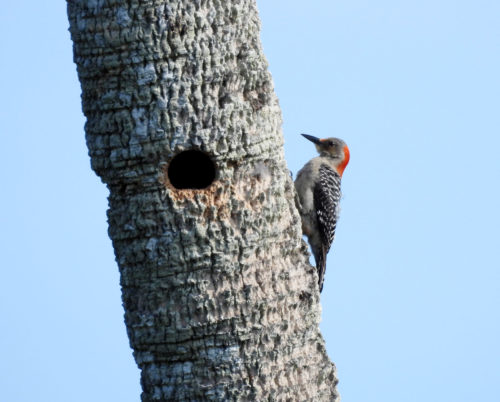
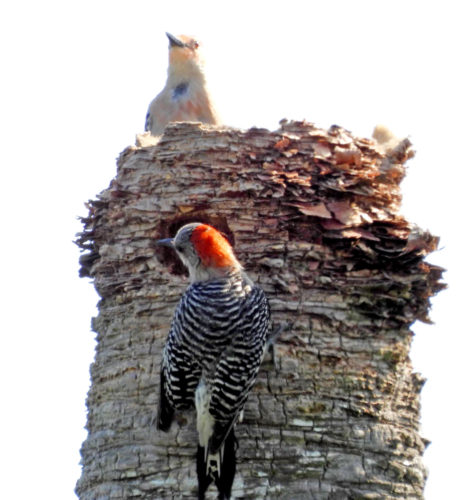
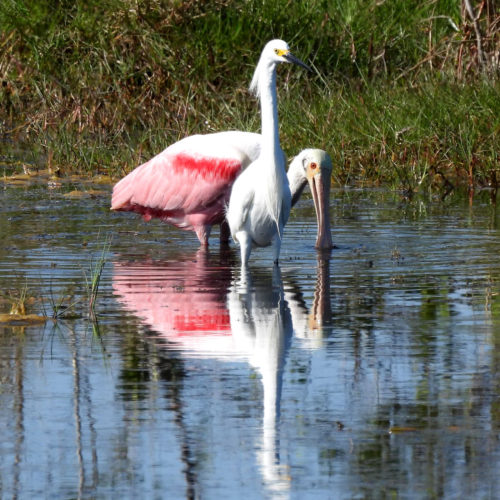
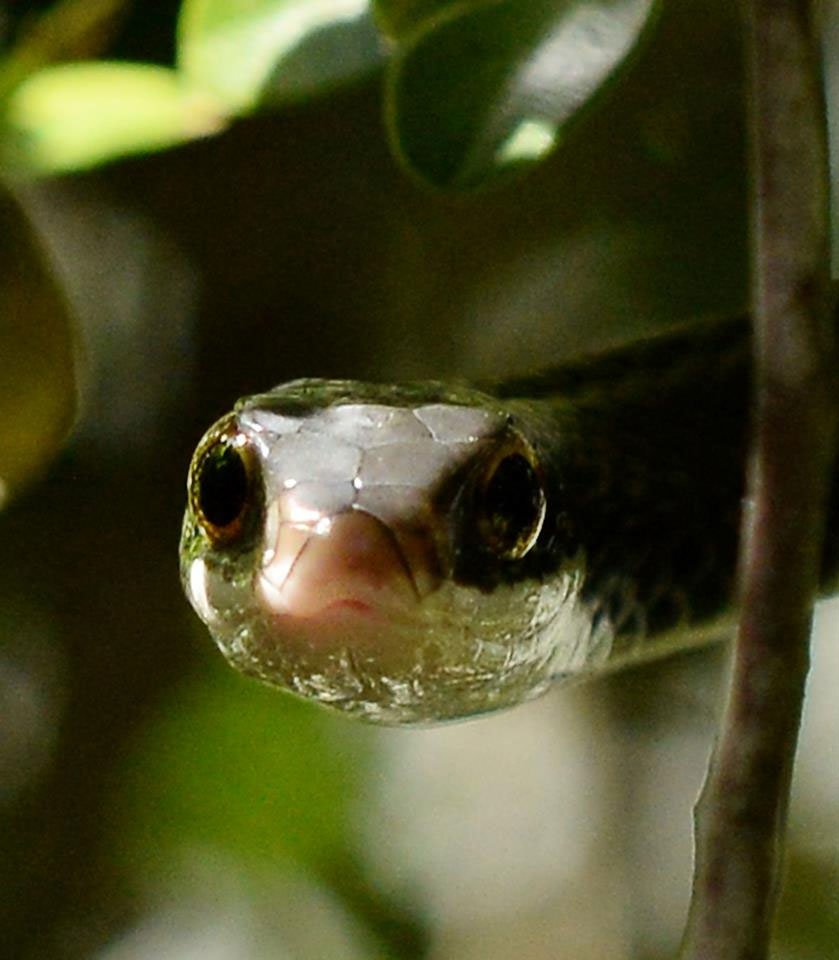
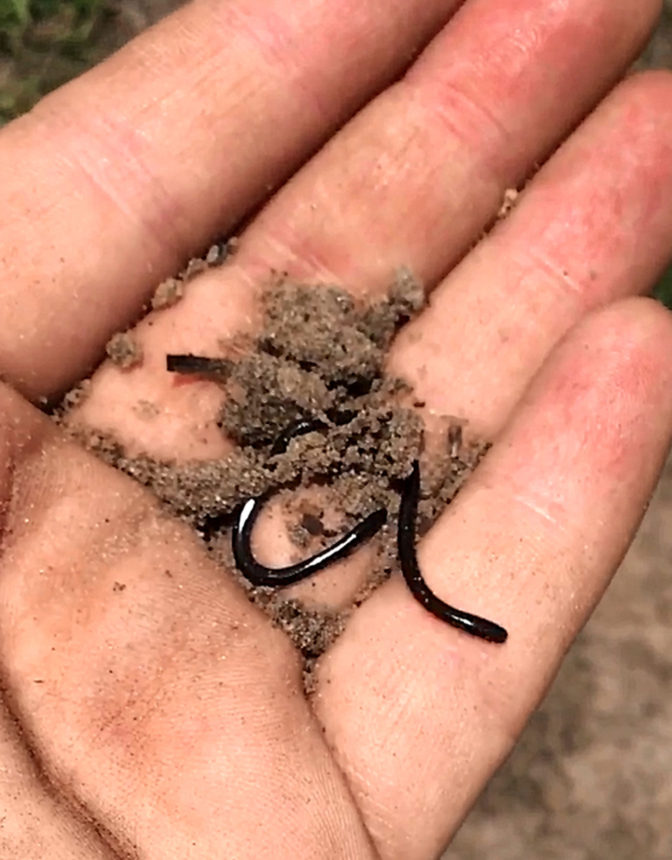
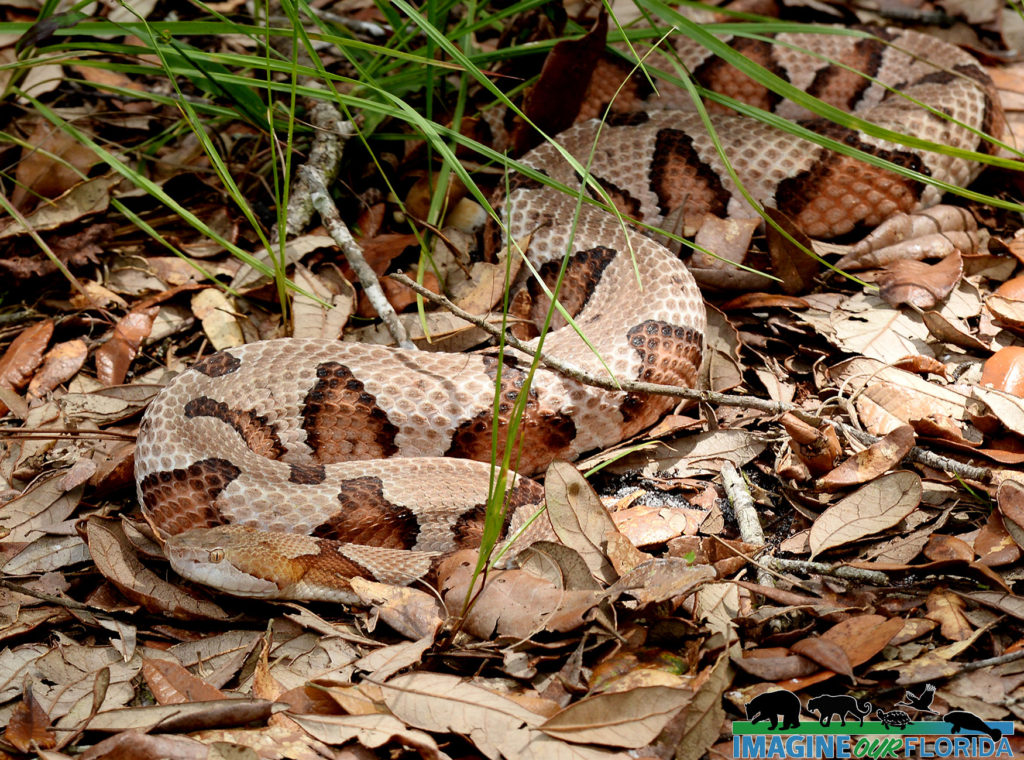
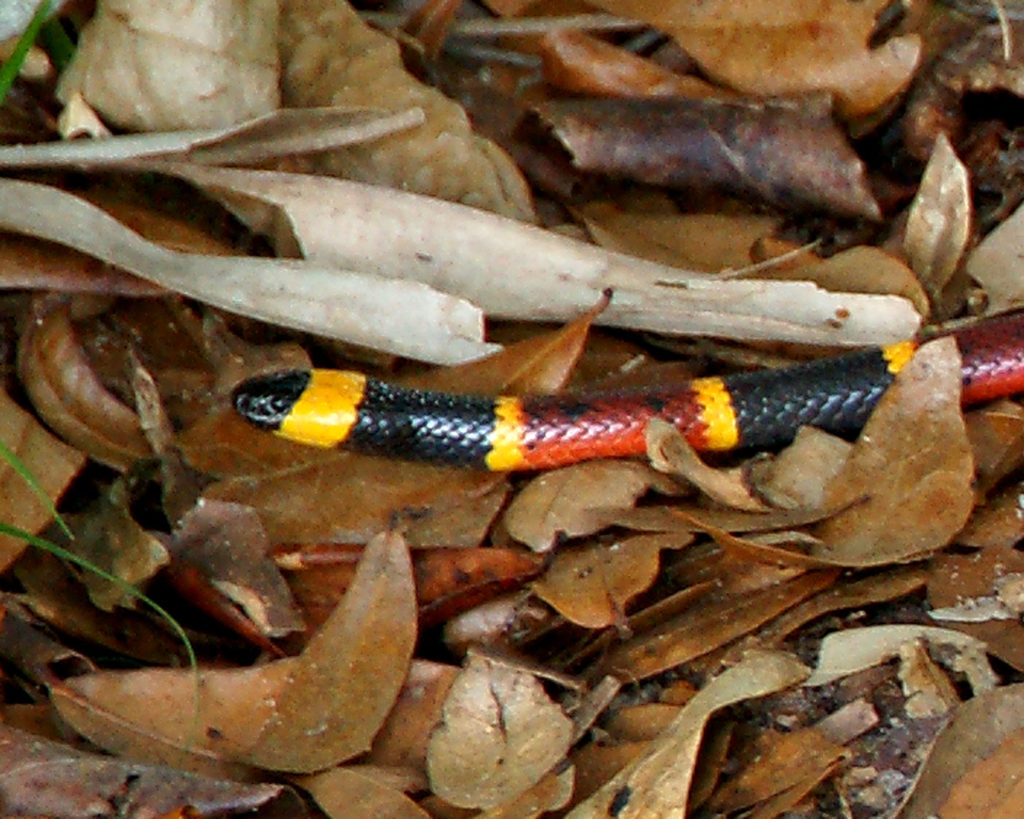
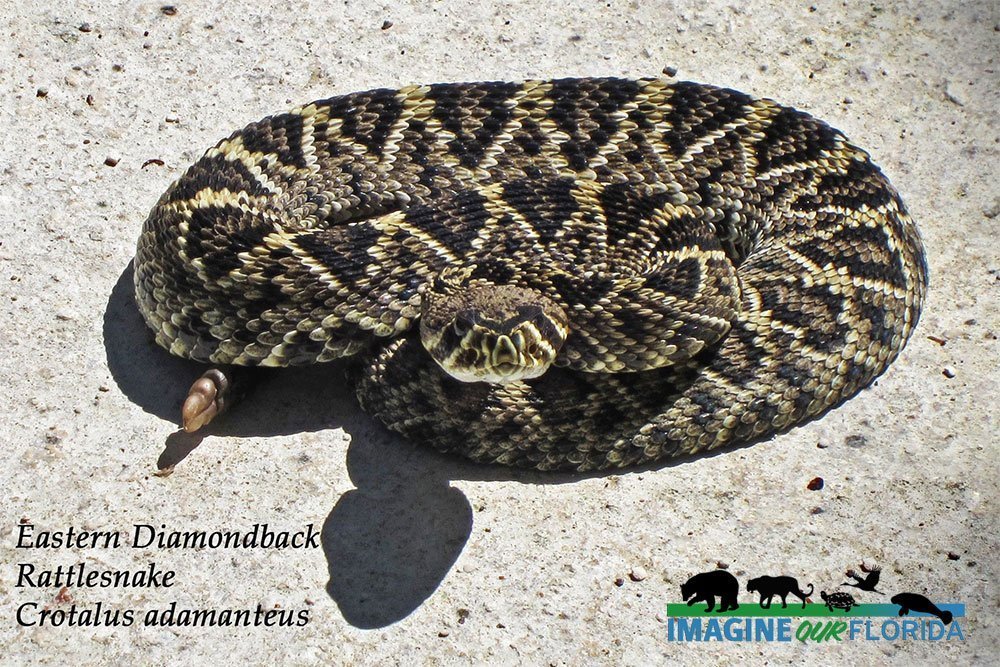
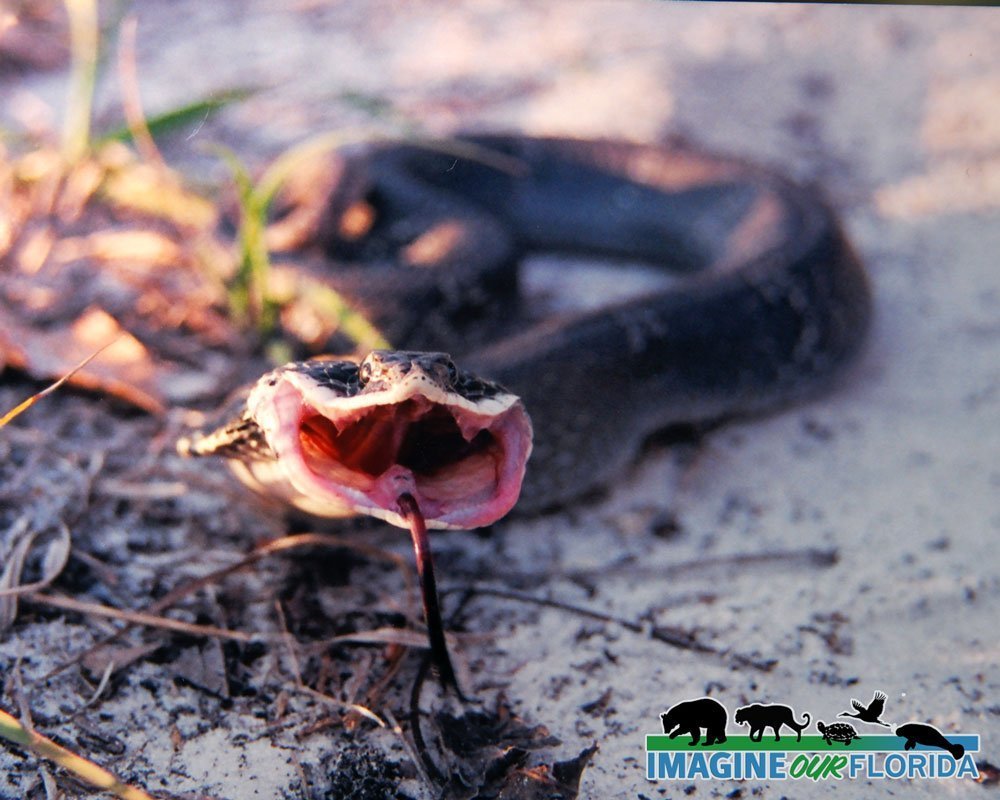
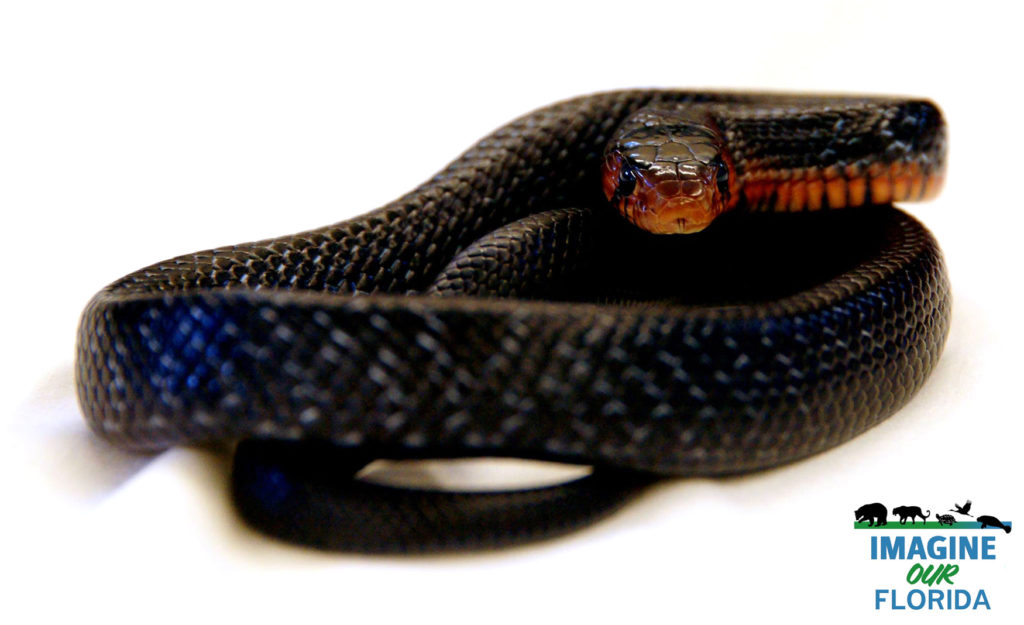
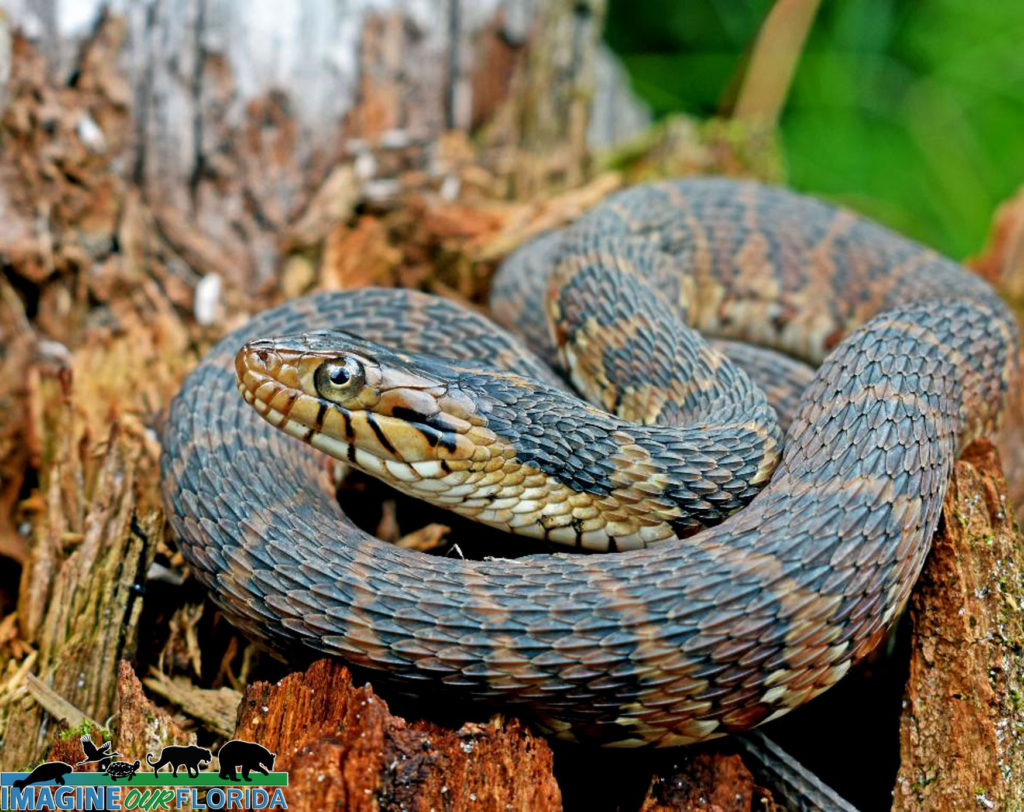
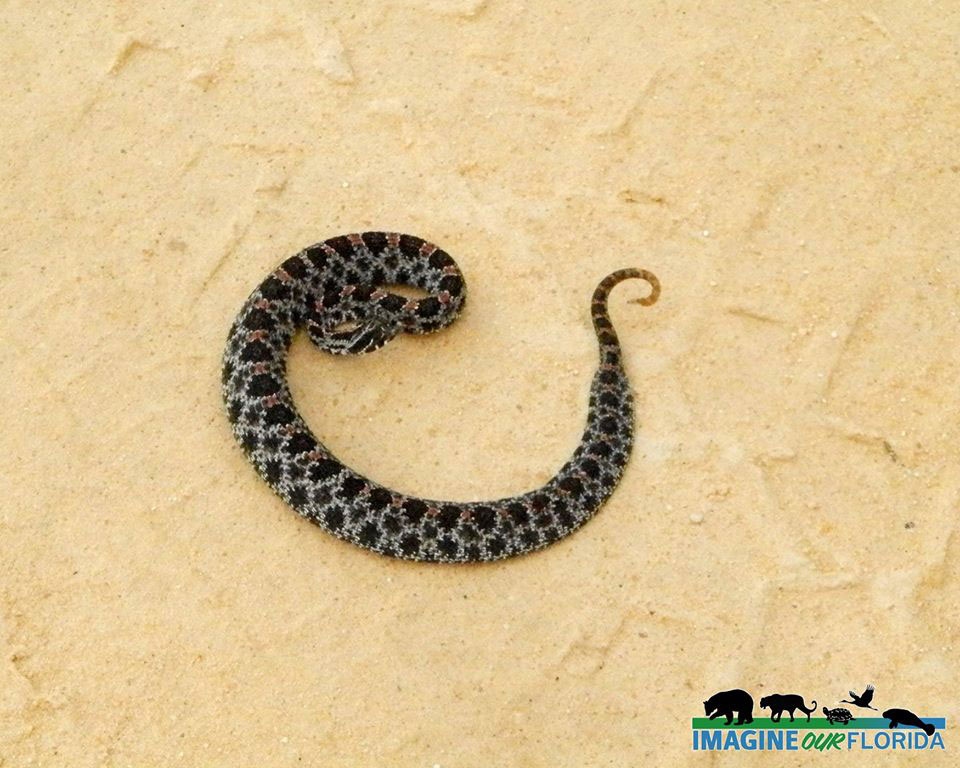
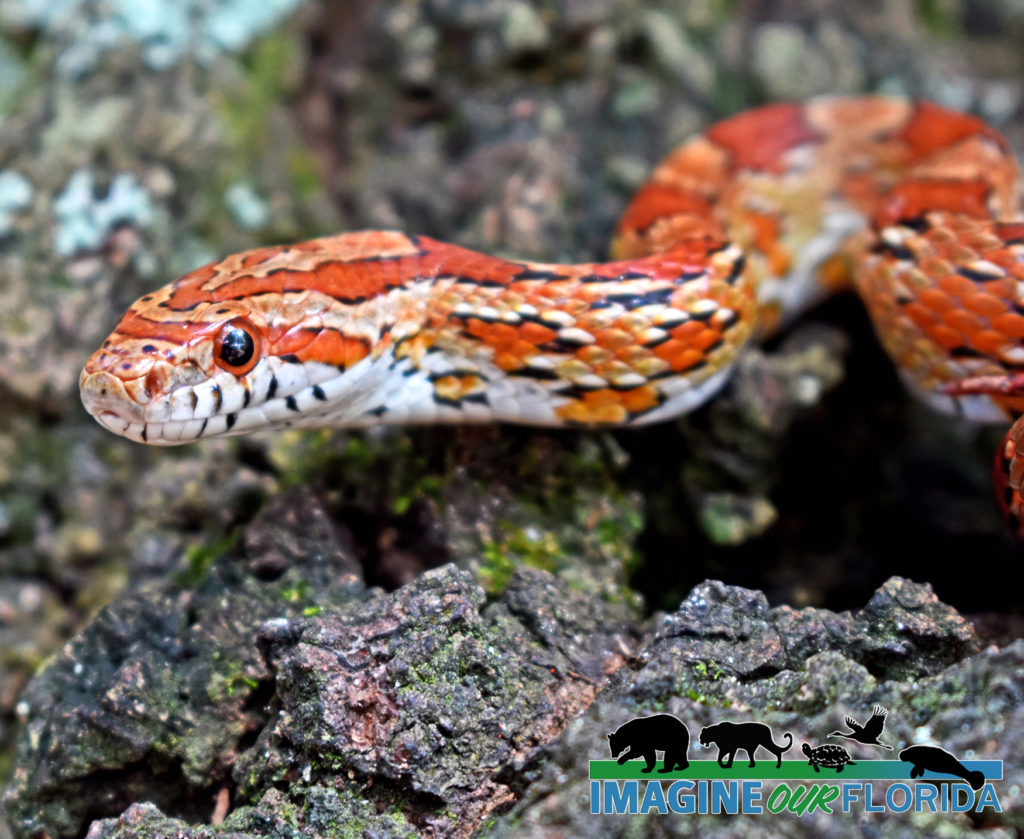
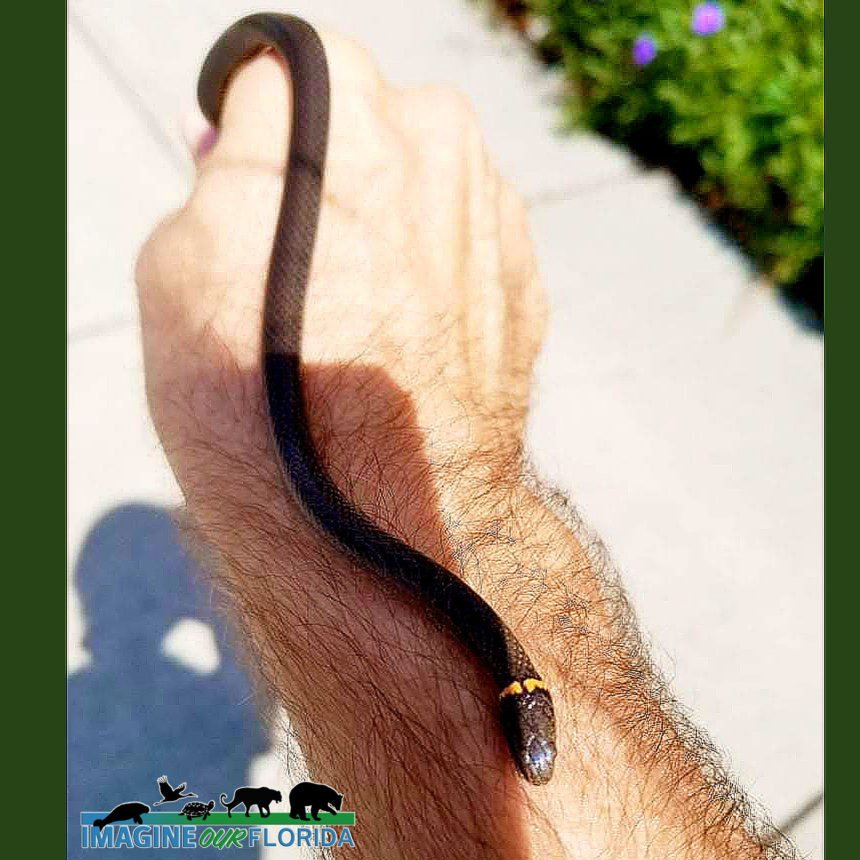
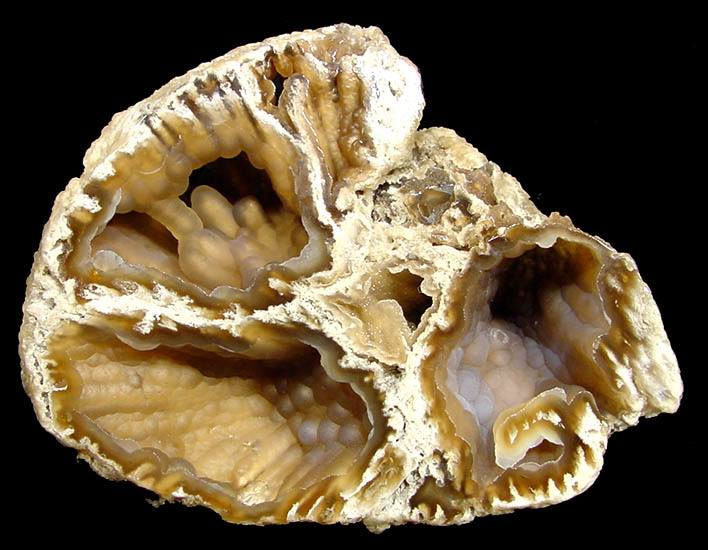

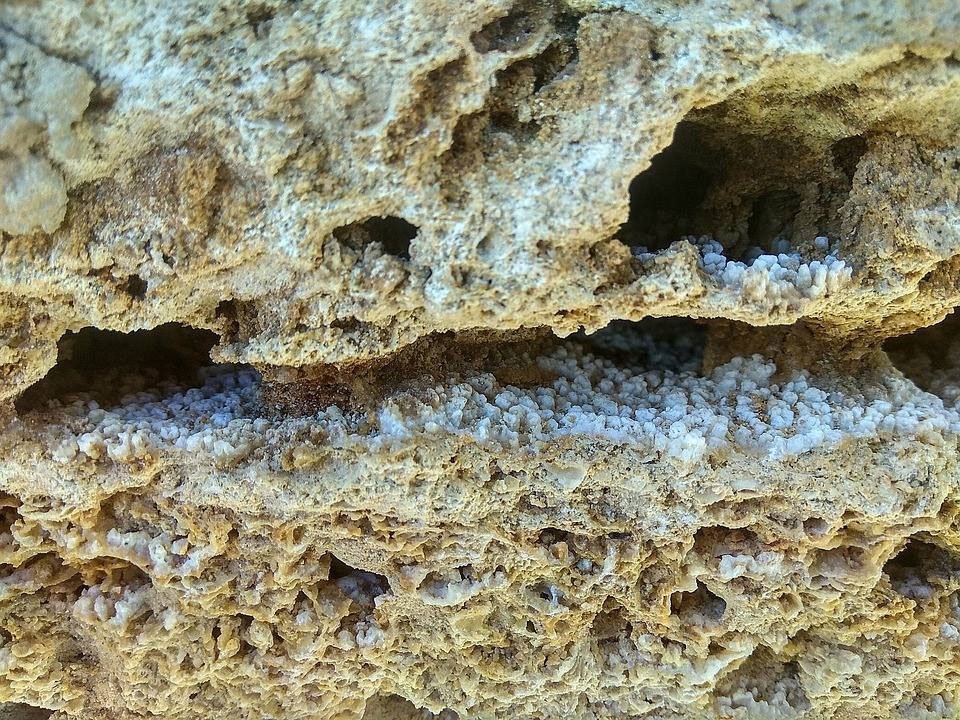
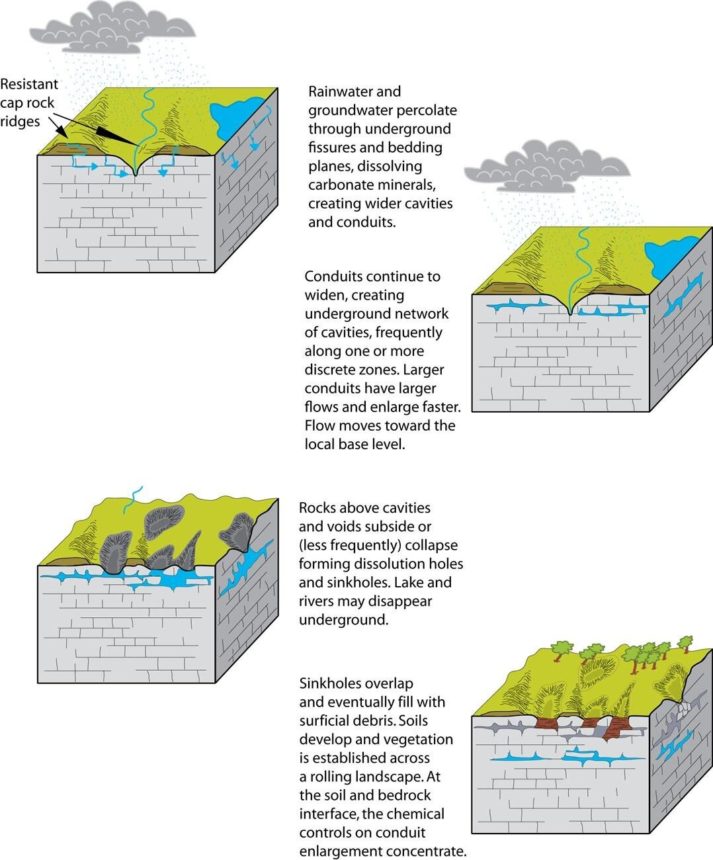
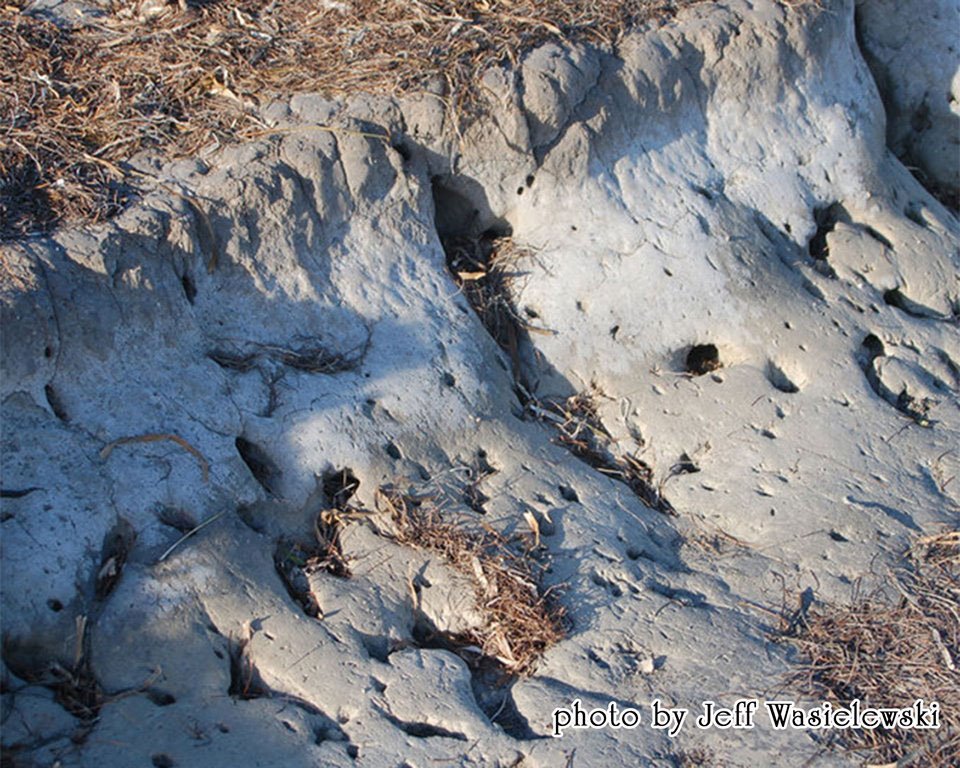
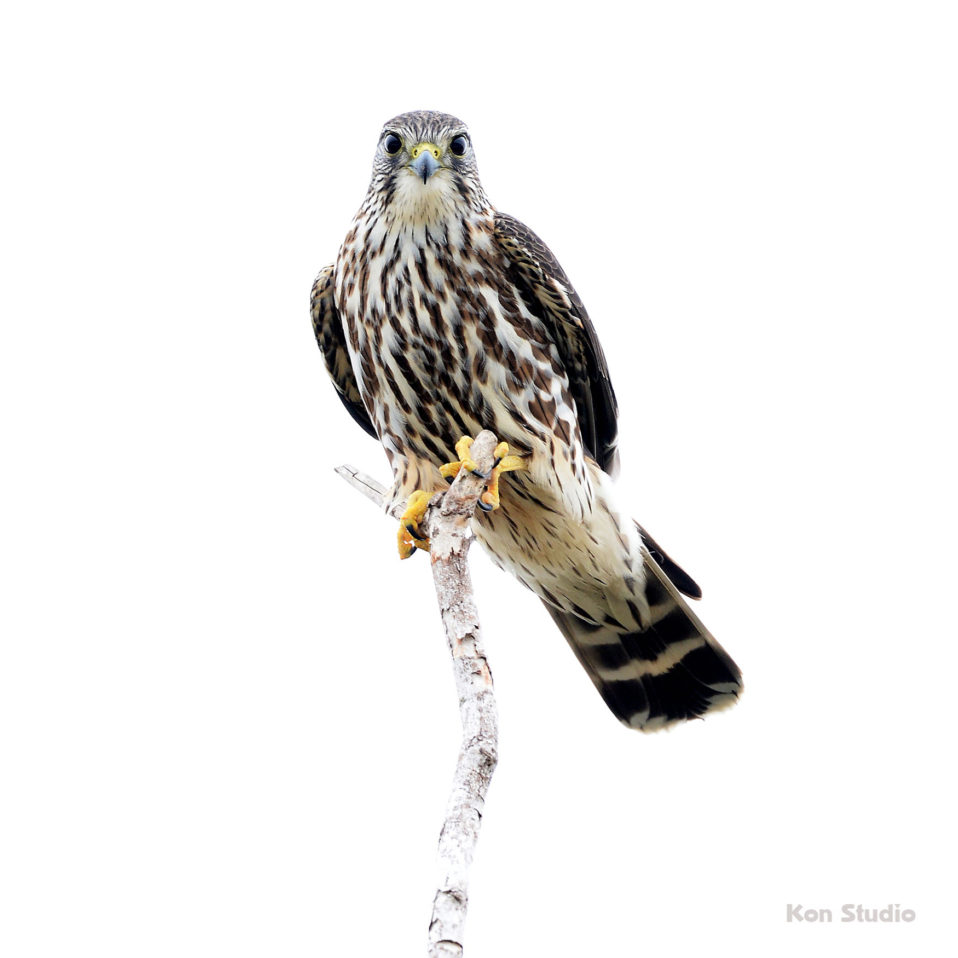
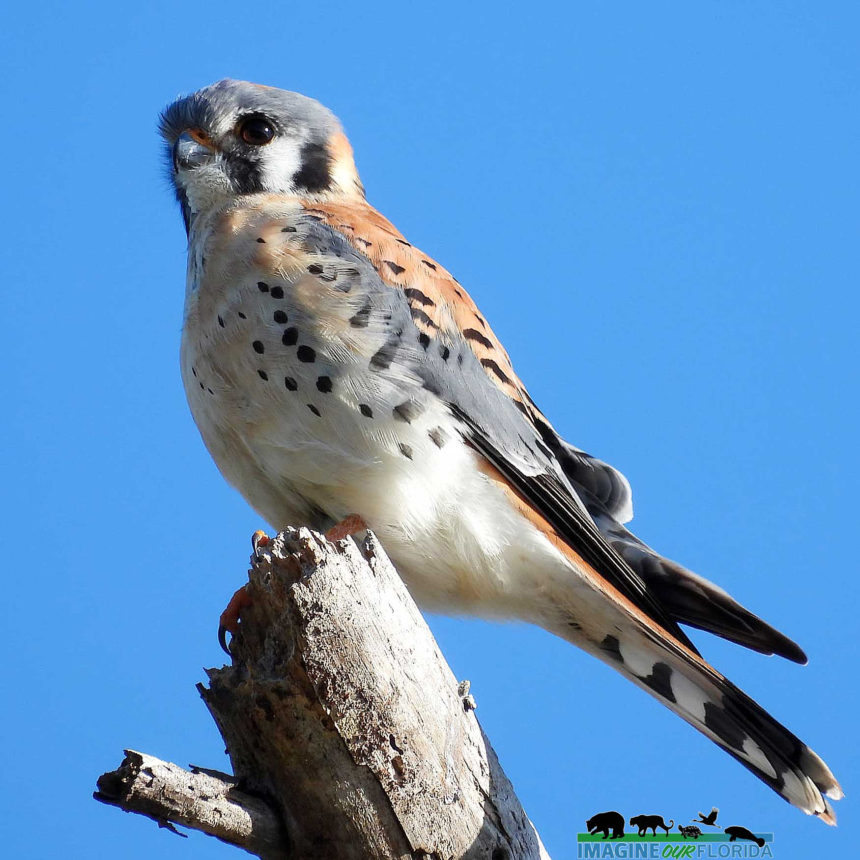
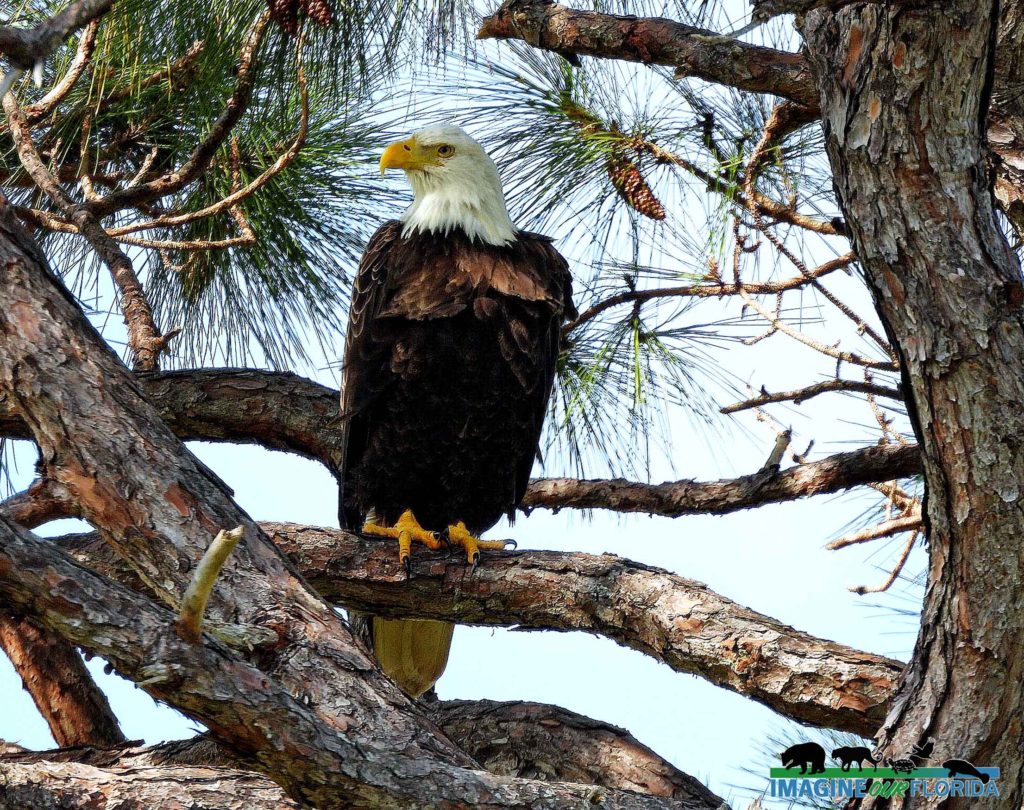
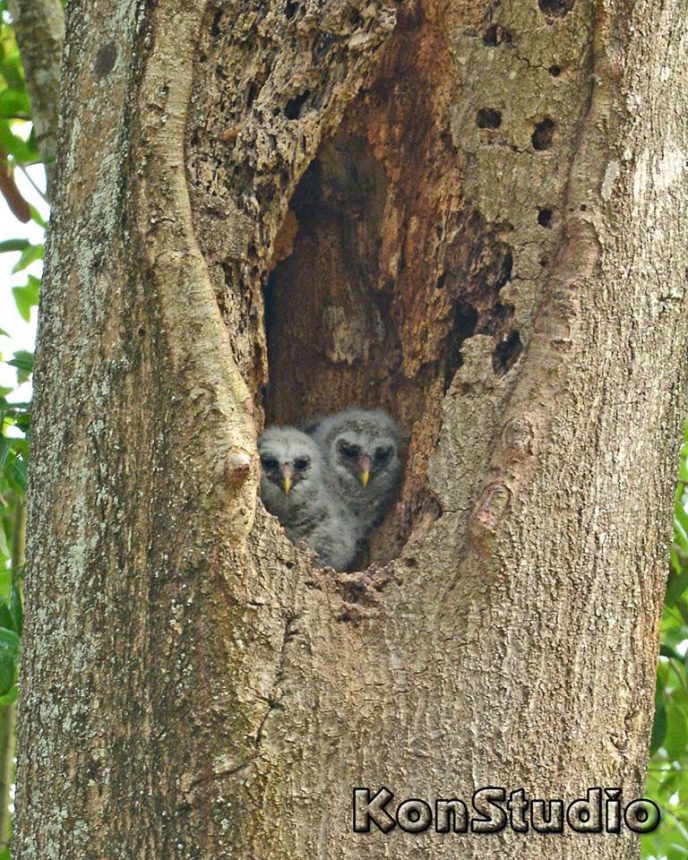
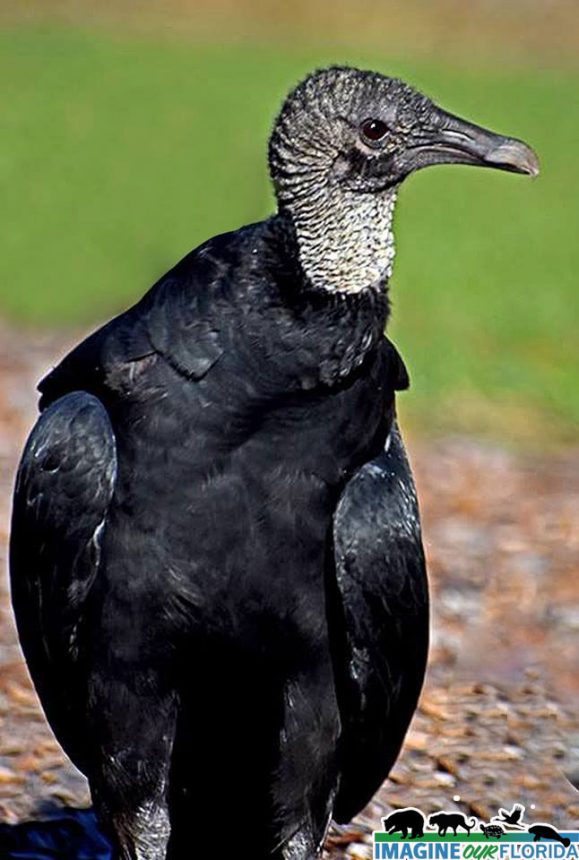
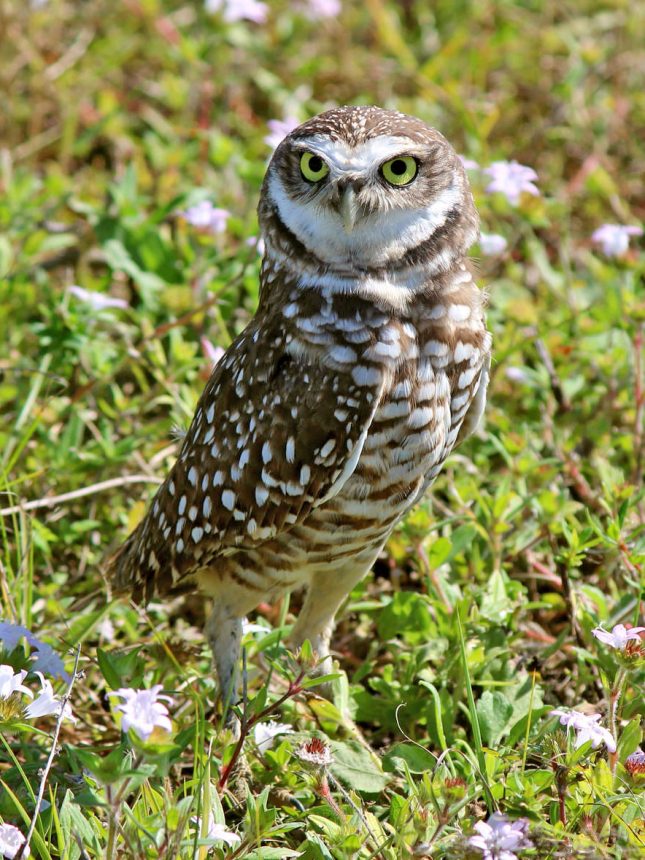
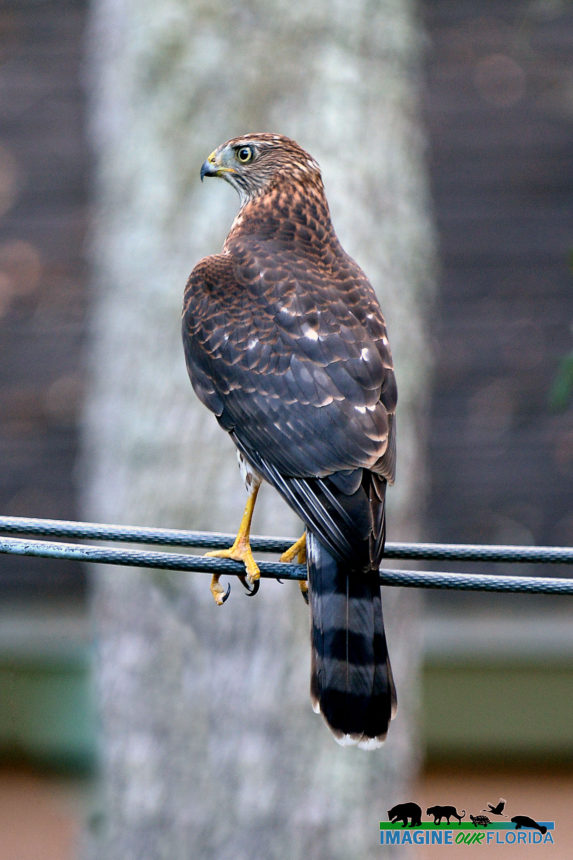
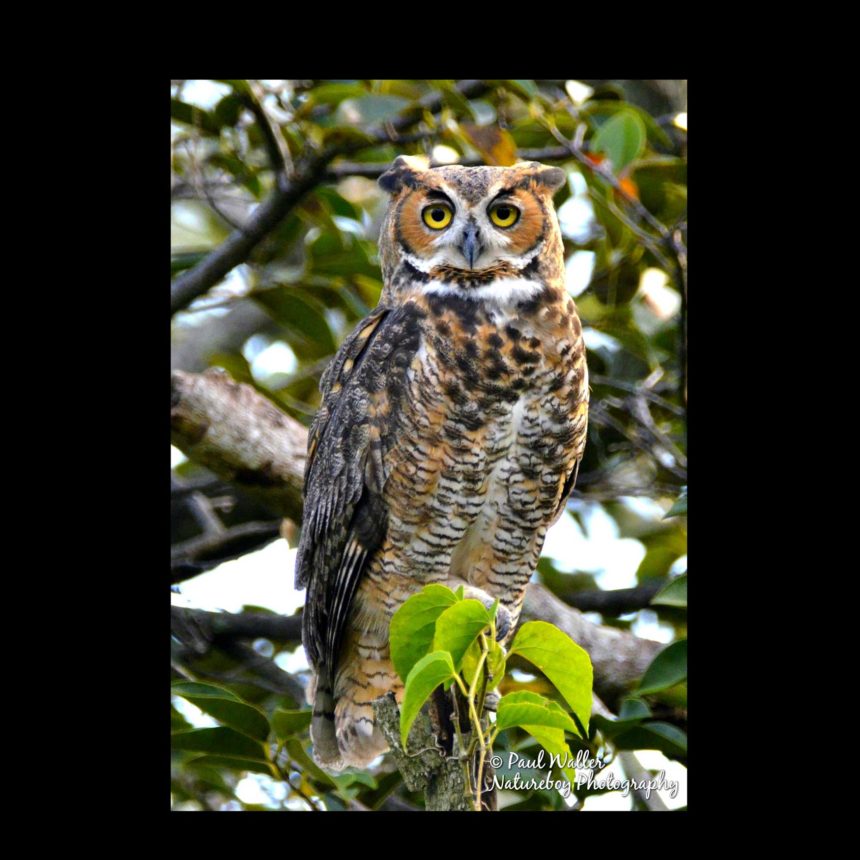
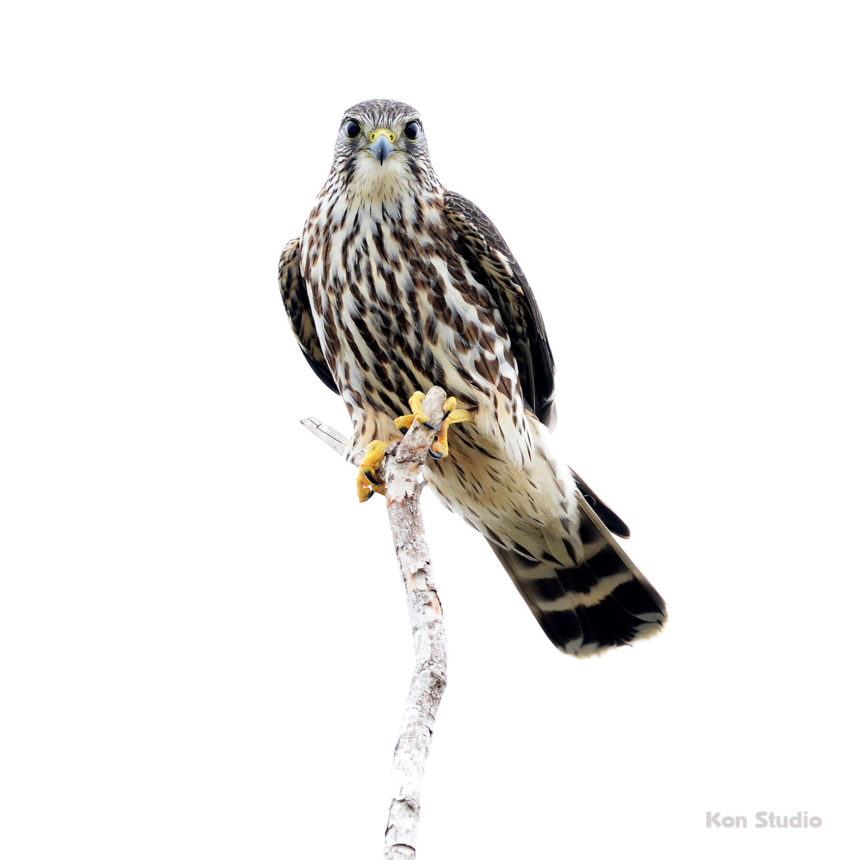
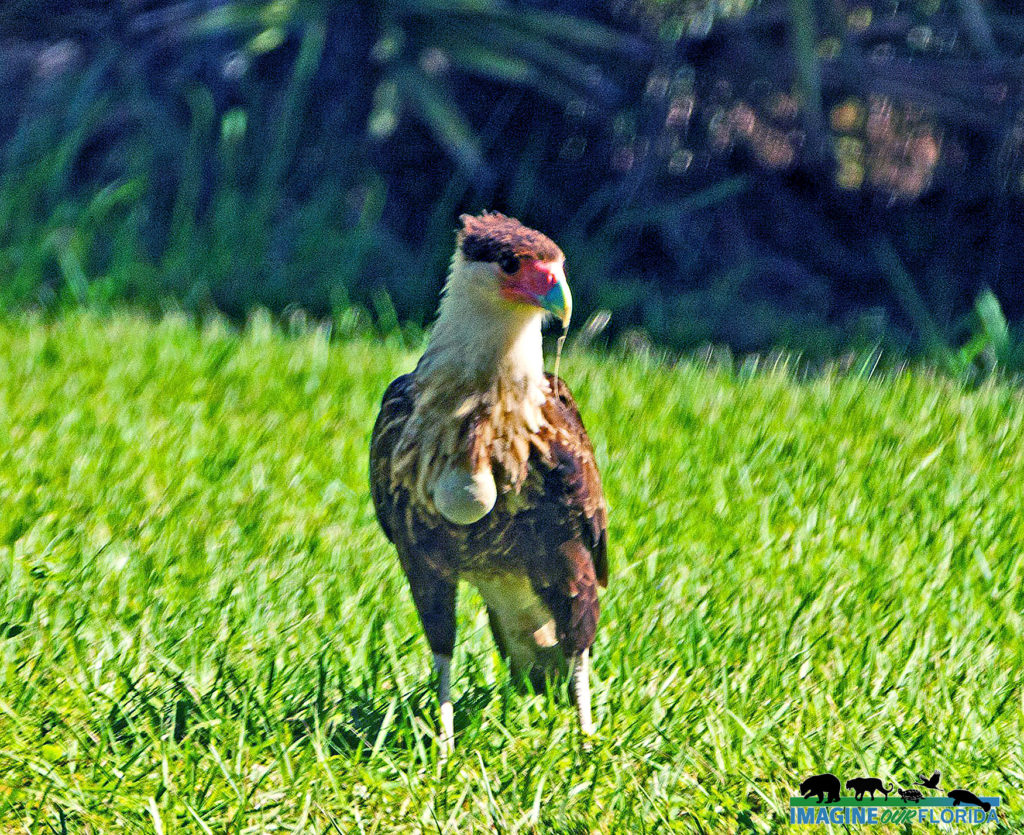
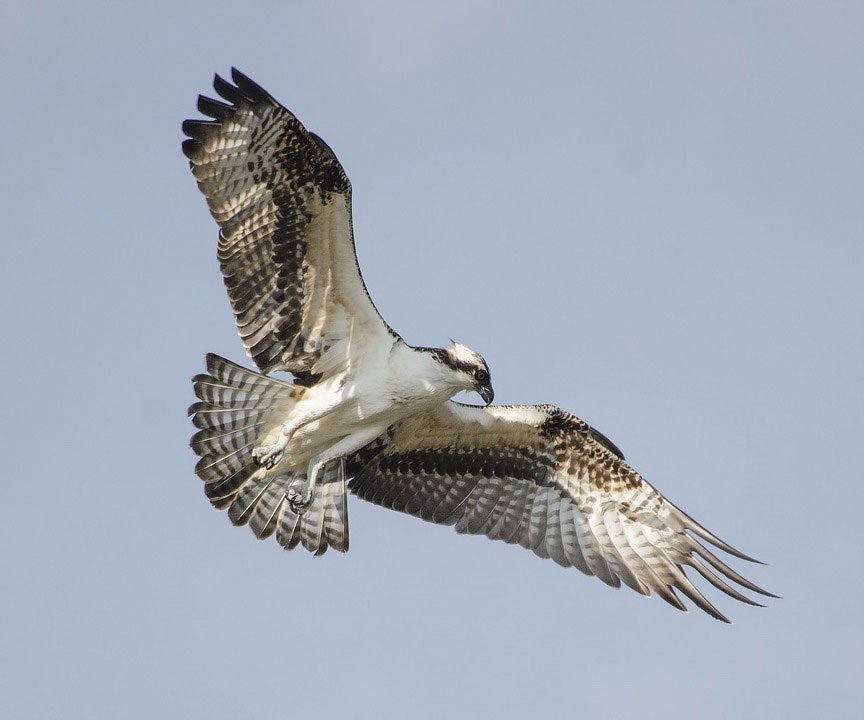
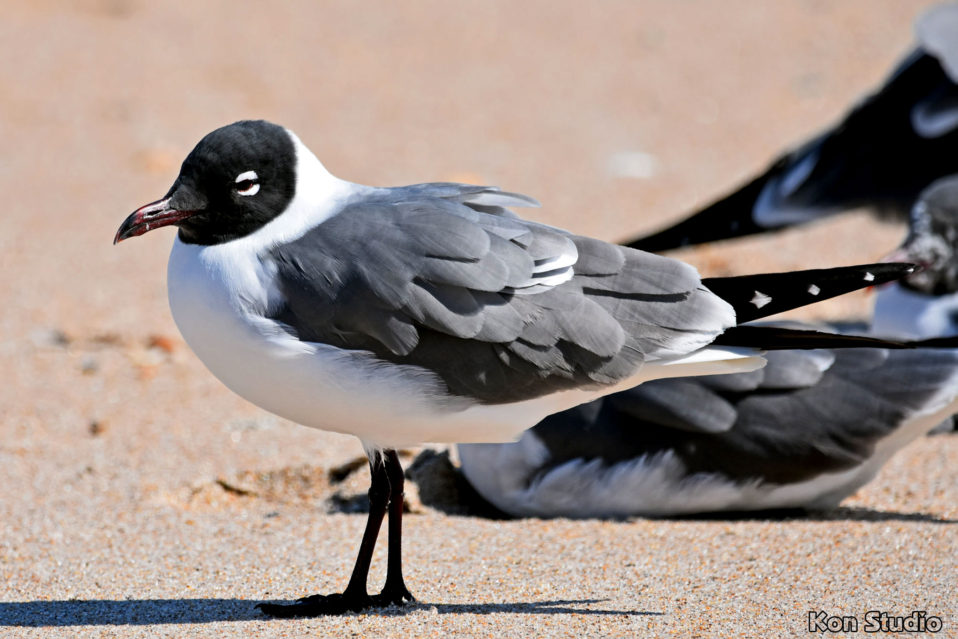
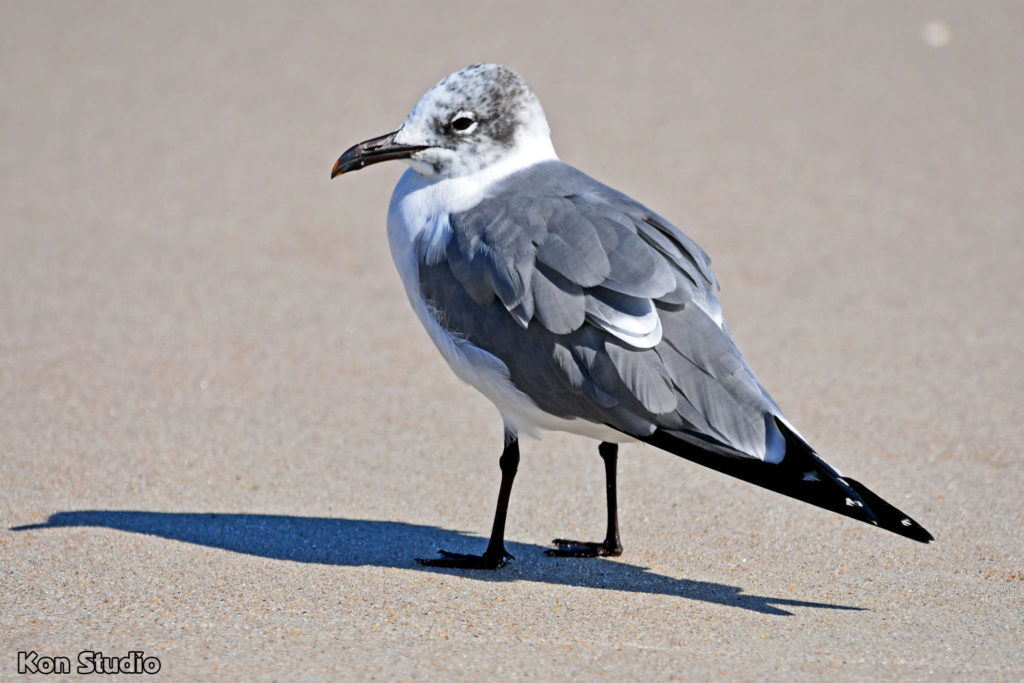
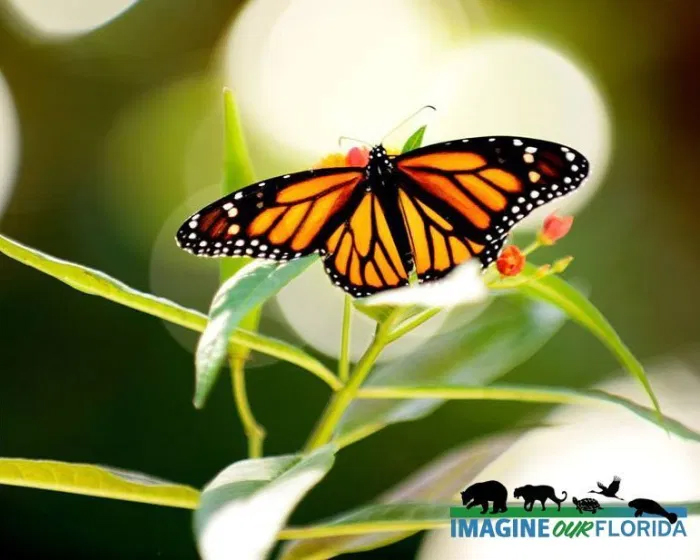
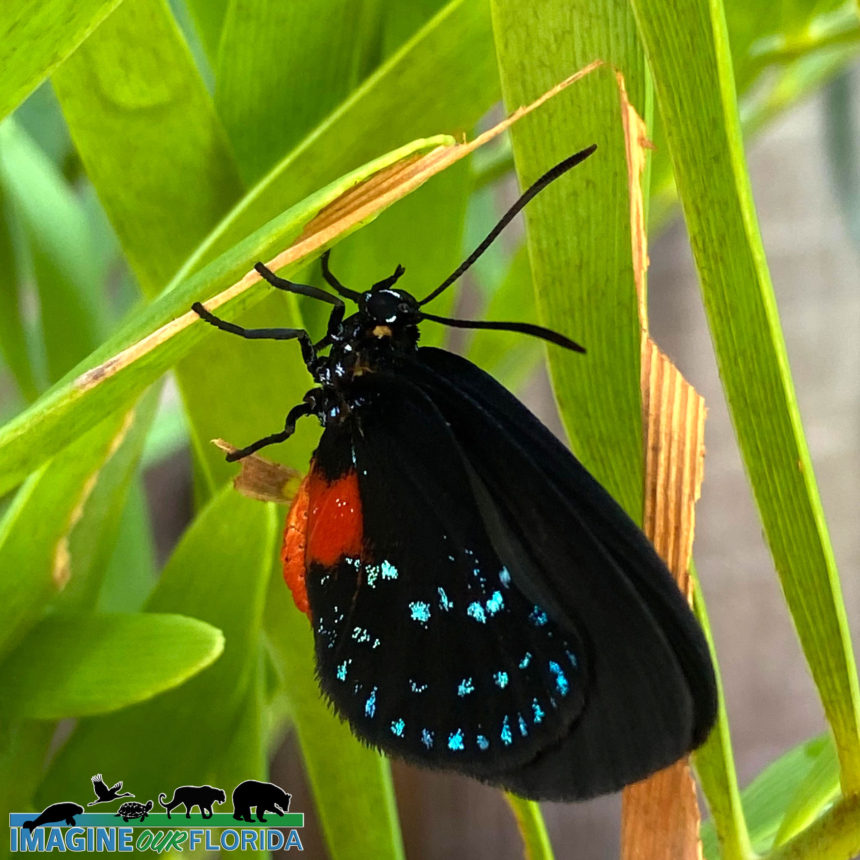
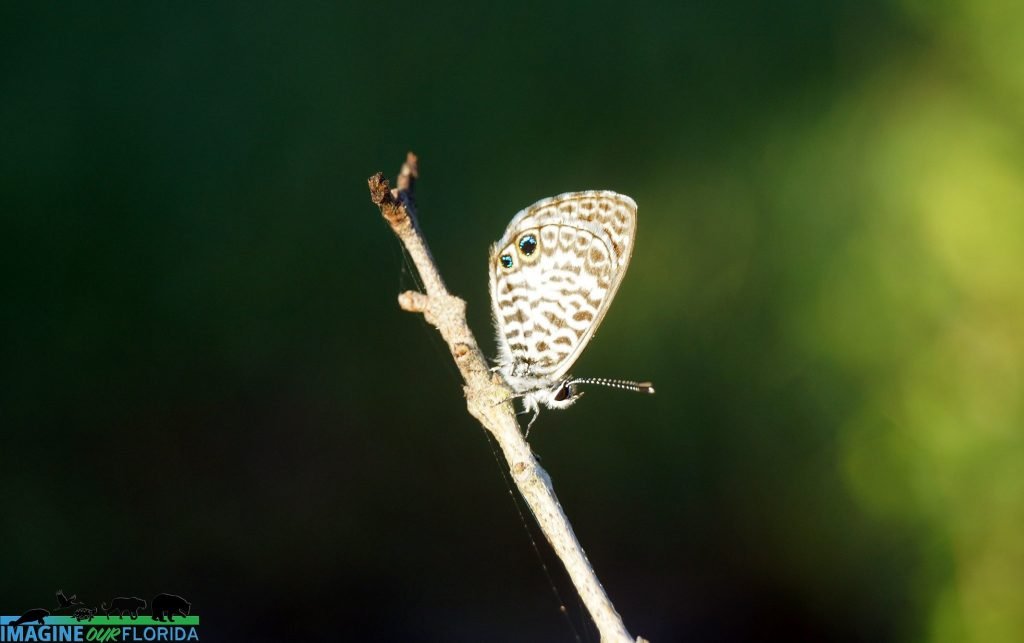
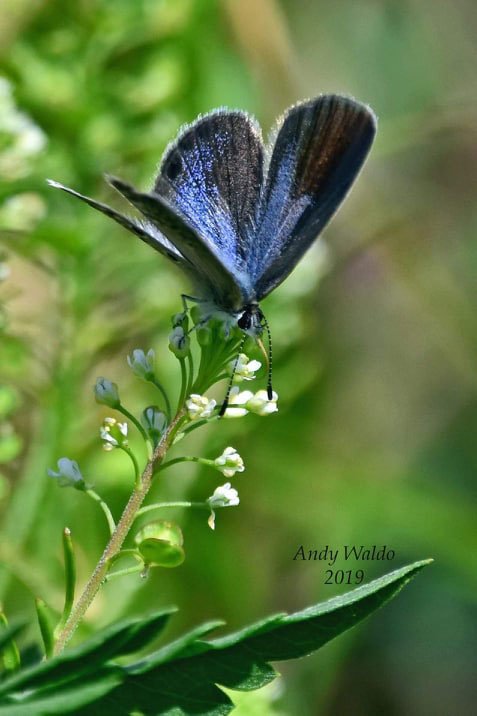
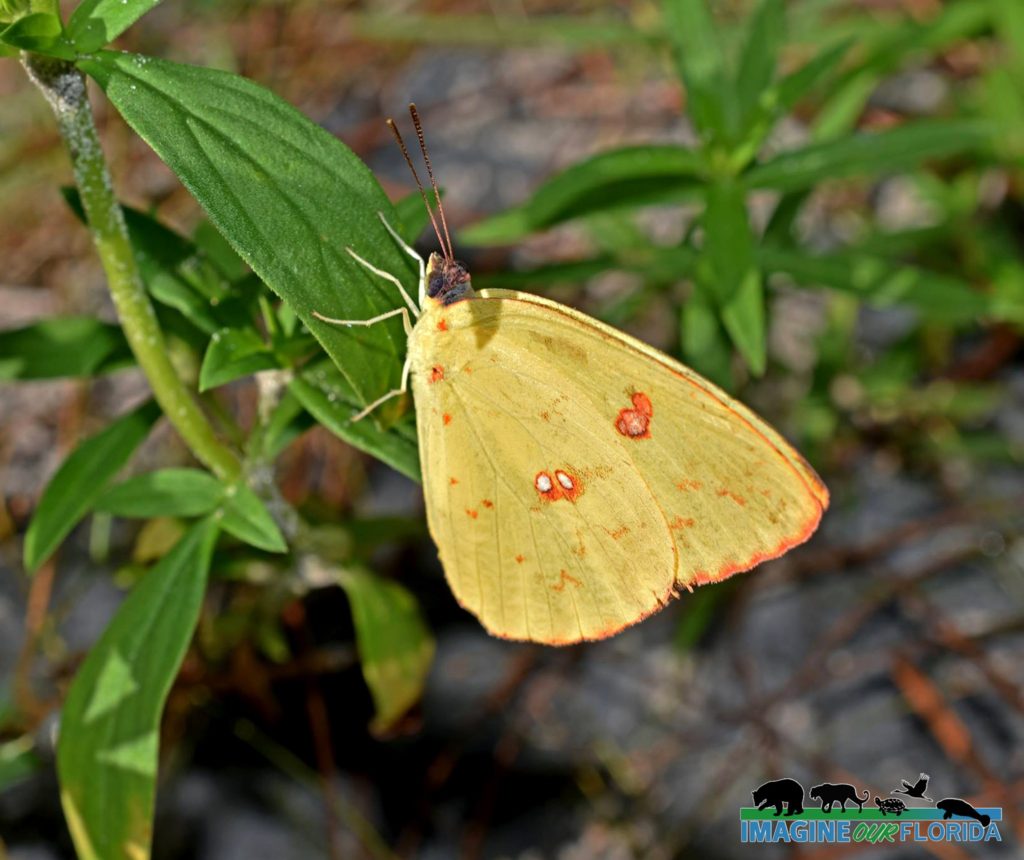
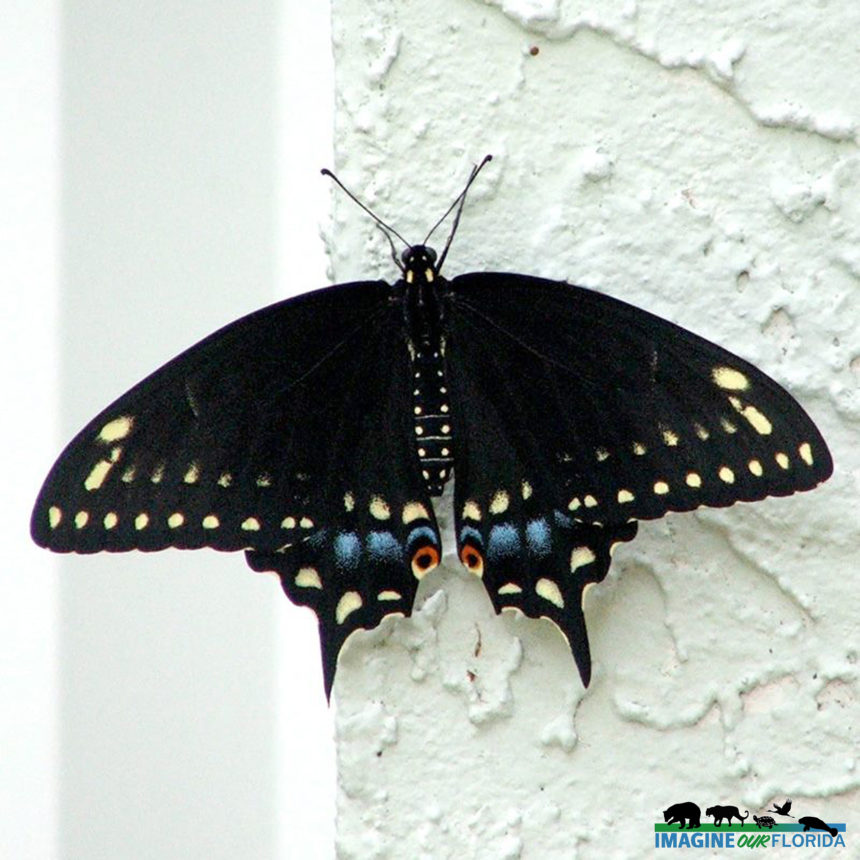
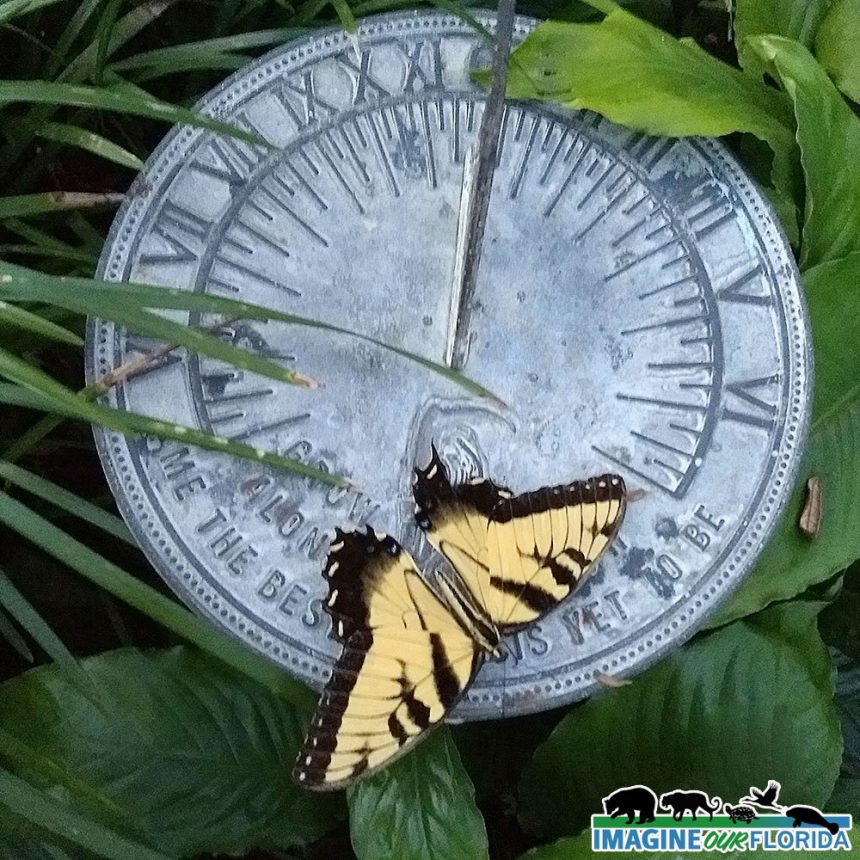
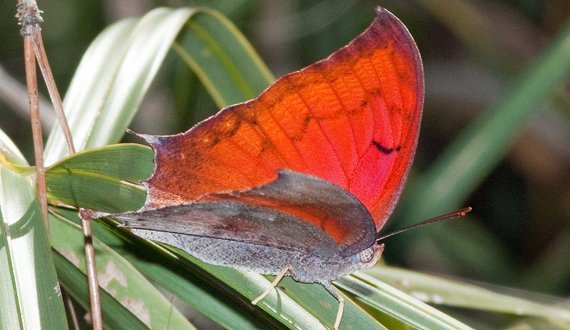
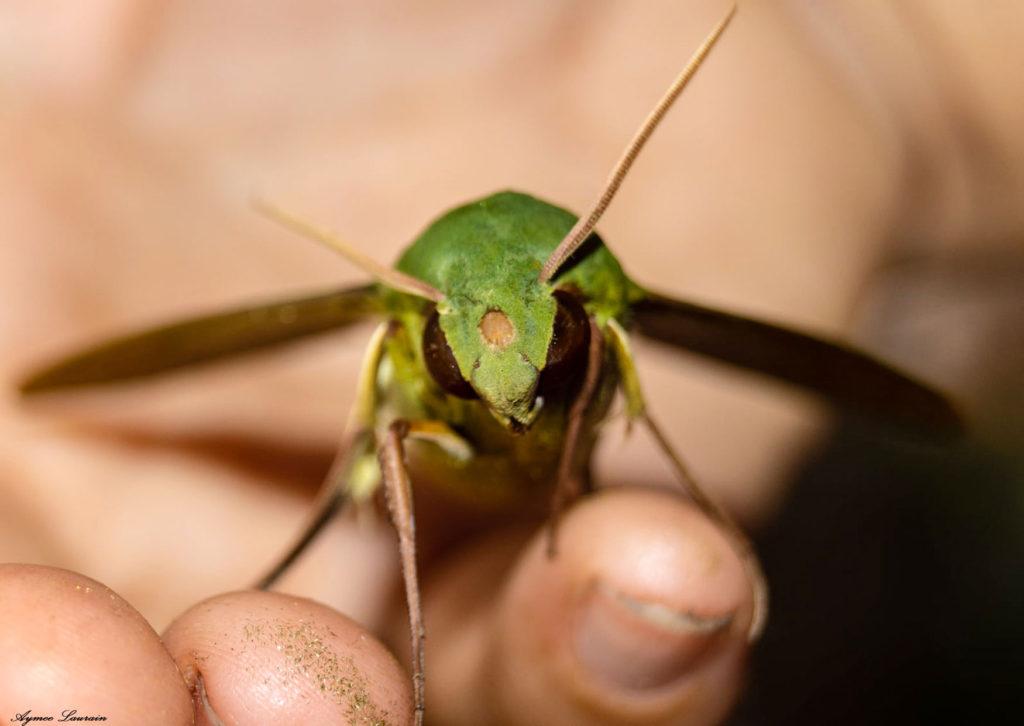
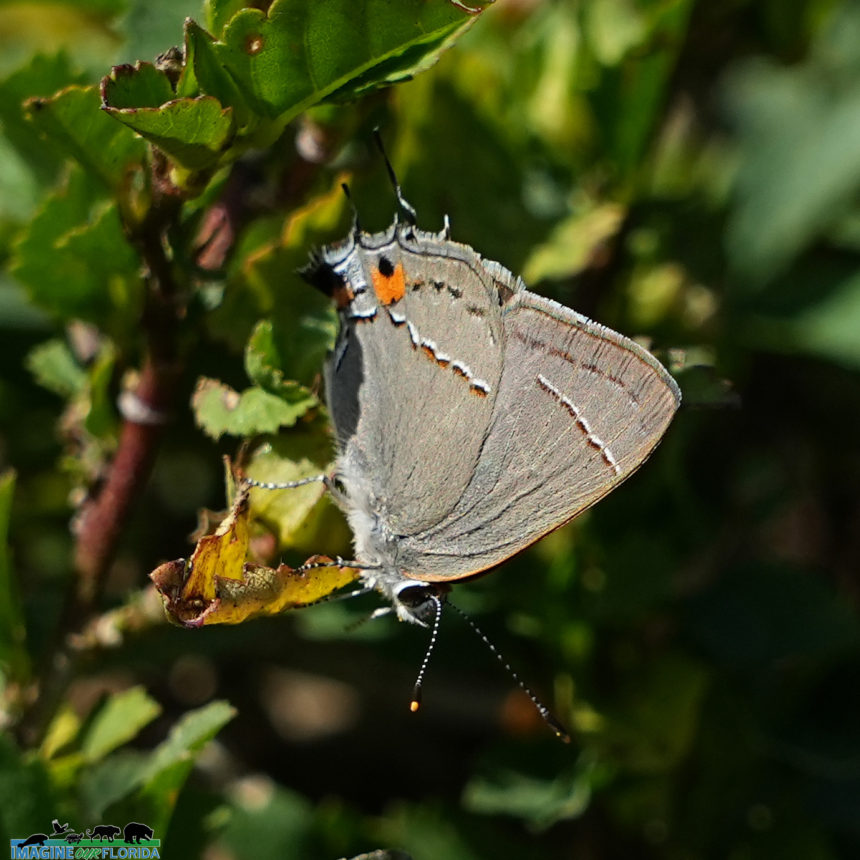
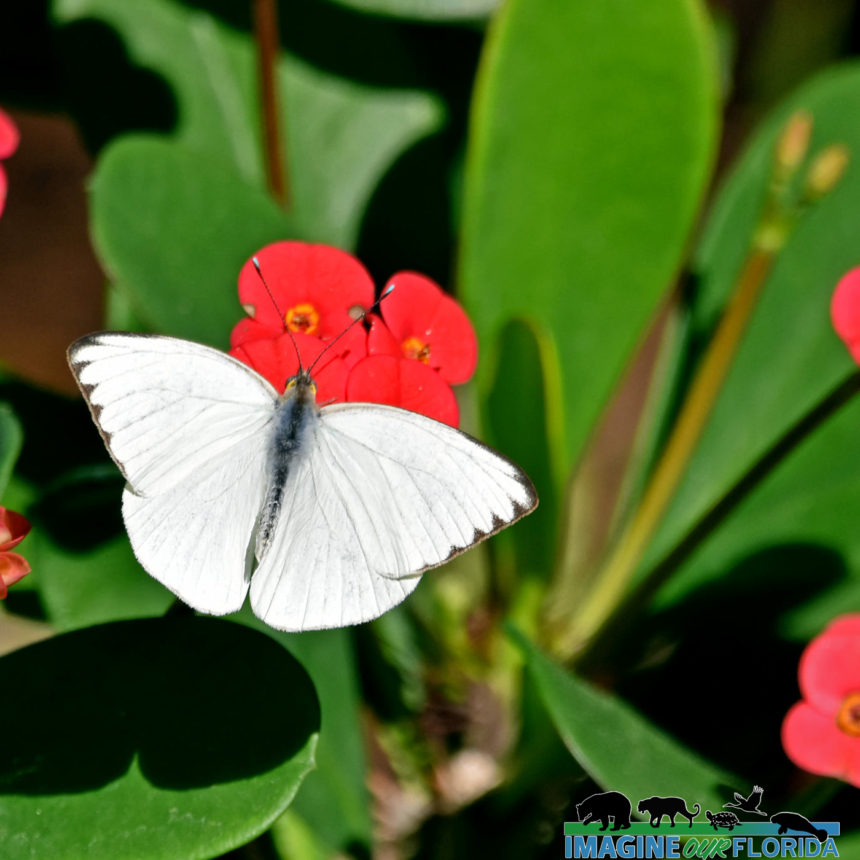
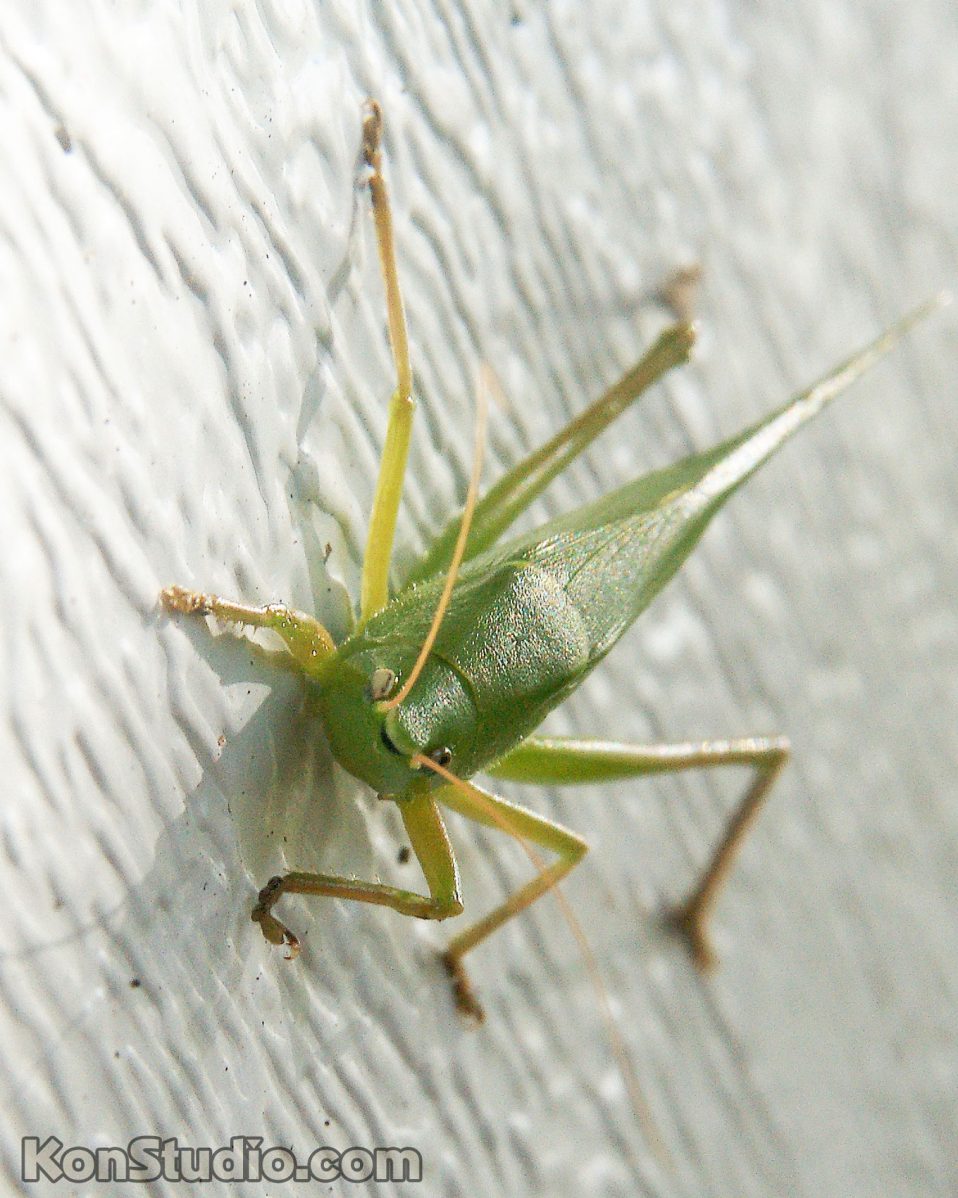
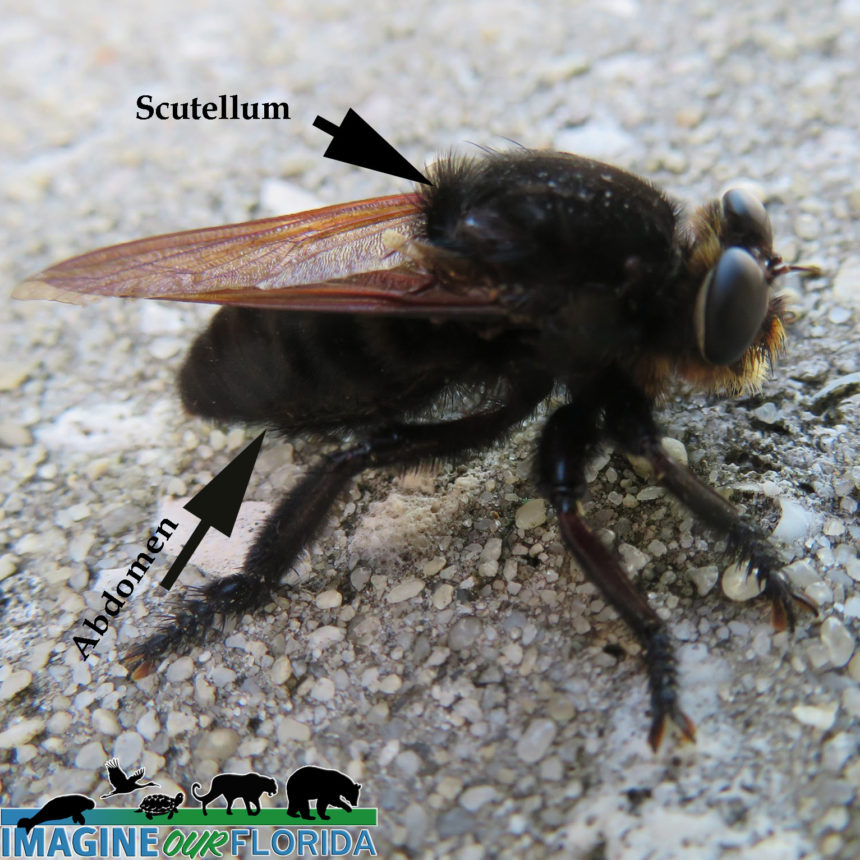
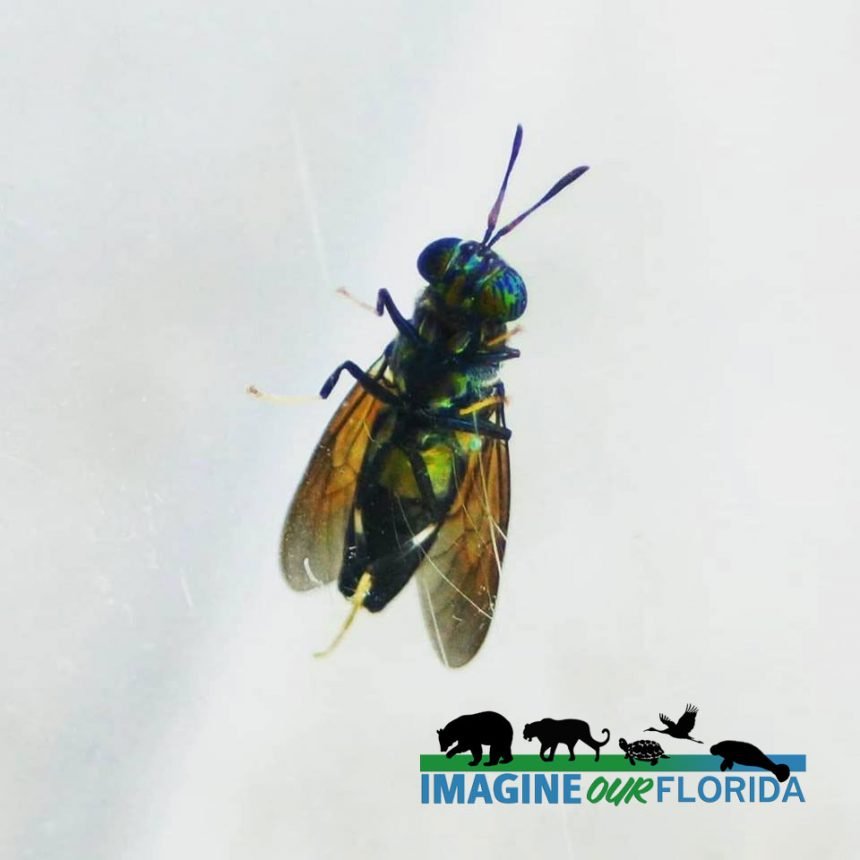
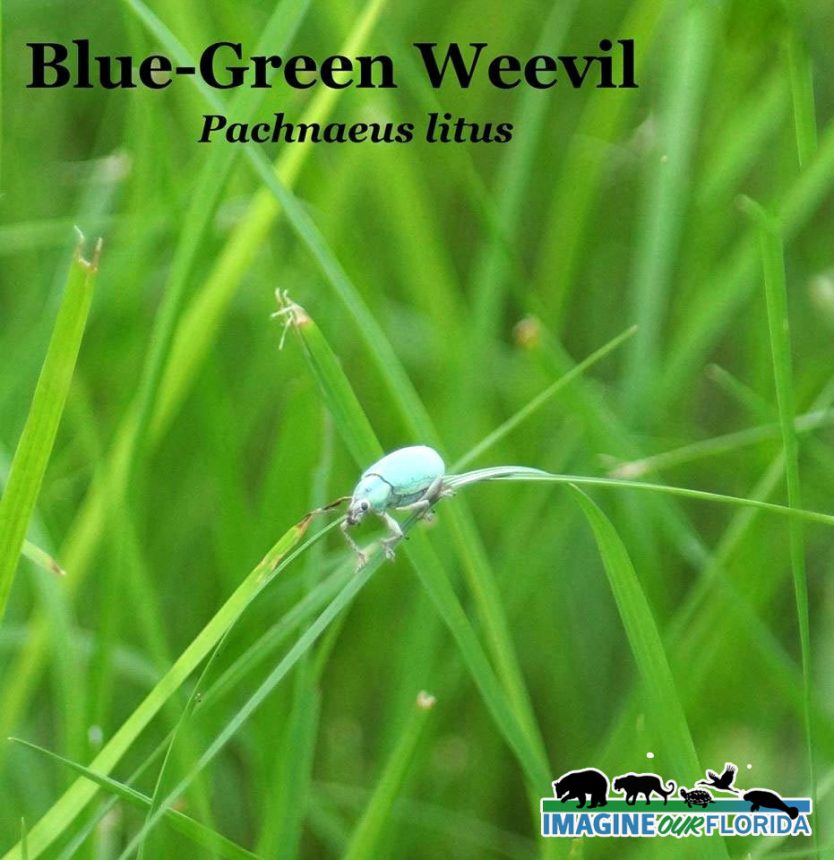
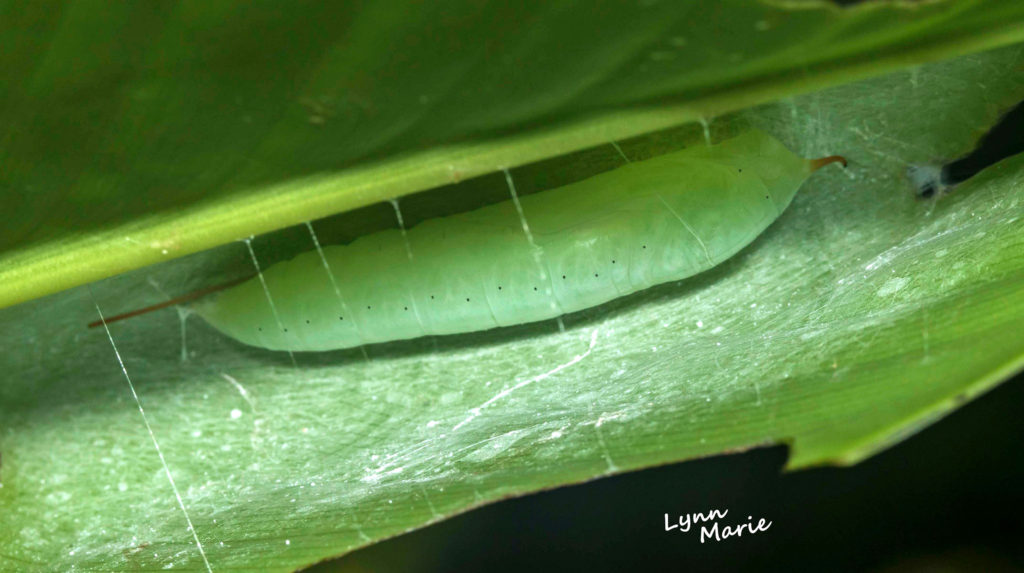
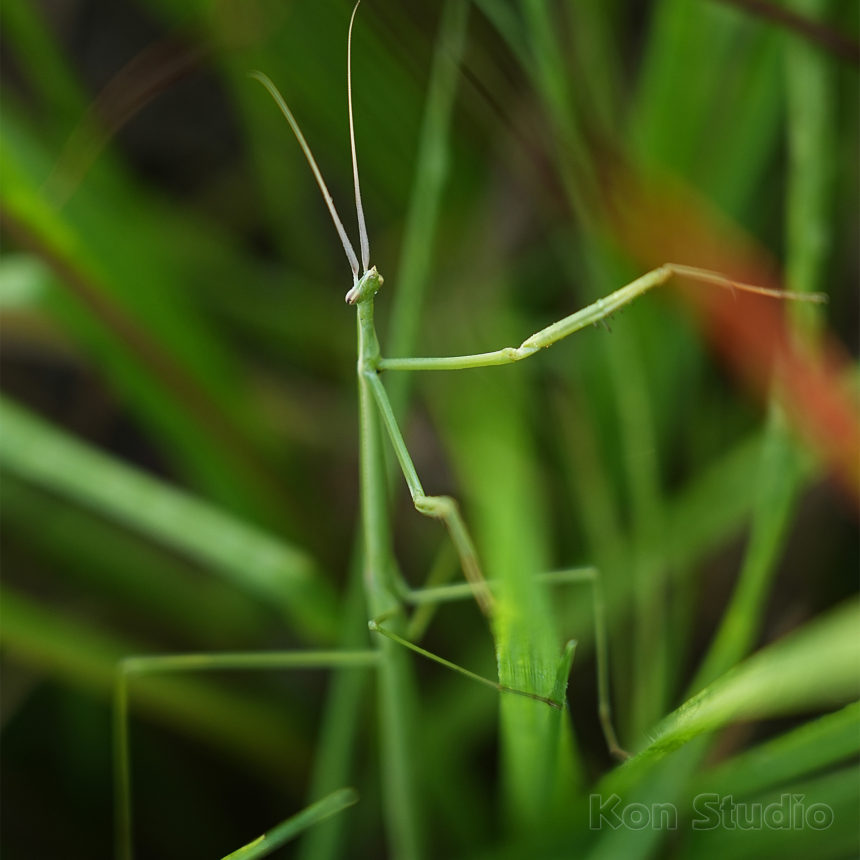
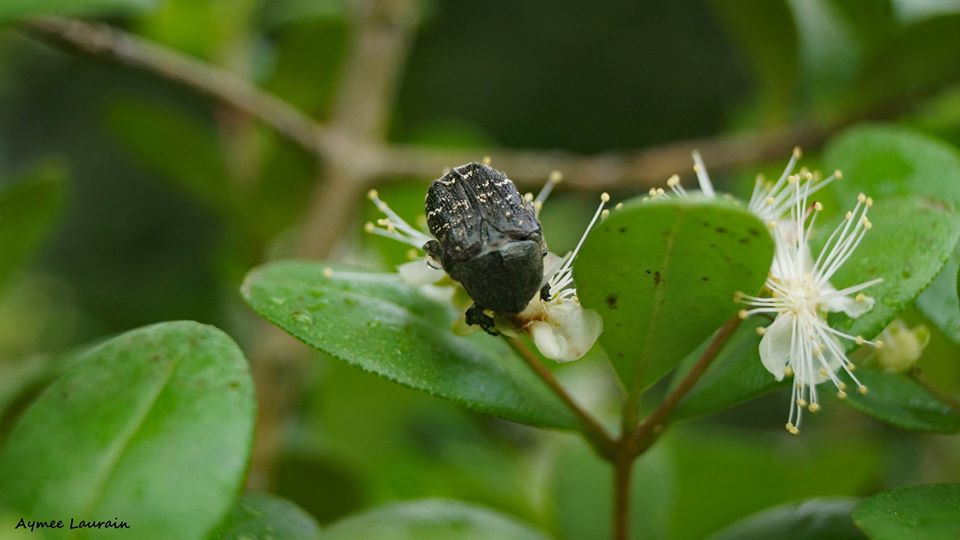
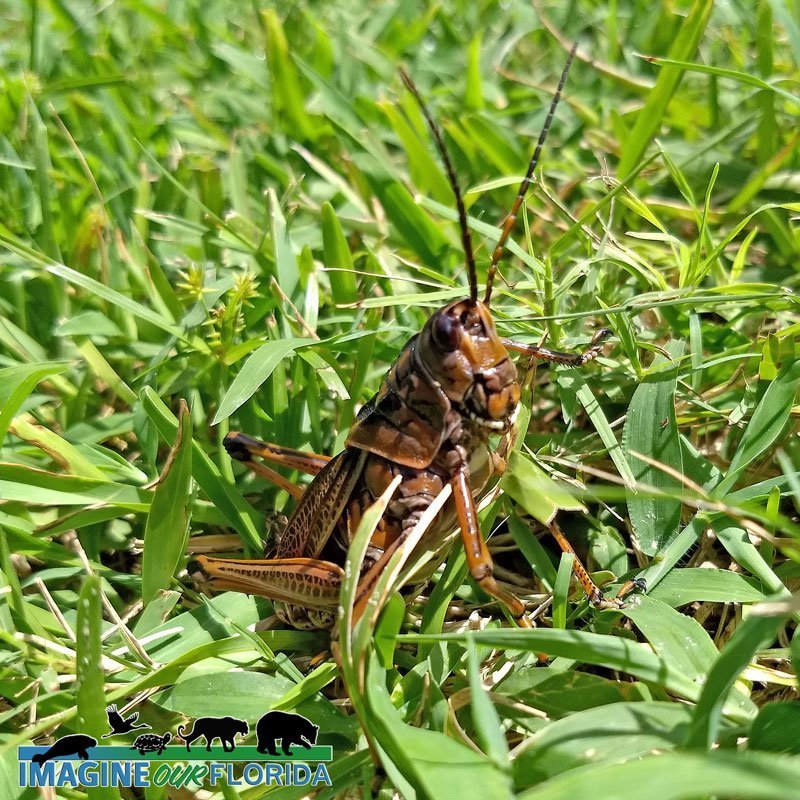
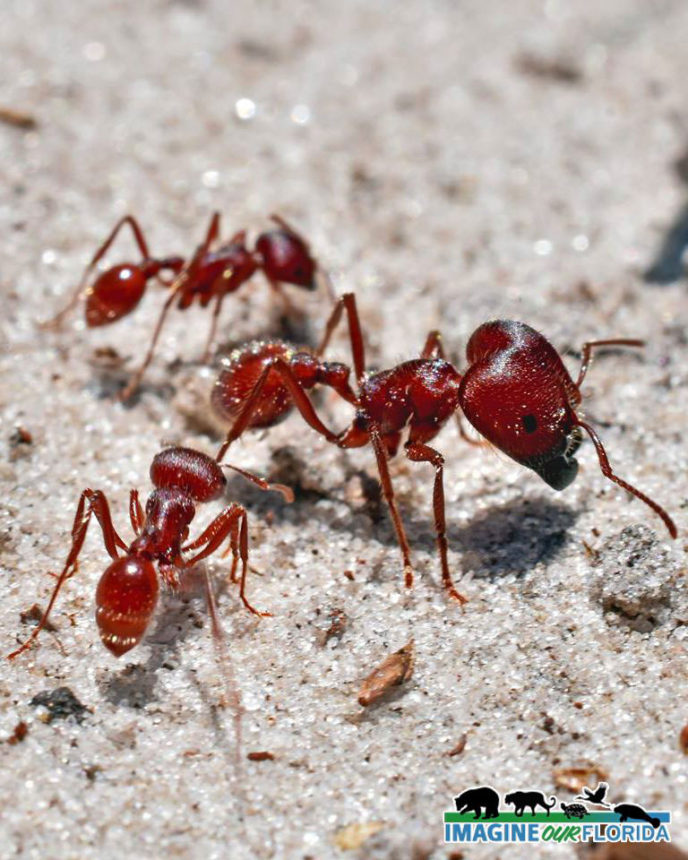
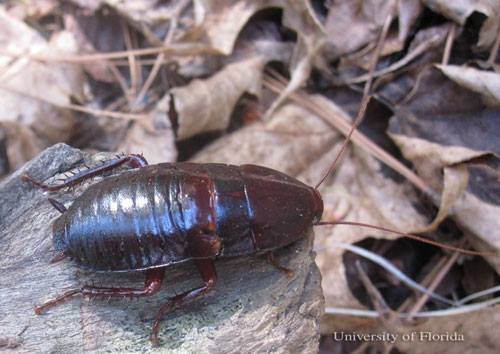
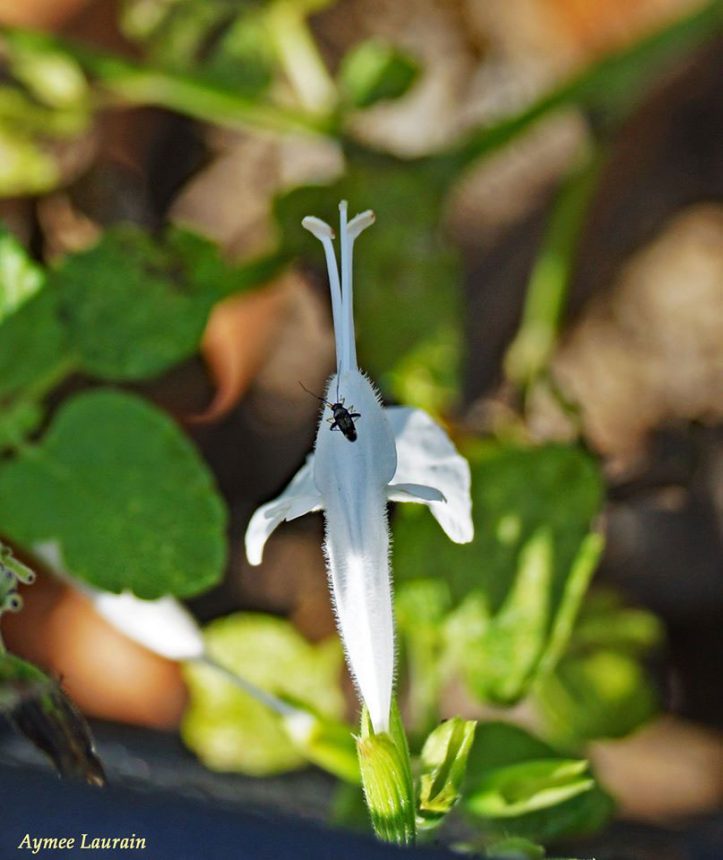
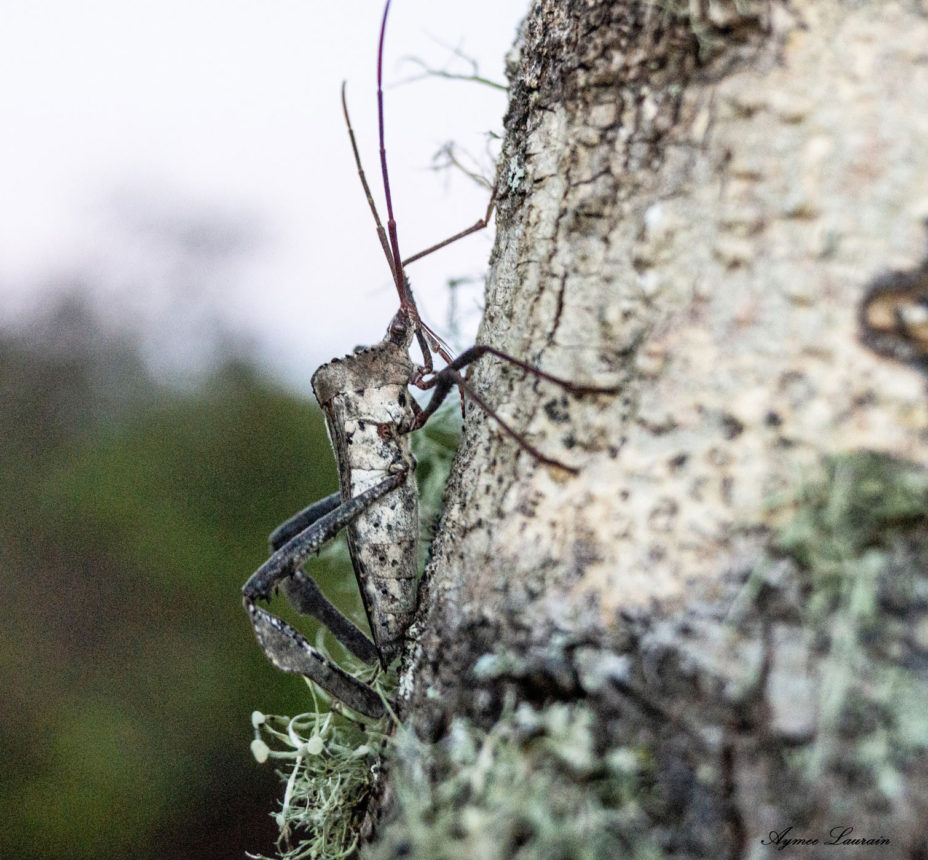
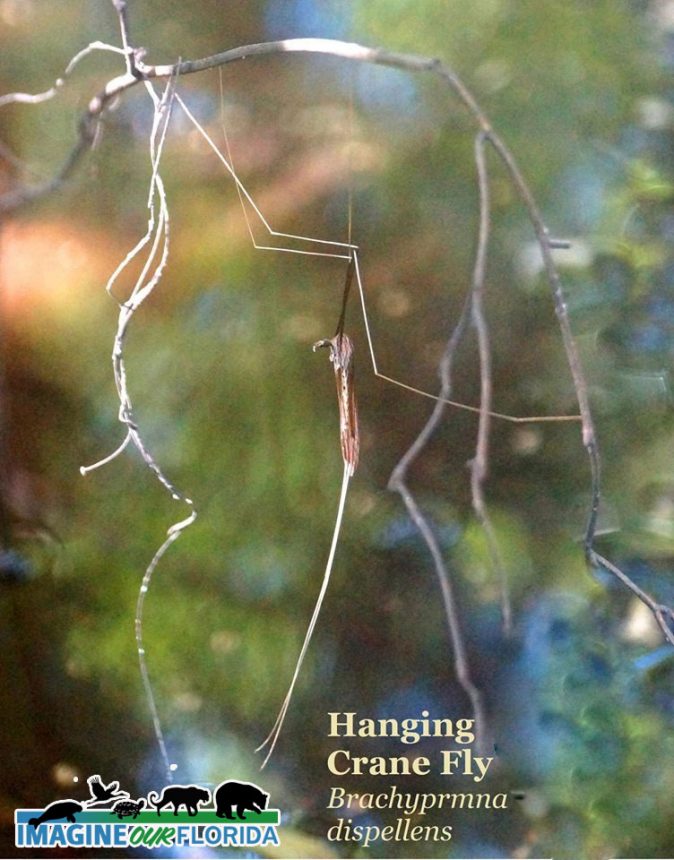
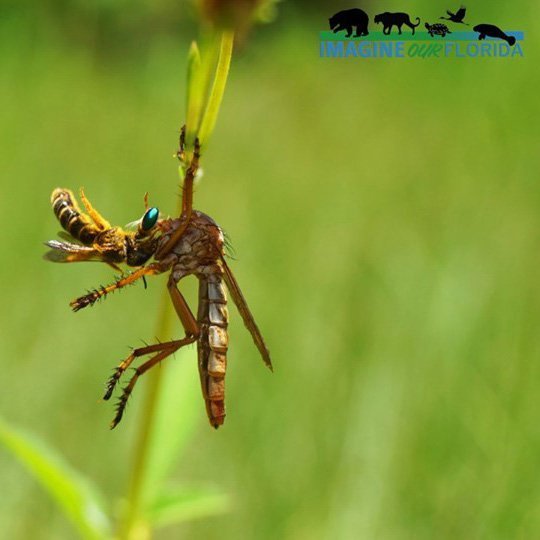
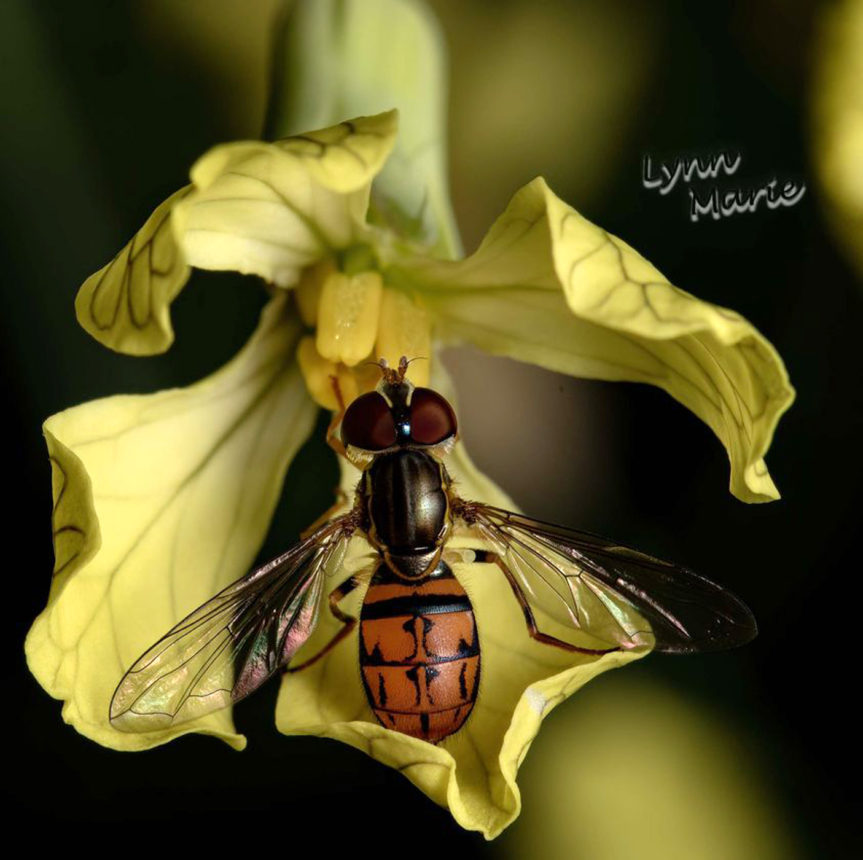
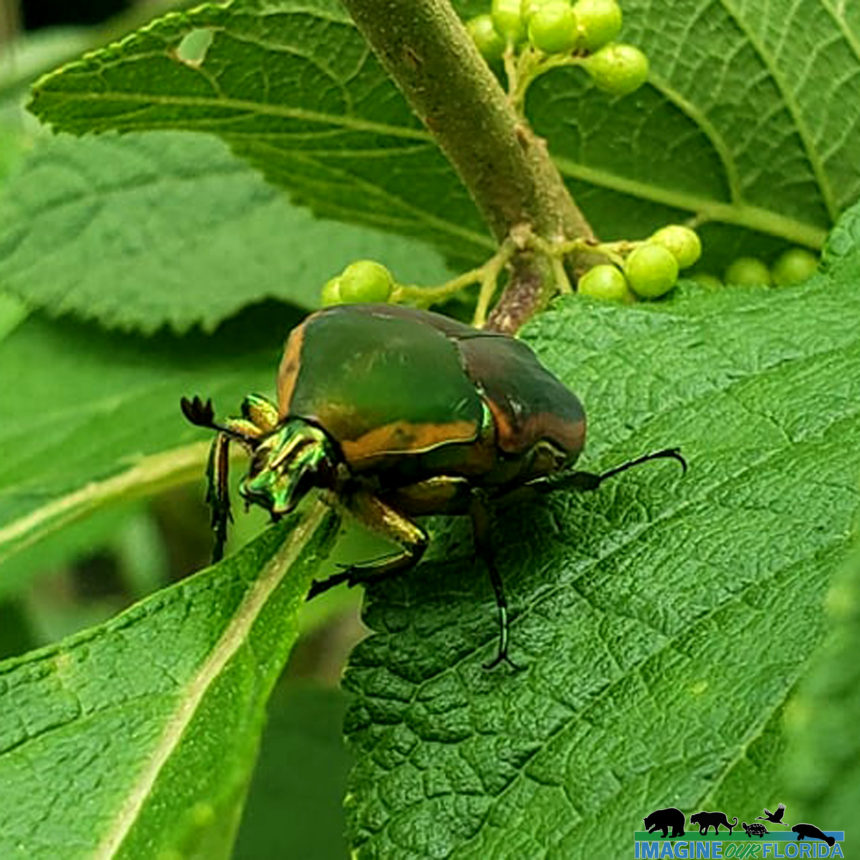
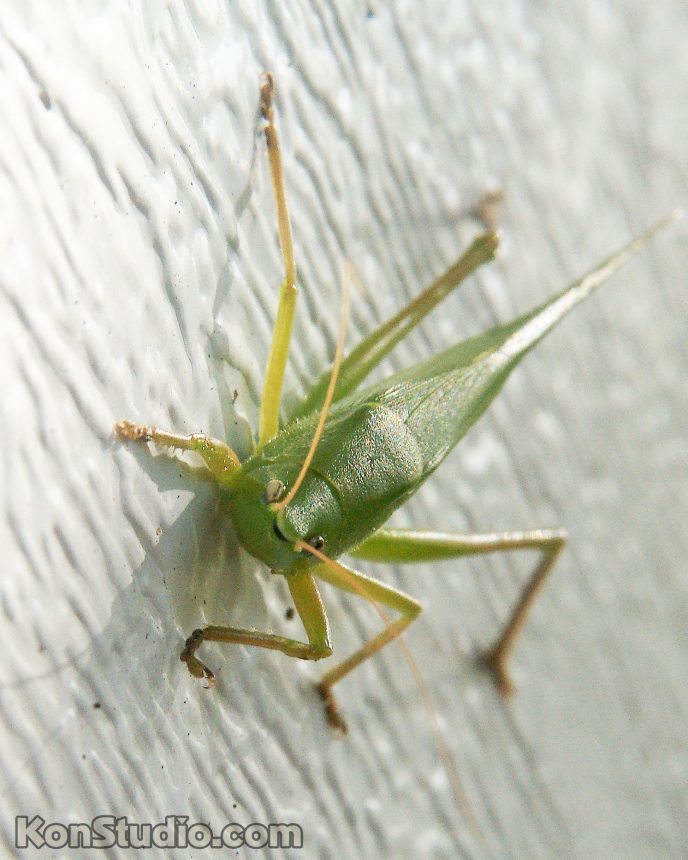
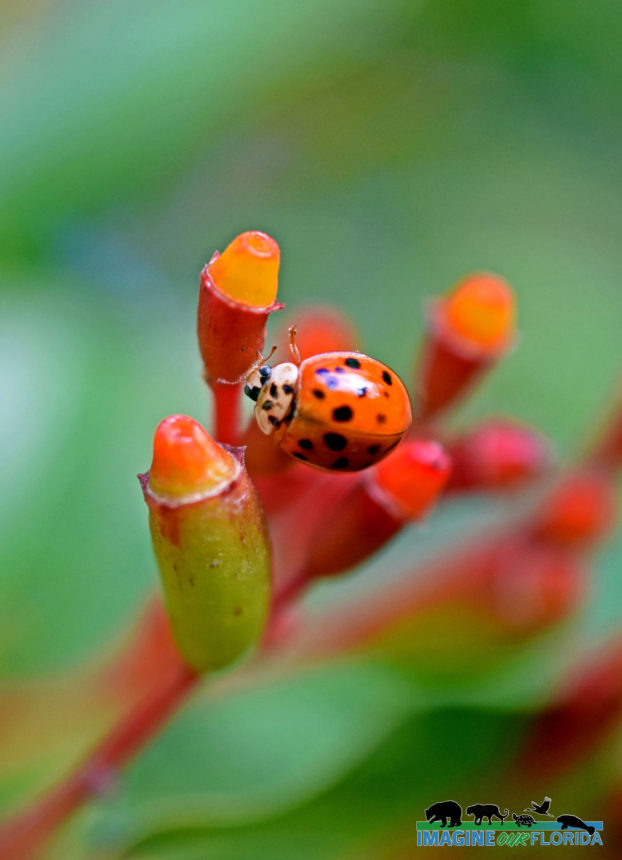
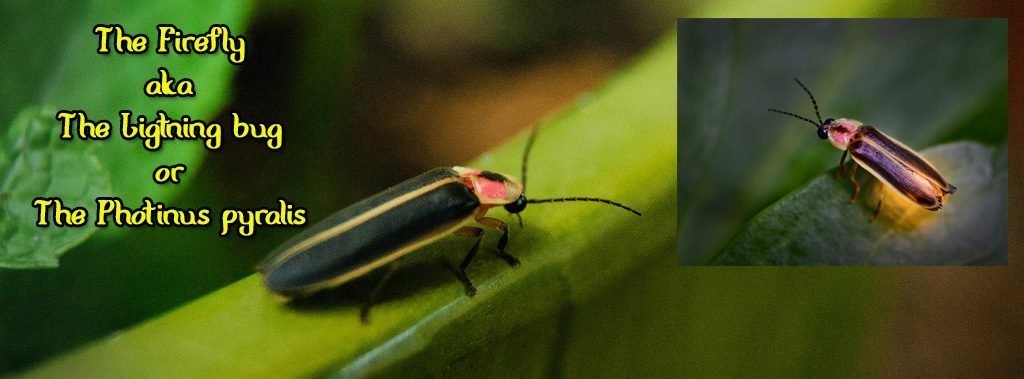
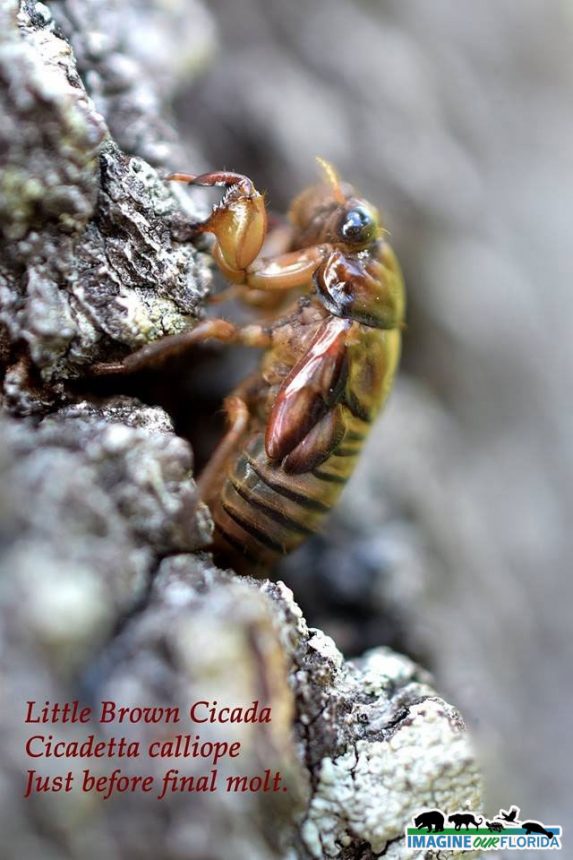
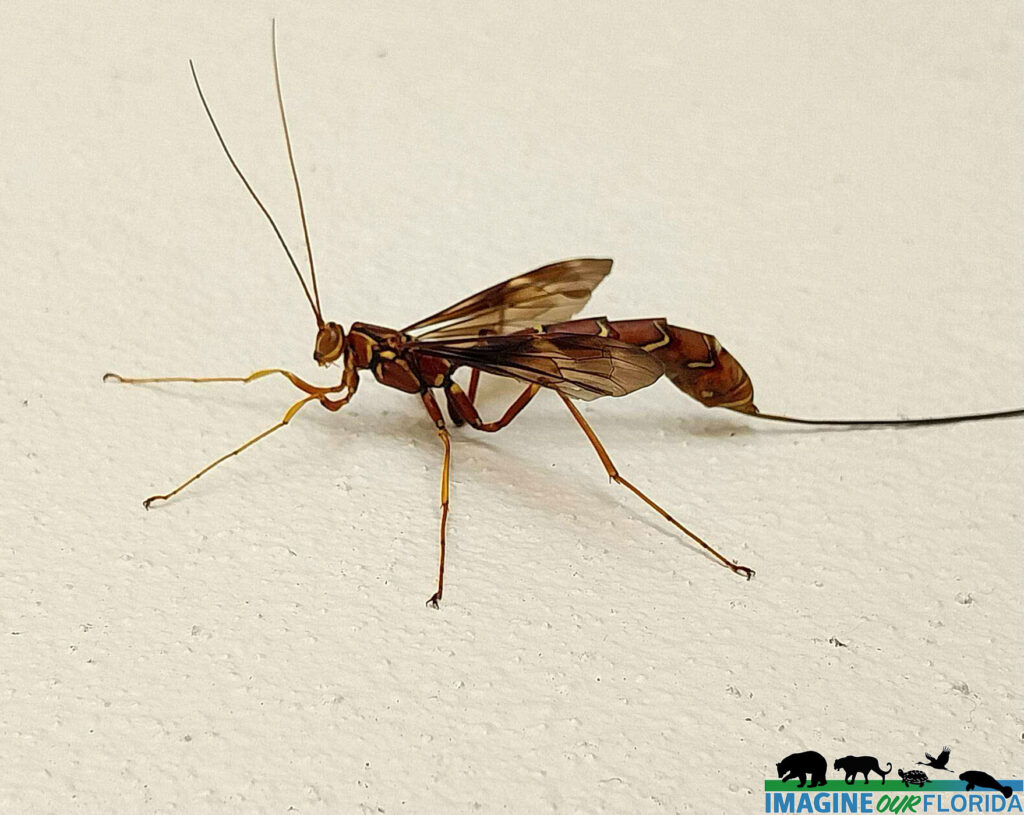
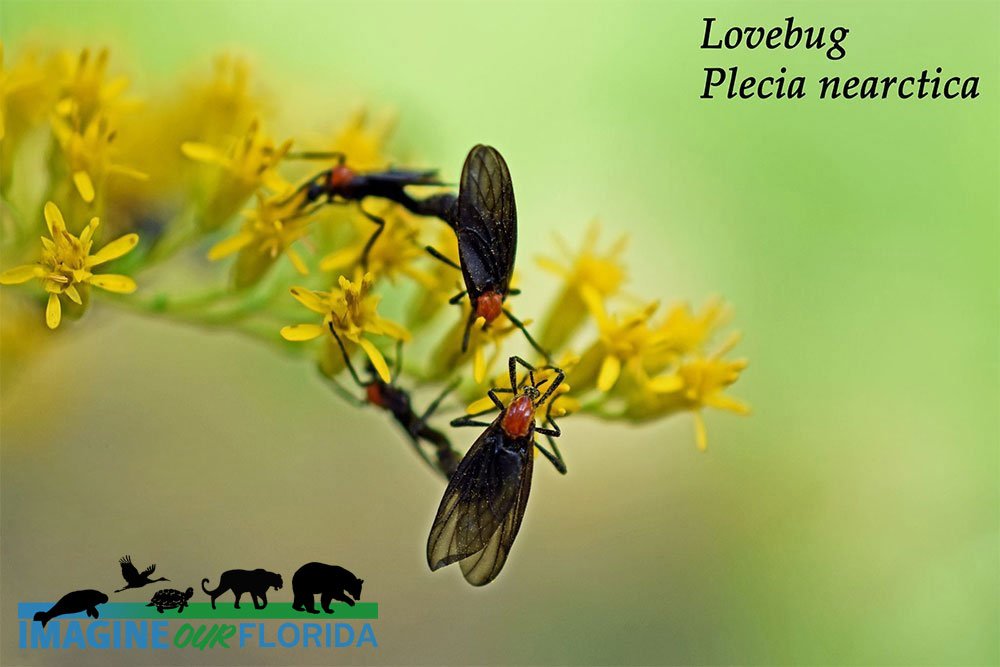
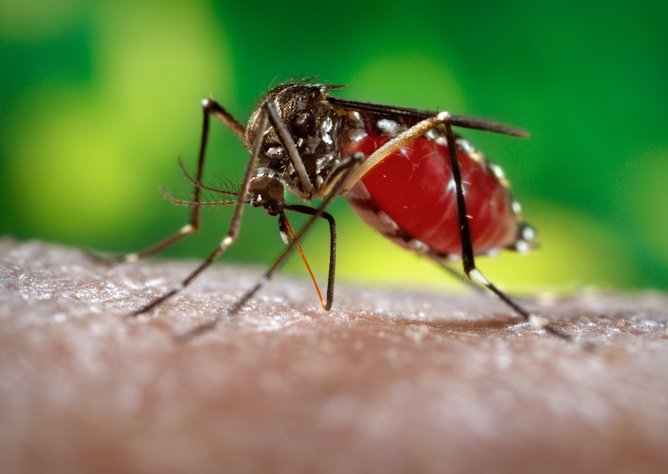
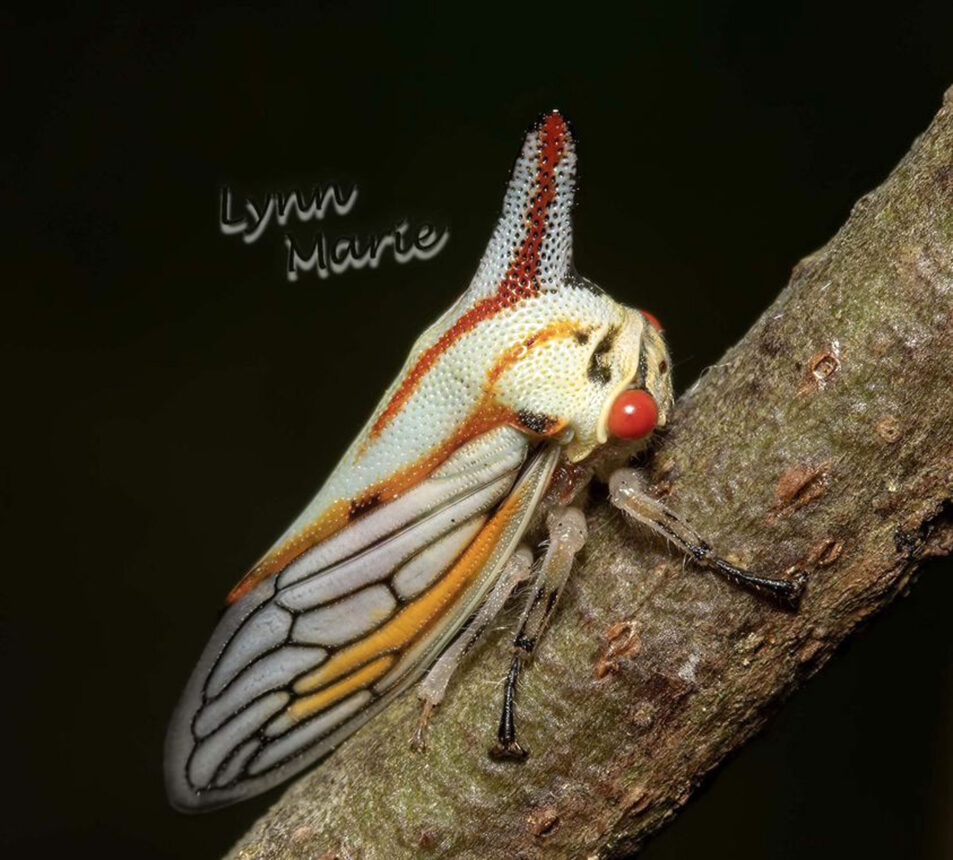
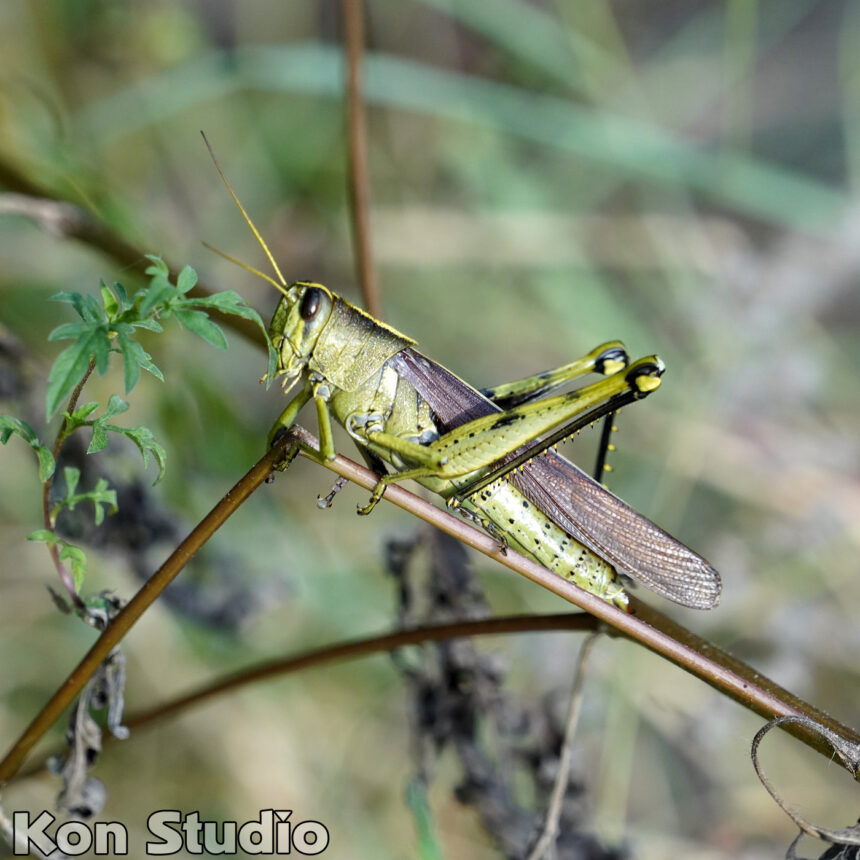
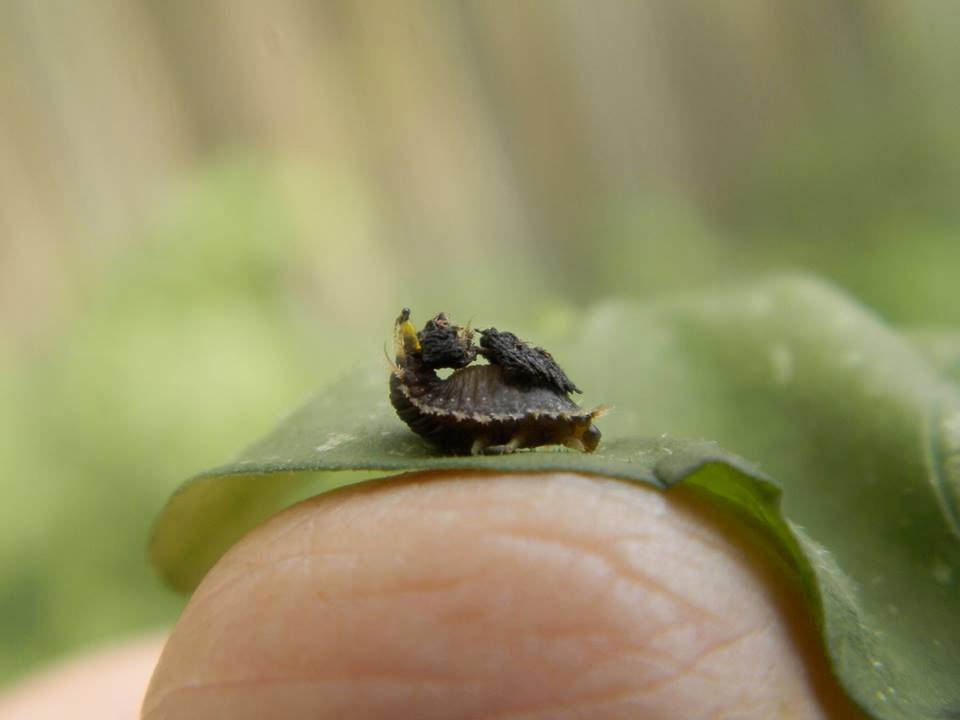
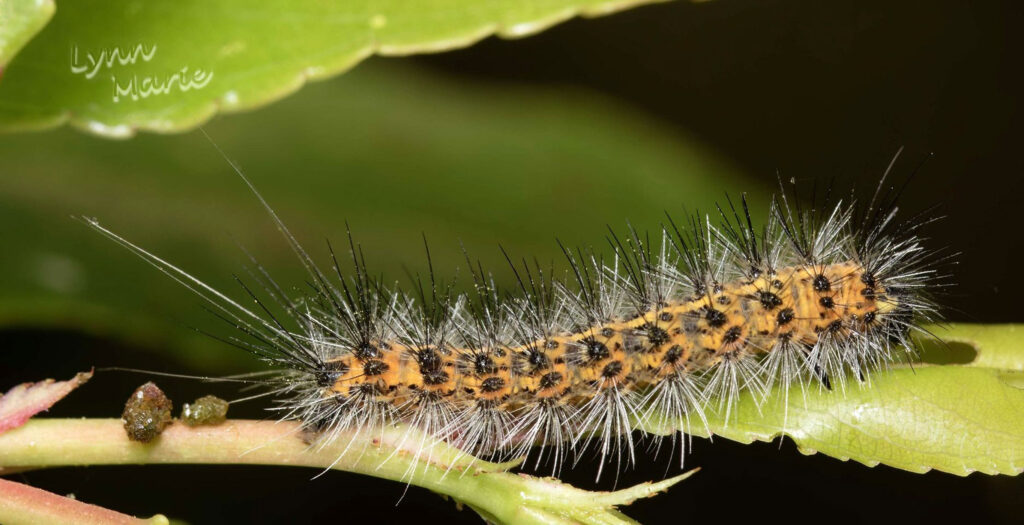
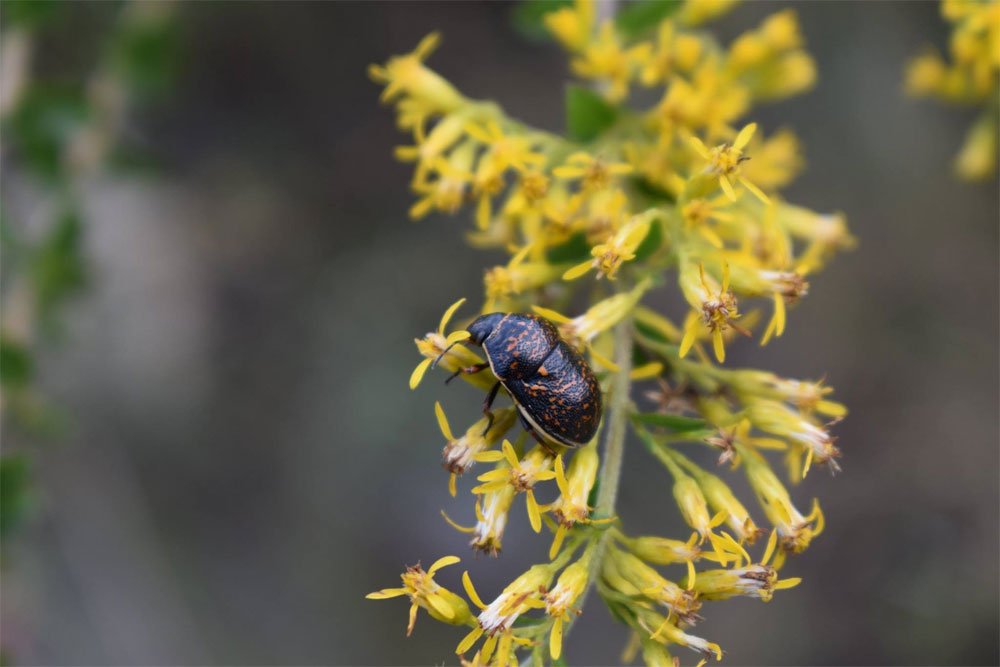
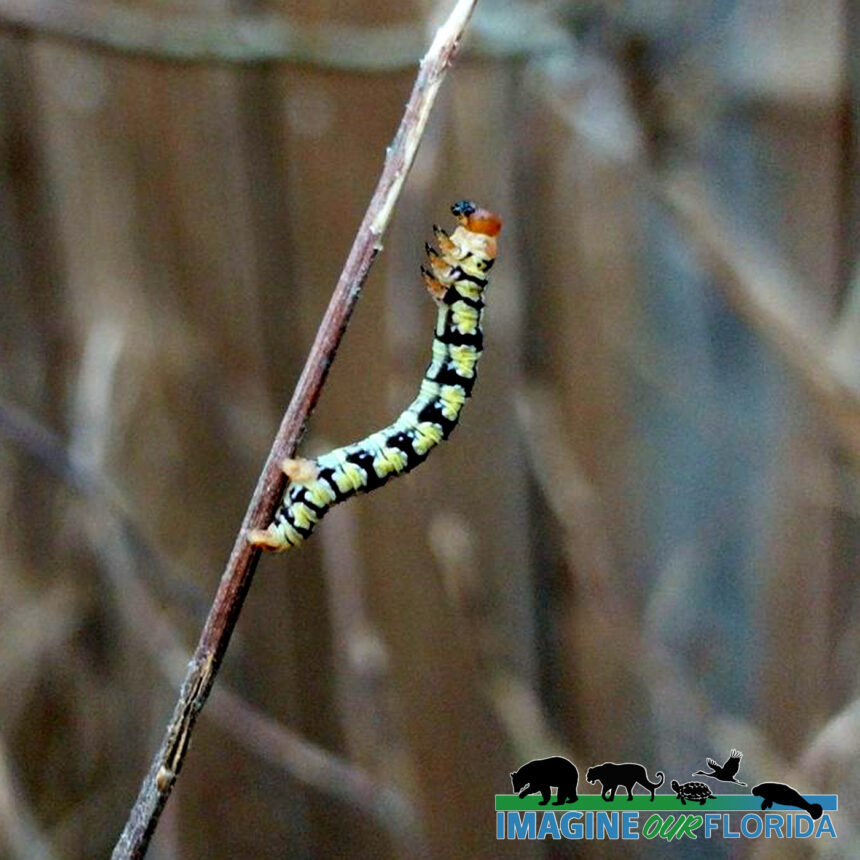
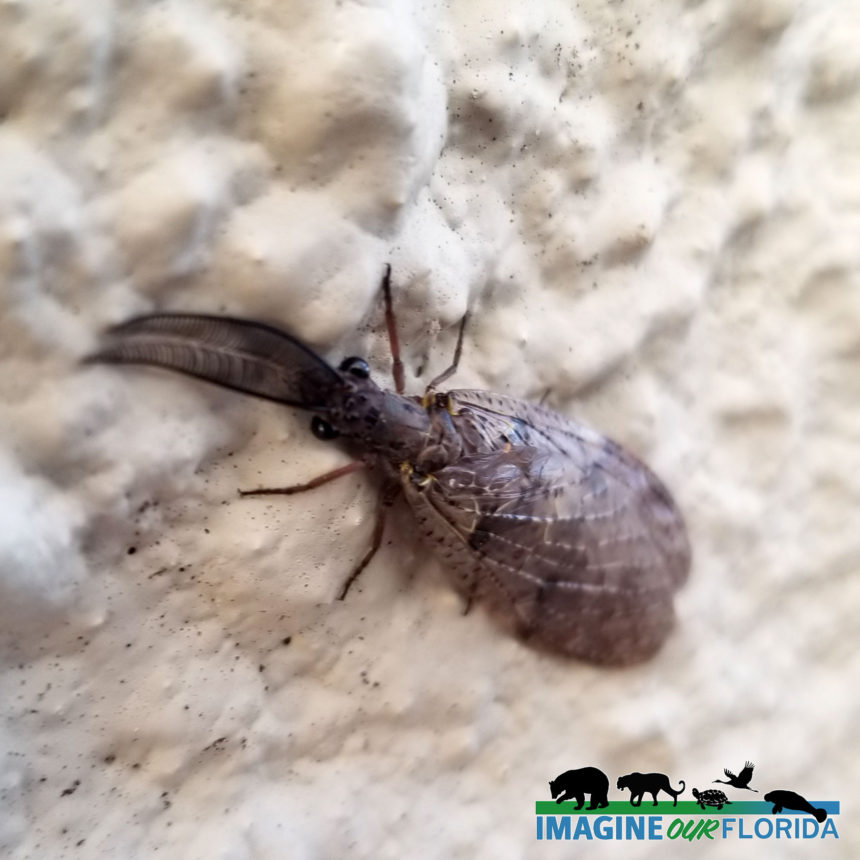
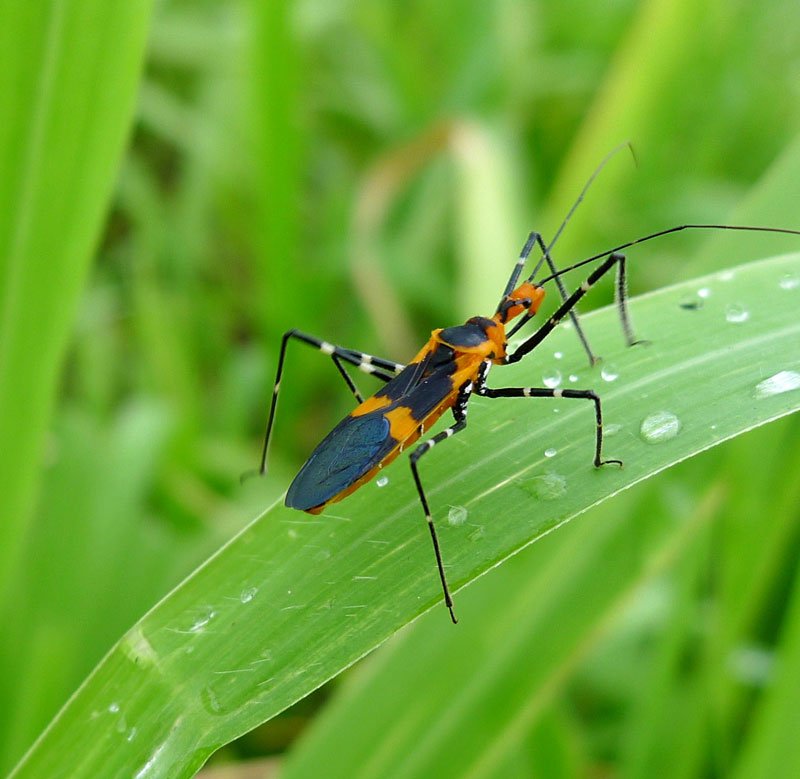
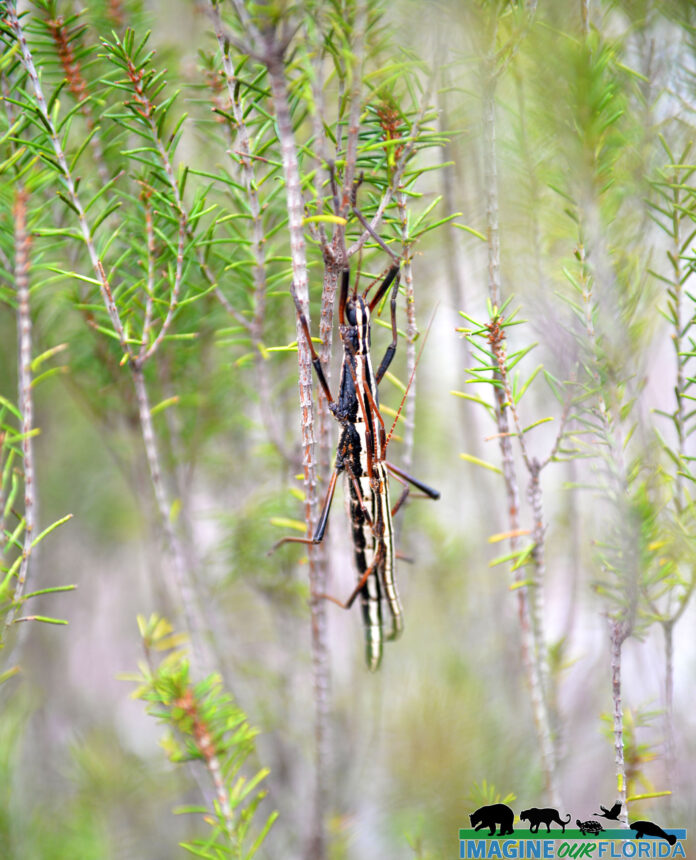
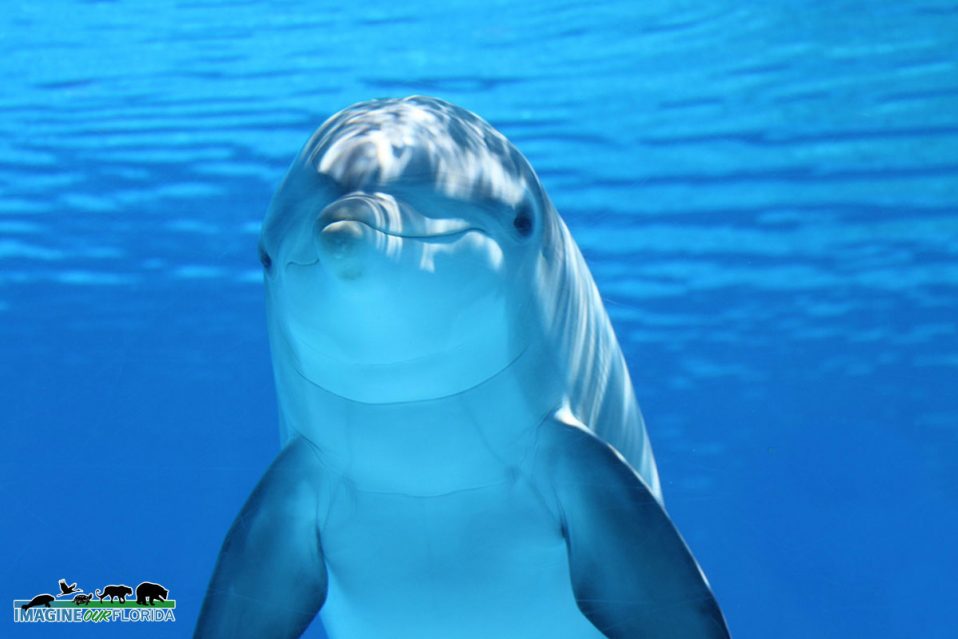
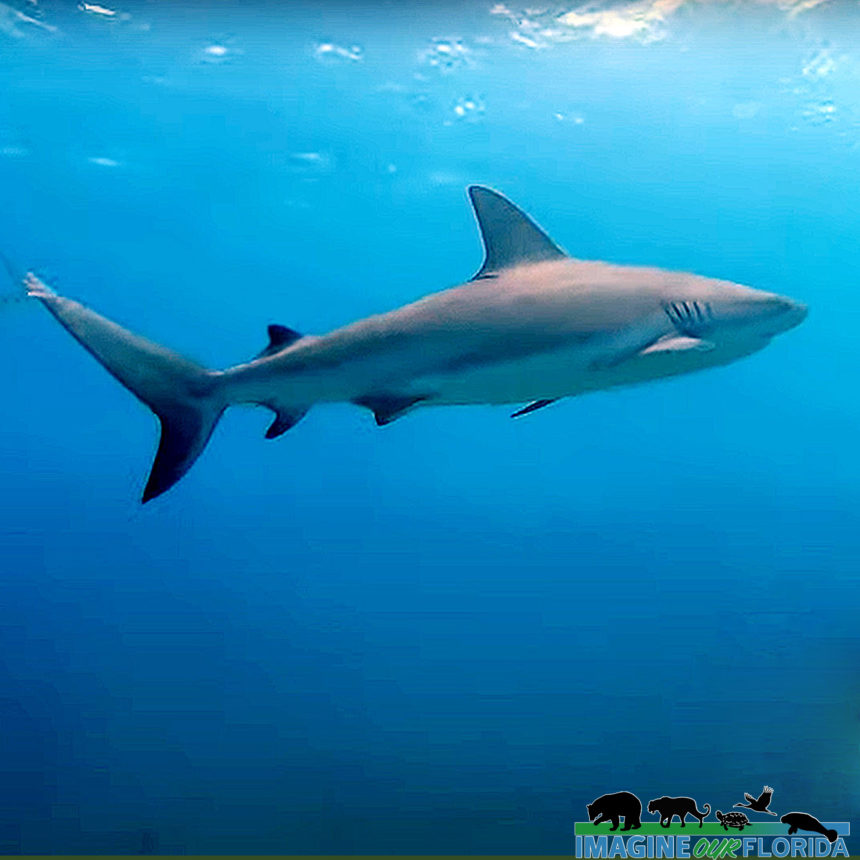
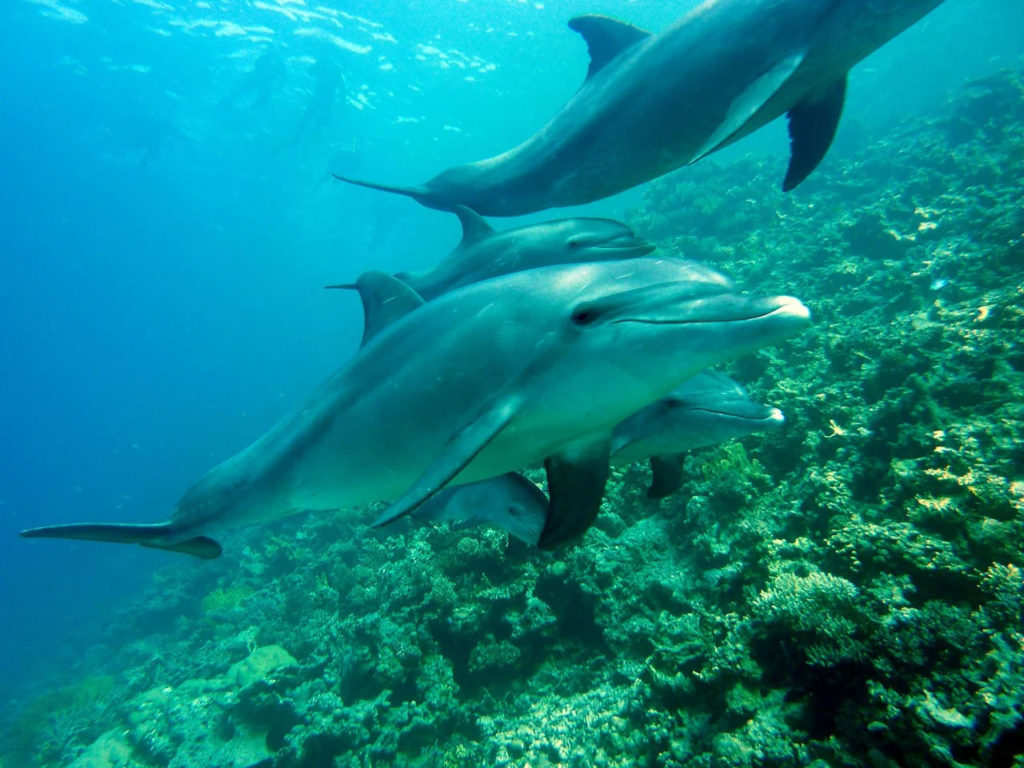
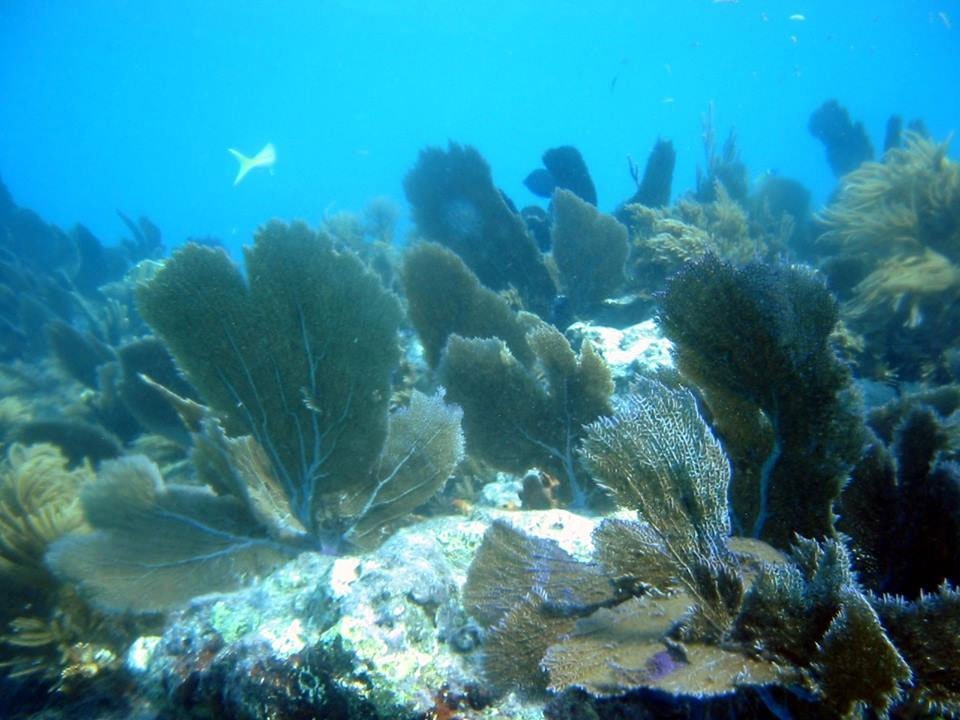
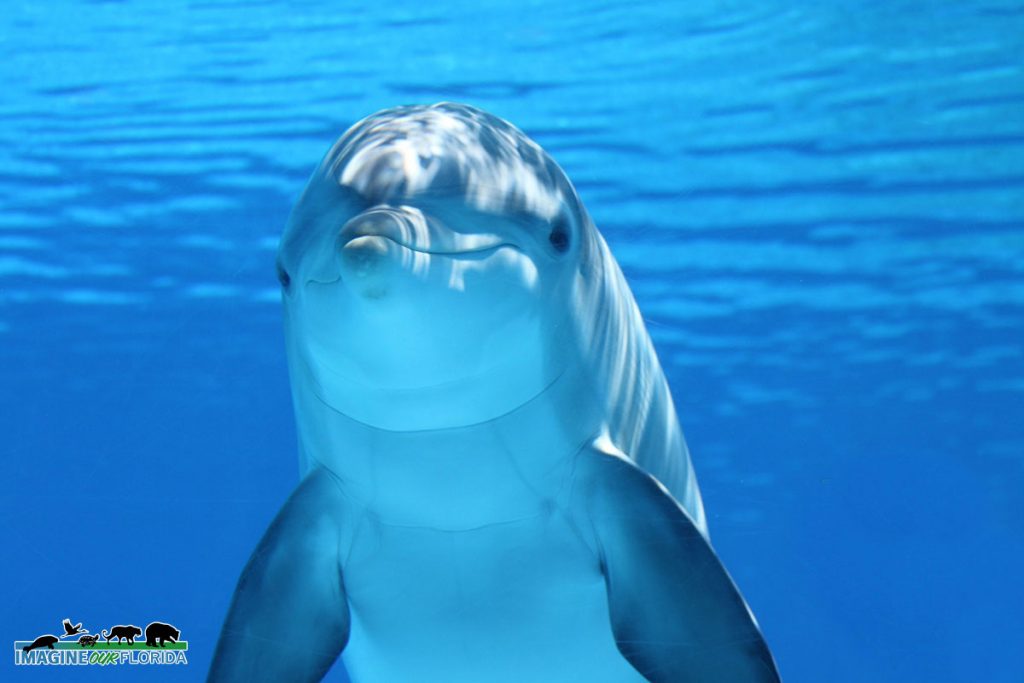
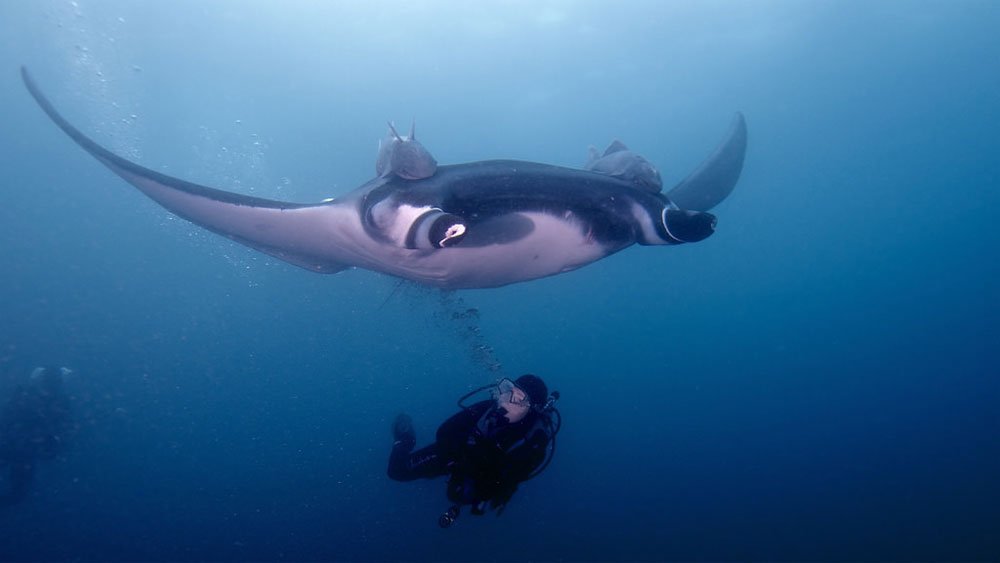
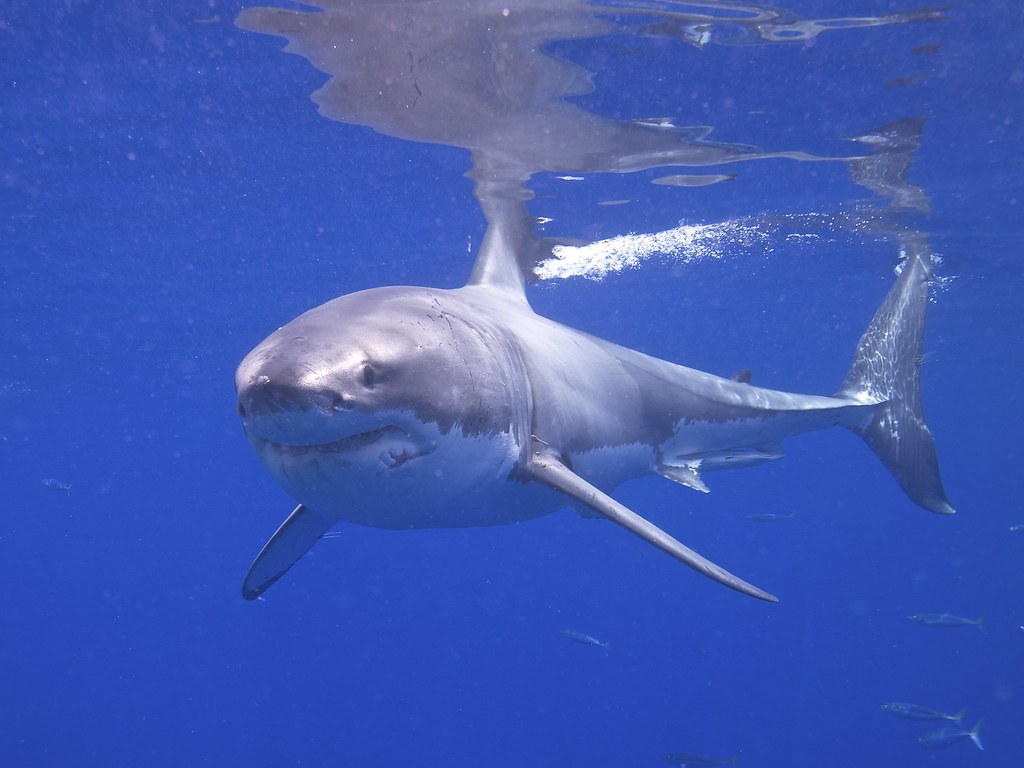
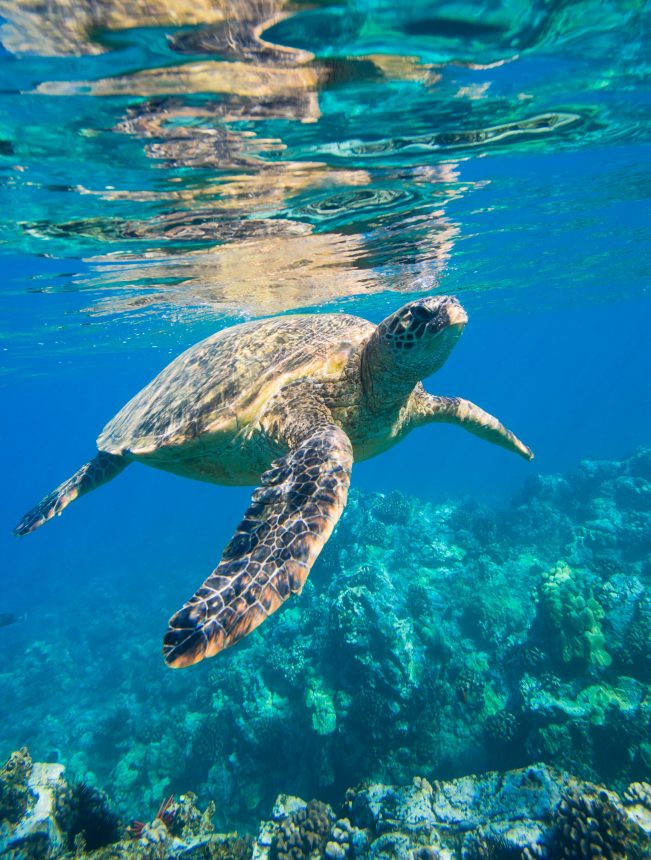
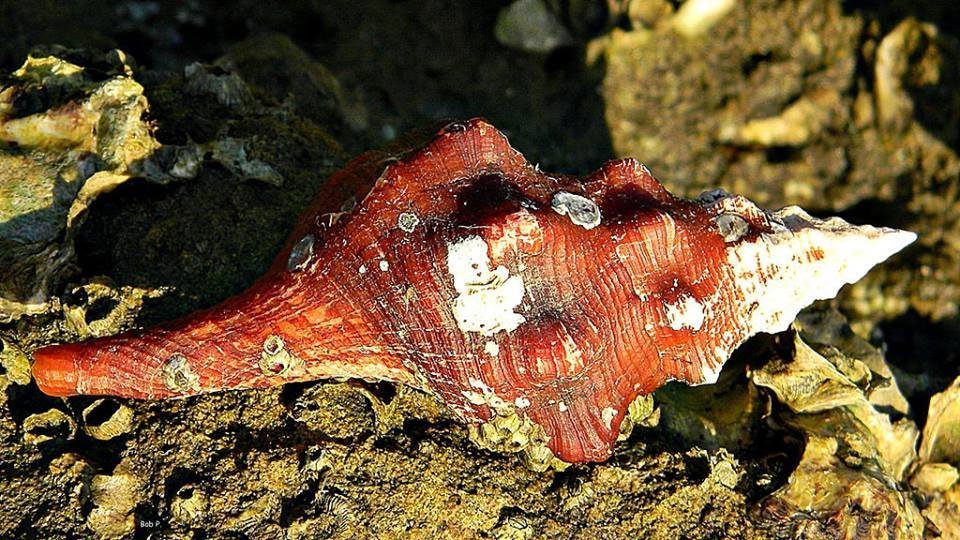
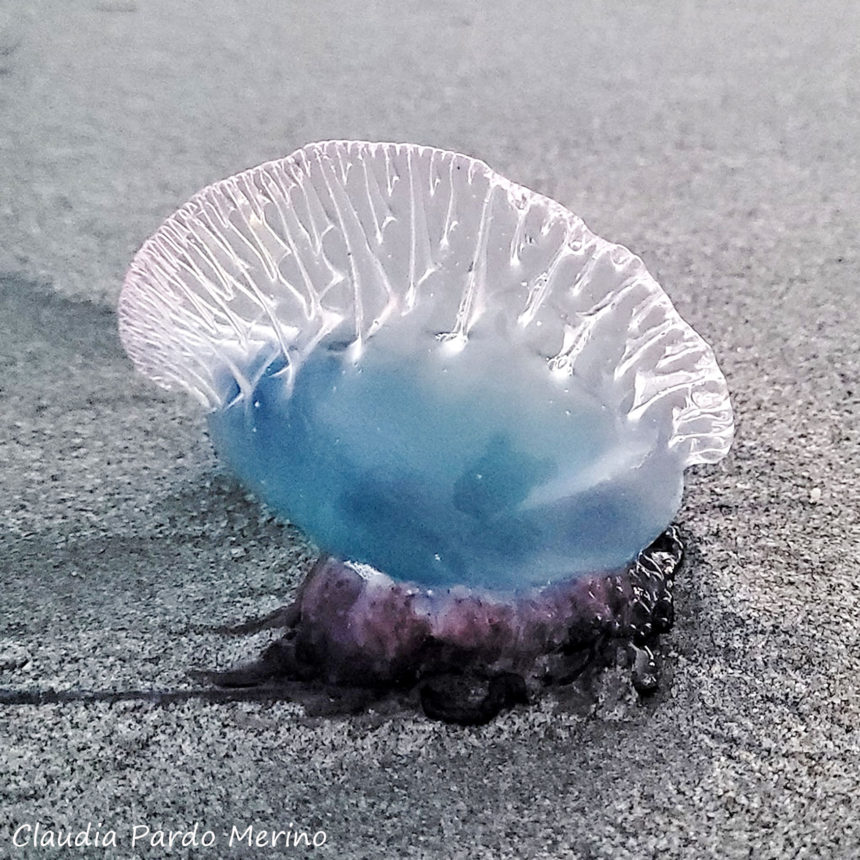
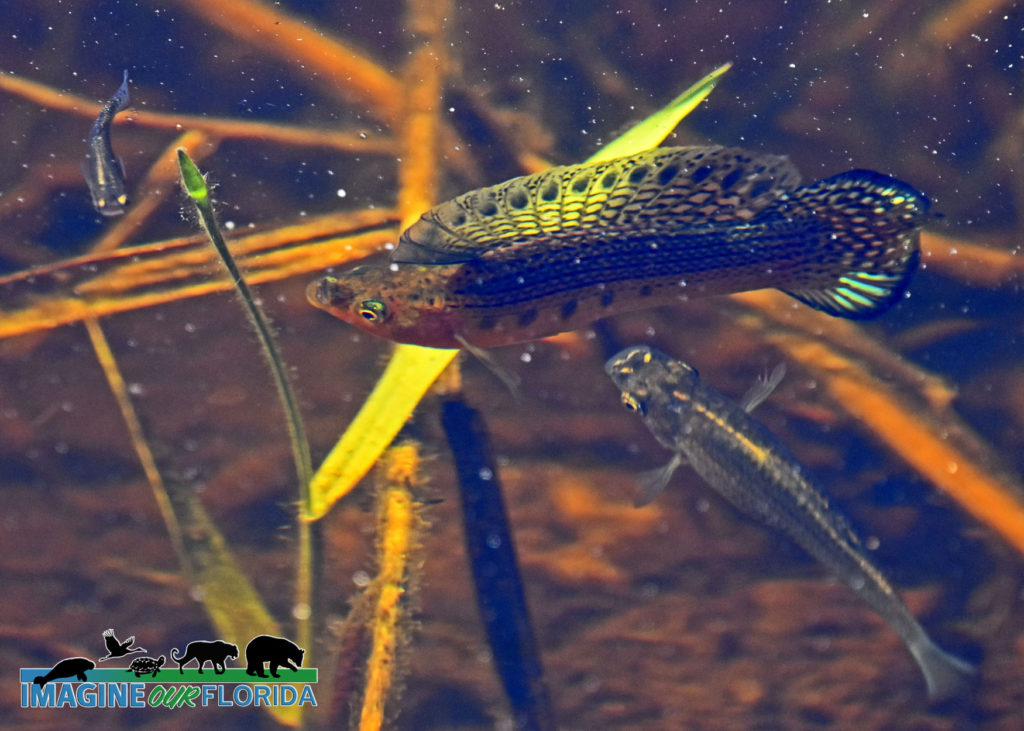
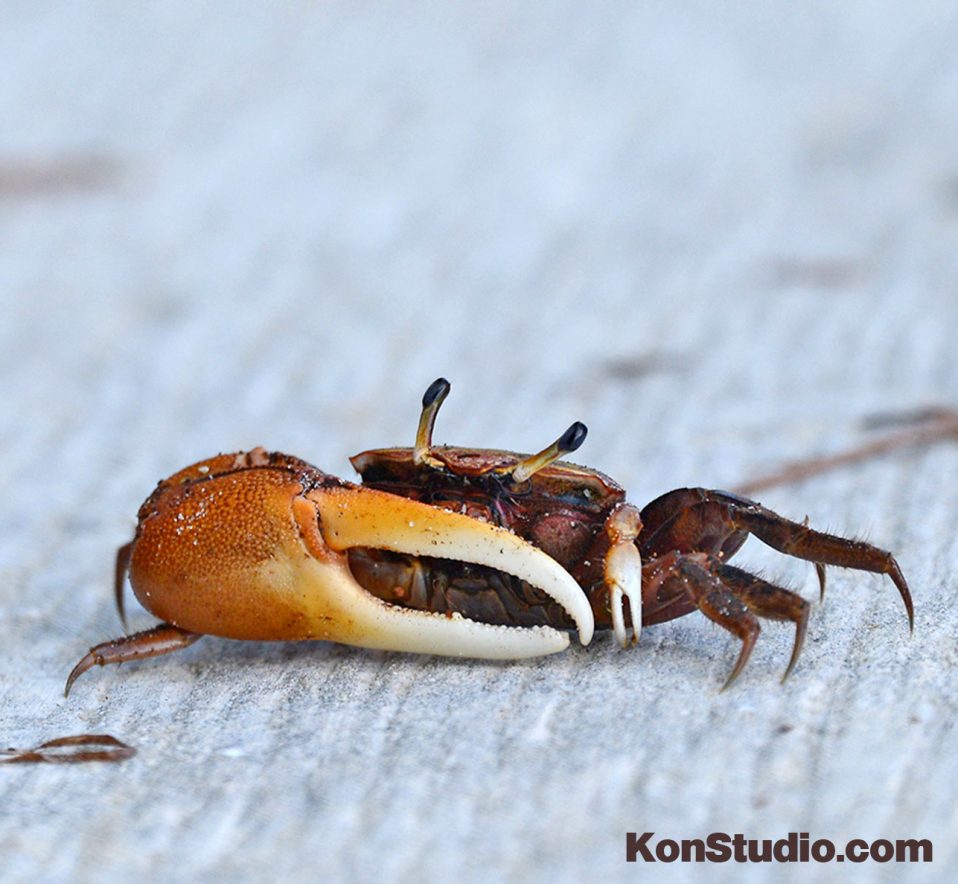
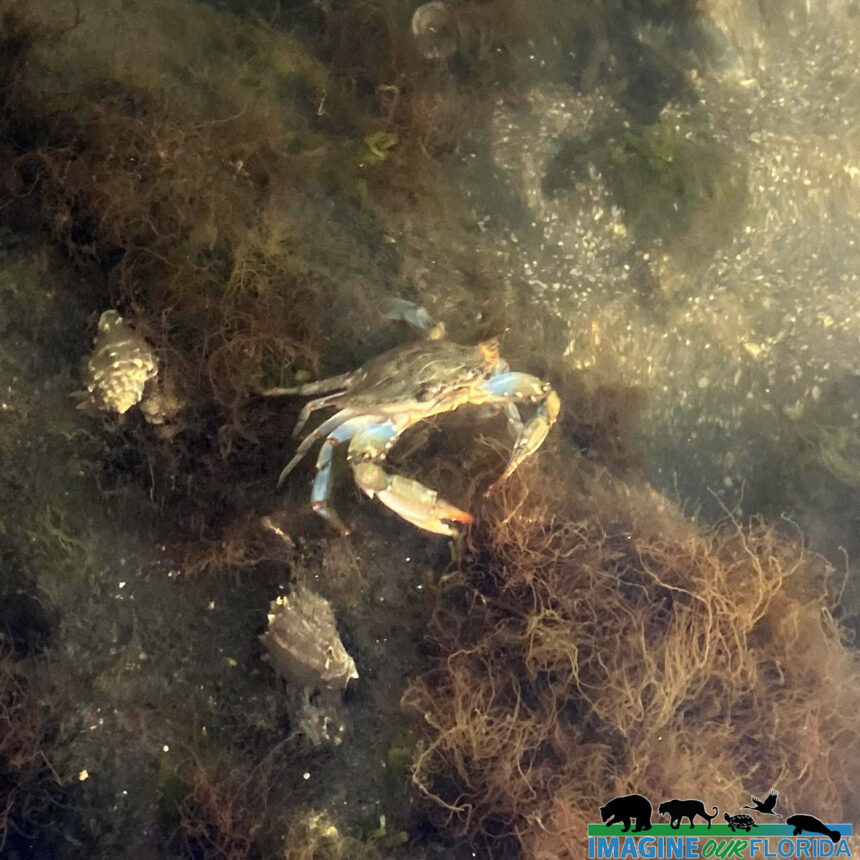
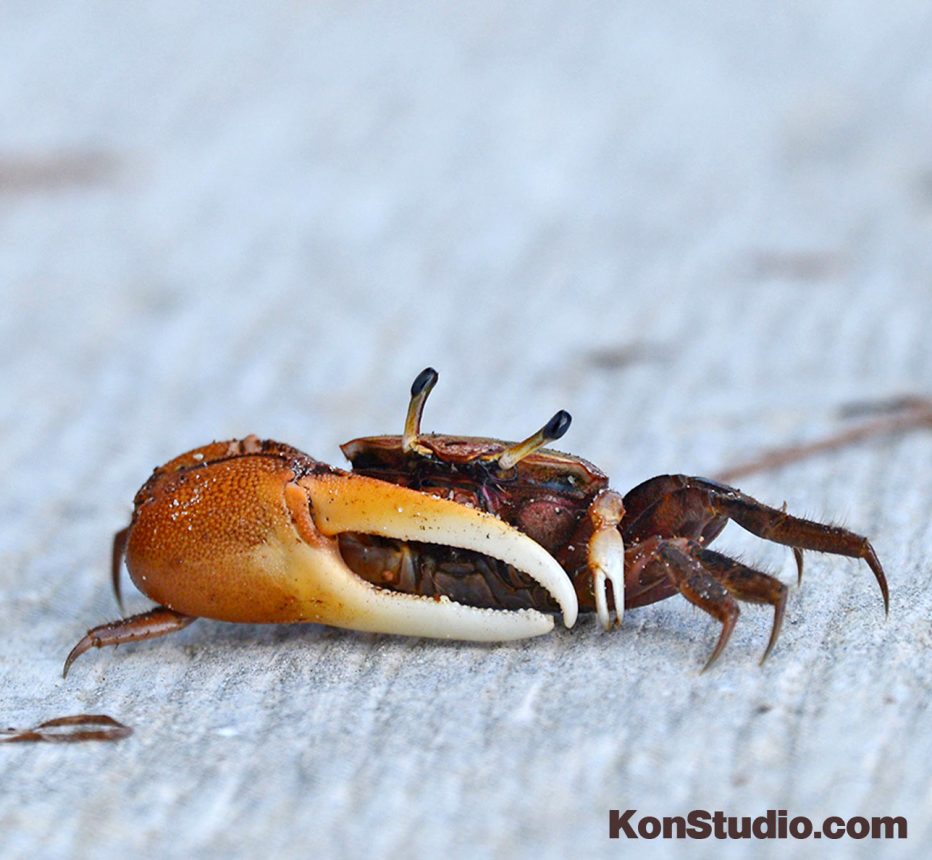
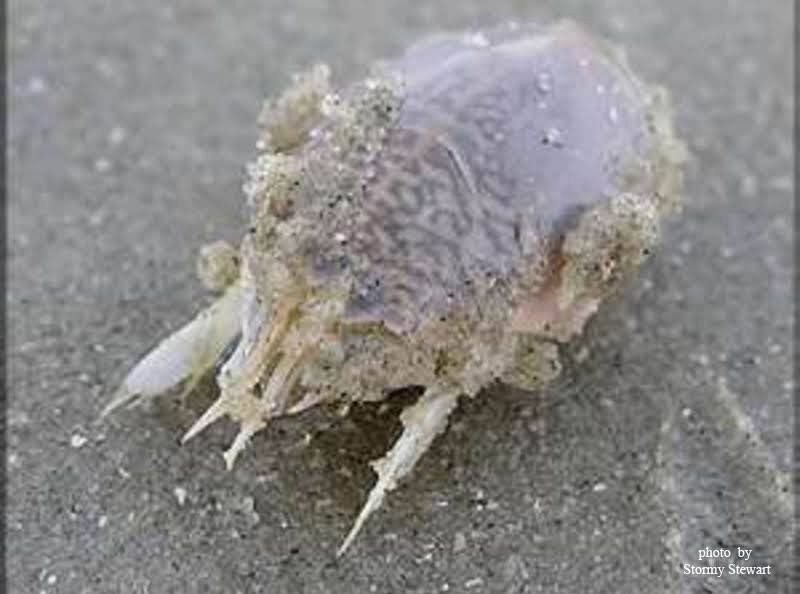
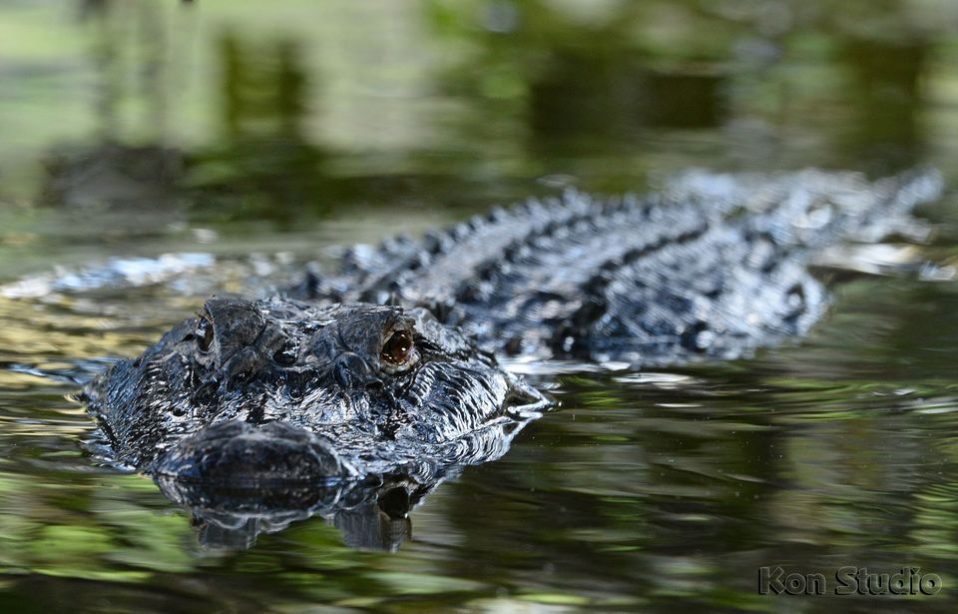
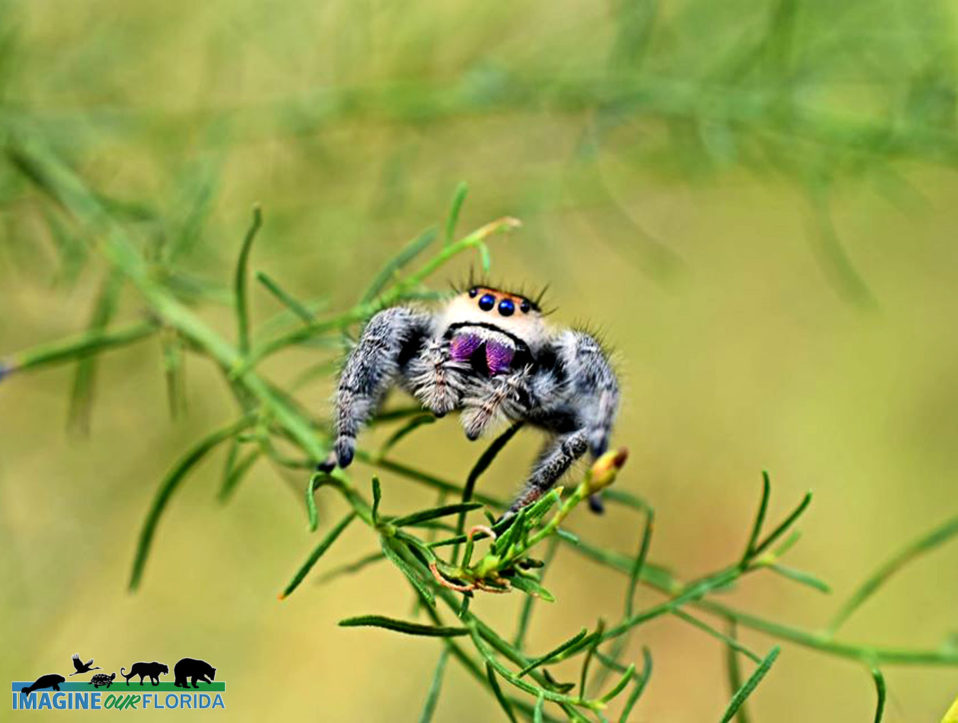
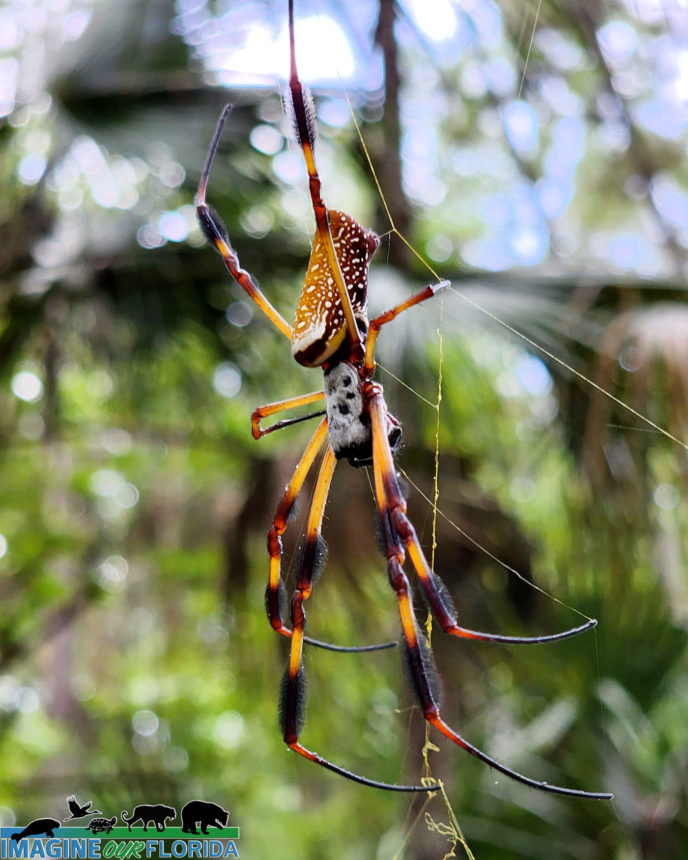
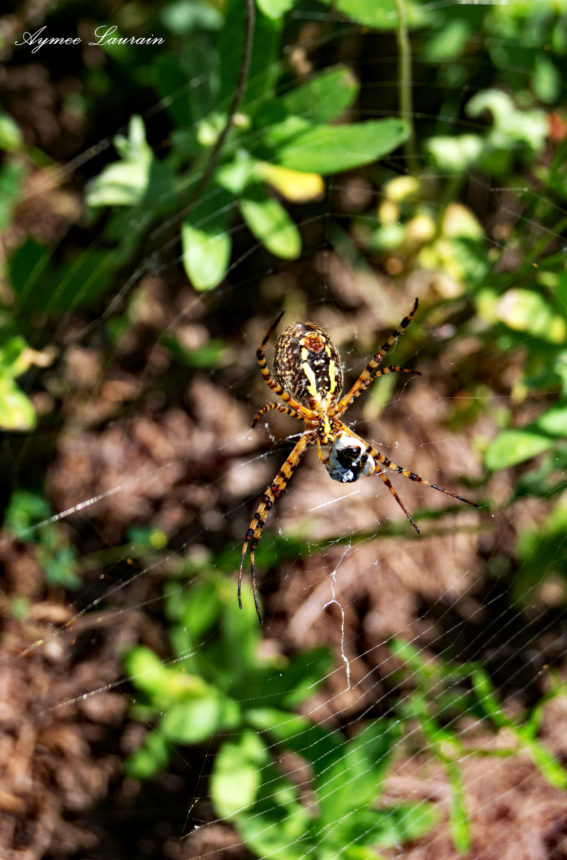
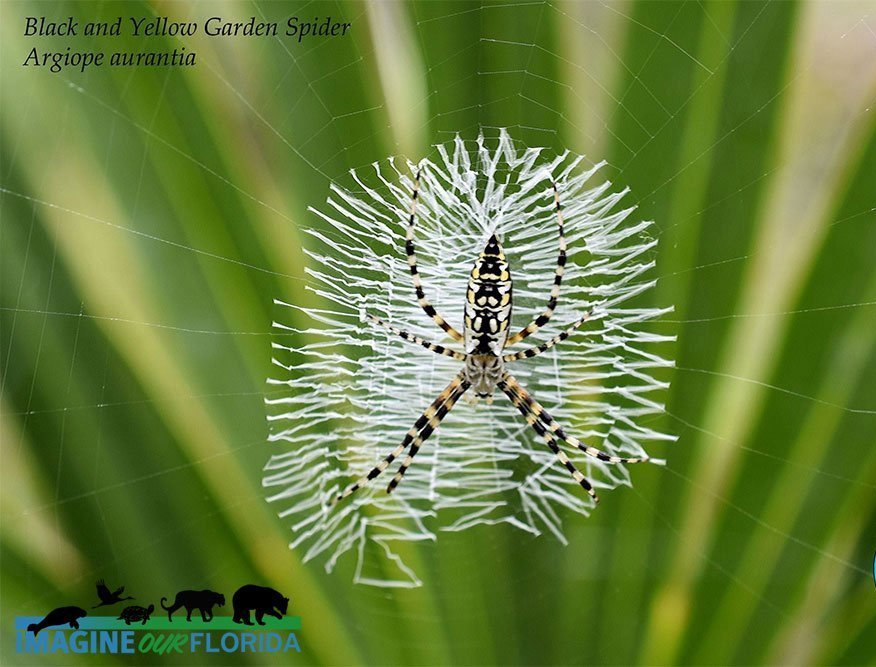
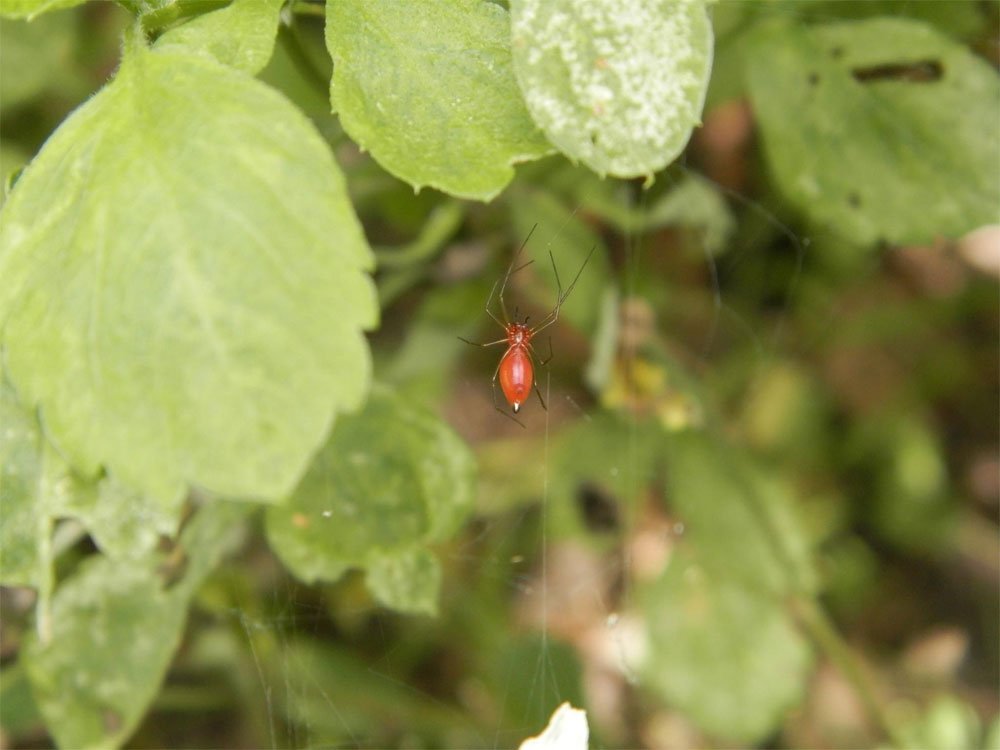
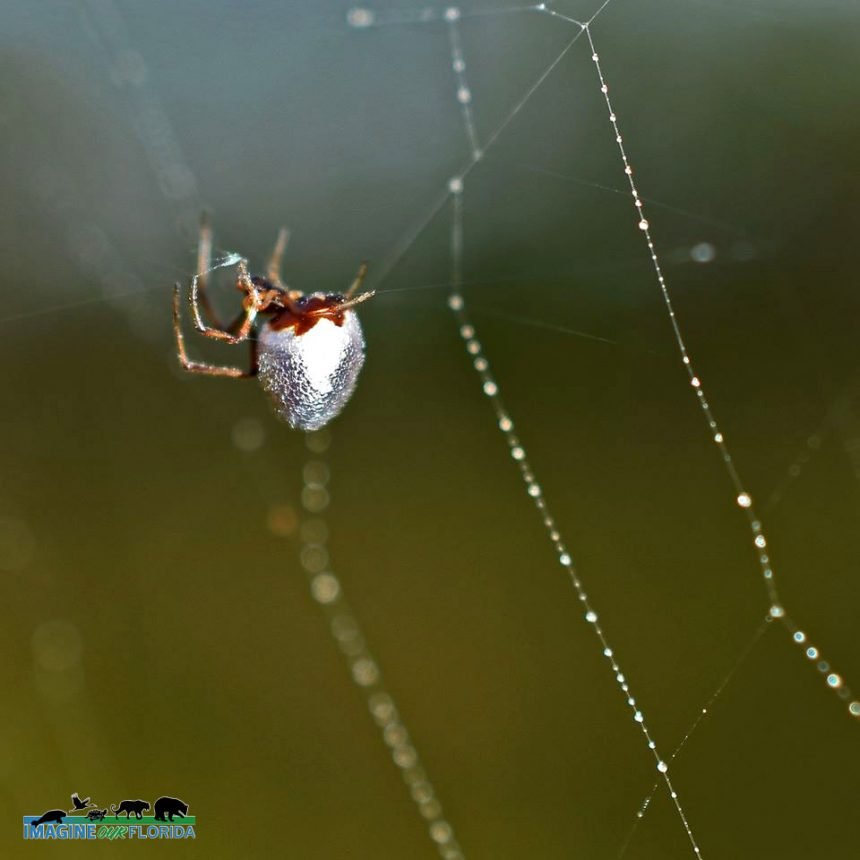
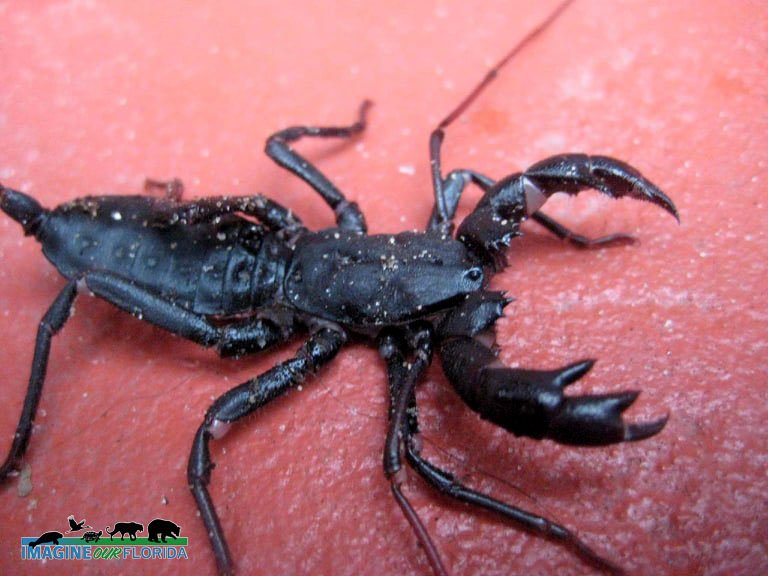
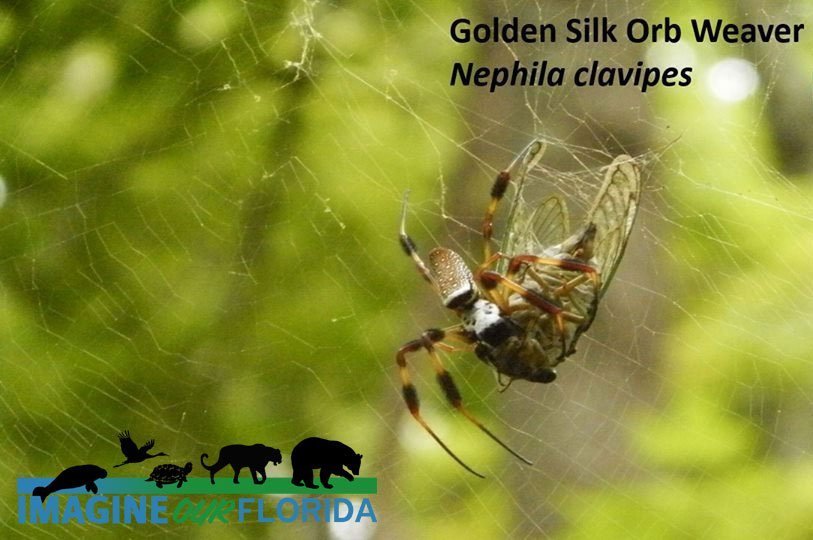
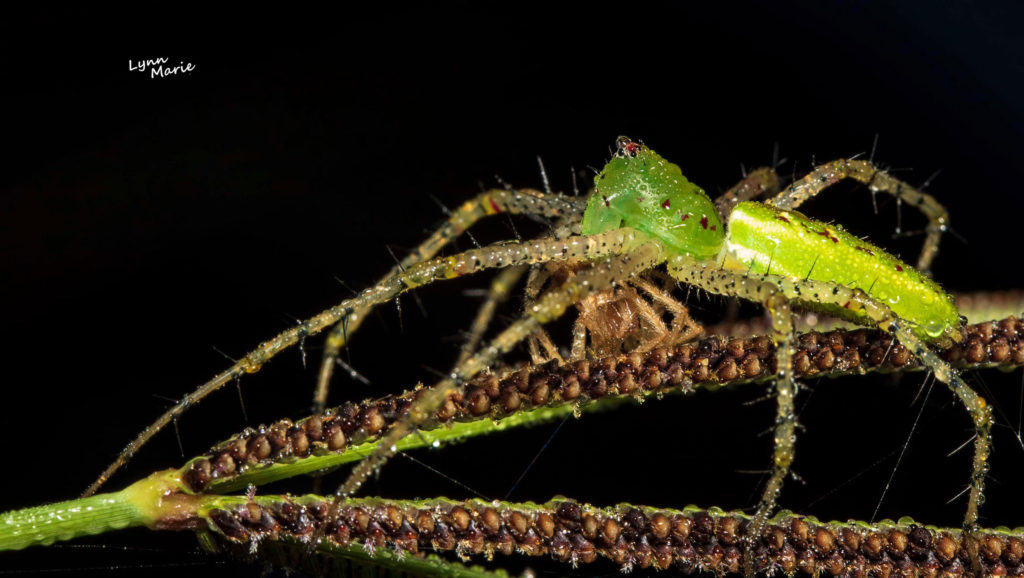
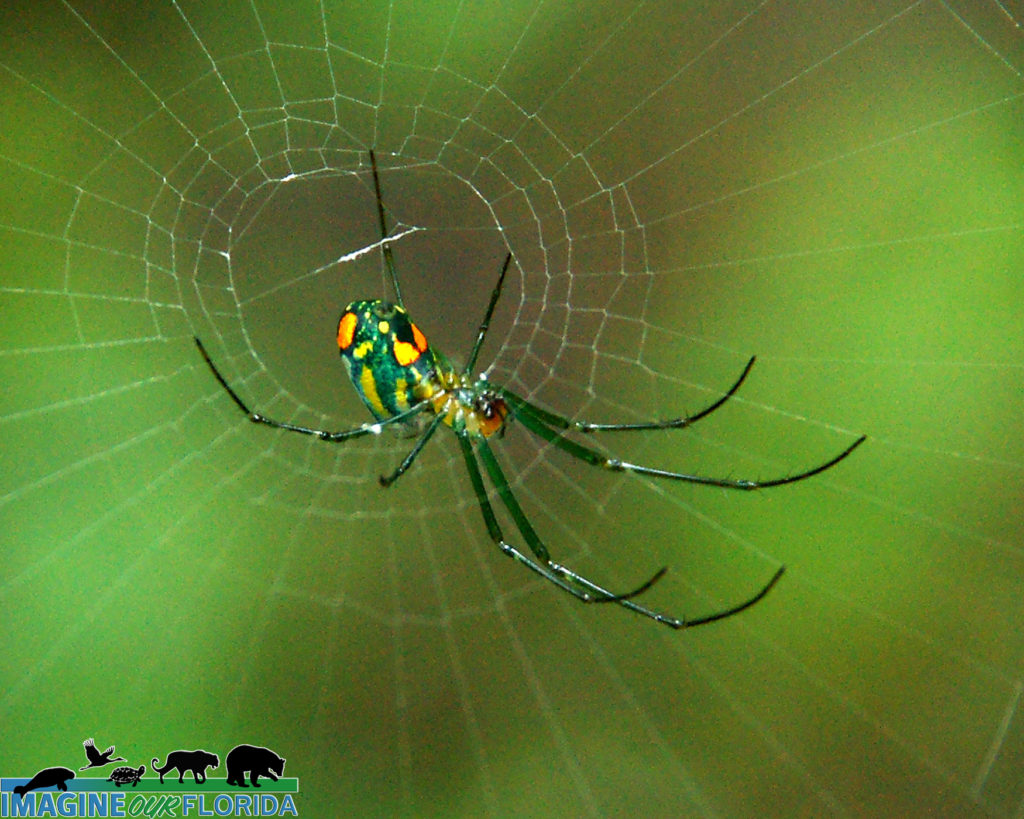
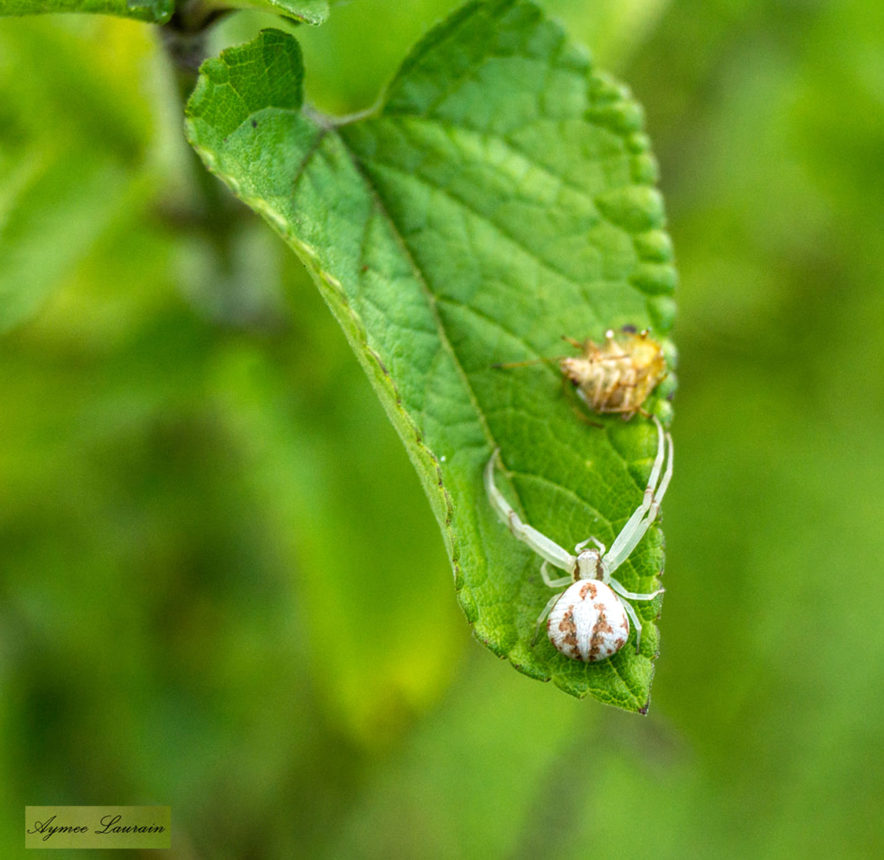
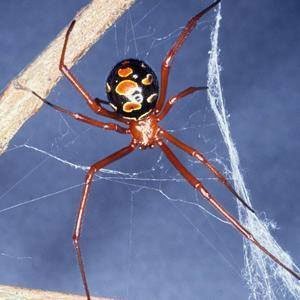
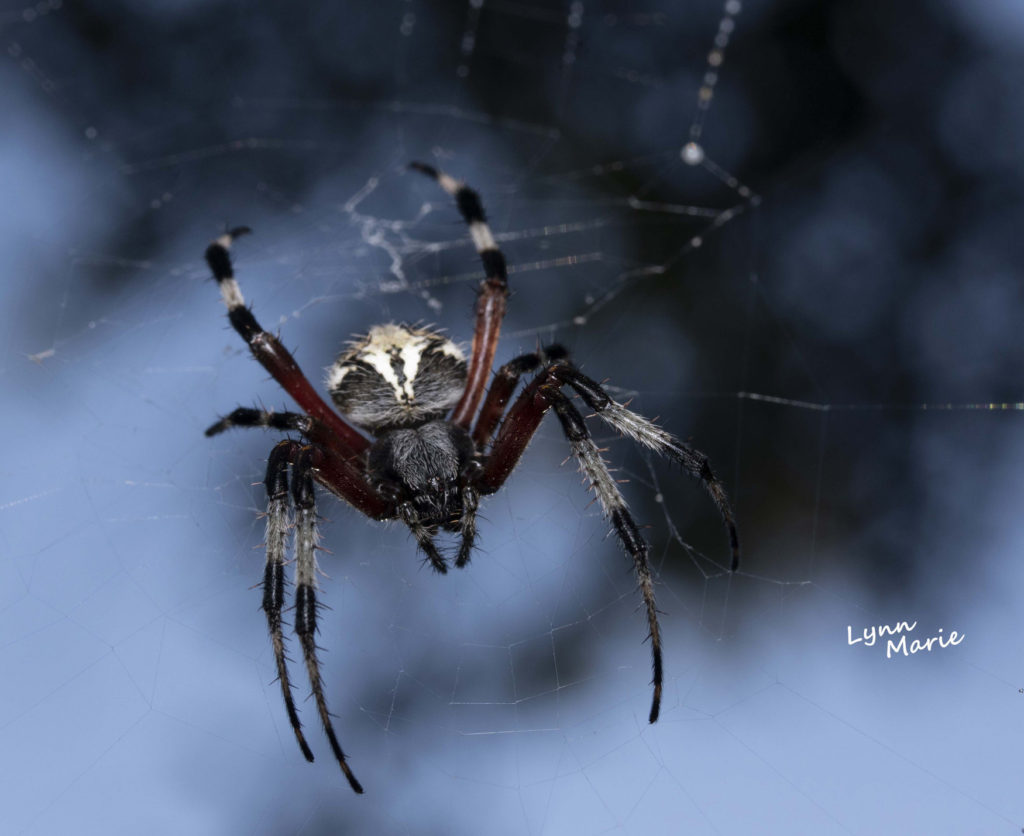
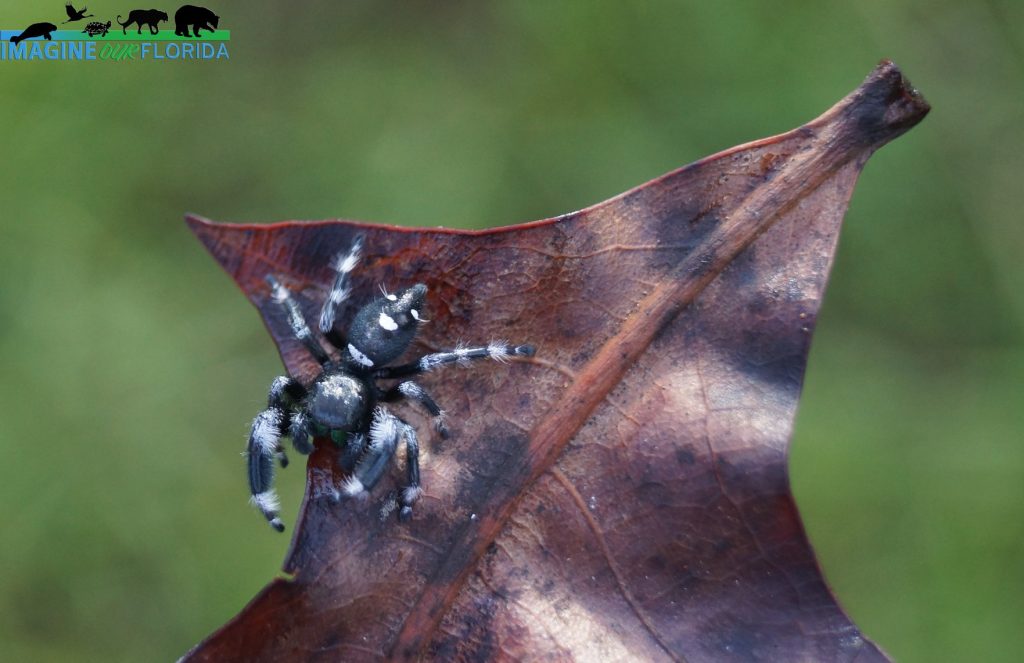
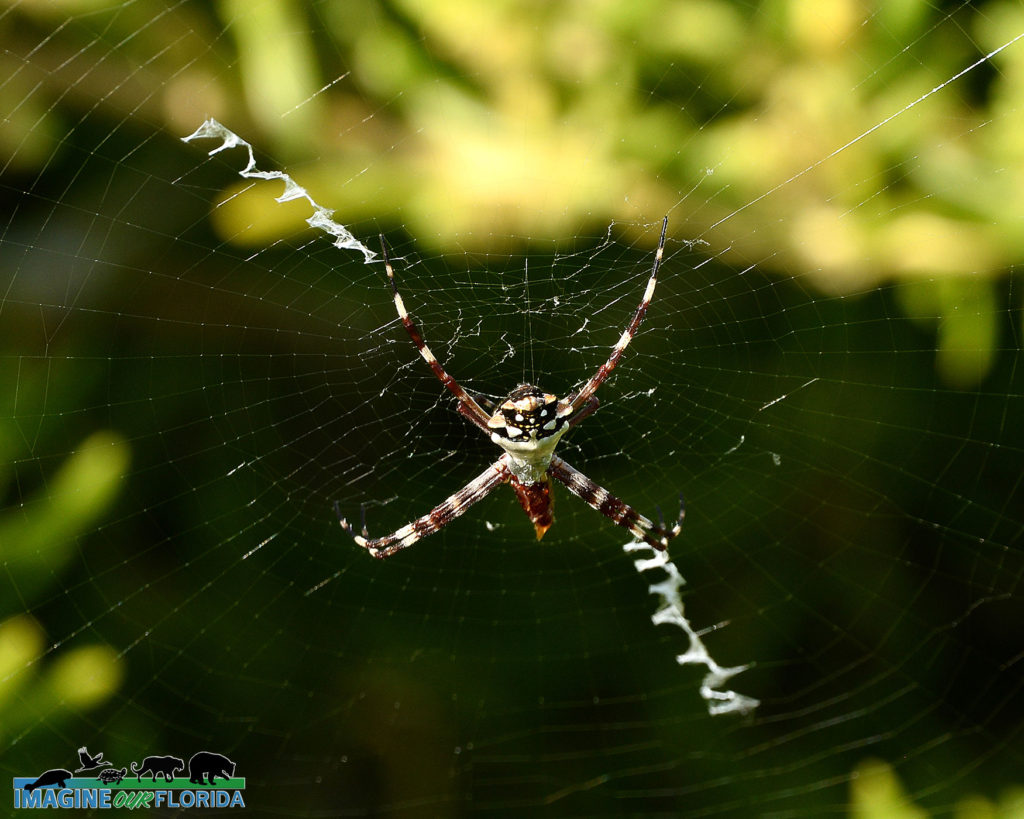
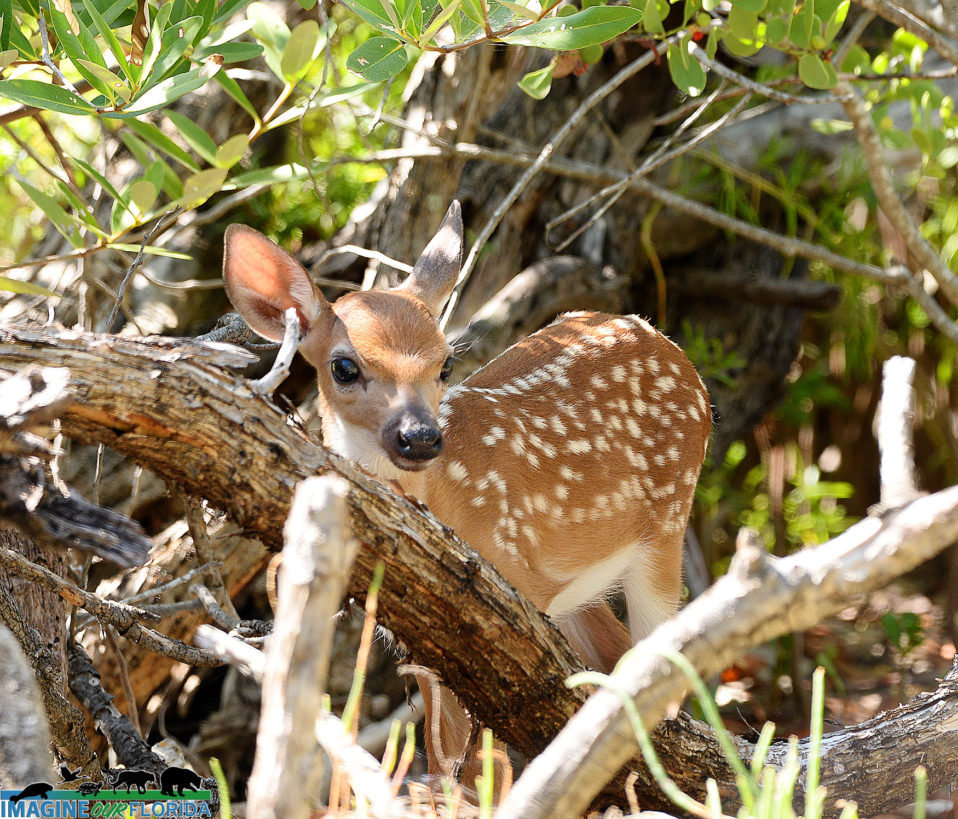
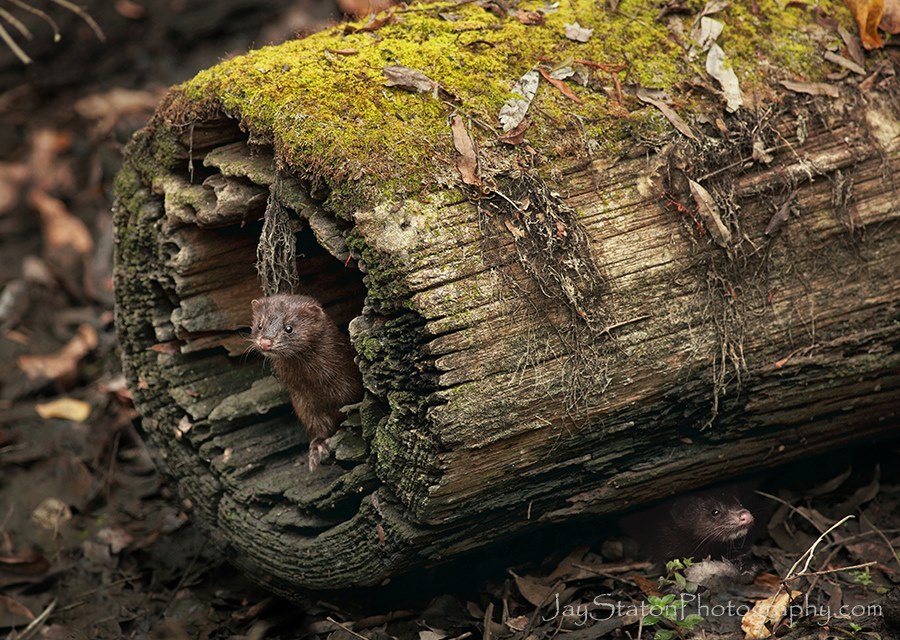
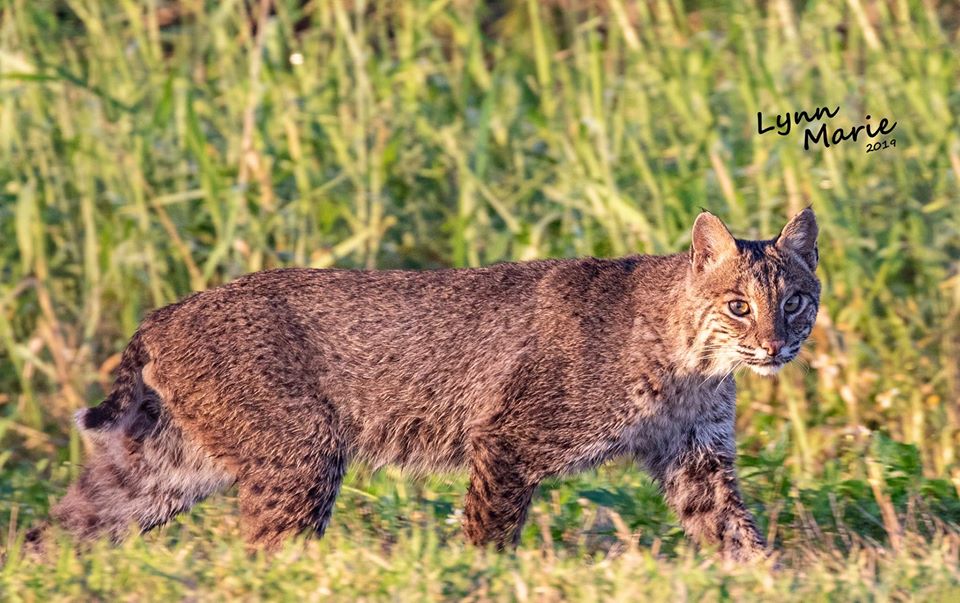
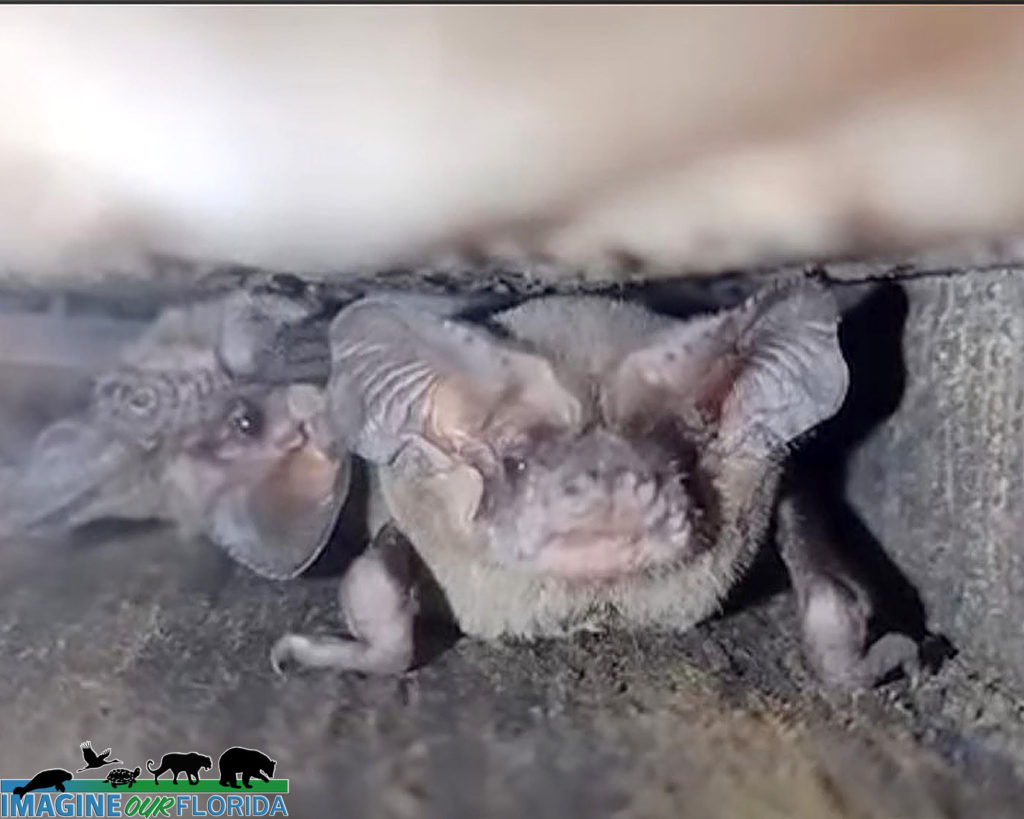
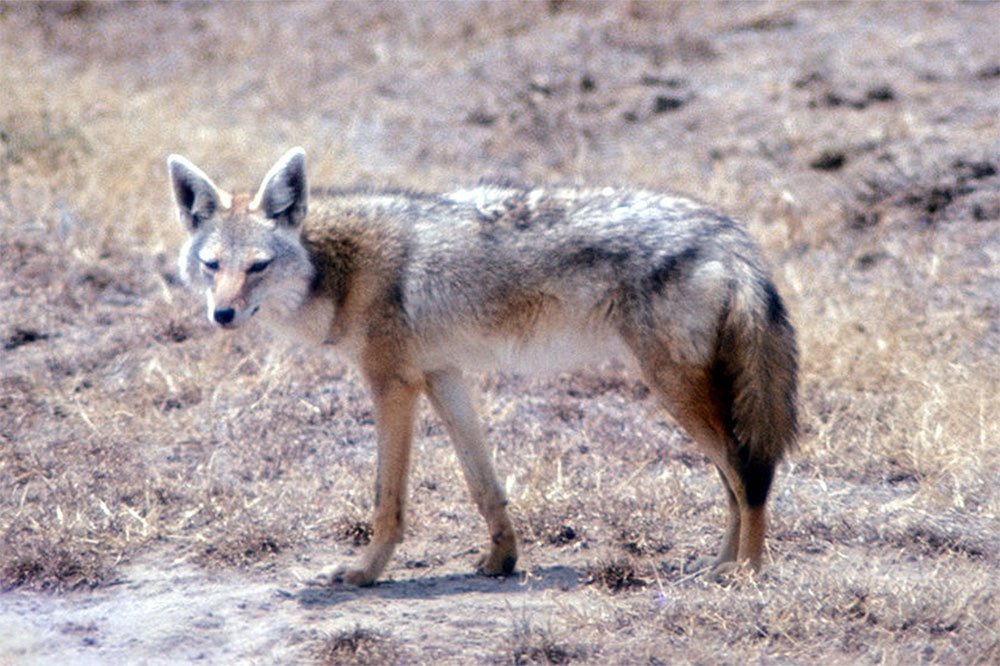
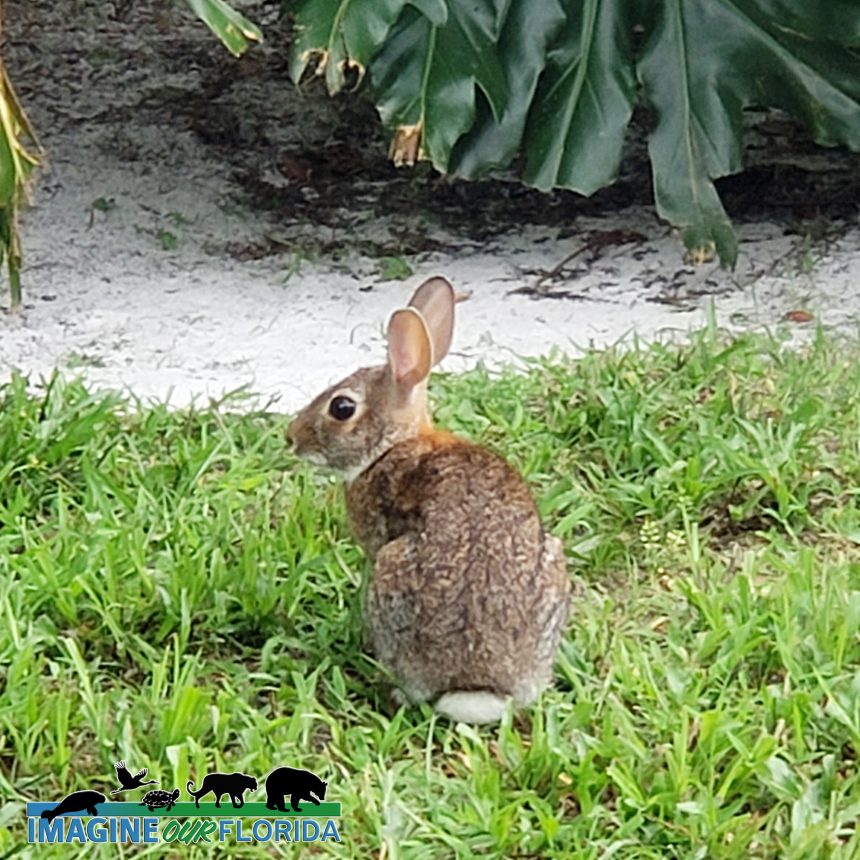
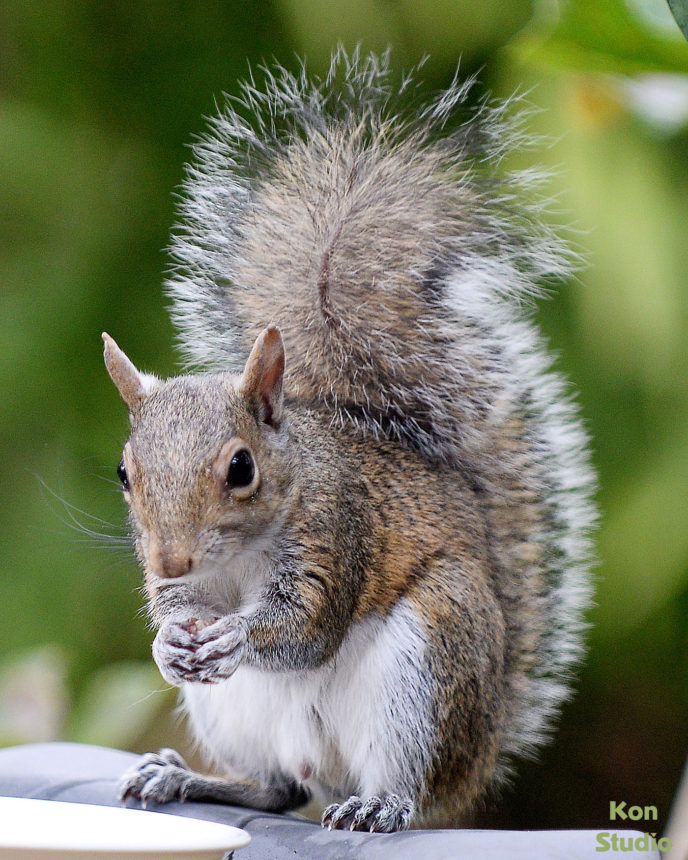
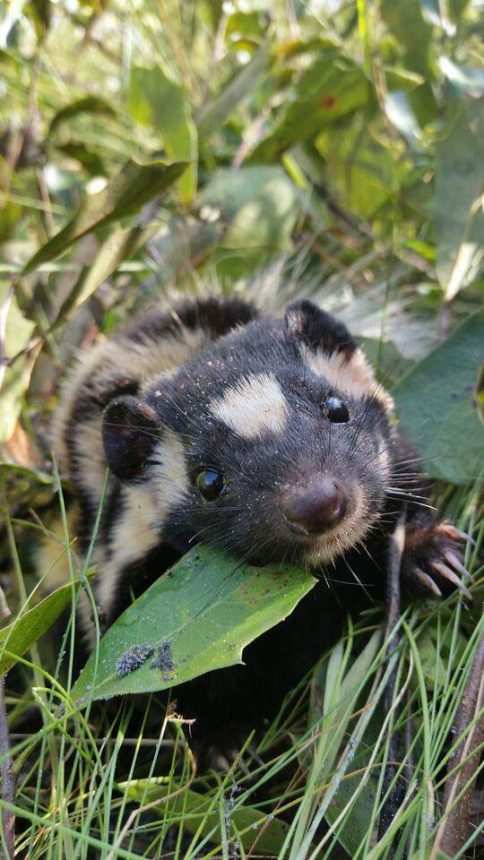
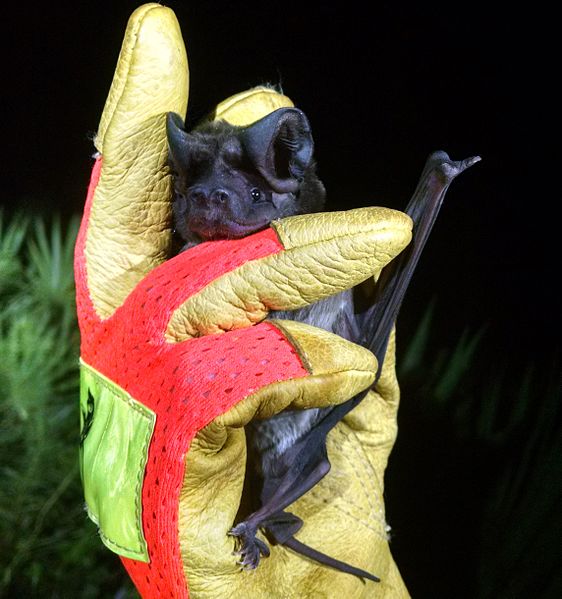
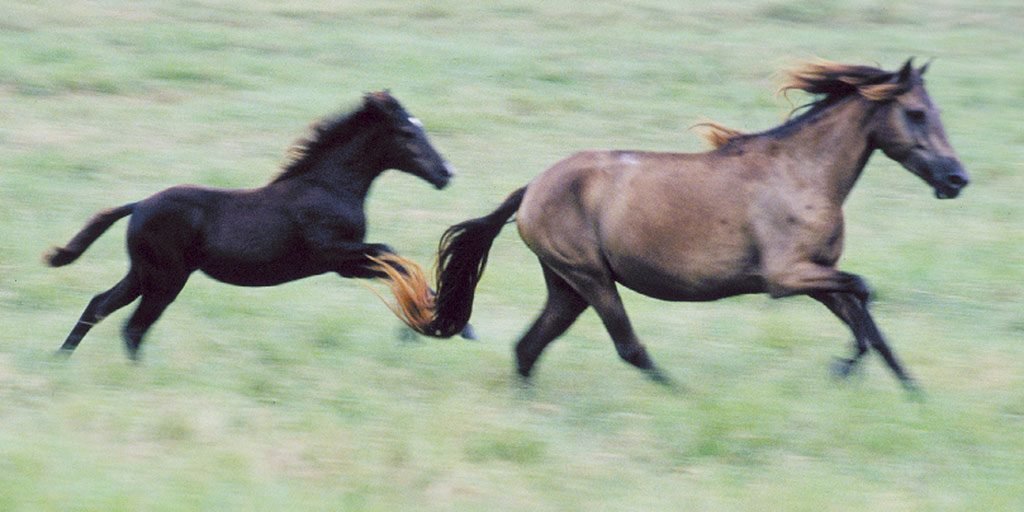
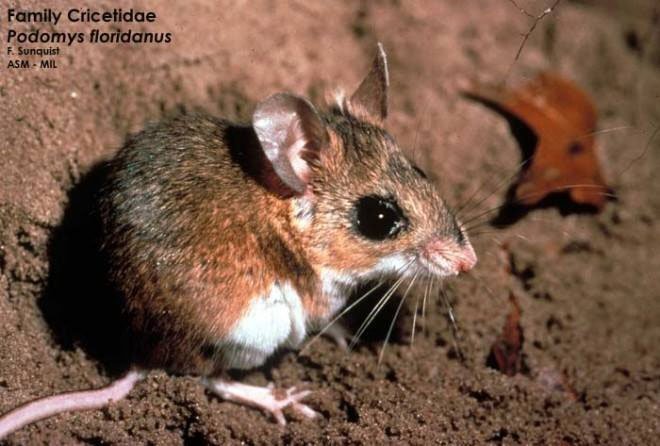
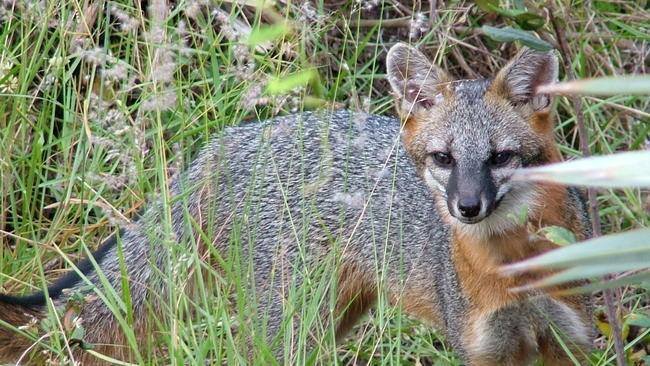
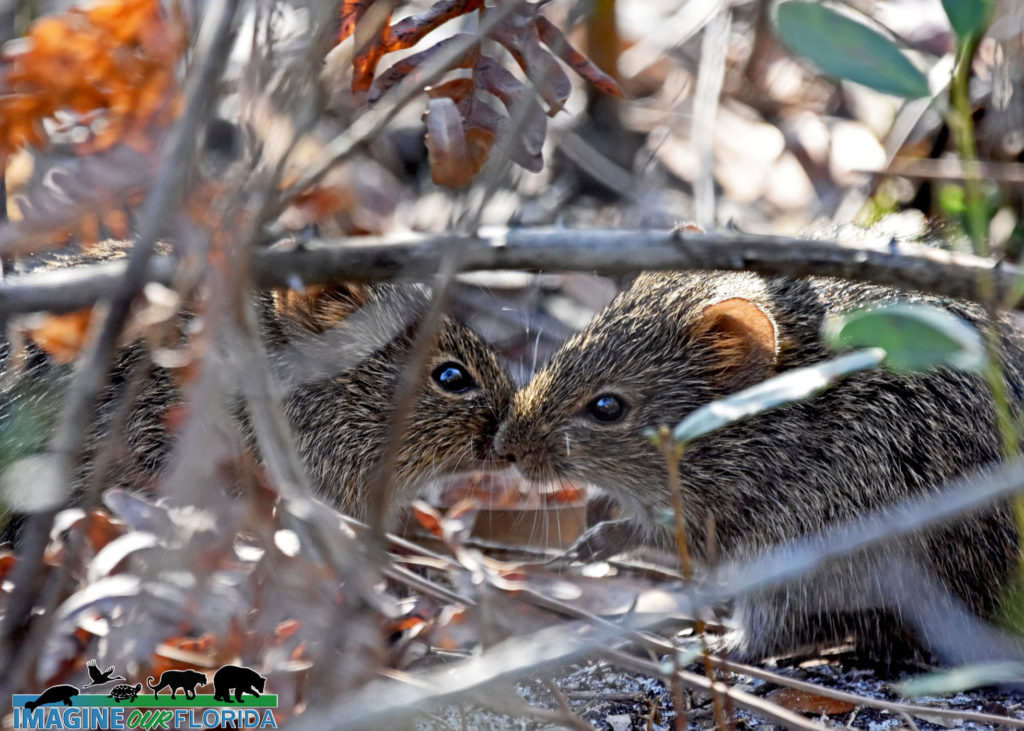
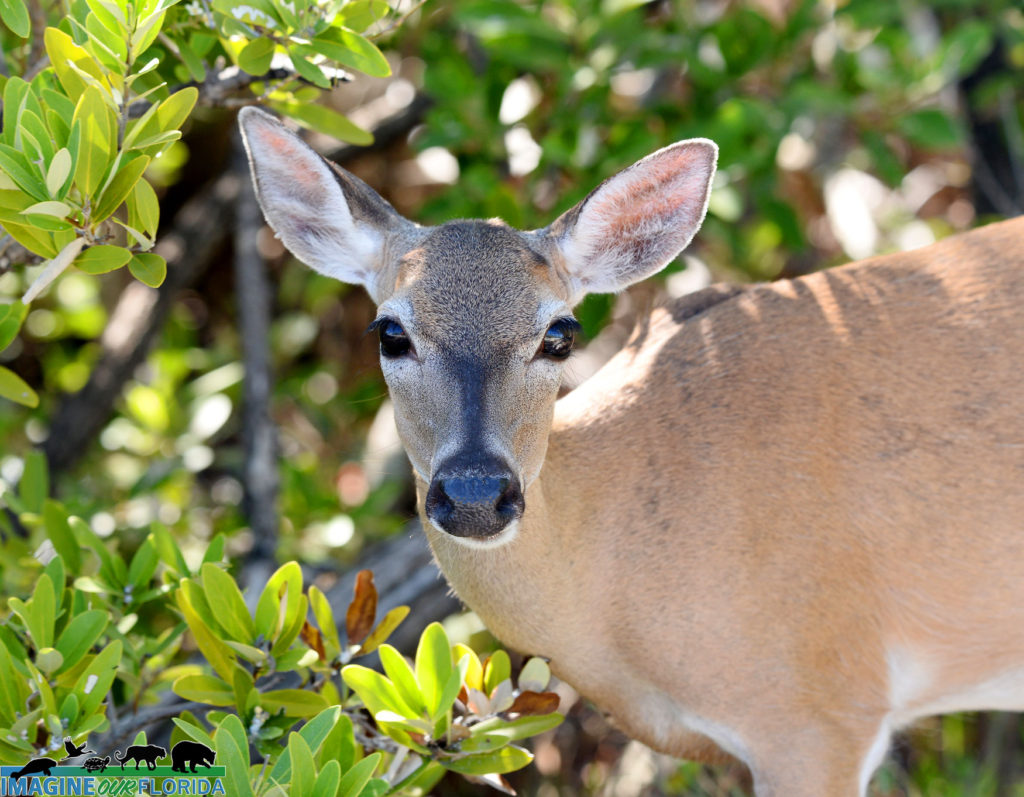
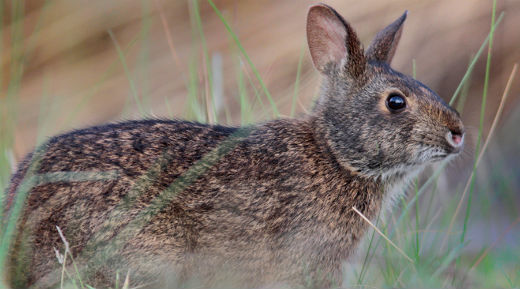
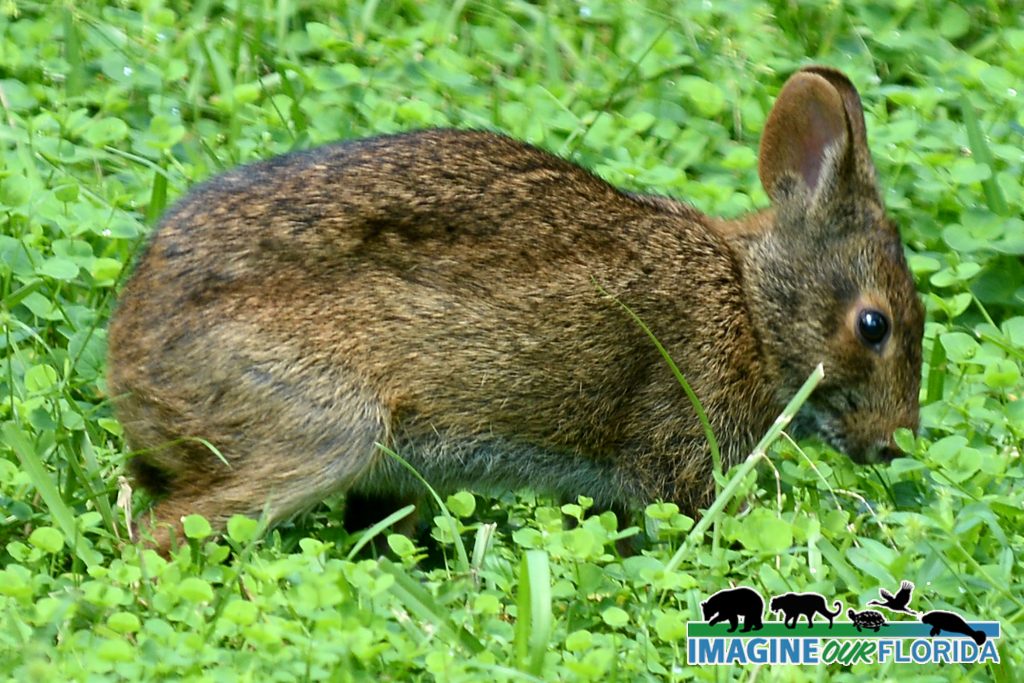
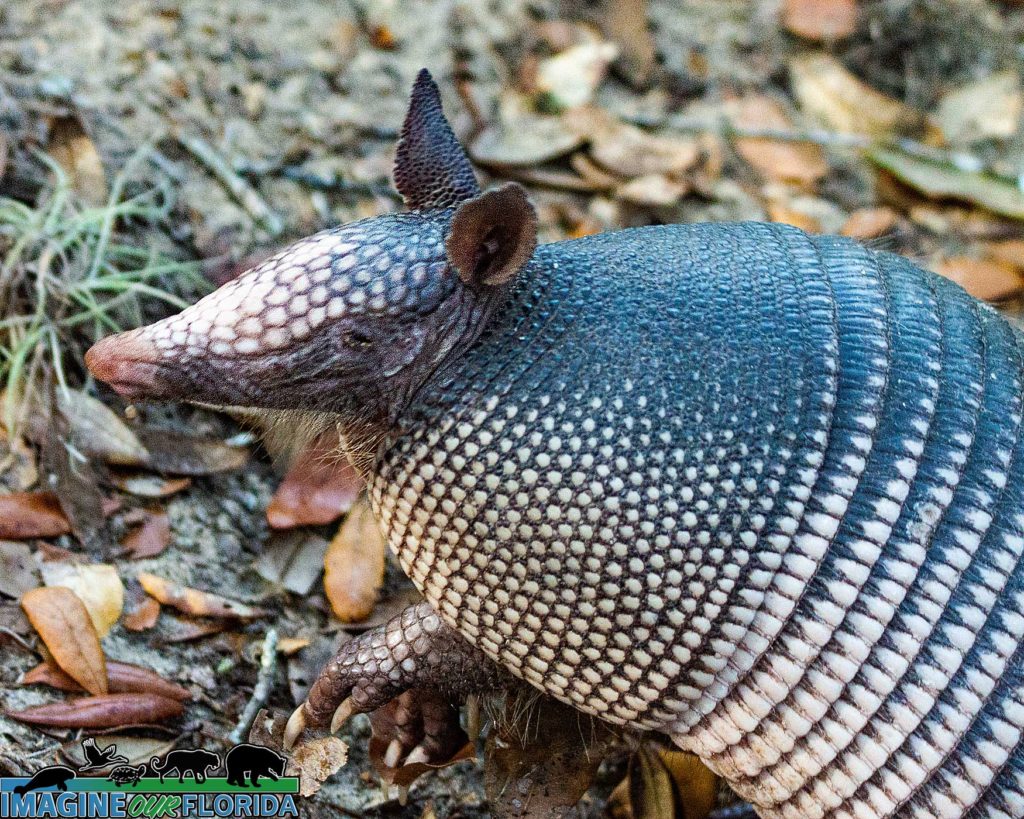
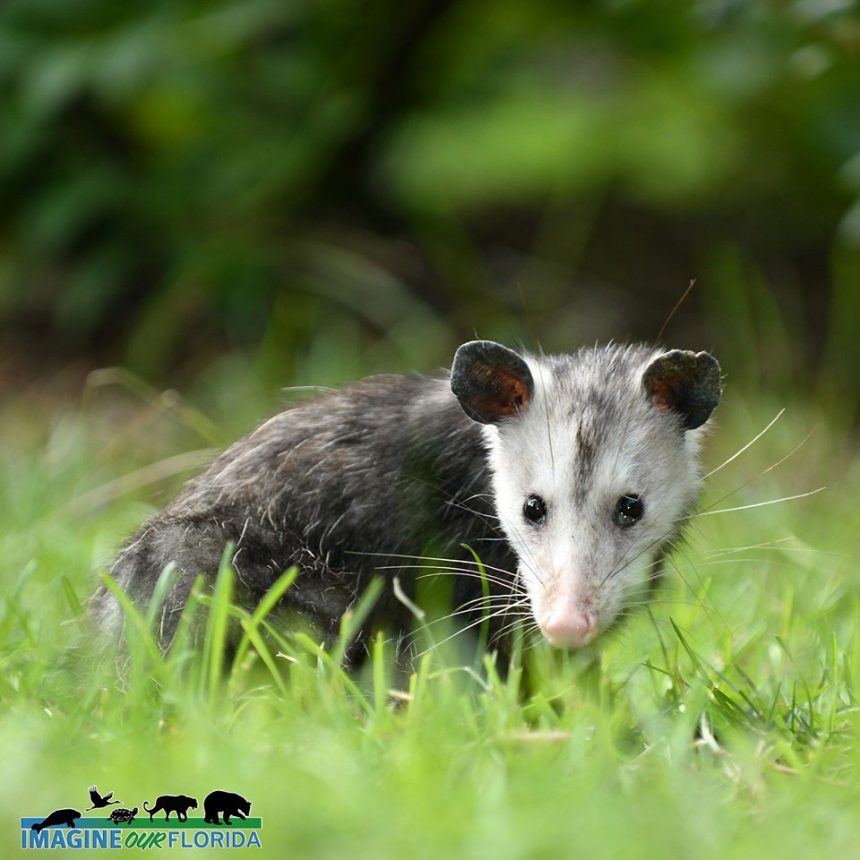
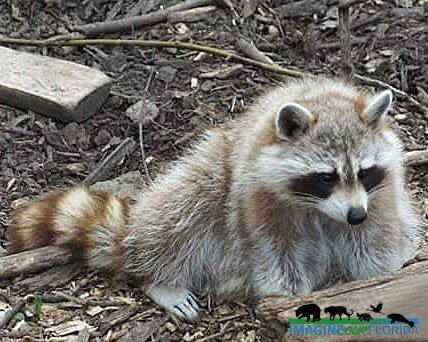
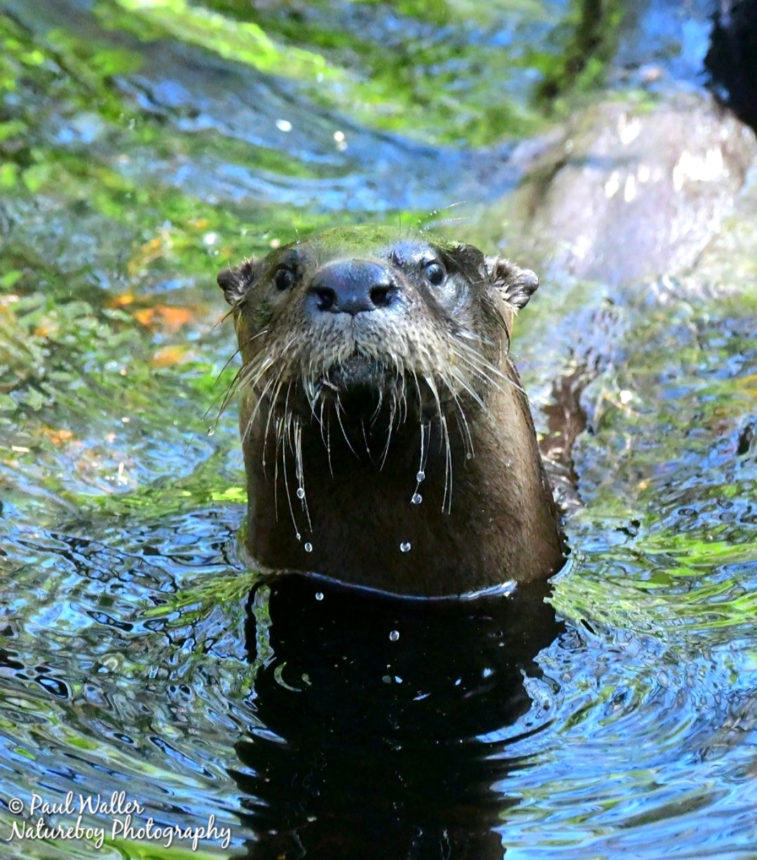
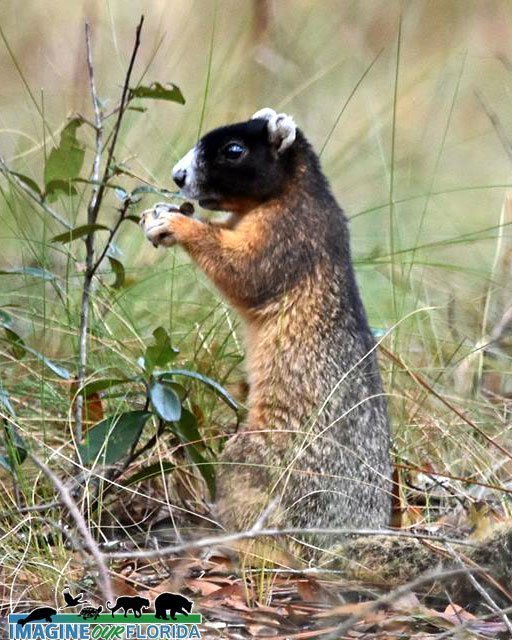
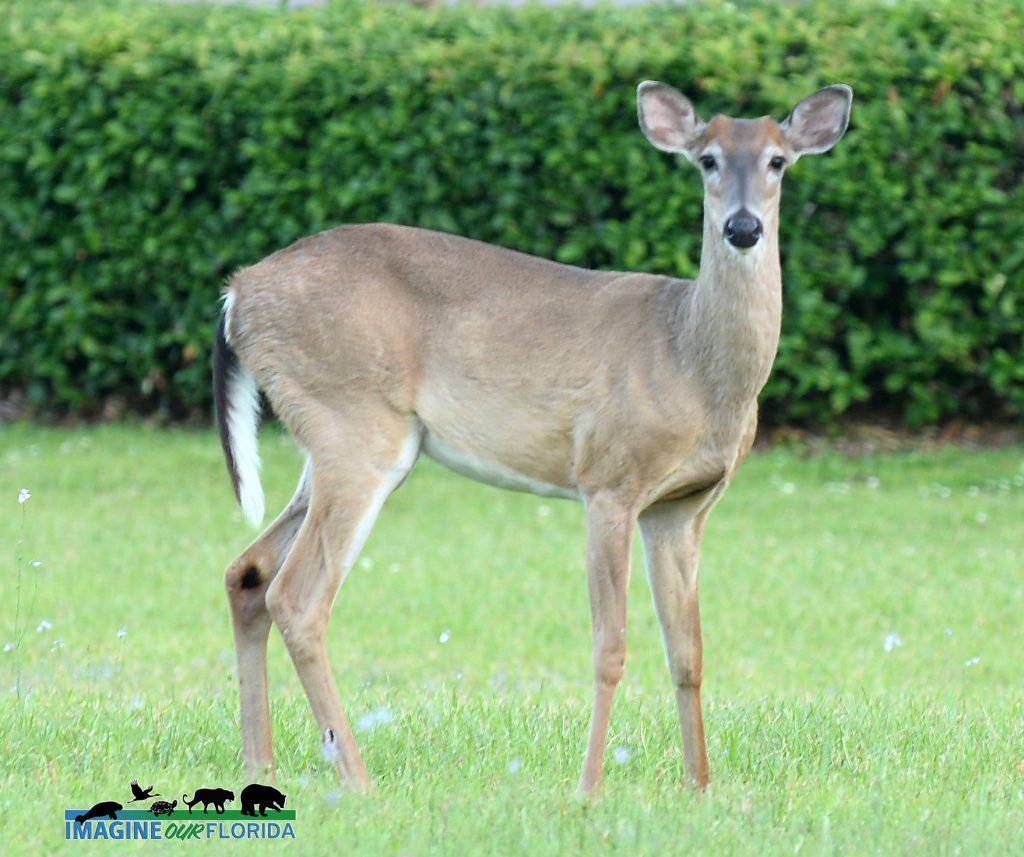
















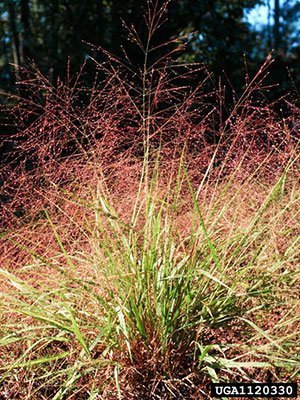
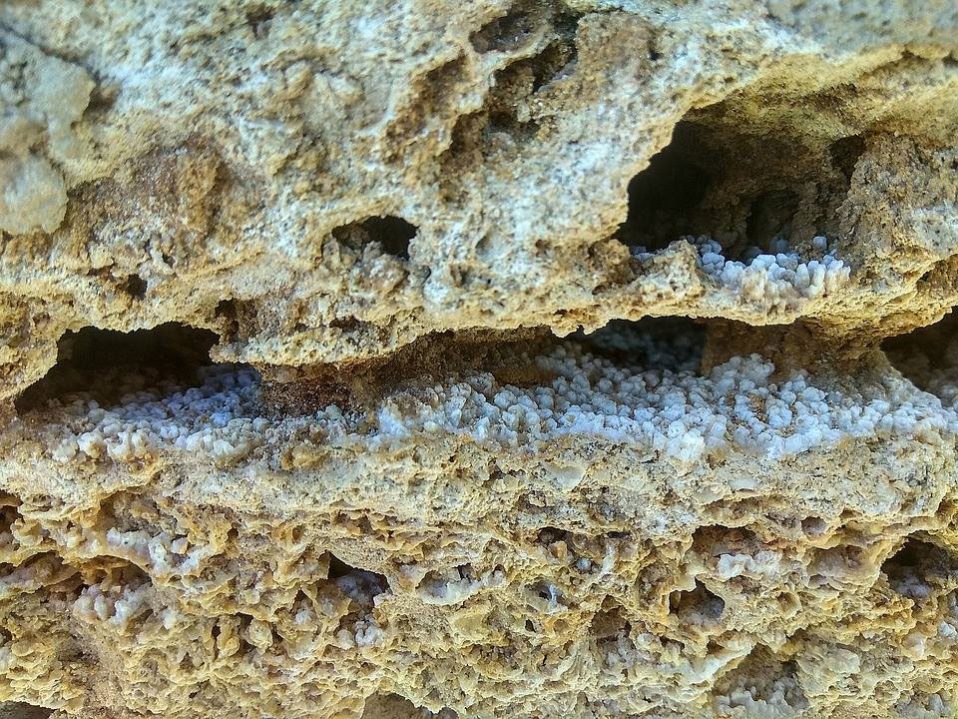
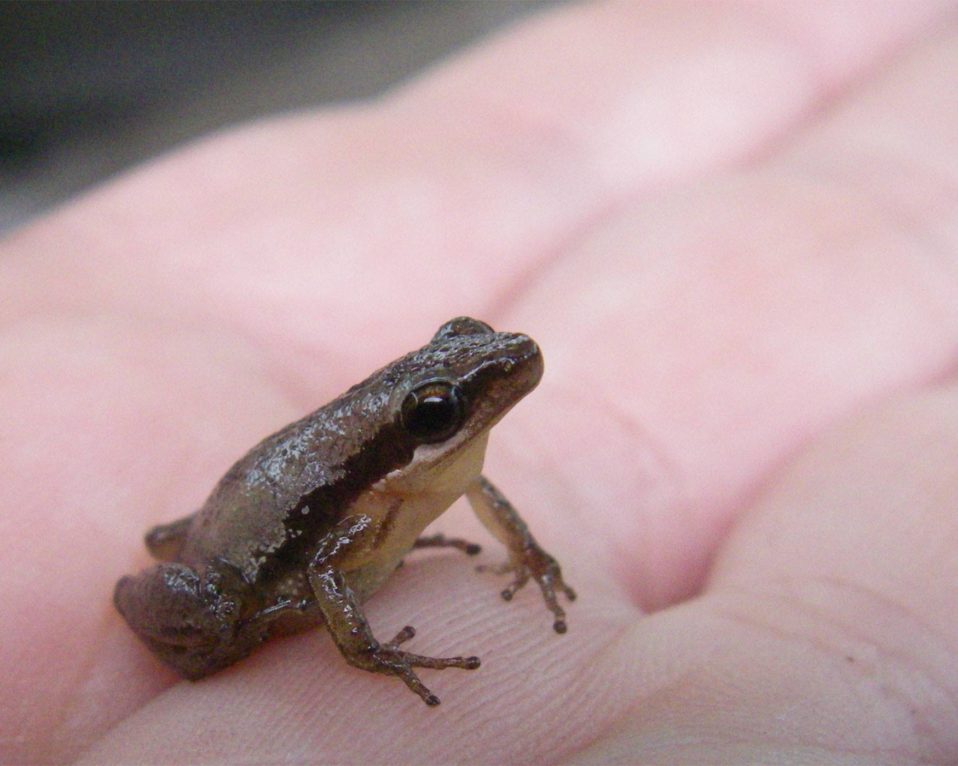



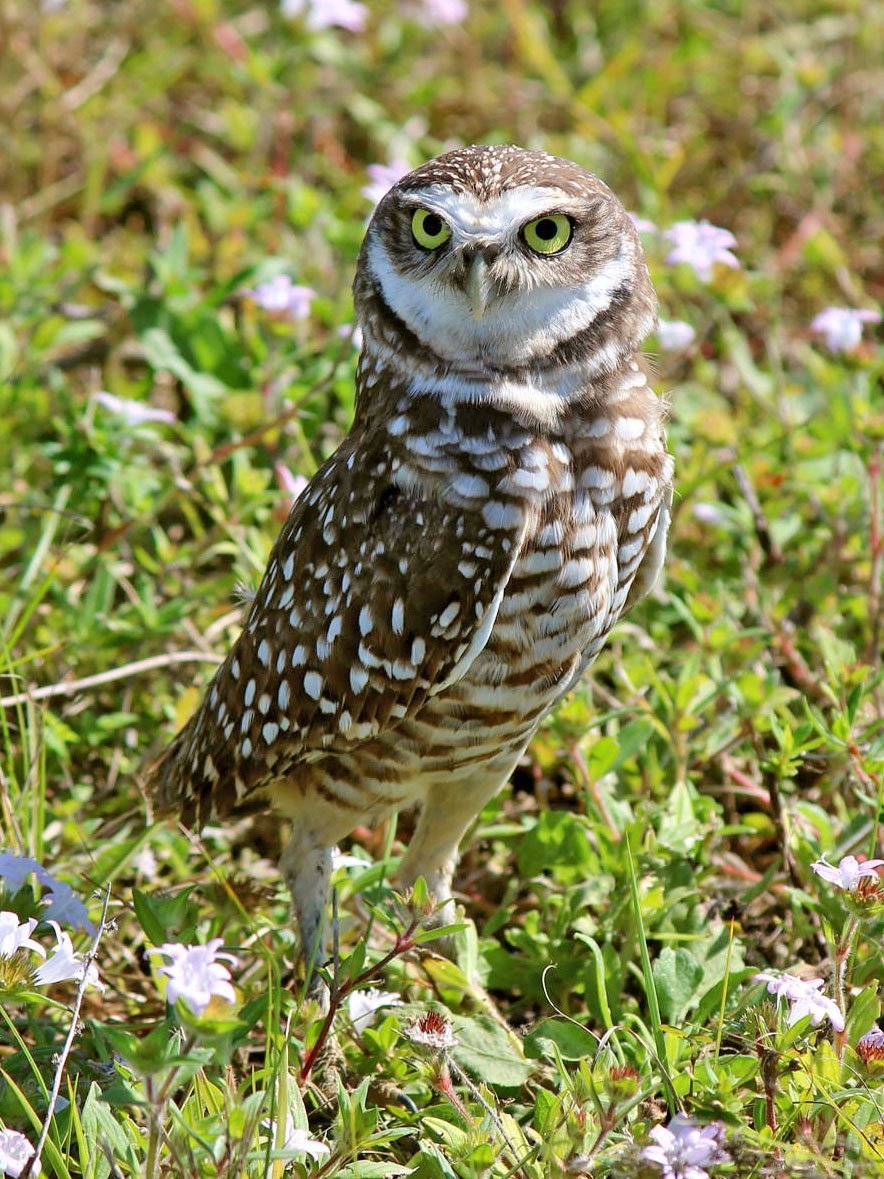

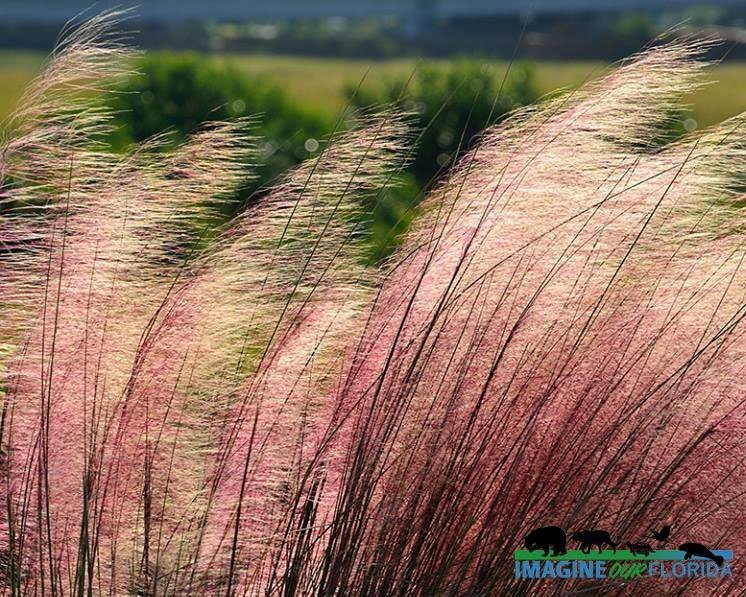


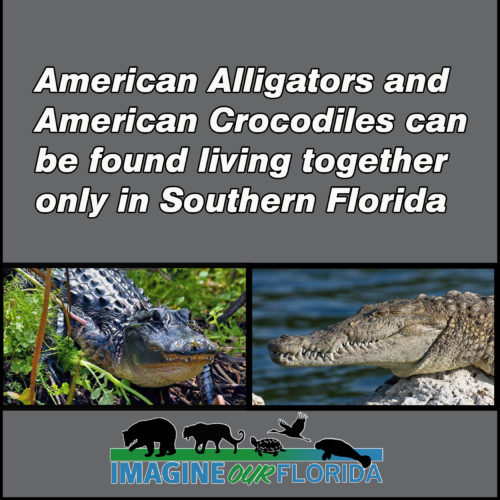
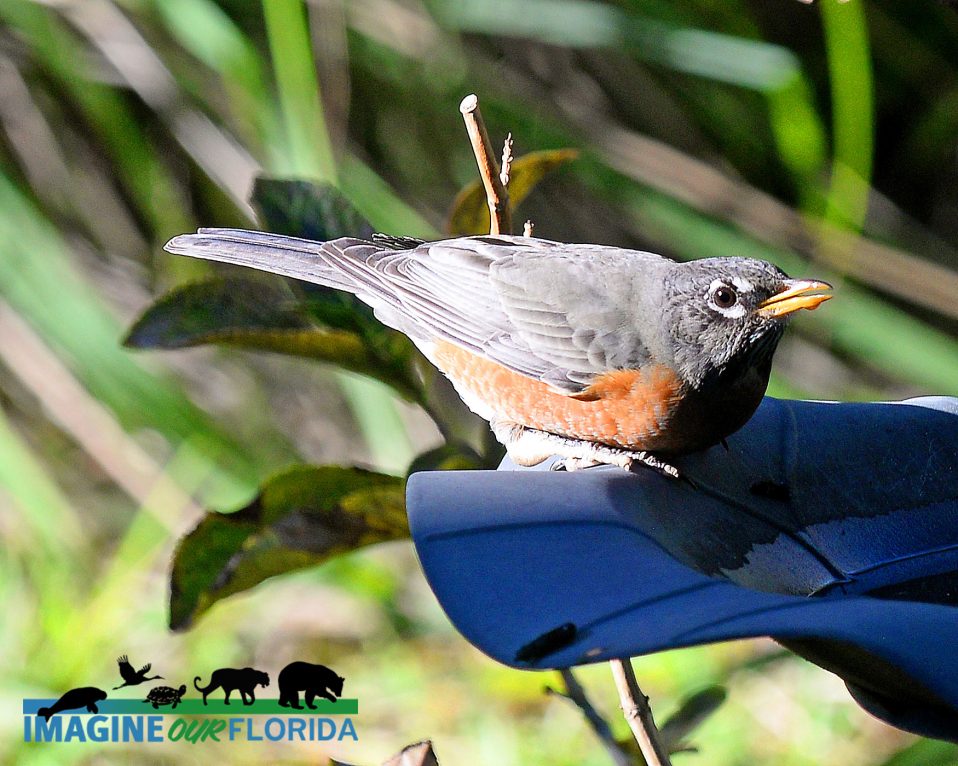

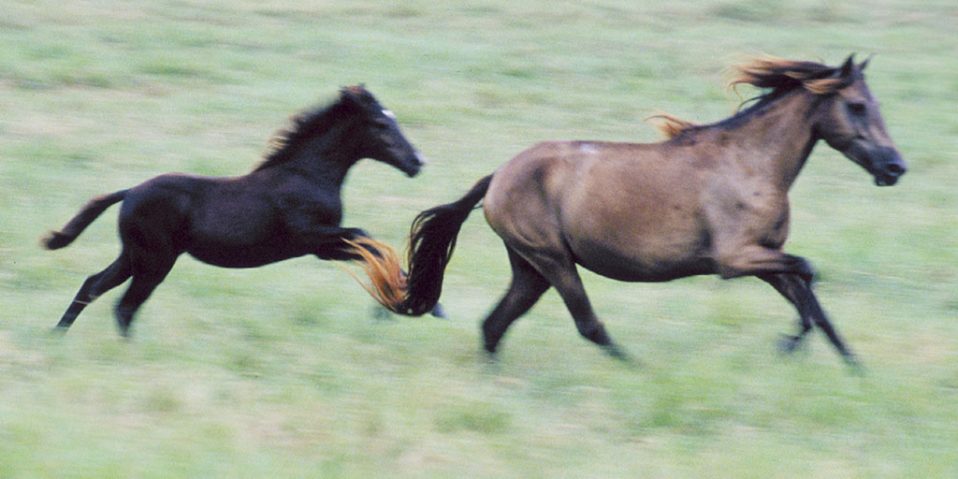
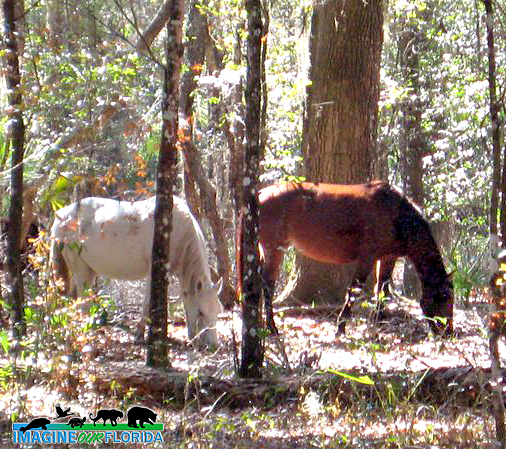
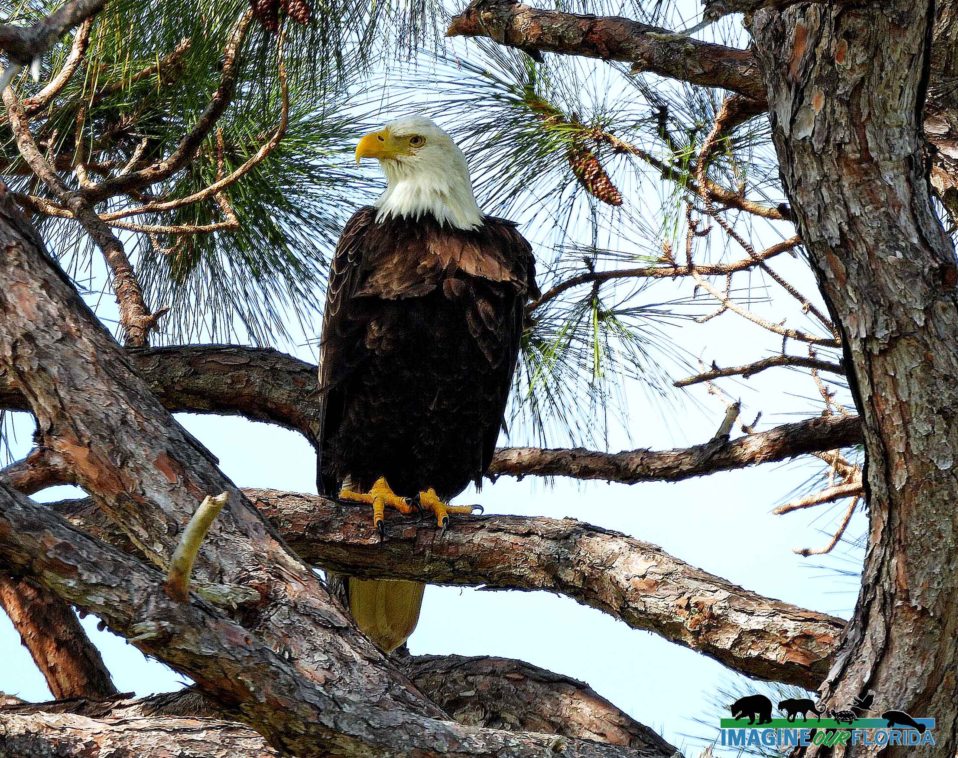
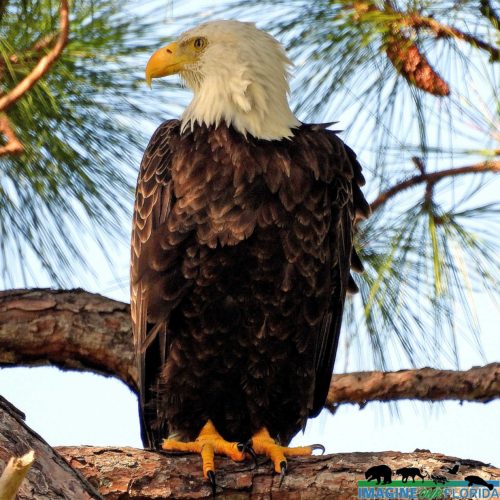
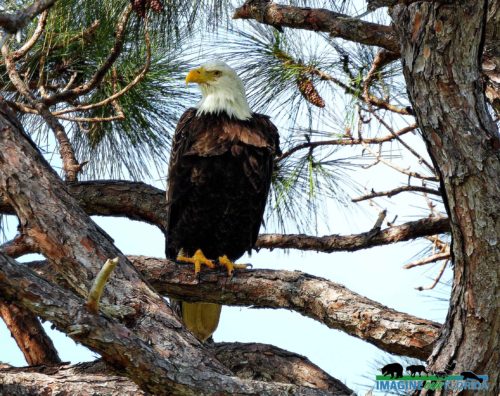


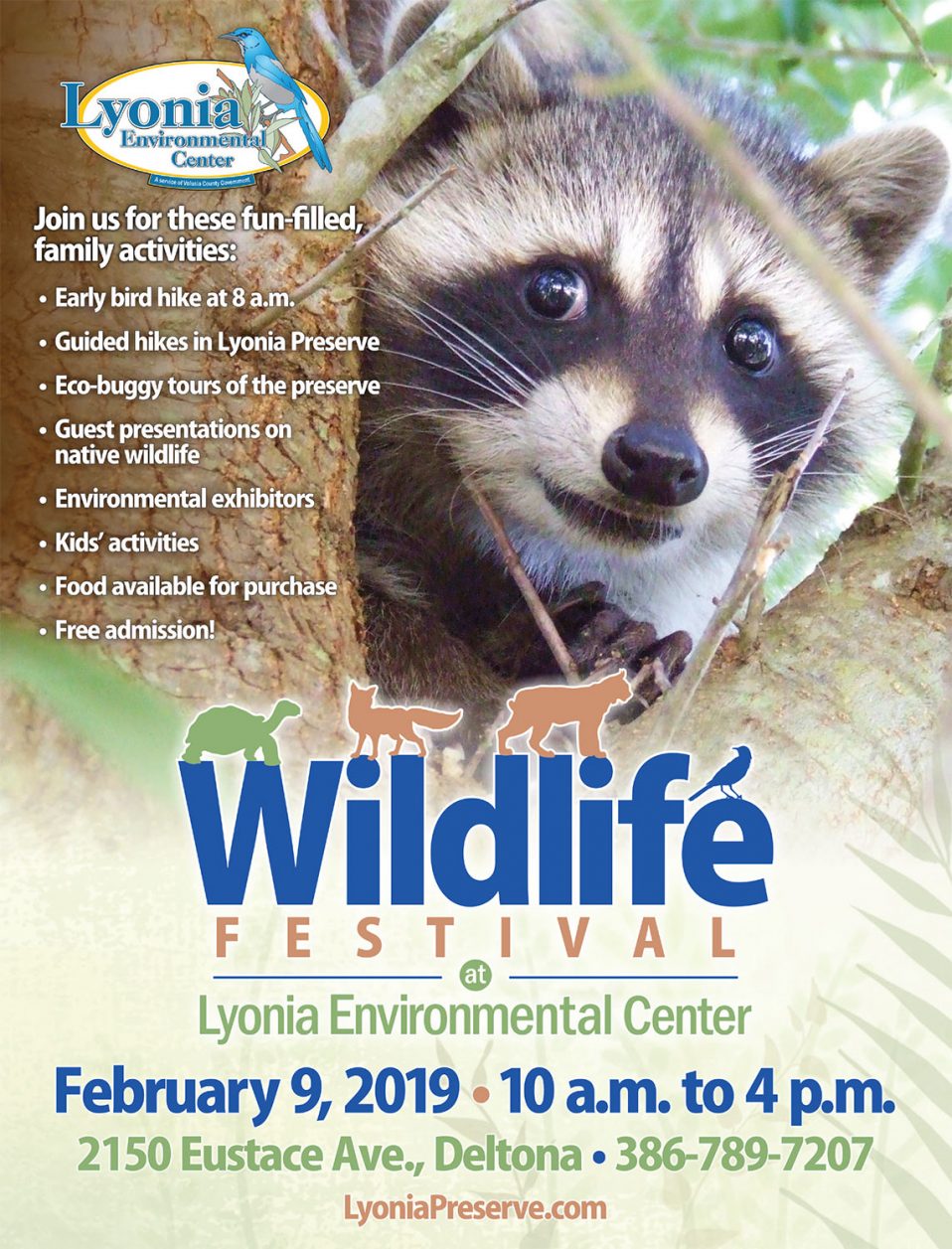
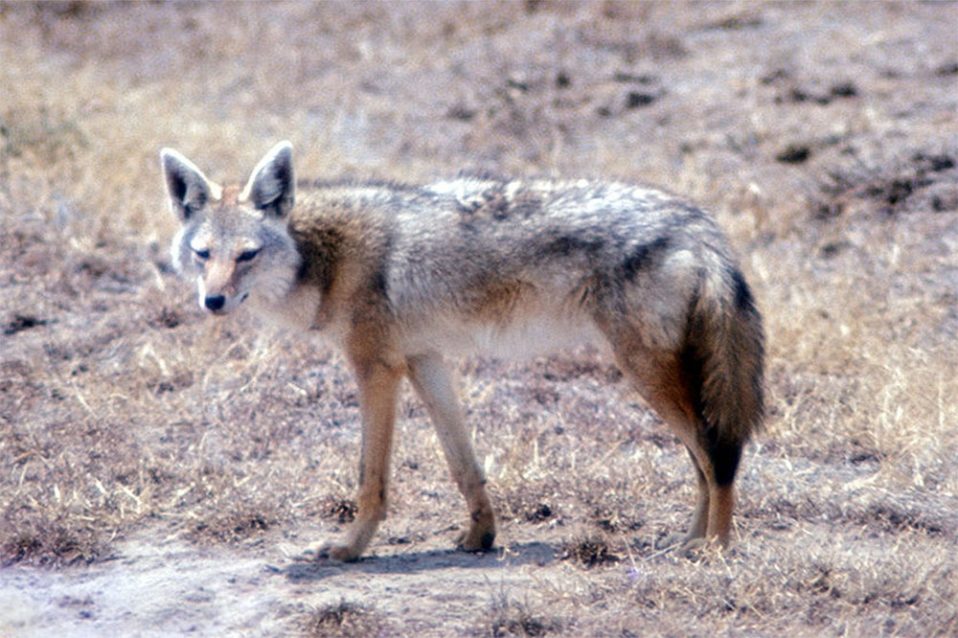
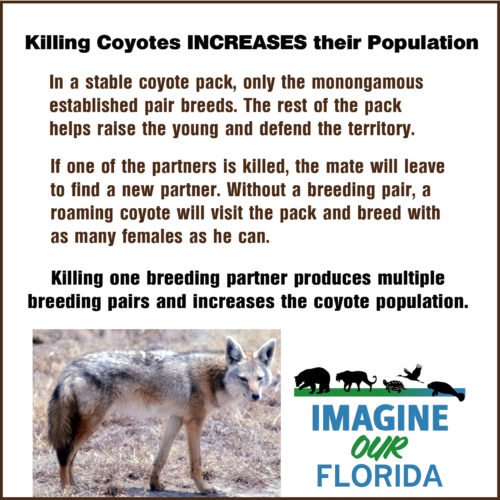

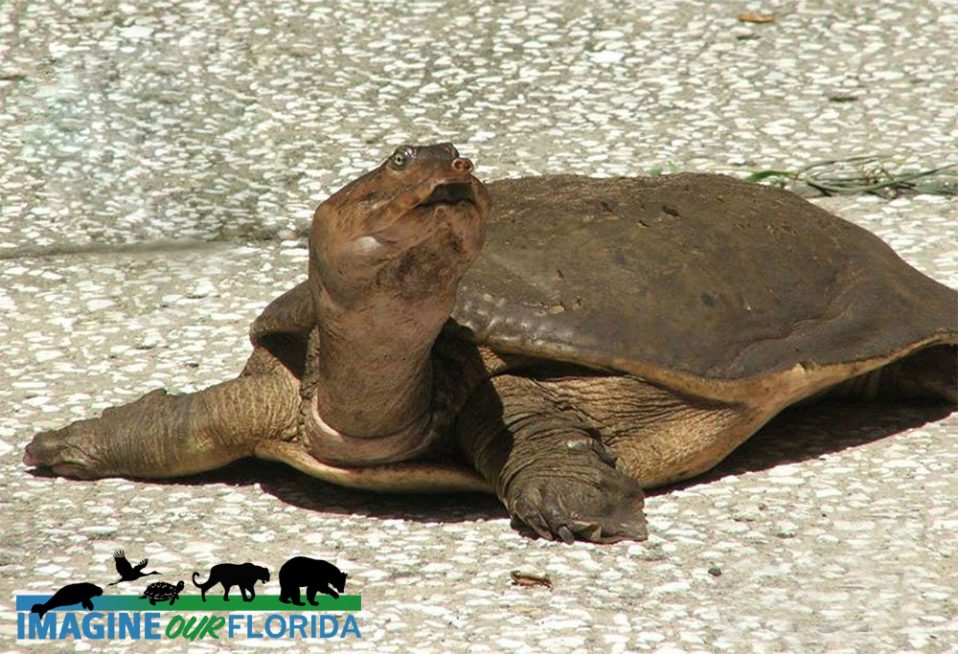

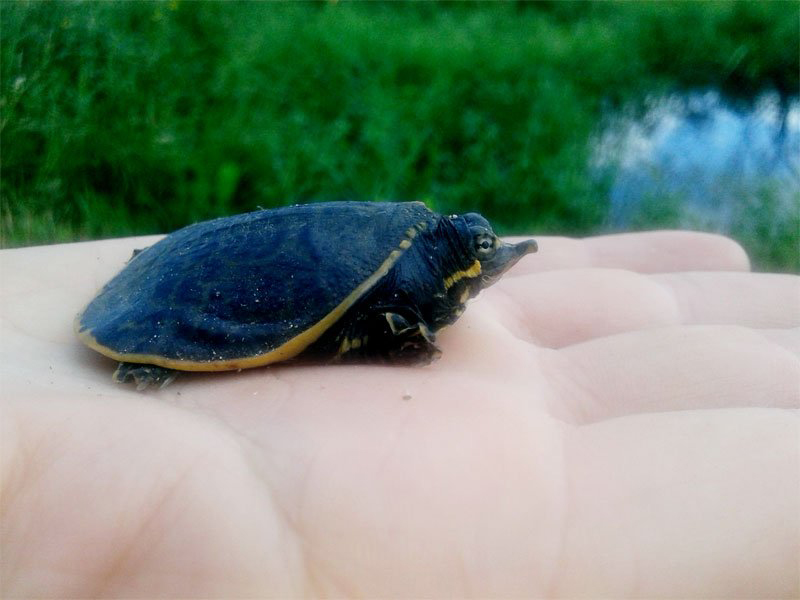
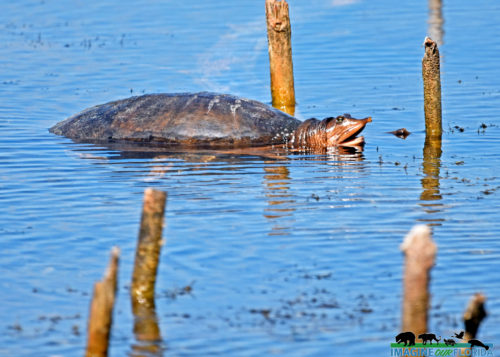
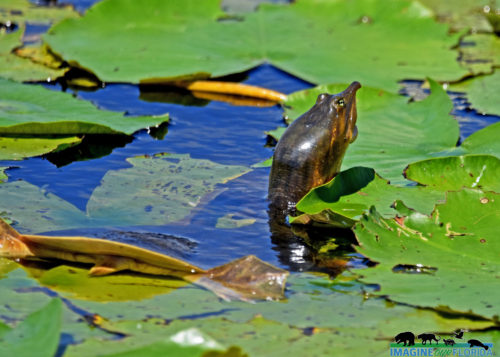
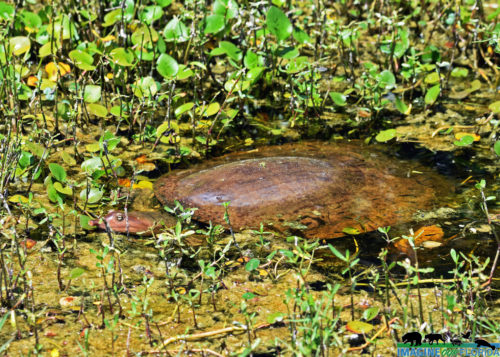
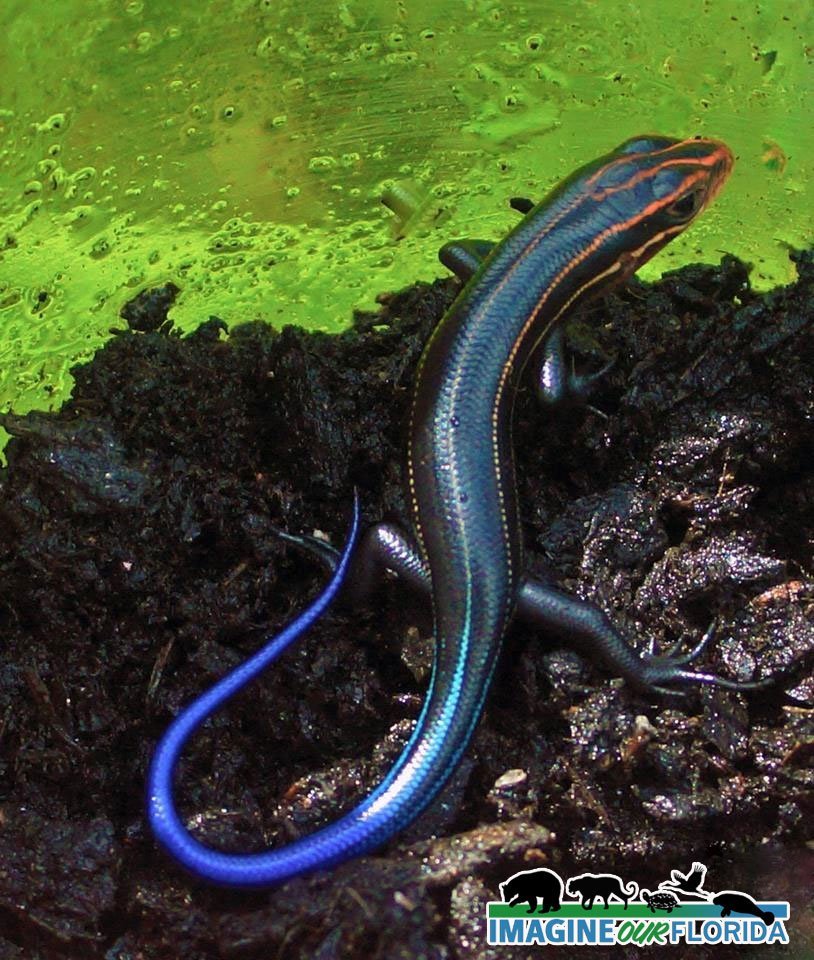


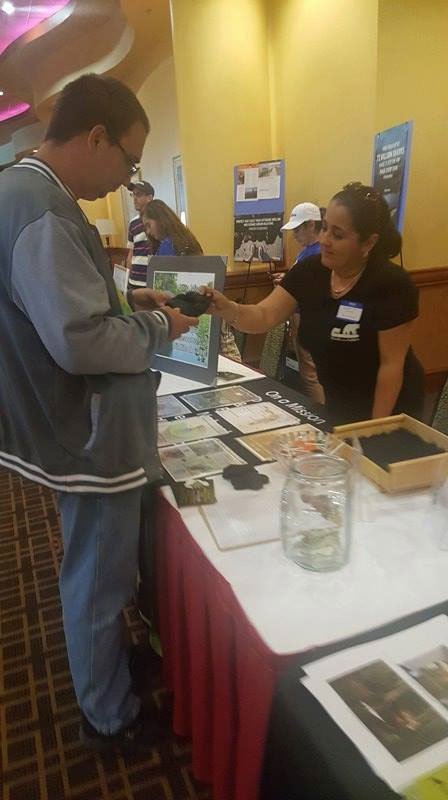
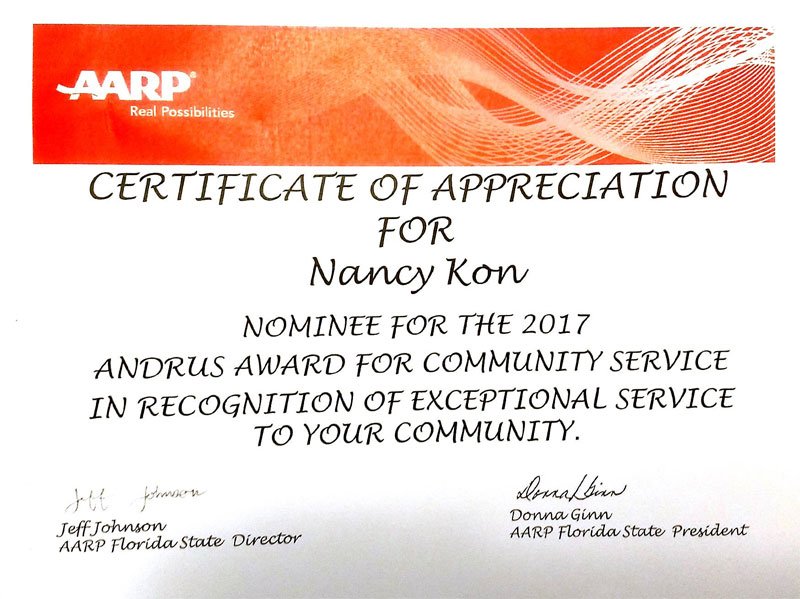
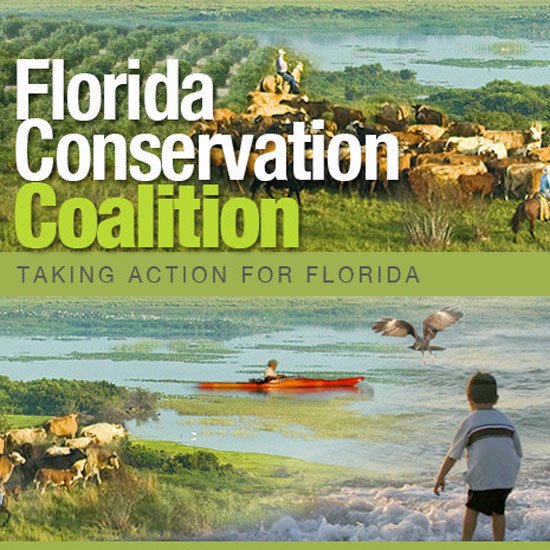

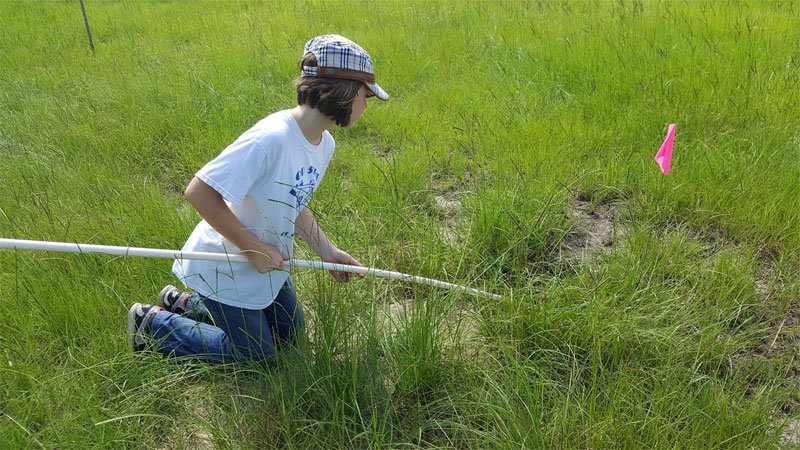
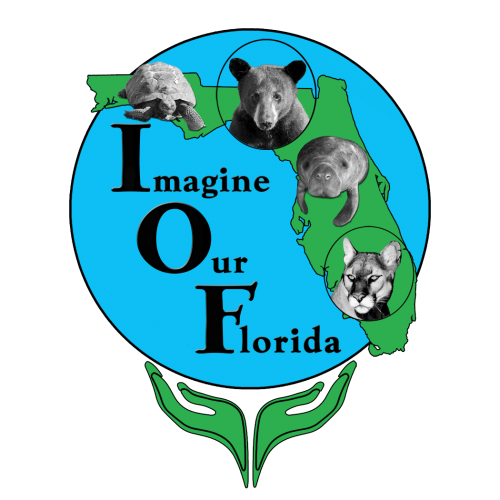
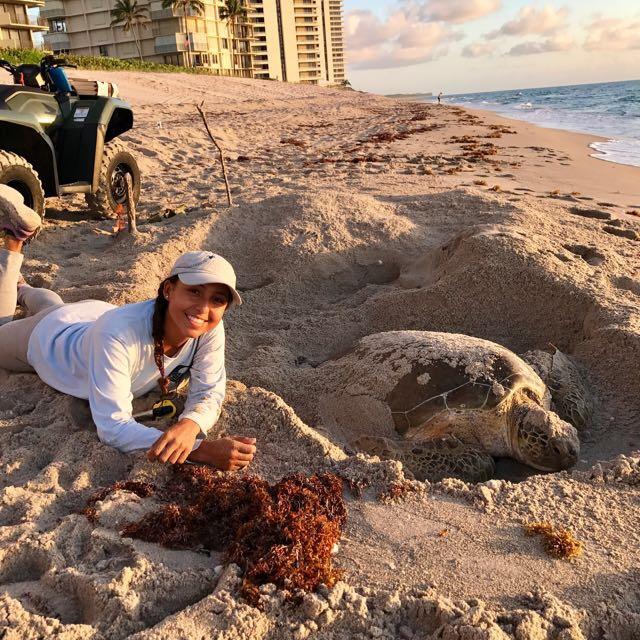
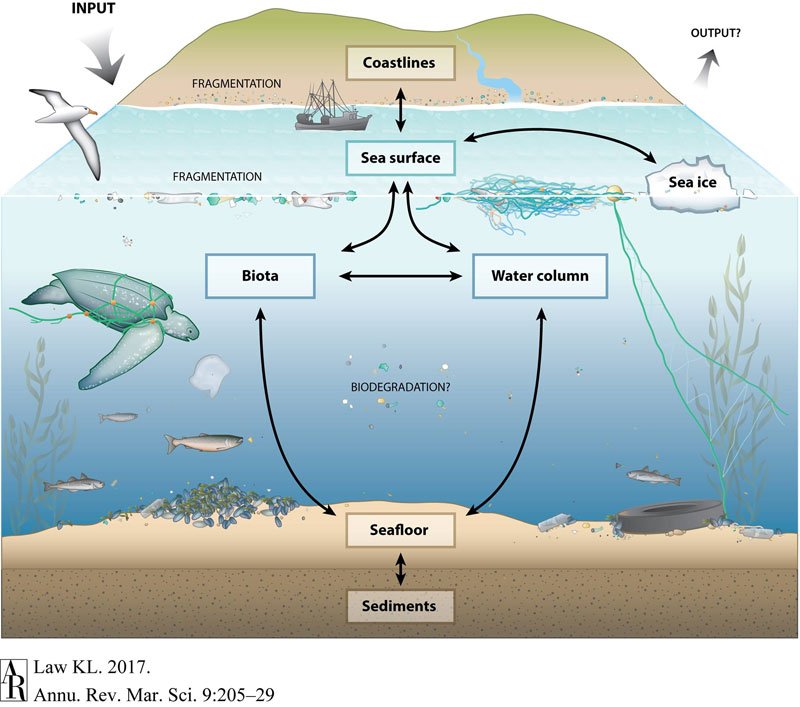
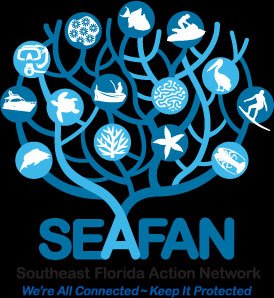
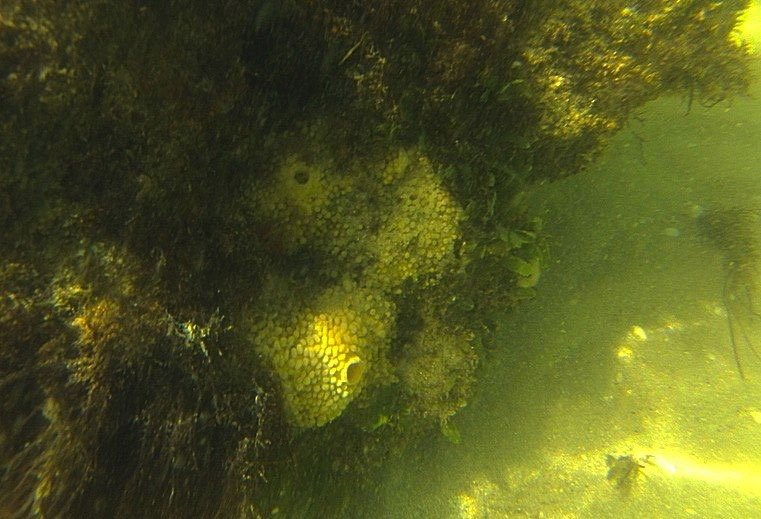
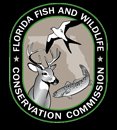
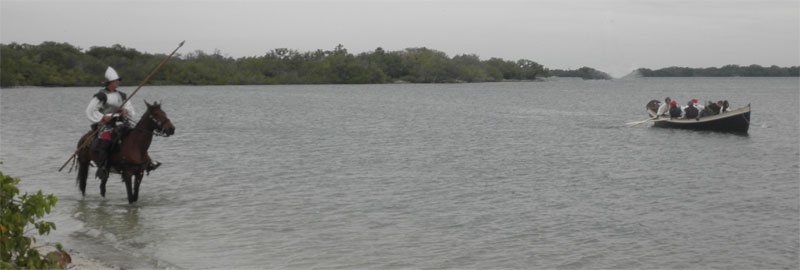
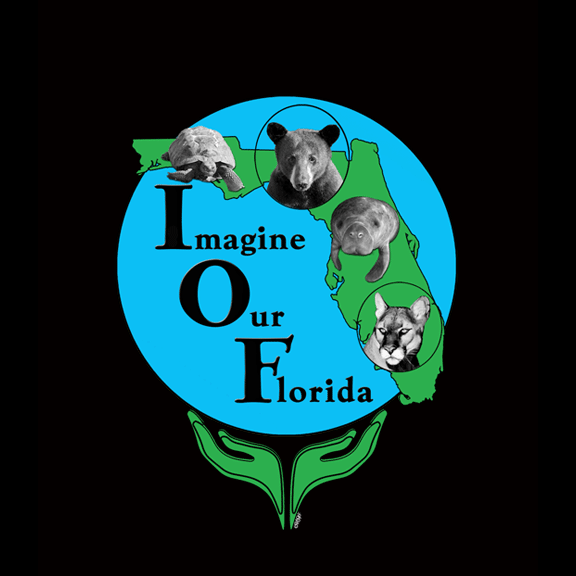
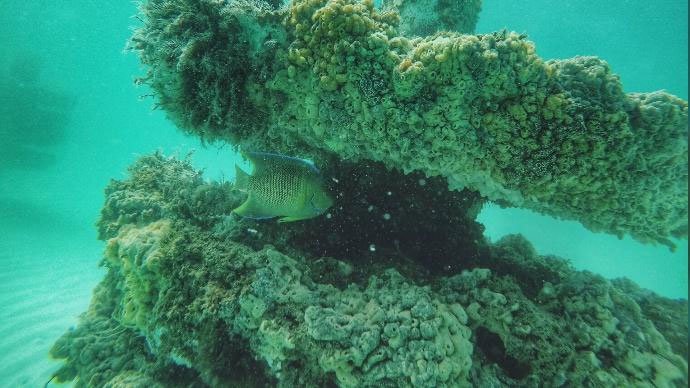
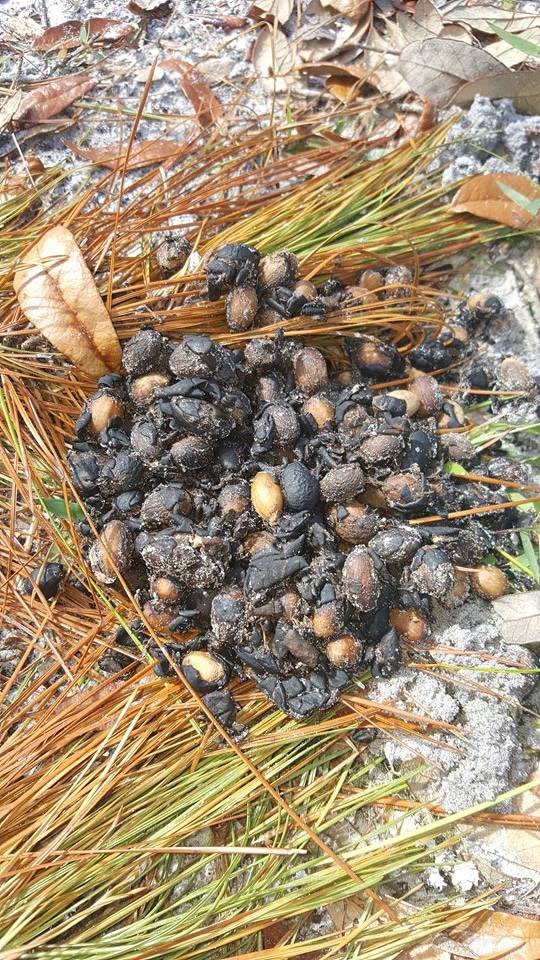
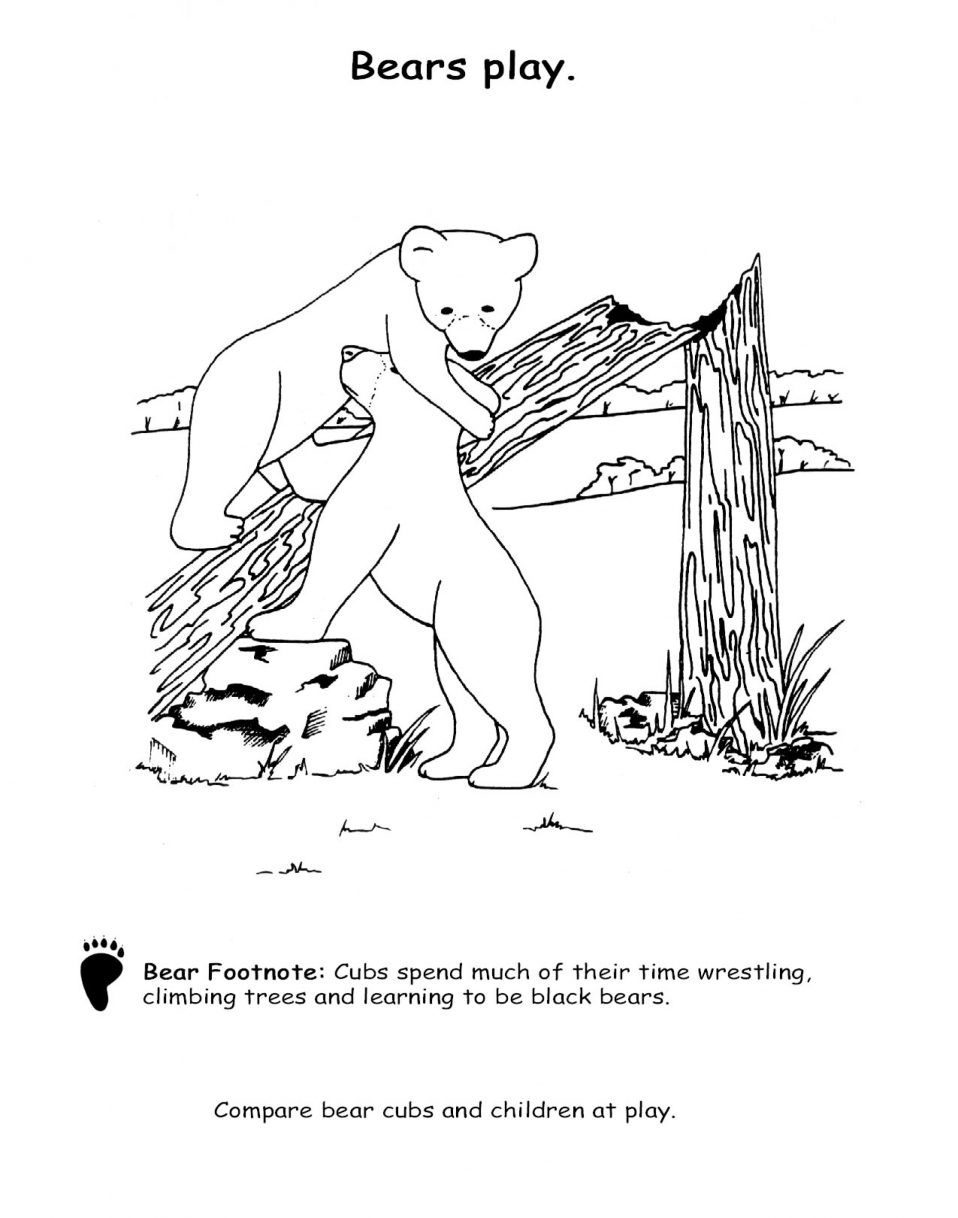
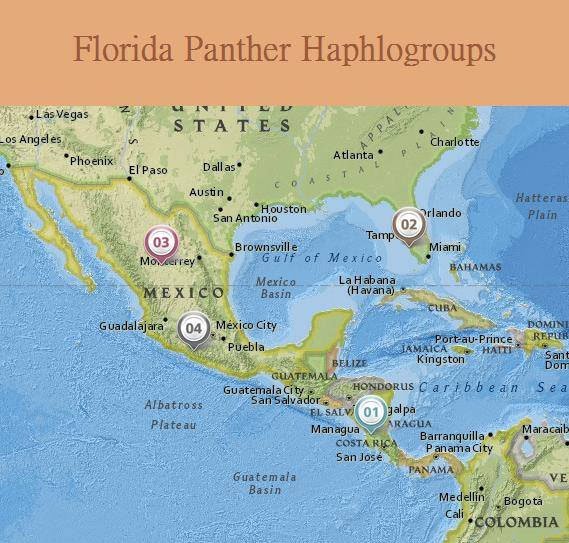

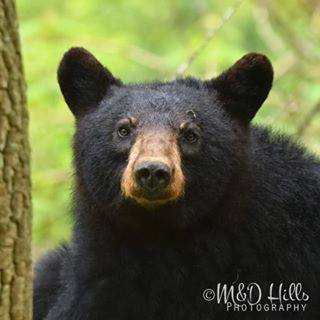
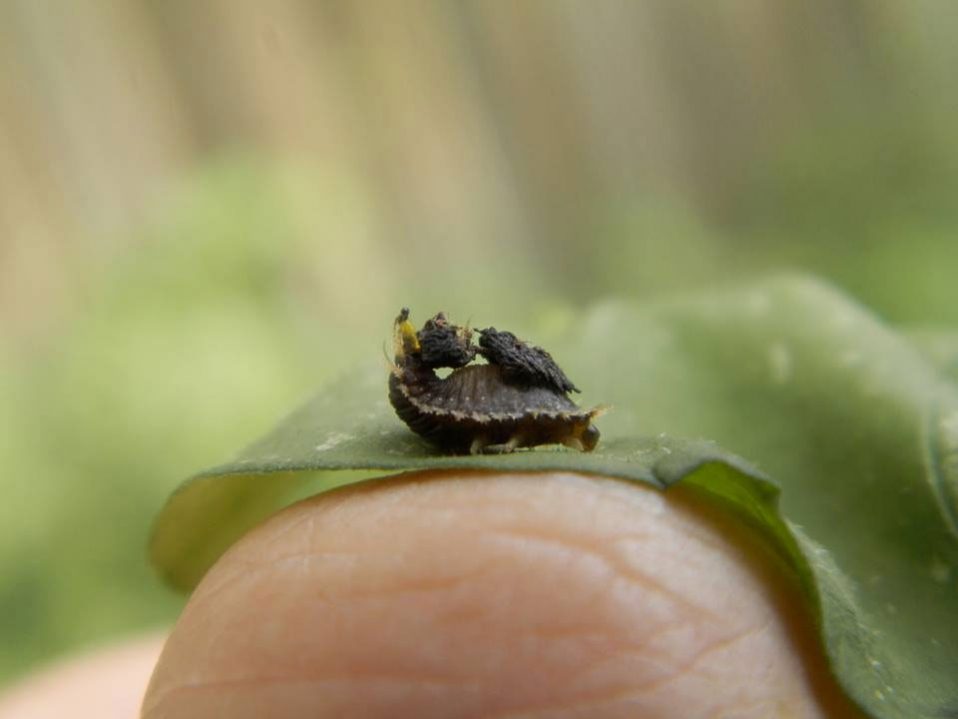



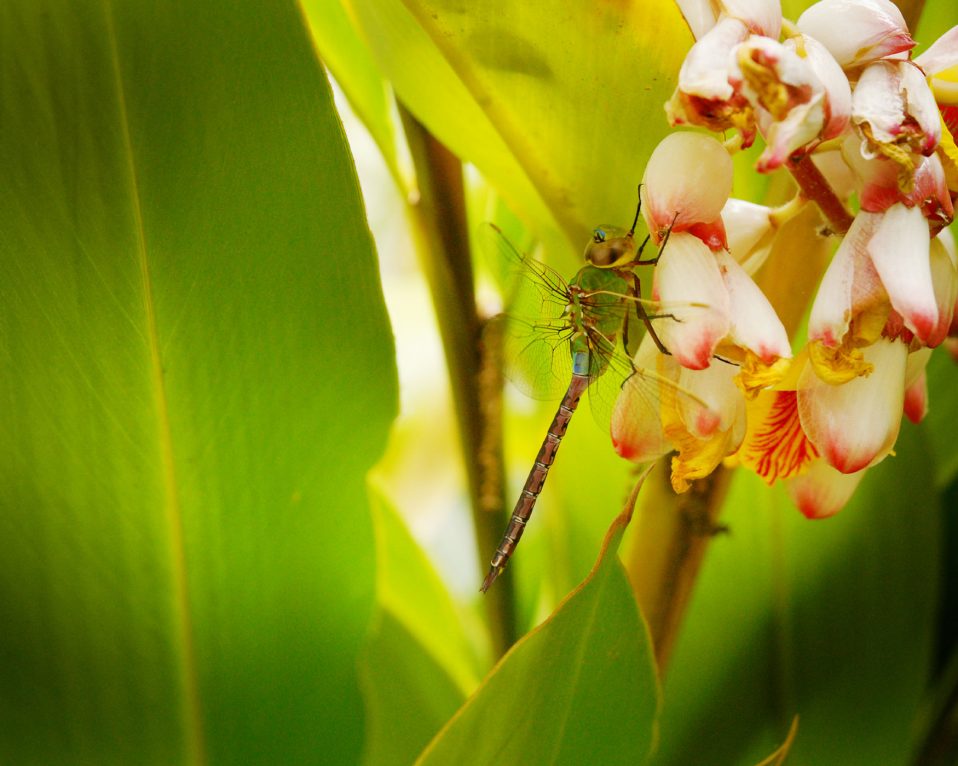

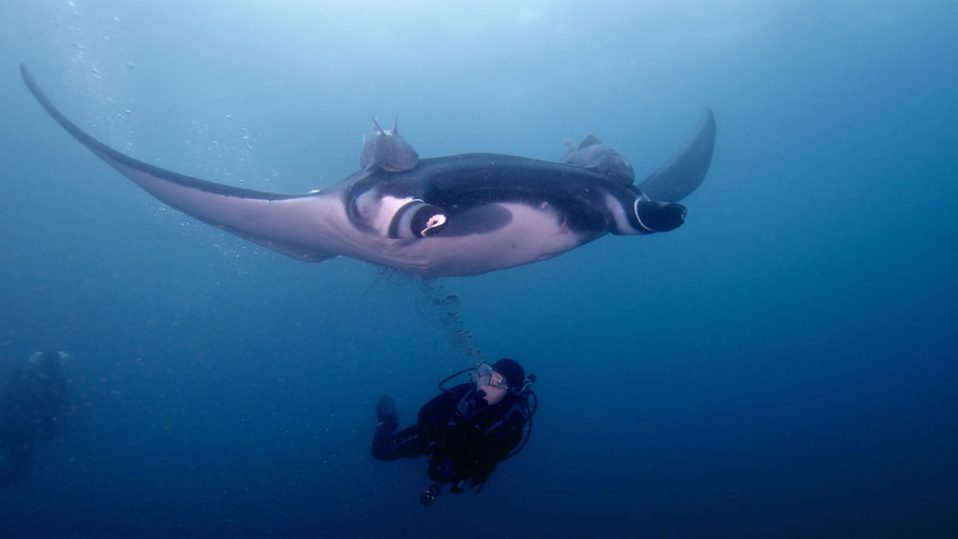

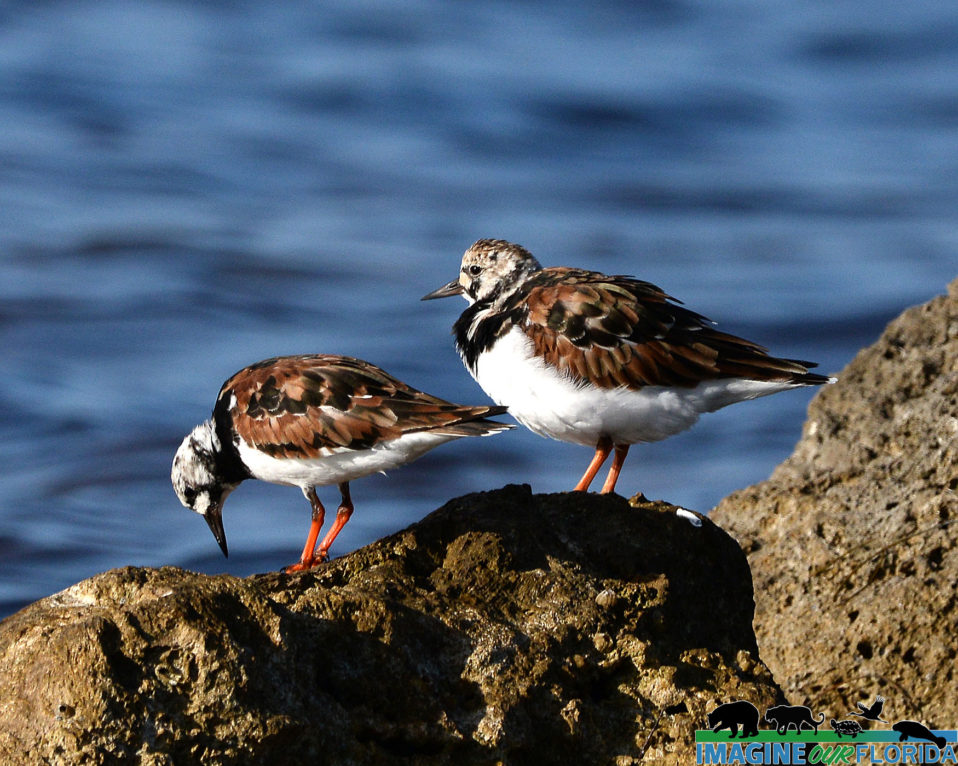
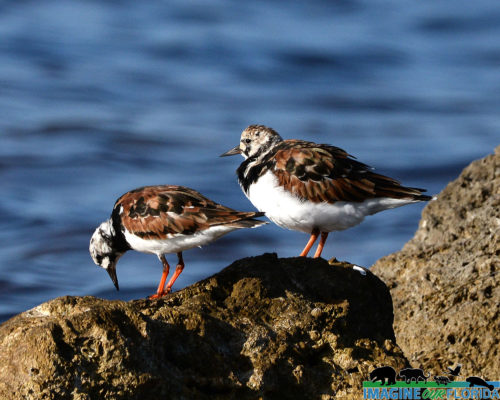
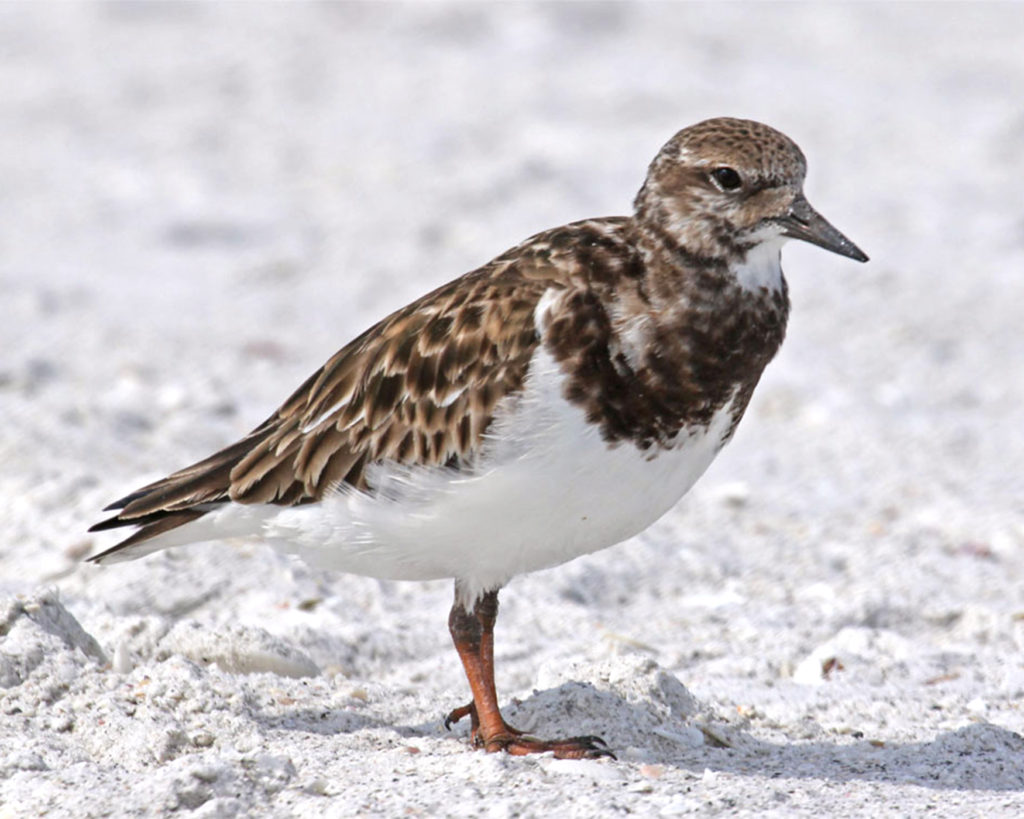
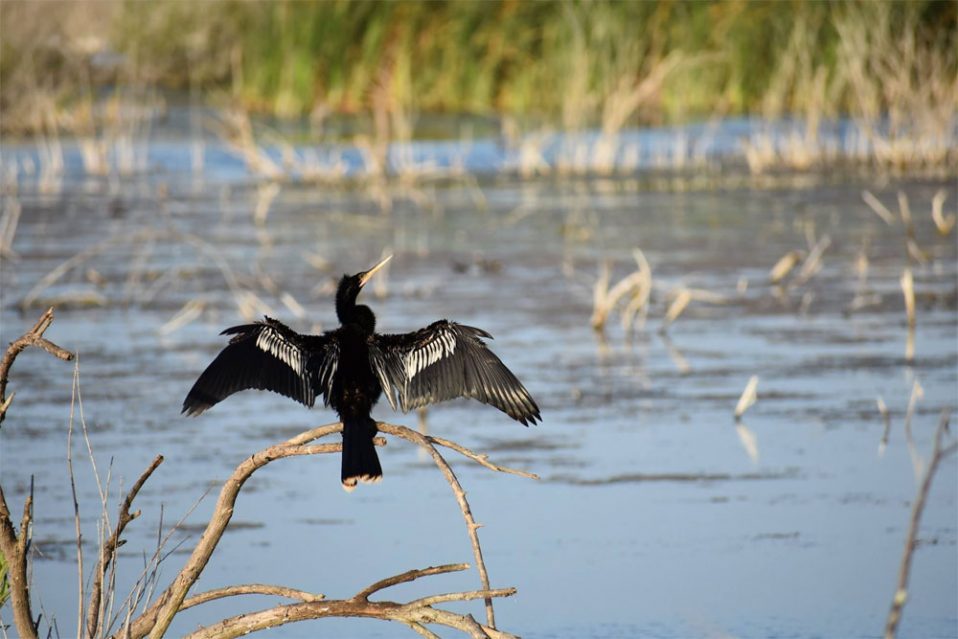
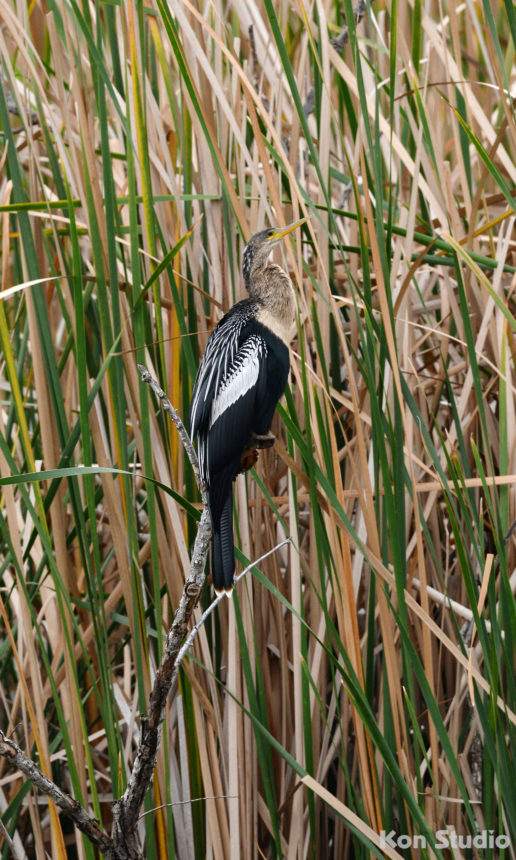



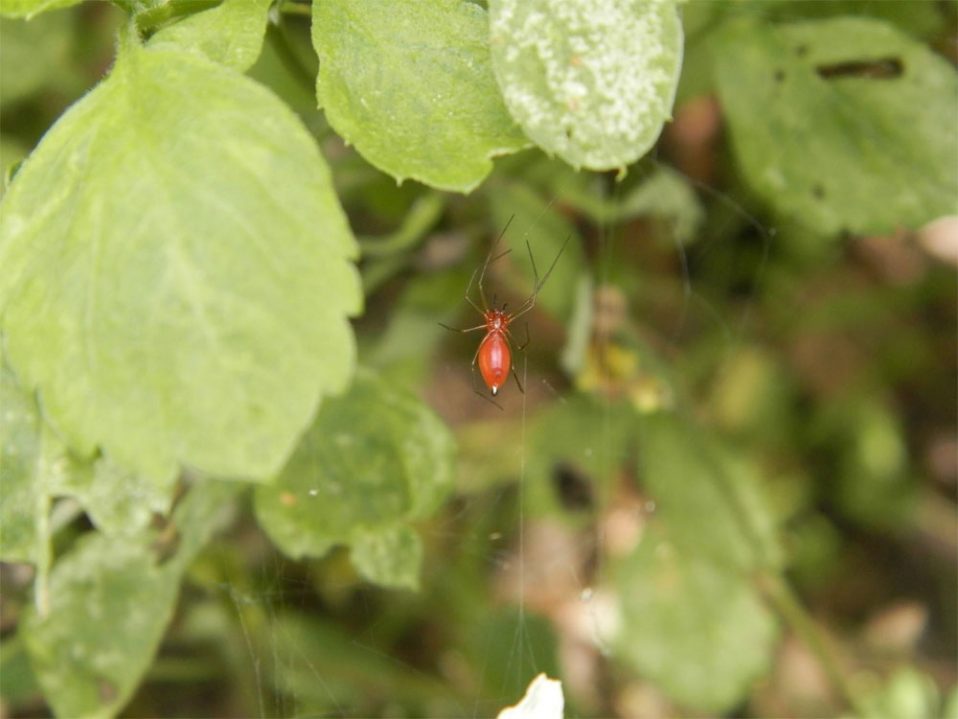


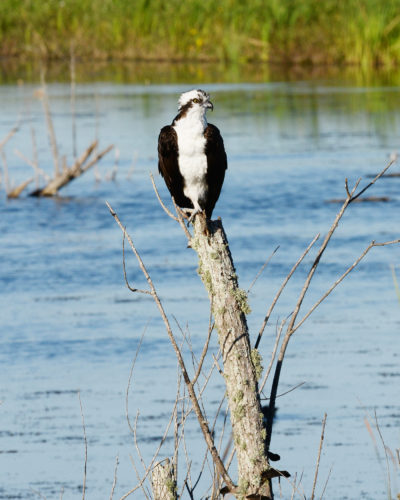
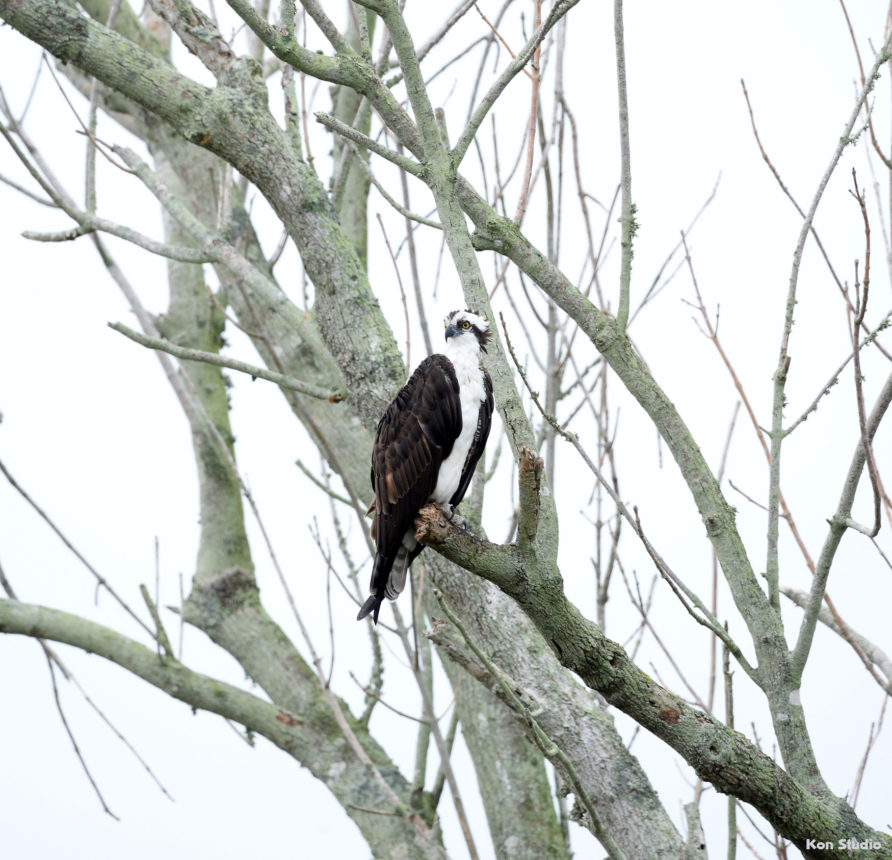
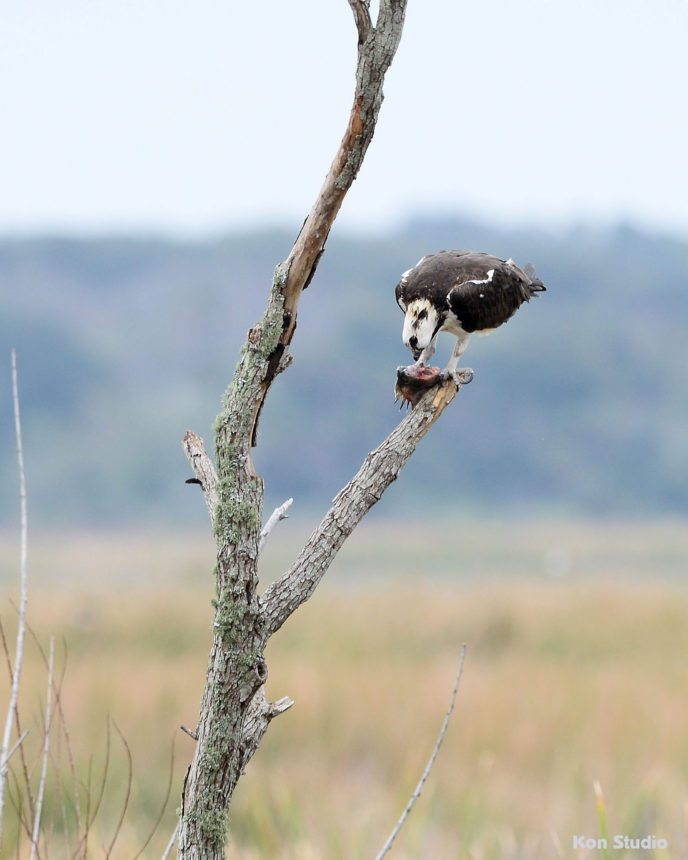
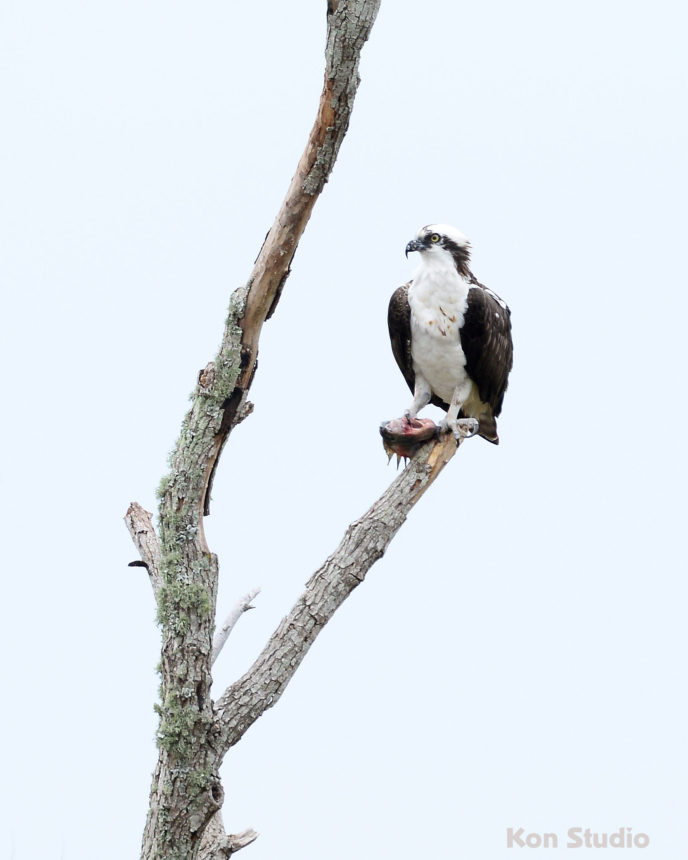

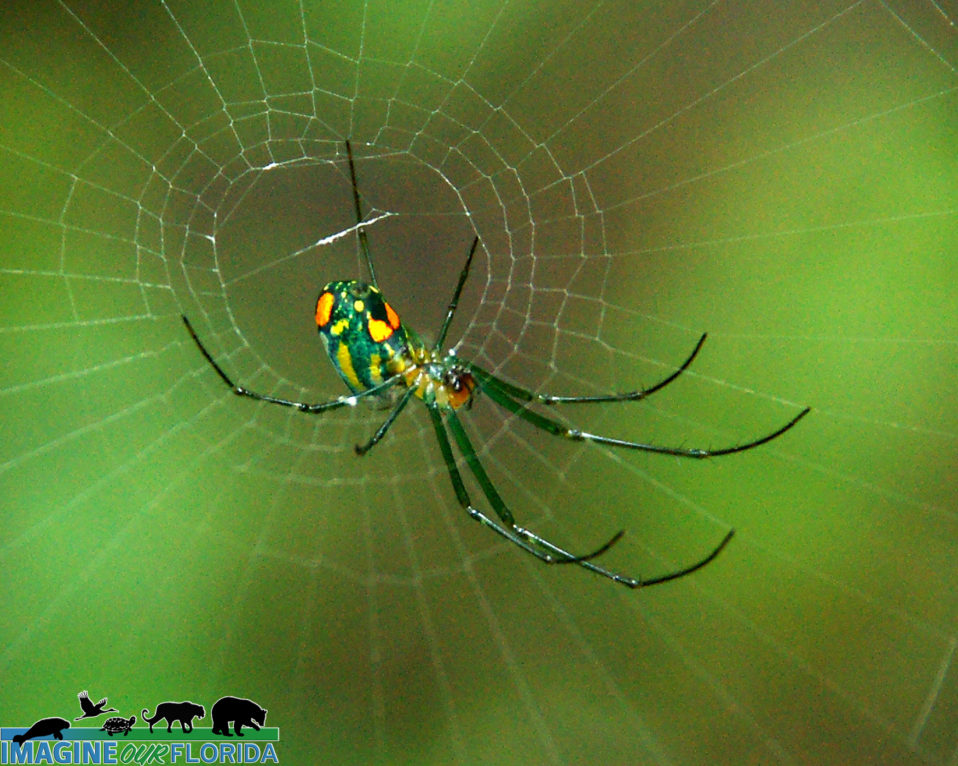
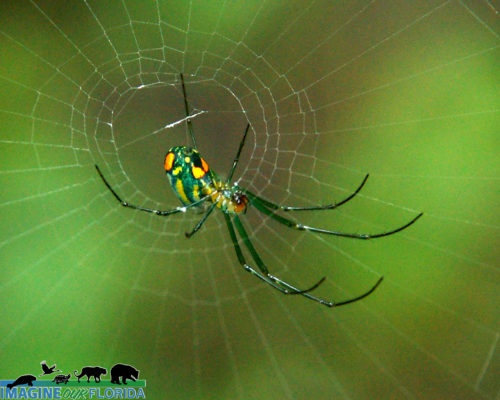
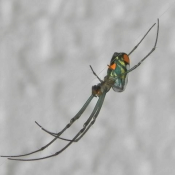
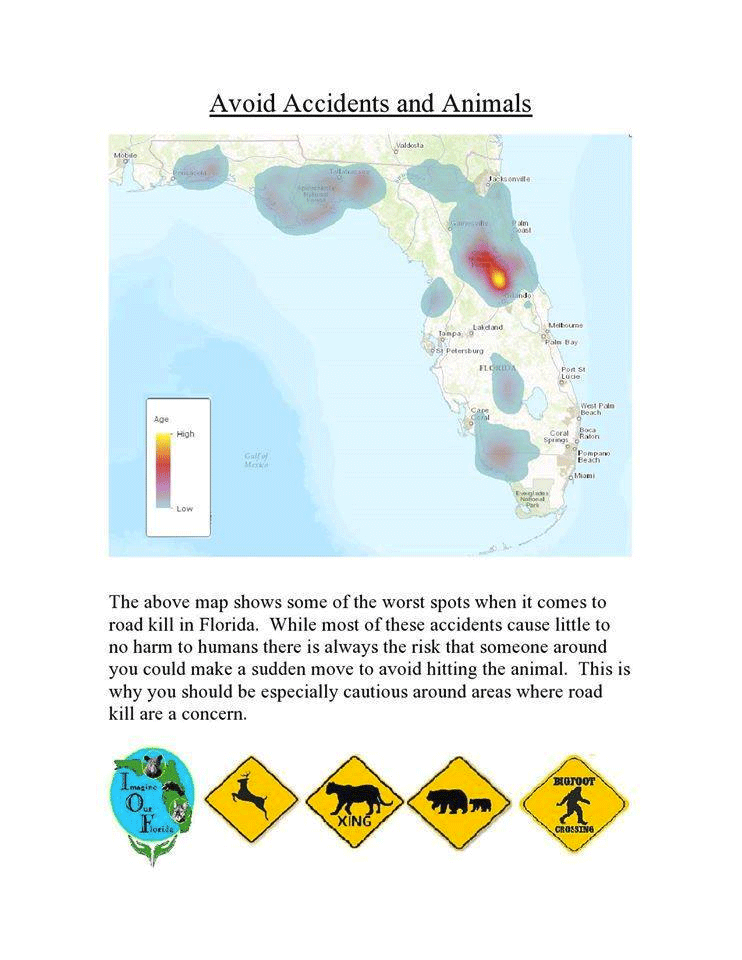
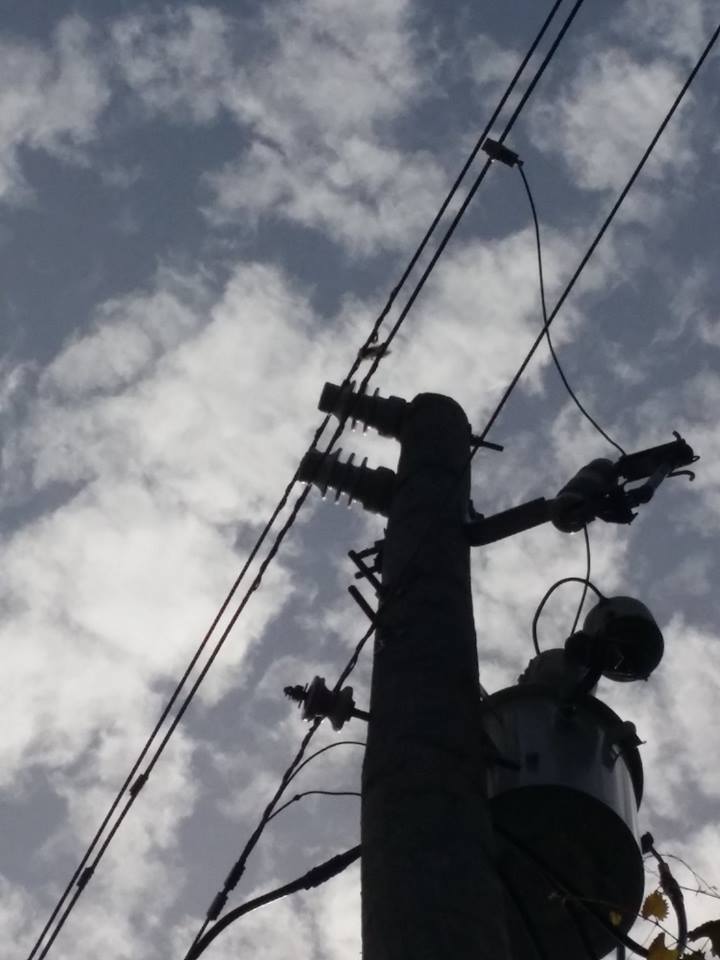
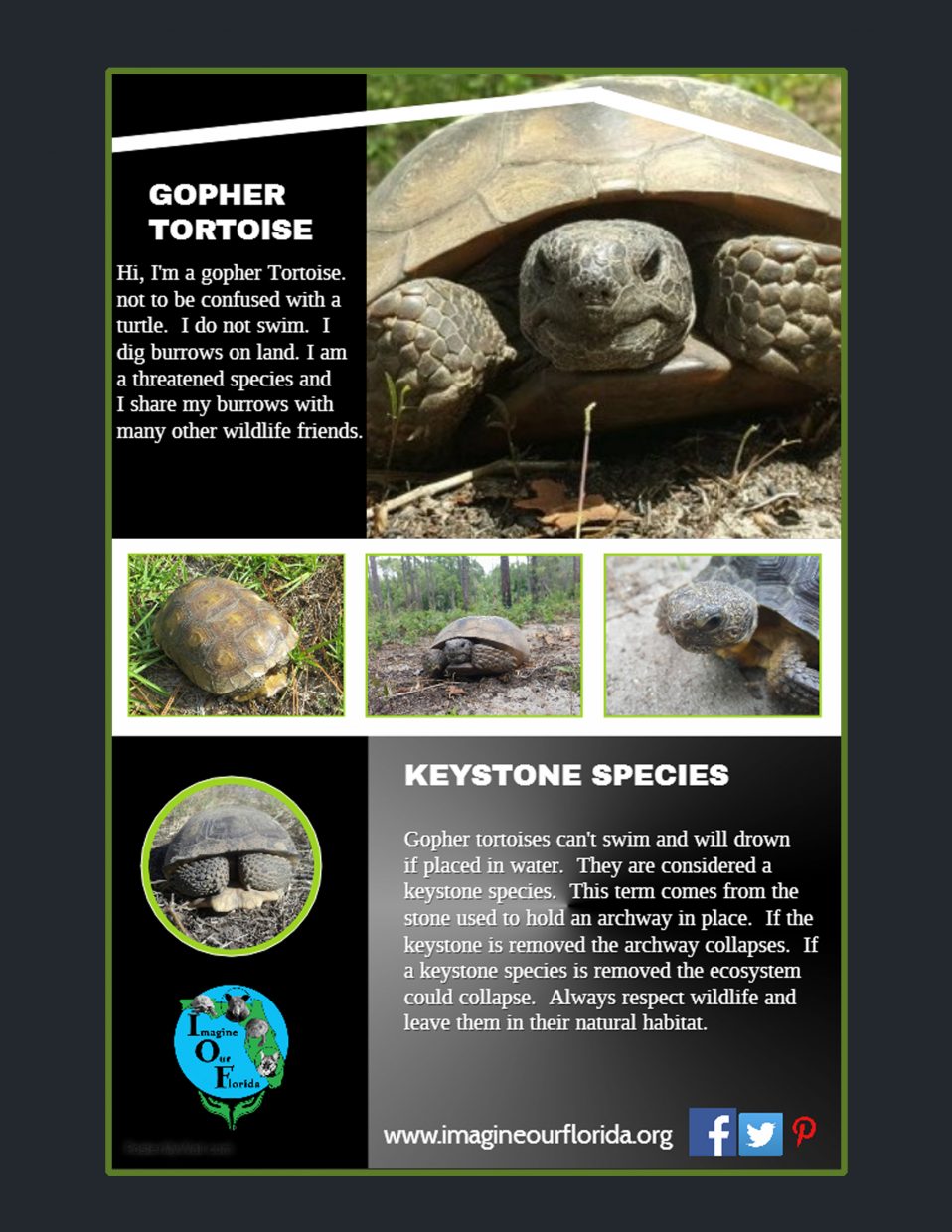
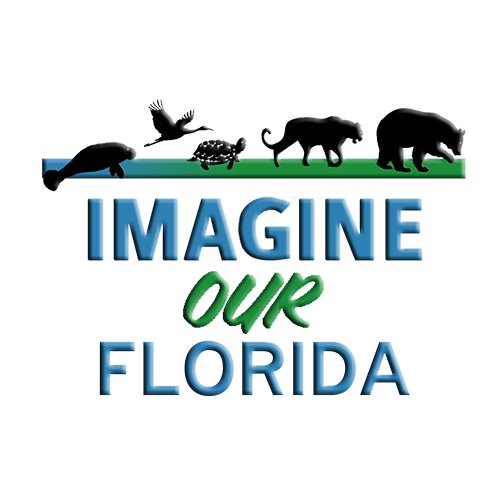
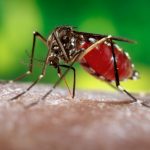


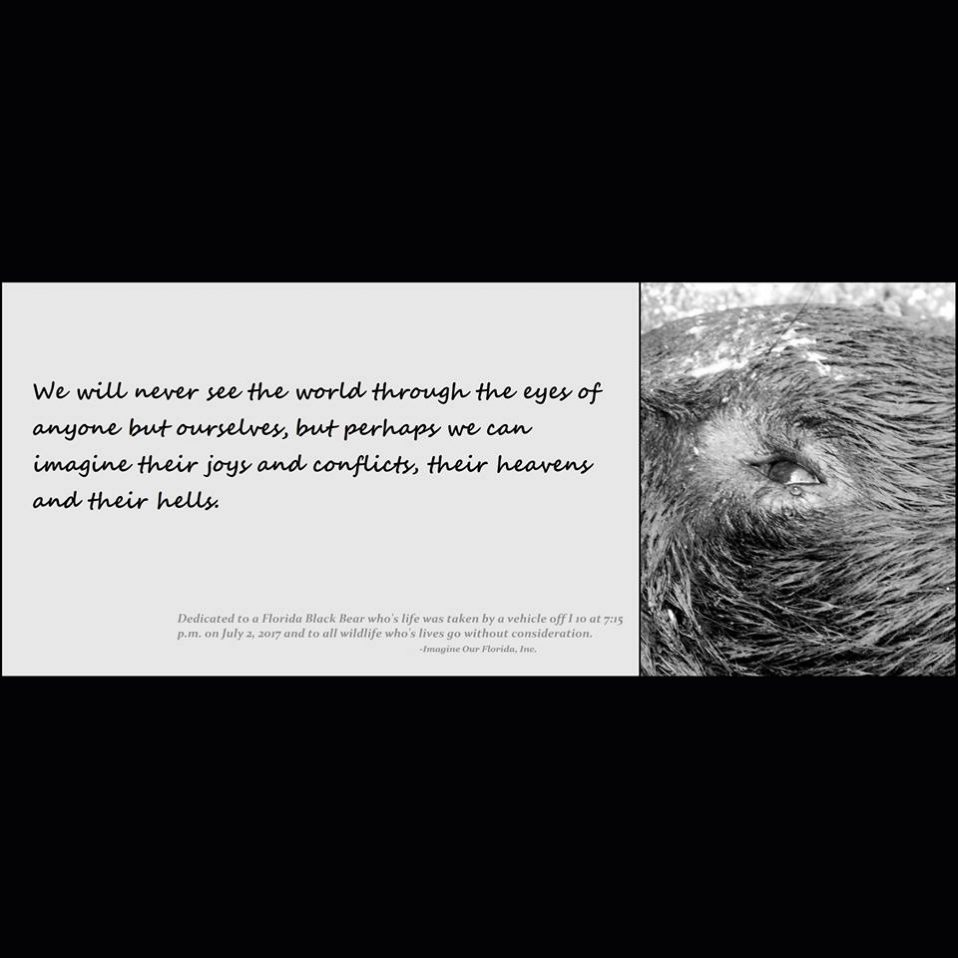
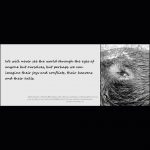

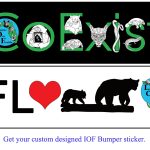
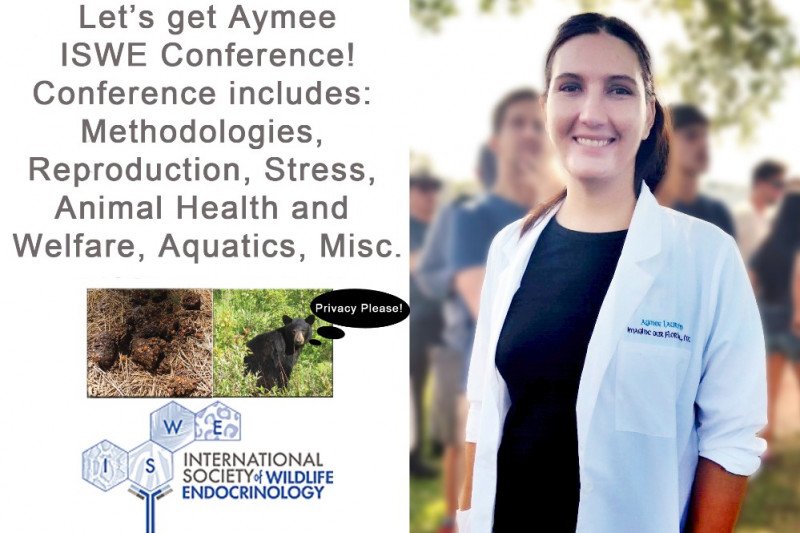
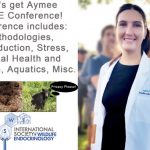


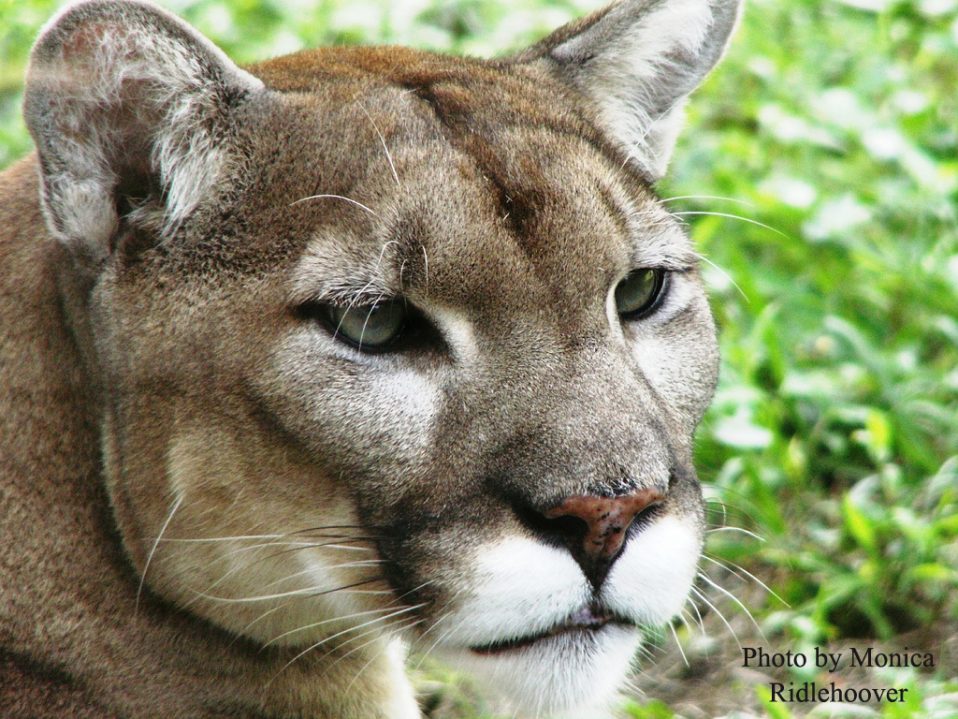
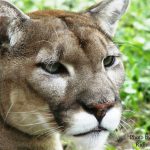



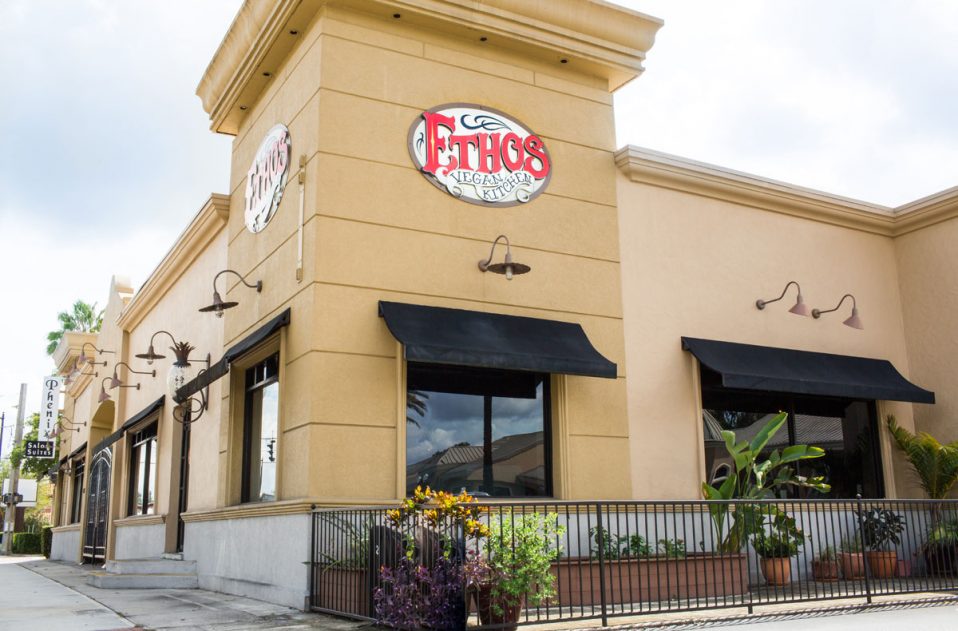

Recent Comments